It was Peru that was the starting point of a great adventure that lasted for the whole month. I have already posted some notes in Russian, but it in English it is posted for the first time.
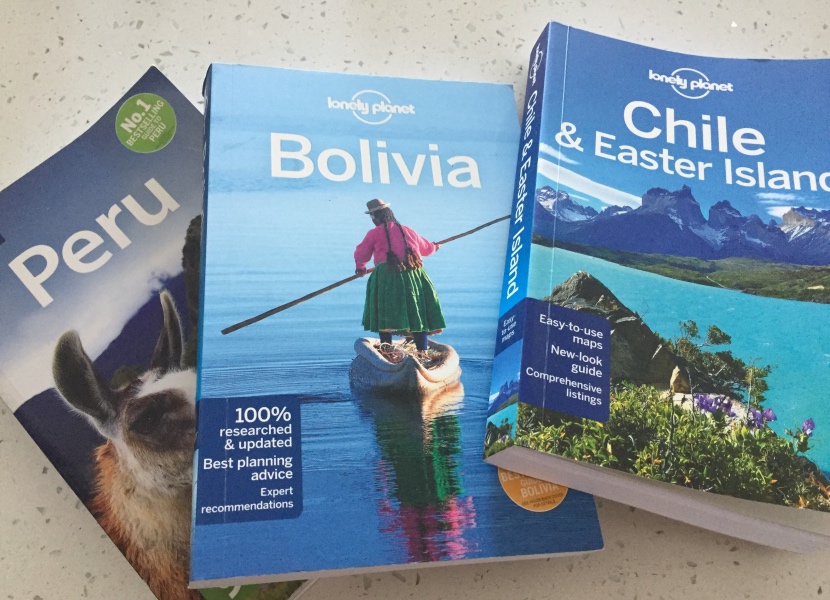
Prologue
Two hours before I leave. Two o’clock in the morning. Symbolically. Miami Airport is full of people at this late hour. It seems that everyone is going to fly with me. Only the lazy one did not ask me where I am flying, looking suspiciously at my trekking shoes. It is quite logical, 25 degrees outside. Summer.
All stores at this late hour are already closed. The LAN airline offered me an upgrade to the business class after seeing my status card of British Airways. Good start. It is much more pleasant to fly to Lima during 6 hours in business class than in economy, however, taking into consideration the level of comfort that is waiting for me in the mountains it does not matter at all how to fly. It’s strange that the luggage was registered only to Lima, then I should overload it by myself. Still I got my boarding pass to Cusco. When I was flying back from Bolivia to Miami via Lima my luggage was sent to the final destination, so seems that this rule is valid only for flights from the United States.
5 hours of restless sleep, and I’m in Peru …
Short connection in Lima. I decided not to stop in the capital. Did not feel like it. I’m sure the city is beautiful and there is a lot to see, but the purpose of this trip is nature and mountains. However, I had to exit to the city as the entrance to the Domestic terminal is across the street.
It’s hot, humid and smells like the ocean. The smell is very strong, but different from the Atlantic coast of Miami. The heavy grey sky thickens the colors of the upcoming mountain hike, however, in 30 minutes the sun goes out and it gets quite hot. If only I had known that the gloomy sky was the best weather condition during this trip, and that the hurricane El Niño would fall on my head by all possible kinds of rain that one can hardly imagine. That it would snow and even hail! It is because of this hurricane, which caused huge destruction all over Peru, I had to look for “evacuation ways” urgently, changing the travel itinerary improvising on the way. But let’s respect the chronology …
No one is interested in my trekking look any more. There are lots of “travel colleagues”: here and there in the crowd appear backpacks, trekking sticks “clink” on the floor, small pieces of soil from the mountain passes are falling off the dusty clothes. A big, boiling station of “backpackers”.
Cusco
Approaching Cusco there are stunning views of the snow-capped tops of the mountains. The tracking routes, the winding rivers continually appear among the clouds. Heartbeat is accelerating. Soon, soon, soon. My feet will be on the road again, they will feel the power of the beckoning world of passes and peaks, and they will carry me … Mountains are a disease, a passion that can not be controlled, because it is impossible to subdue the mountains. We can just ask a permission to see, to touch, to feel. Being alone with the mountains is an incomparable feeling. And although fans of diving or sky will definitely oppose my statements by their weighty words, I would stay in love – in love with the mountains.


I planned to do the trip alone, but almost at the last moment one of my good friends decided to join me. Alexei arrived to Peru the same day, but a bit later. We stayed in Samai Wasi Hostel I in Cusco. Good location. I wrote to them that my flight arrives early in the morning and asked about the early check-in. They replied and said that they are so happy that I am coming that they will meet me the airport for free.

The biggest advantage of the hotel is its location. Not far from Q’enco, one can easily walk. Sacsayhuaman and Cristo Blanco are a bit further up the hill, but also in a walking distance. But the best thing is that the hotel is located a couple of meters below the Mirador de San Blas – one of the most famous observation sites in Cusco. No need to say that the view from the hotel’s terrace is breathtaking. Due to this view, free transfer from the airport, fast internet and breakfast included I can forgive tiny rooms, a terrible bathroom and old beds. Moreover, every guest gets a liter of coca leaves daily. You can drink it as much as you want, you can use a refrigerator and an equipped kitchen. 30 US for DBL.
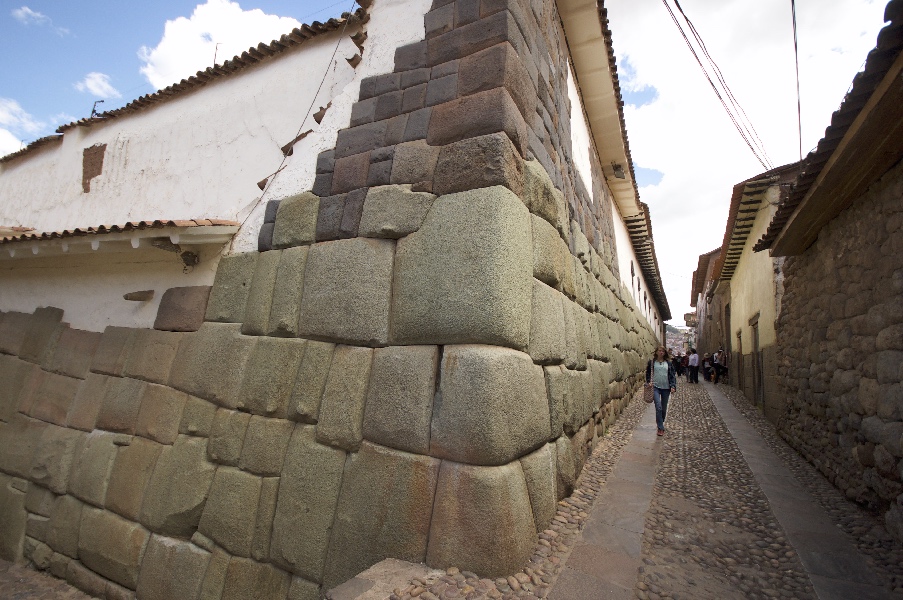
It seemed that I saw a lot during my first day. Especially considering the altitude where Cusco is situated. I did not suffer neither the height sickness nor shortness of breath. Looks that I was born here. I tried to drink more, mostly tea with coca leaves. This “bay leaf” (shape of coca leaves resemble bay leaves but the taste is different) according to local people is helpful for almost every disease and problem ever. I liked the taste.
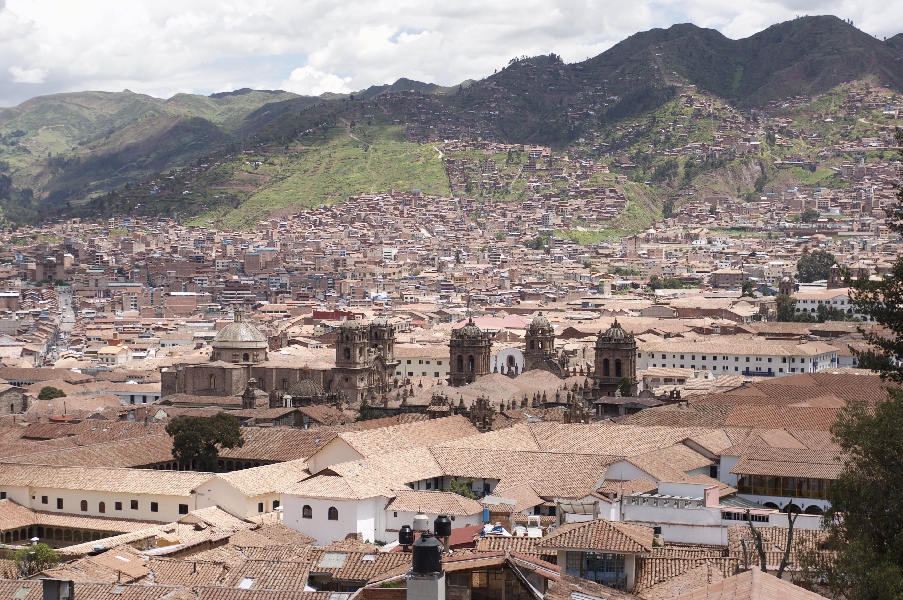
Just in case I purchased magic sarocha pills for the mountain sickness at the pharmacy, changed the currency and took a couple of gas cylinders for the stove. After the active usage of my gas stove at different altitudes (up to 5500 meters), I can say that gas in the shops of Cusco is of high quality. One small cylinder was sufficient for 25 liters of water. I use MSR Reactor.
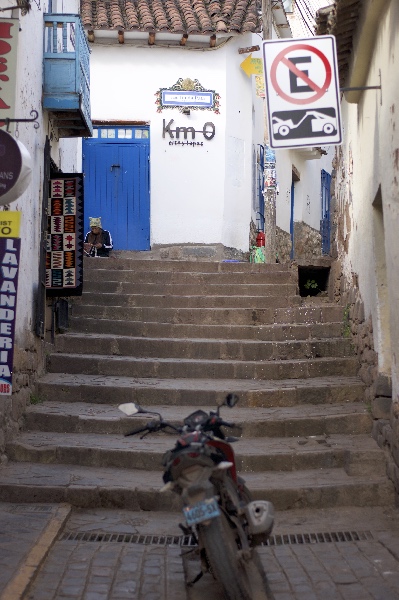
So, how did I see Cusco on my first day? What notes did I do in my notebook while I was walking around this old city? Honestly, I did not expect such a positive and emotional experience. I tried to imagine the city before the trip, I read lots of guidebooks, articles, blogs and I did not guess at all.
I really liked the city, despite the infernal street’s planning, the crazy traffic, the lack of sidewalks, abandonment of some districts and crowds of tourists. And now we are in a low season!
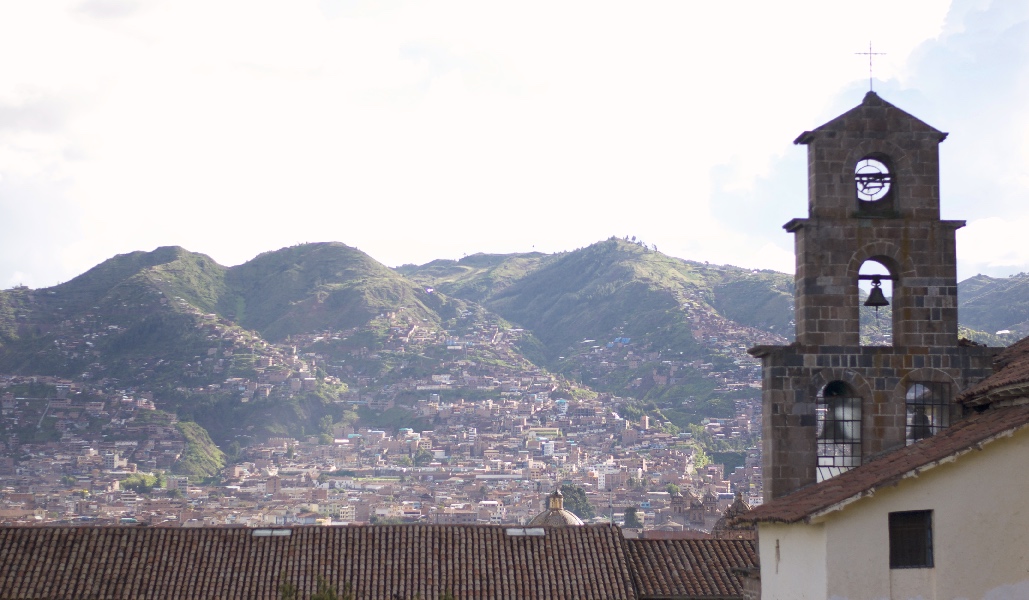
While landing, while traveling from the airport to the center Cusco did not match the image of the city that is “lost in the mountains whose houses, entirely covered with red tiles still use foundations of the times of the great Inca Empire.” The suburbs and favelas of Cusco reminded me Nepal somehow. However, the airport is close to the city, and soon “that very image” appears. From the first crossroads of the narrow streets with a stone pavement you can not stop moving your head around, smiling and whispering with adoration “Great! Wow!”
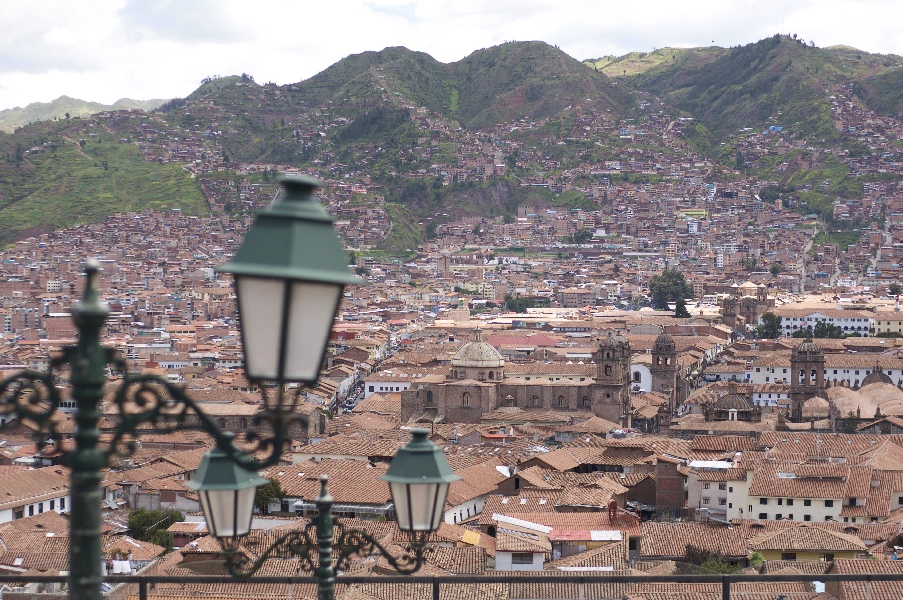
Once I stepped on the balcony of our hotel Samai Wasi Hostel I and saw all this majestic beauty, I realized how mistaken I was. Houses seem to grow on the hills of the valley, on the mountain slopes. The ancient churches rise above the “red tile carpet”, slightly dominating with their brown sandstone, showing is the boss here. Some gilded domes would definitely fit the landscape and shine on the sun that illuminates the valley and the city of Cusco at a daytime.
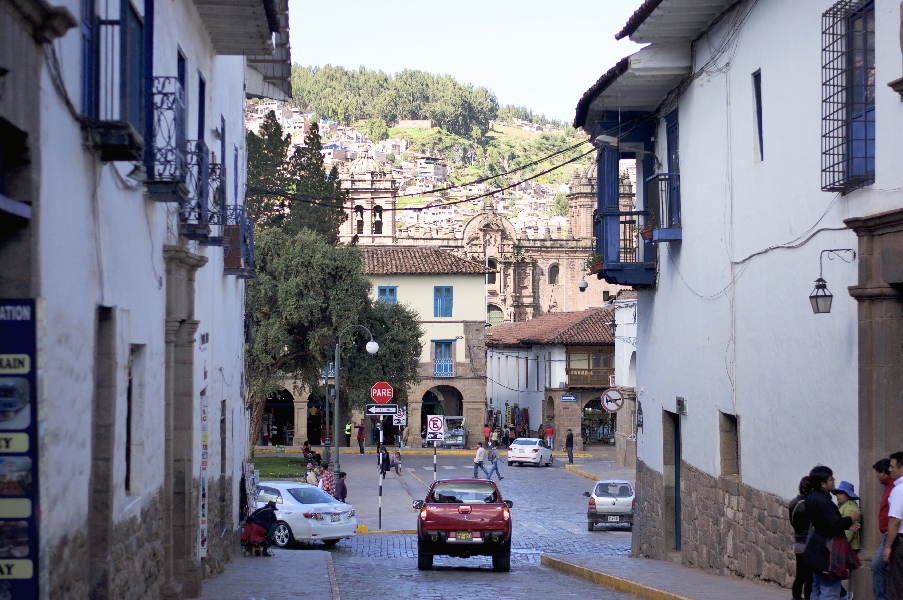
The city is surprisingly green. Parks, public gardens, boulevards, flowers and trees. In addition to natural greenery, the green waistcoats of the tourist police give more color to the city panorama. I have seen so many policemen only in Brazilian Pipa. Patrol cars, police motorcycles, traffic controllers and brigades that try to take away homeless people and beggars from central streets and squares.
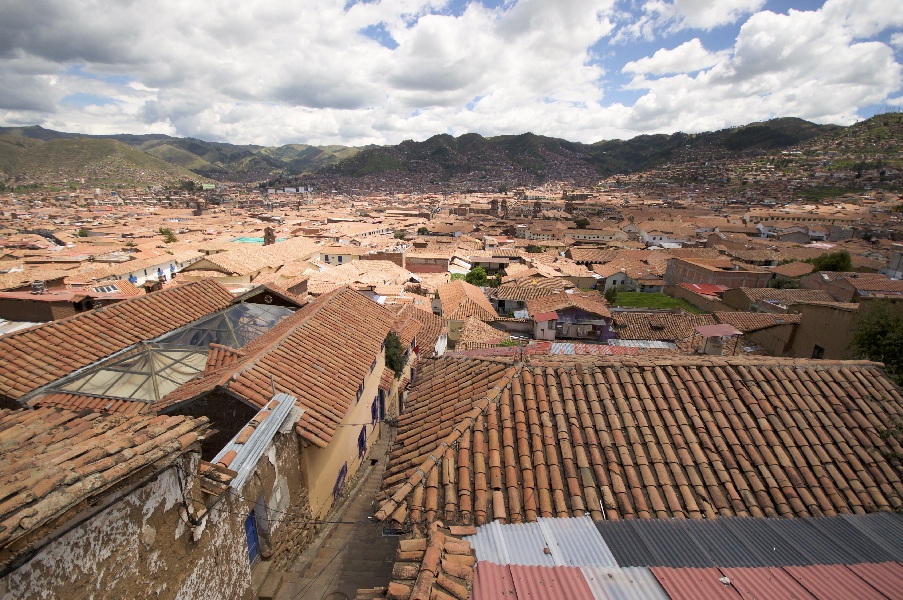
As in any Latin American country, the central square is the main place of communication, the place of observation of the social life. Almost 24 hours, sleeping just for the moment, crowds of people pass through the pavements of the central Plaza de Armas. A beautiful place. You can just sit on the steps of the Cathedral of Cusco and observe this crazy colorful anthill. Or you can sit on the park bench next to the colorful local old ladies and old gentlemen who expose their sunny wrinkled Indian faces to the sun.
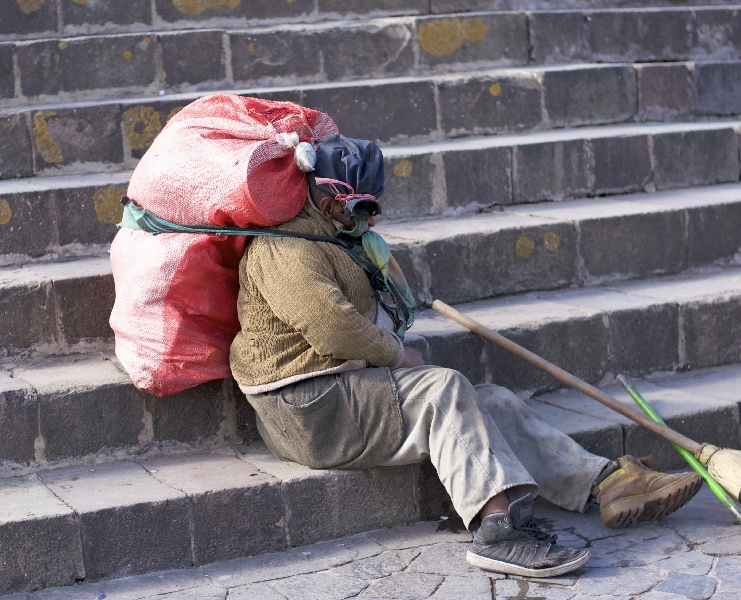
One just sit down and curious locals immediately start a conversation. As always, people can be divided into two categories: first group want to sell something, the second group is just interested to talk with a foreigner.

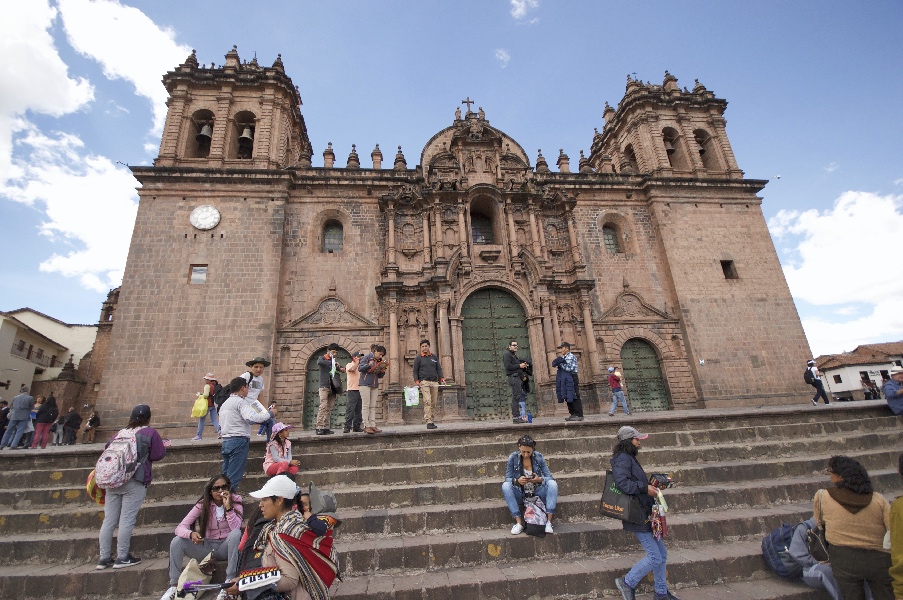
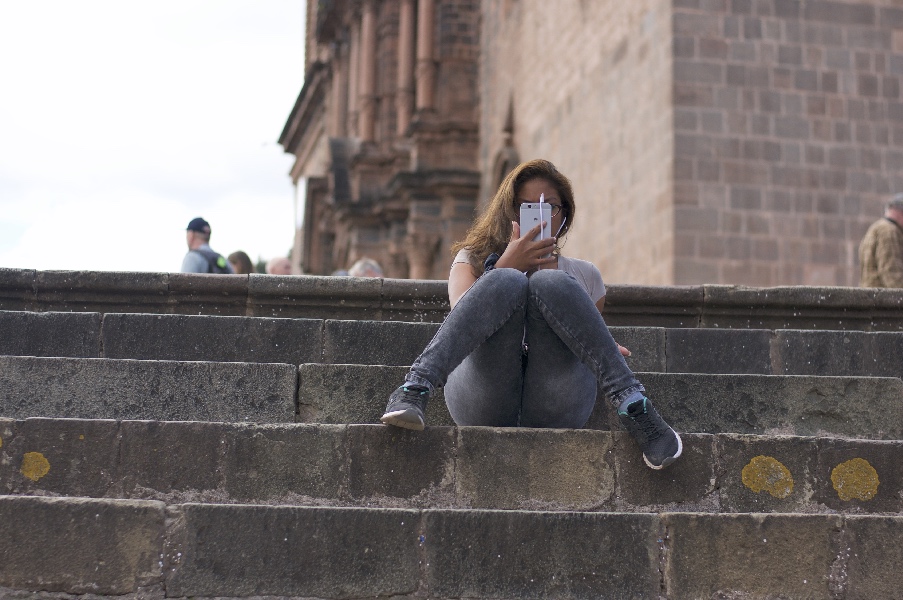
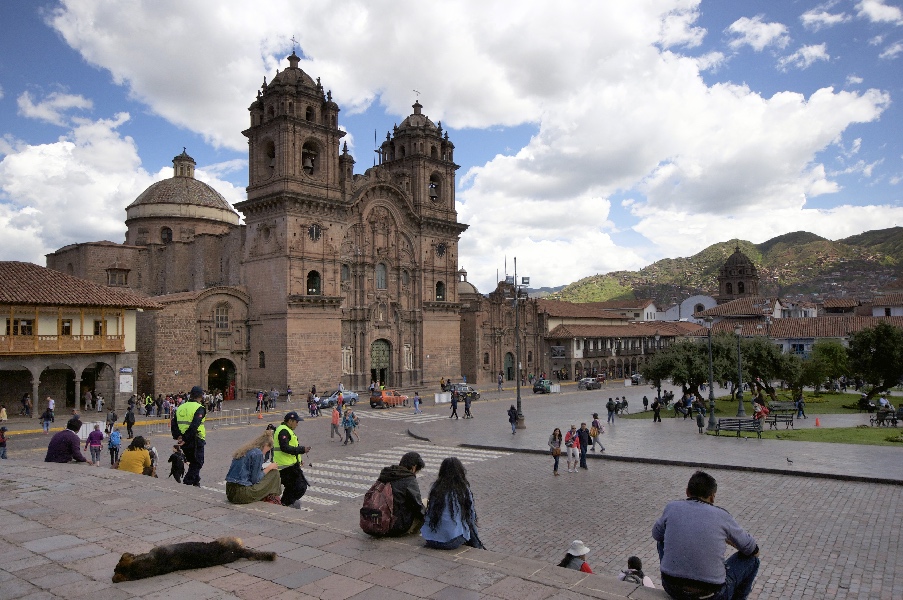
Vendors quickly lose their interest and I go deep into the conversation with the second group. Children of different ages is the most curious audience. They surrounded me in a tight ring, they examined me, laughed, smiled and tried to remember different words in English or to help me remember my Spanish. No one asks neither for money nor for sweets, although I have read that young beggars are very common here.
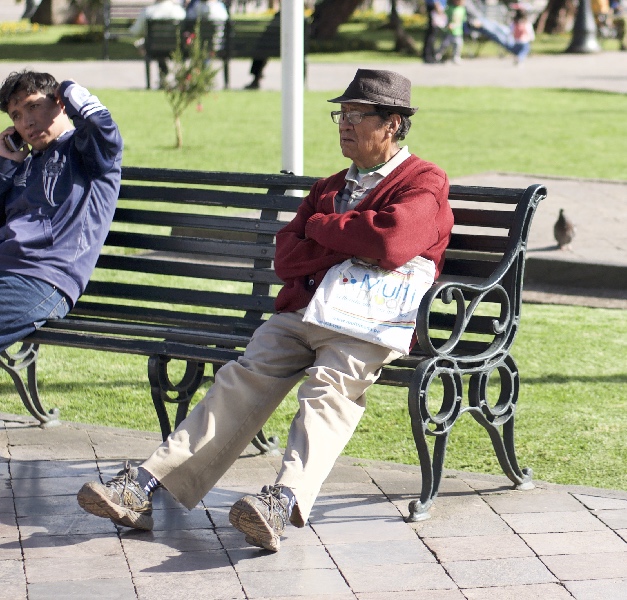
Characters, faces, clothes, eyes, gait – everything is fascinating. I have never seen so many interesting local characters in any foreign country of the world ever. Local residents are as unusual as their city. Sure thing, according to one of the legends the founder of the city was the first Inca – Manco Capak. In Quechua language Cusco means the center of the universe, the Center of the World. It is quite an ambitious statement, but who knows what had happened here before the Spaniards, before the troops of Francisco Pizarro had put here their own conquistador rules.
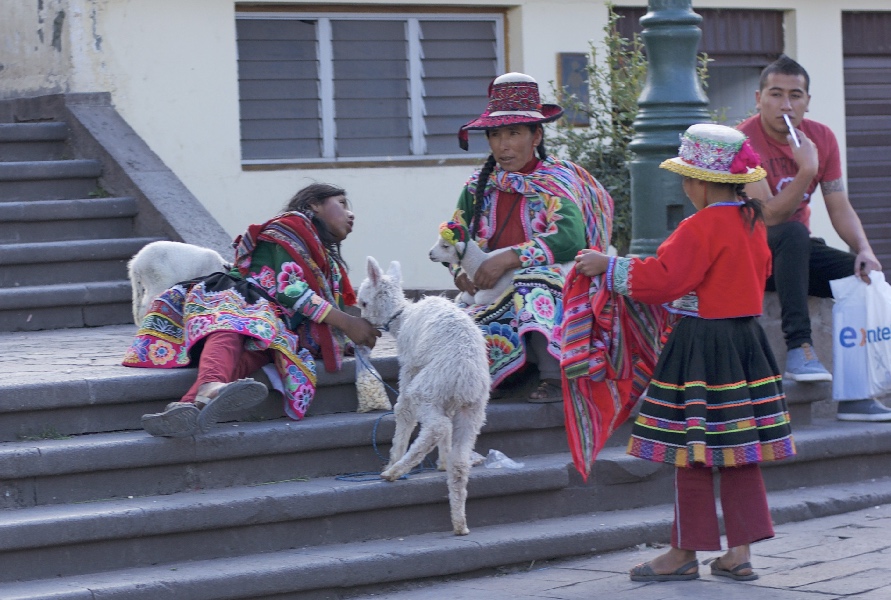
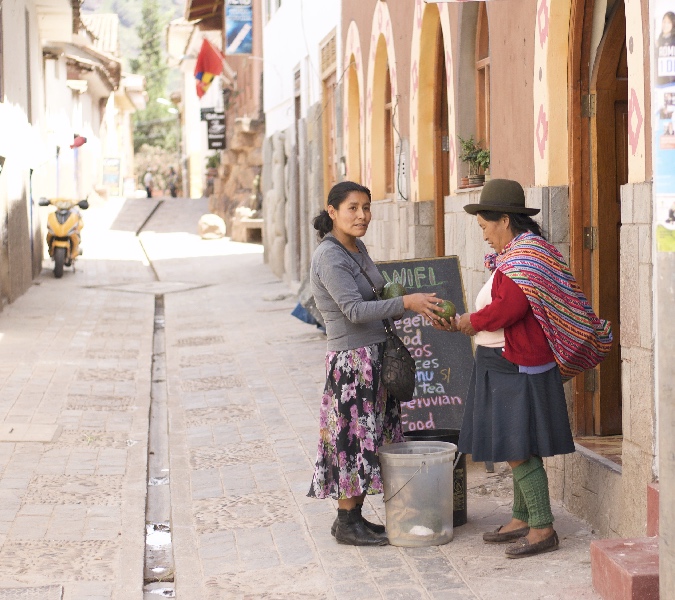
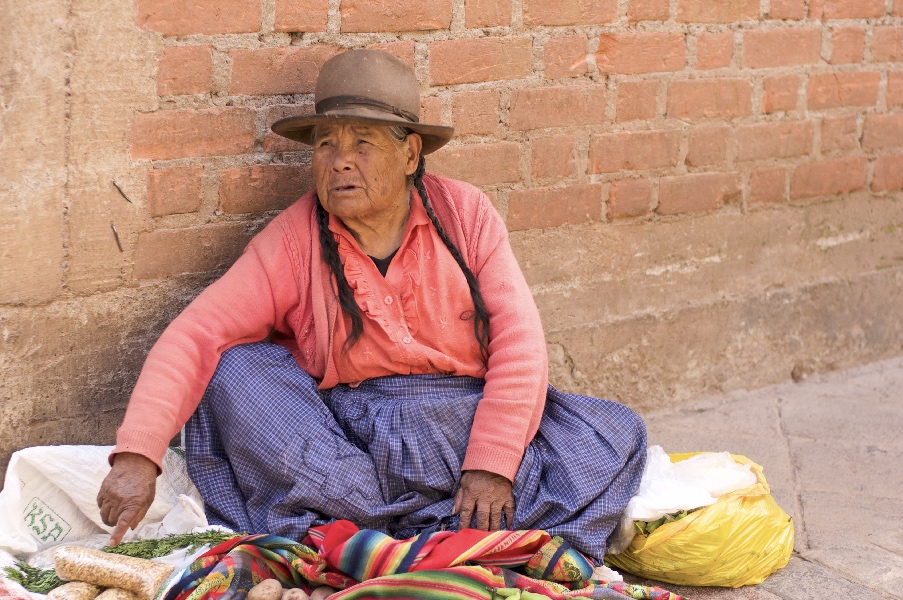
You can walk around the center of Cusco all day long. Narrow, crooked, paved streets, stone corridors, endless stone stairways that go to the sky. The complete absence of a town-planning idea, everything is pasted on, piled on but has not yet become a favela. It is obvious that there are poor districts in Cusco, but they are definitely not worth visiting. On the contrary city center and the nearby neighborhoods are totally great. Wandering around this labyrinth with no order, inhaling the surprisingly fresh air, touching the true history is a good activity.
Whoever can be met here! European hippies that are almost on the edge of the marginal life, and some have already crossed the line, the street musicians who have occupied every corner on the main touristic pedestrian routes. The local schoolchildren or students dressed in the unique uniform of their school are impressive! Well, my best impression is the authentic Quechua people. Amazing old ladies in typical hats are walking with their alpacas through the streets of the city threatening with their finger not to take pictures of them, or shouting to take picture together for a small fee.
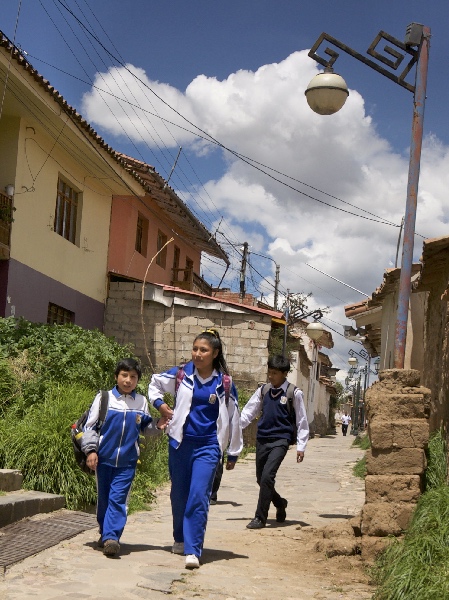
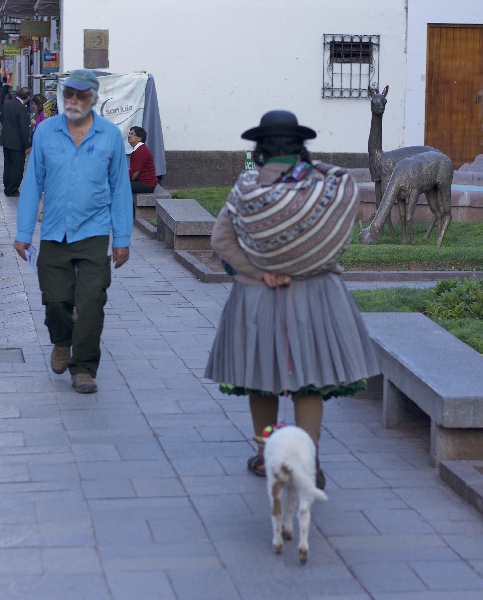
I went to the Mirador de San Blas. The city view here is stunning.
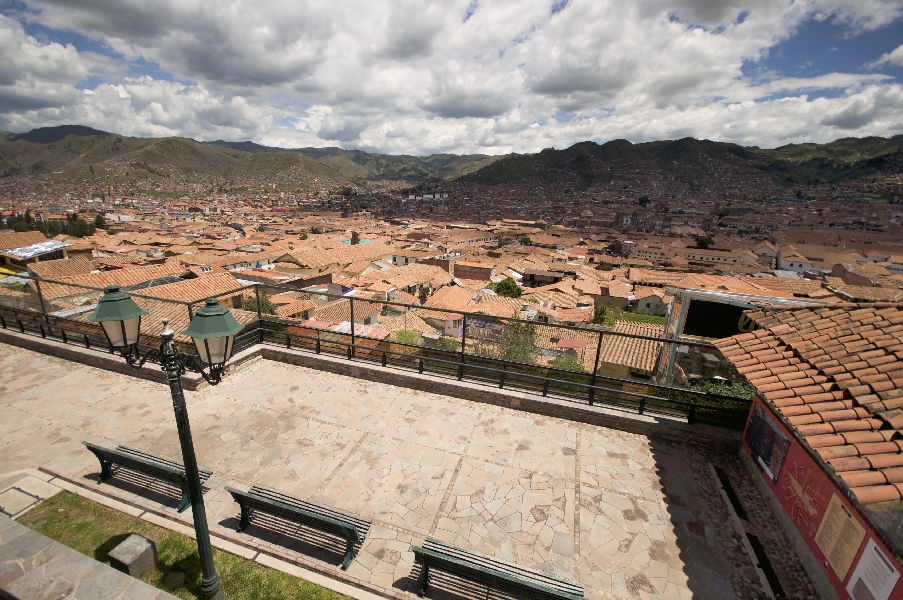
The city is very touristic. A huge number of travel agencies, shops with tourist equipment, exchange offices, souvenir shops and, of course, restaurants. Here one can find more diversity than in some areas of Europe. Cusco can win over some seaside towns in variety and quality. The choice is really great.

My travel buddy was hungry after the flight so we got prepared quickly and started the painful process of the dinner place choice. We have chosen the Rest El Messon. We were attracted by a good Set menu for 35 pesos, including Pisco Sur (small glass) and live music. Good service and interesting menu. Large portions of Pisco Sur for 6 USD per glass, expensive but perfectly prepared. Bartender is a great guy.
After walking around the night city I got back to hotel a little out of breath and too wet due to the rain. We drank tea with coca leaves on the terrace of our hotel and went to sleep. The room got colder than before. I would not lie that the walls were covered with the frost, but the idea to get into the sleeping bag immediately came to my mind driven by the cold of the night. In fact one of the walls of our room was too authentic and made of masonry. The hotel is located on the terraces; it means it was actually “stuck” to the rocks.
While fighting with a flashlight in the darkness, I saw a pile of alpaca or vicuña blankets (who knows the difference). Well, we have already tried the alpaca steak, now it’s time to try their wool. These were my last thoughts before I fall asleep under two heavy blankets forgetting about the noisy wind in the holes and the barking dogs in the city.
Pisaq
Rain was expected in the morning, but at 7 am the sun was turned on. Thank you, Great Inka!
First of all, after breakfast at the hotel, we went to the local market – Mercado de San Blas. This place is popular among locals and tourists because here one can try delicious breakfast as well as to buy all kinds of fruits. In the market there are lots of colorful characters and one can observe the life of the local people, practice Spanish, and take nice pictures.
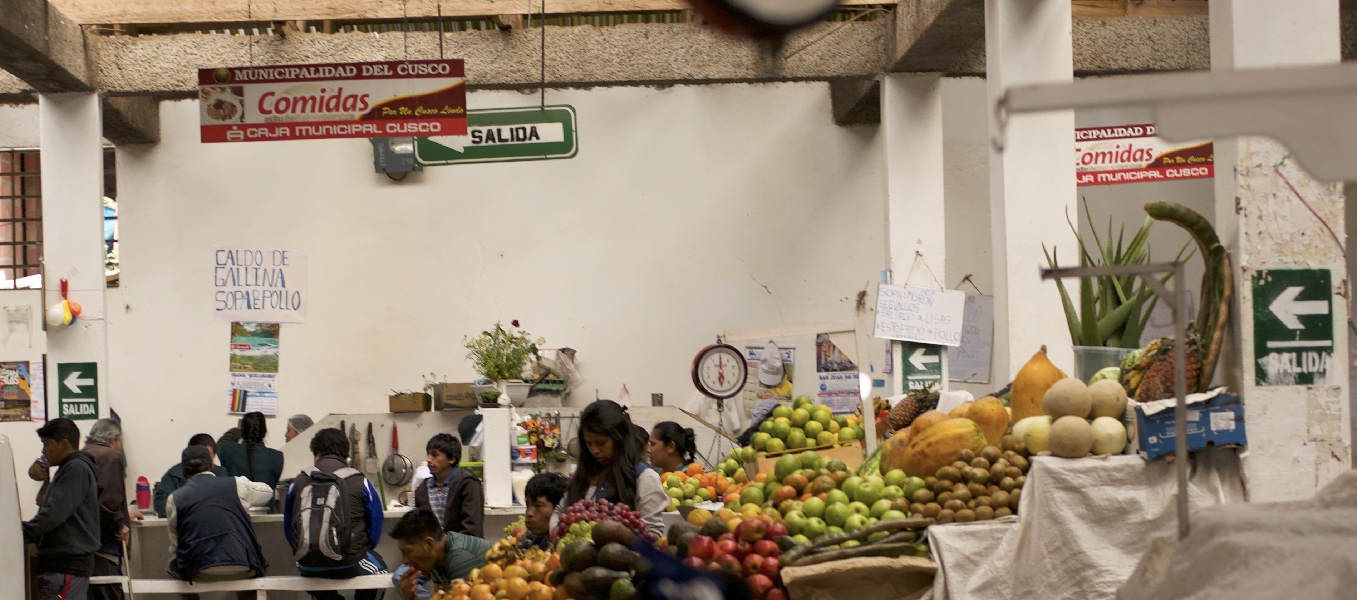
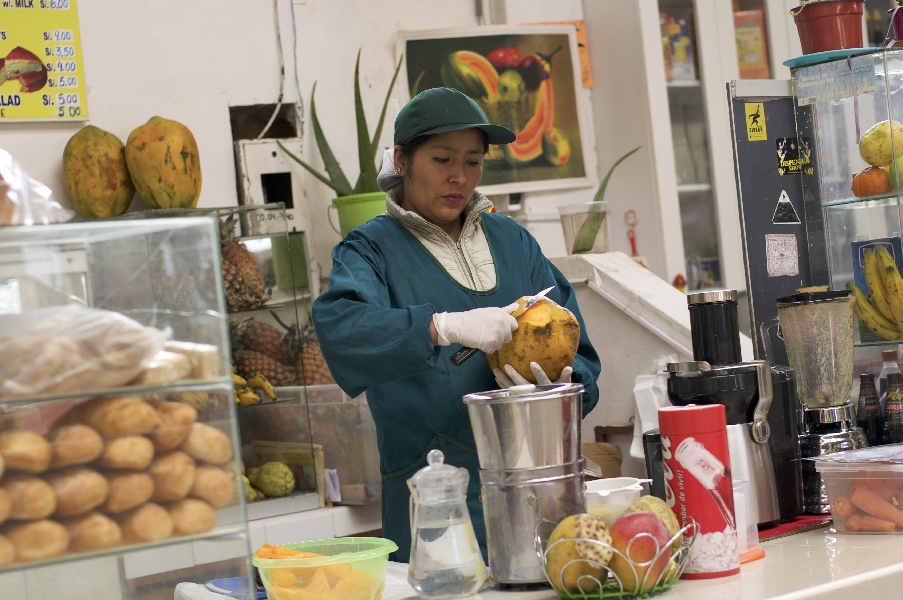
Just a 7 minute walk from a hotel there is a colectivo stop (the local bus is called colectivo here). The walk goes through the dusty areas that are normally not included to the classic touristic routs. Puputi street. Only 4 soles per trip per person. 40 minutes and we are in Pisaq. The minibus goes to Urubamba, but stops in Pisaq. However, you can get off the bus anywhere on the route. The bus stops without problems, even in the middle of the intersection. The same bus can take you to the main attractions of the suburbs of Cusco, such as, Sacsayhuaman or Tambochay, that we visited on the way back from Pisaq.
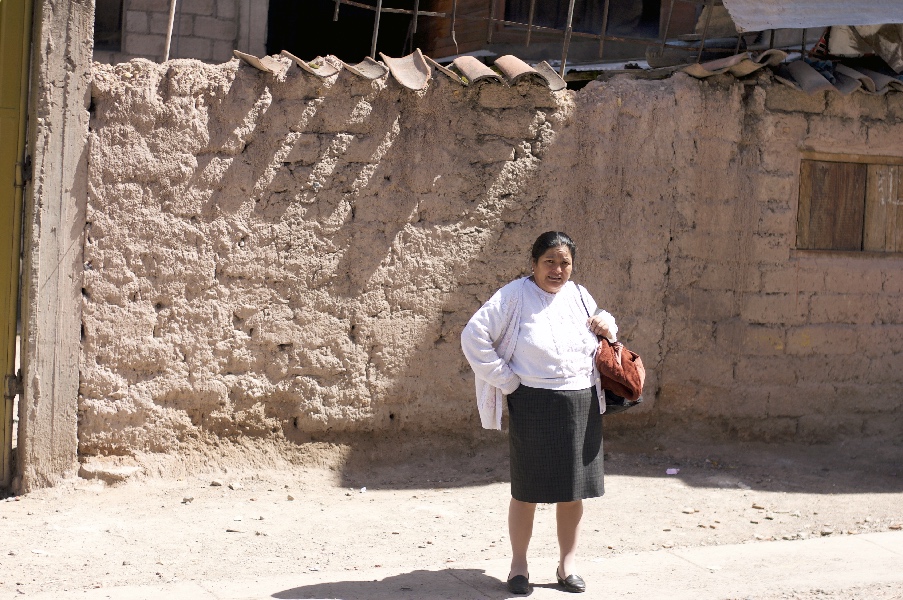
The only weak point of the local bus is the absence of the schedule. The driver is waiting for the full bus and if it does not happen, he stops in the places of the biggest concentration of potential passengers and offers them to get on the bus. As a result, we (passengers who are already in the bus) are loosing our time. Luckily here happens the same as in the air when the pilot overtakes the missed time on the way. The drivers of local minibuses are born pilots. They drive at an altitude of 4000 meters on the oncoming traffic lane before a “blind” turn. This is a common thing for them.
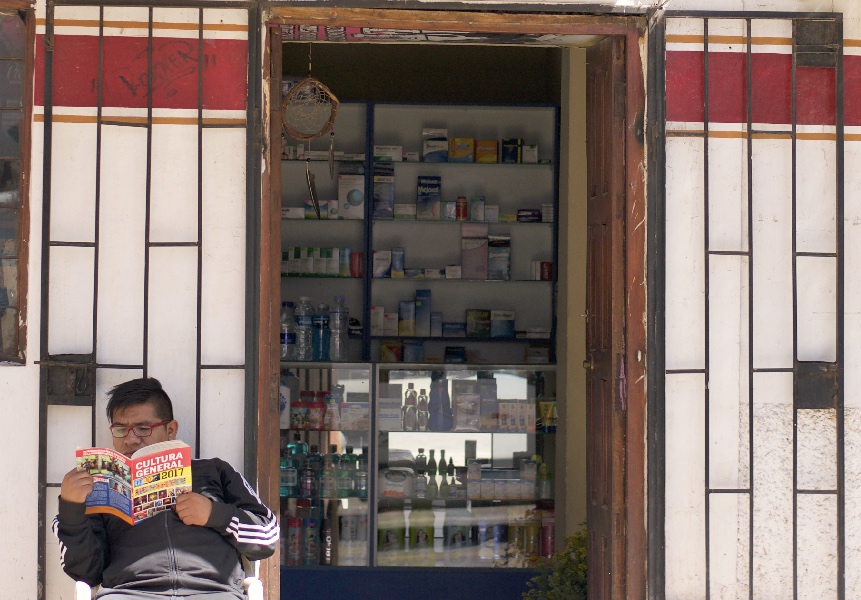
So, we reached the city of Pisaq, where the ancient fortress of the Incas is located. Many Pisaq visitors just go to the part of the archaeological complex that is located by the road, it means it is accessible by car. The distance of 10 kilometers from the city center to the complex costs 20 soles by taxi (for the whole car, regardless of the number of passengers).
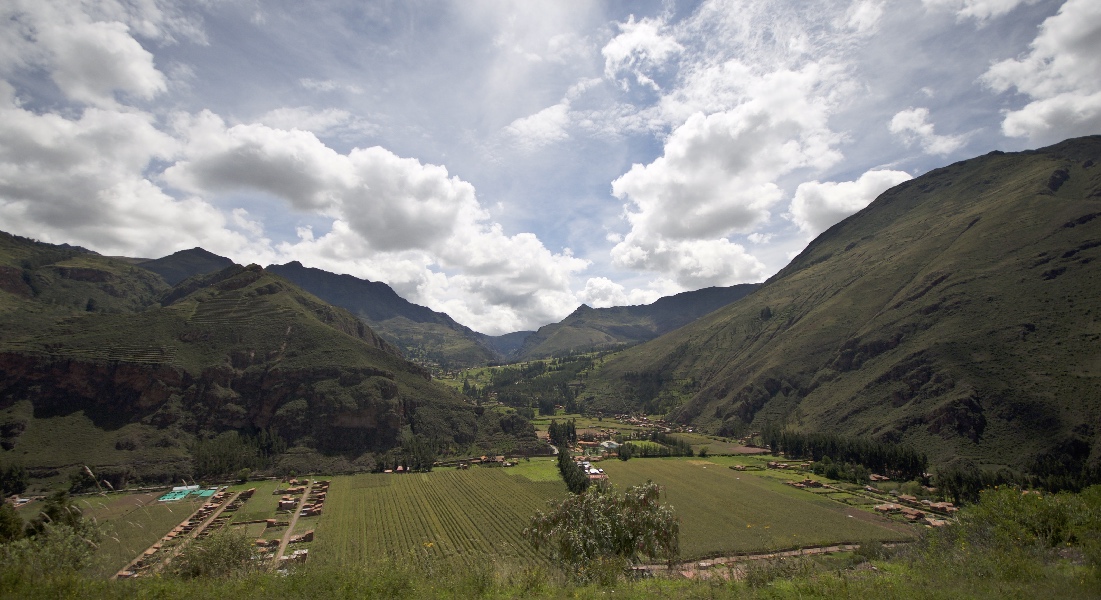
For better acclimatization and to warm-up, we did not use taxi but walked through the city passing the central square and the market and then came to the starting point of the pedestrian trail. A map of the tracking routes can be obtained at the tourist office located on Plaza de Armas. In the mountains, the Incas have laid many trails, which are now used as hiking trails. It takes at least 3 hours to go through the so-called “ring” in the ancient city of Inca. It is possible not to be limited to regular routes (marked trails) and walk to the surrounding hills and stone terraces without restrictions.
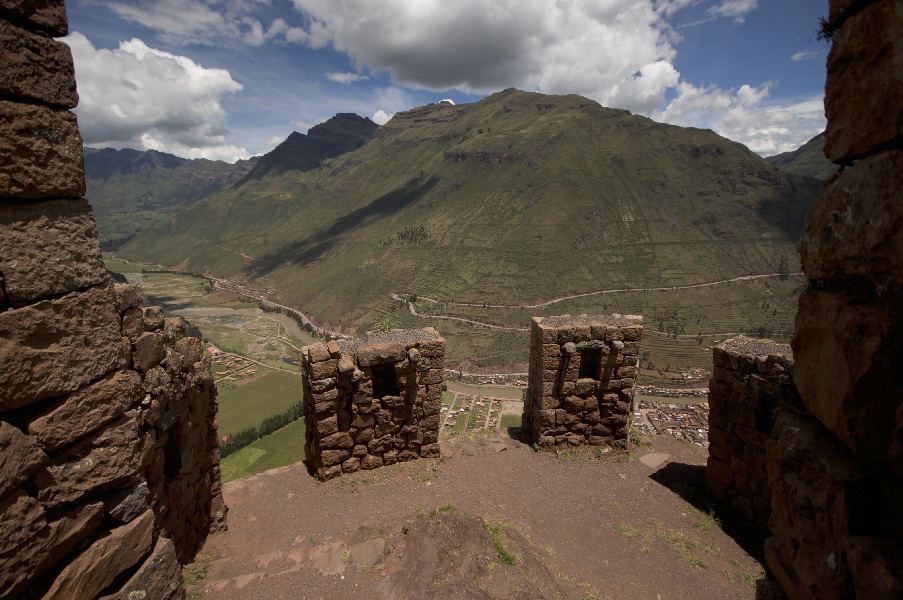
In the very beginning of the route there is a small ascent and a ticket check point. Here you can buy boleto turistico, if you have not already done it in Cusco.
We walked and walked. The route was not planned – we just went where we wanted – to the ravines and backcountry trails. The places are extremely beautiful. Incredible buildings of the Inca civilization, stunning views and useful warm-up before the forthcoming trek to the mountains. Now, when I am writing these words, I look through the photos and think of comparing Machu Picchu with Pisaq. Actually I would give a preference to Pisaq. Of course, the City of the Sun is amazing, but Pisaq thanks to less popularity and long pedestrian routes has preserved its energy and authenticity. And it seemed to me that the nature in Pisaq is more picturesque.
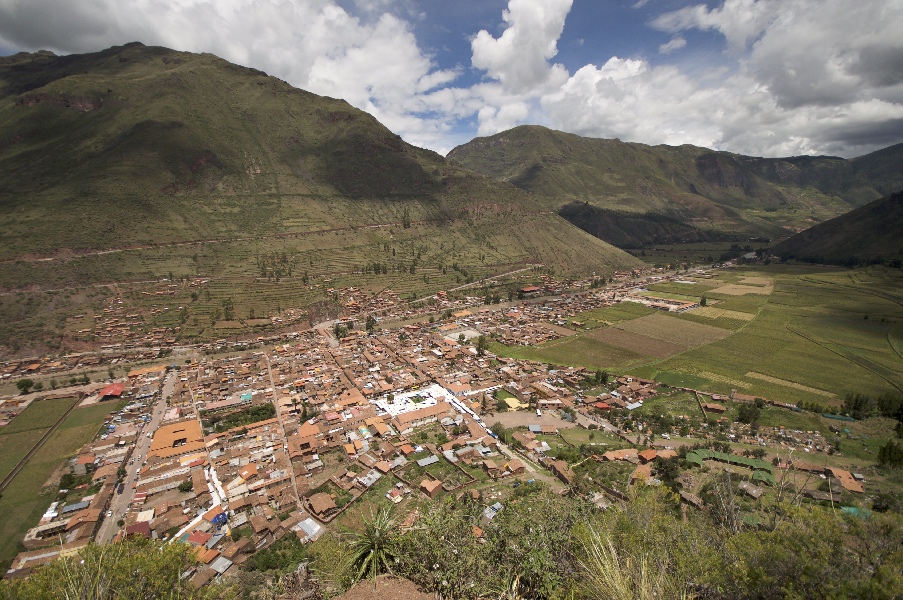
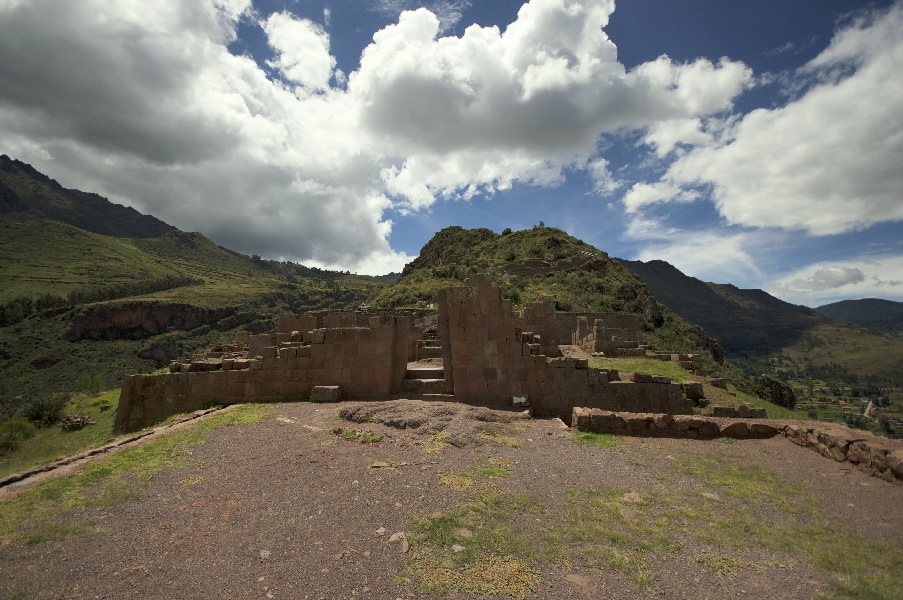
We spent almost the whole day trekking around Pisaq. As a result, we did around 10 kilometers today. We enjoyed small picnics, as thermoses with tea and light snack are always with us. There are not a lot of tourists on the route. I have already said that mostly tourists come here by buses to see the terraces and another fortress of Qantus Raqay, but few people continue to explore this amazing site. I strongly recommend everyone to explore Pisaq by foot, starting from the central square of the city.
Tracking sticks would be useful. Water must be brought with you, although on the route there is an artificial aqueduct – a water pipe that has been preserved since the time of Incas – the owners of this place.
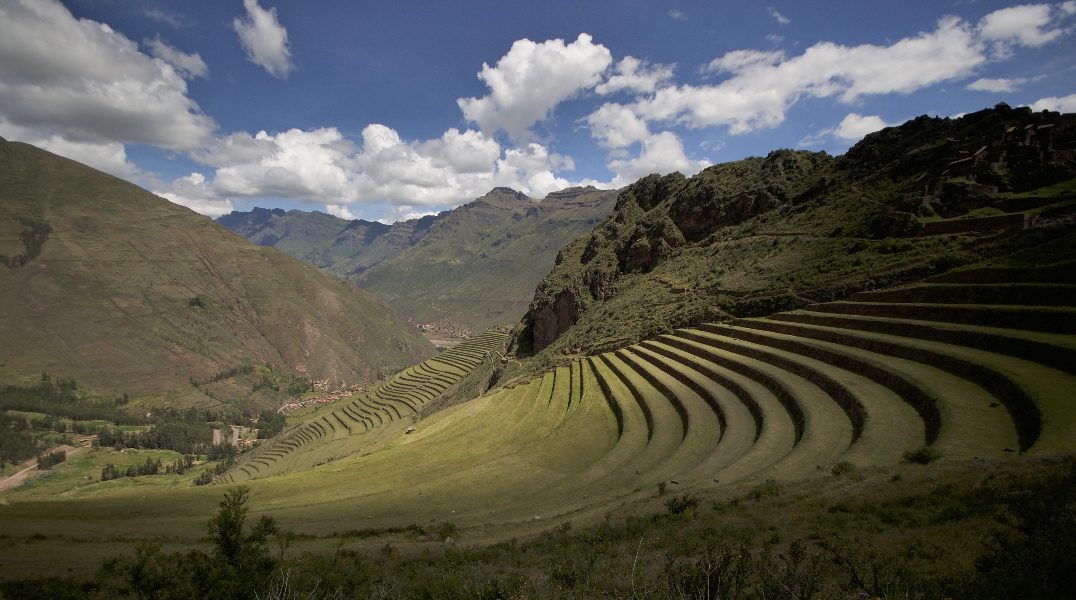
I must admit that the Incas had good taste, at least for choosing places for fortresses and houses. Views of the valley and the surrounding gorges are totally stunning.
On the way back we went for a lunch. A small restaurant Mullu on the central square of the city. The prices are high, the menu claims to be haut cuisine. Tasty and unusual food. Especially delicious were the alpaca ribs with sweet salsa. We ordered it again as it was damn tasty. Cozy place, good service, good selection of wines. I strongly recommend it.

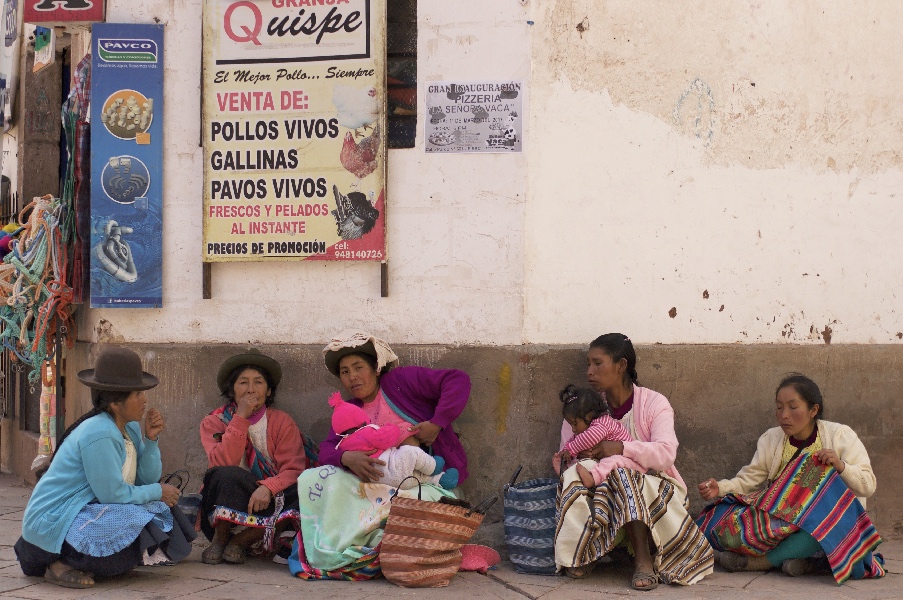
We dedicated time to a souvenir market that occupies a huge square in Pisaq that is almost similar to the size of the Inca fortress. The choice of souvenirs, textiles, stones is bigger than in Cusco and the prices are lower. Bargain is willingly acceptable.
The colectivo bus departs from the same place where we got of the bus on our way to Pisaq . Again, 4 soles per person, but this time we got off at the turn that leads to the garrison “satisfied hawk”. This is how Sacsayhuaman is translated from Quechua. The site is interesting, the entrance is covered by “tourist ticket”. I recommend to come to Sacsayhuaman after 16-00 as the sun already starts its way to the horizon and its soft light gives great colors to Cusco that is stretched among the mountains and valleys. Must for photographers!
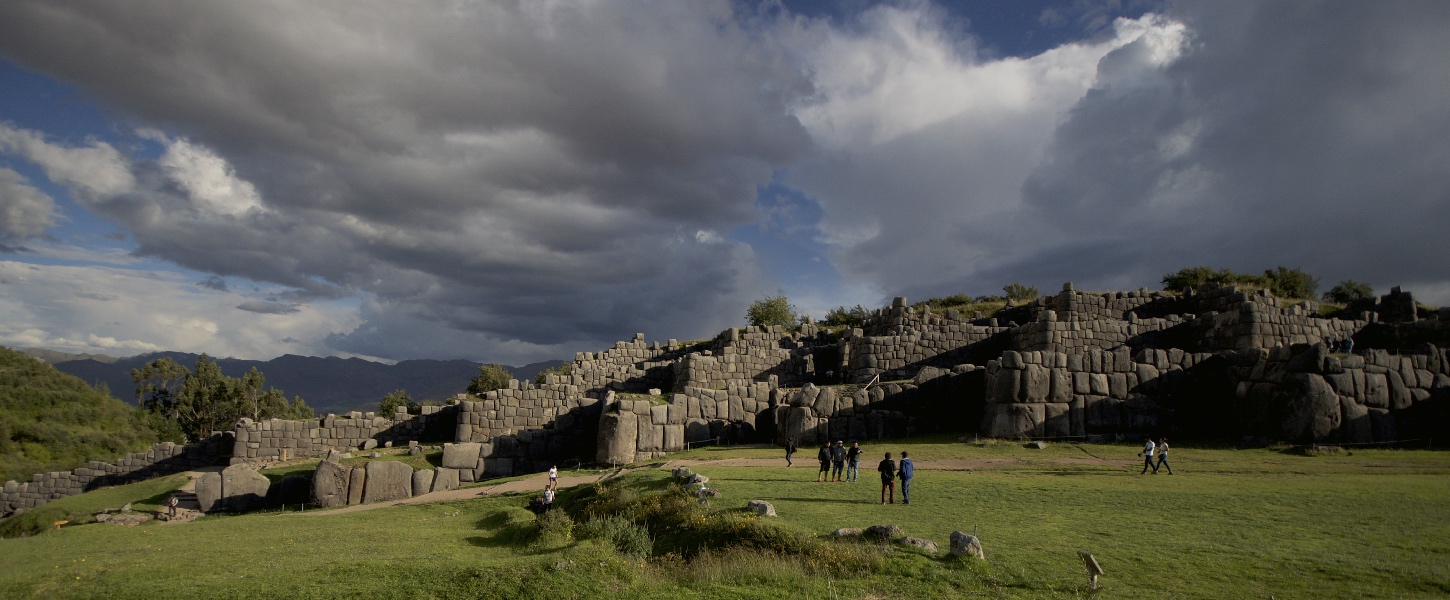
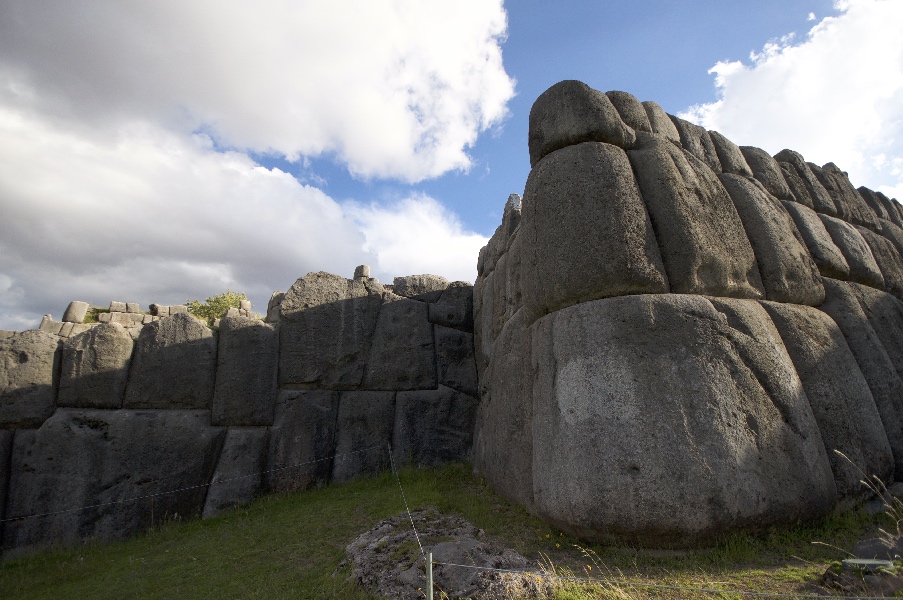
There are lots of tourists. But despite of it you can explore the buildings in a peaceful atmosphere and once again get surprised of the architect’s skills of the Incas or just relax in the park on the soft green grass. By the way, many visitors do it this way. They spread the carpets, sit, talk, listen to the music and enjoy the fantastic view.
After exploring Sacsayhuaman we went up to the statue of Cristo Blanco, and then returned to the fortress and walked around on the other side where we found a beautiful observation deck with perfect lack of people, convenient benches and great views of the city.
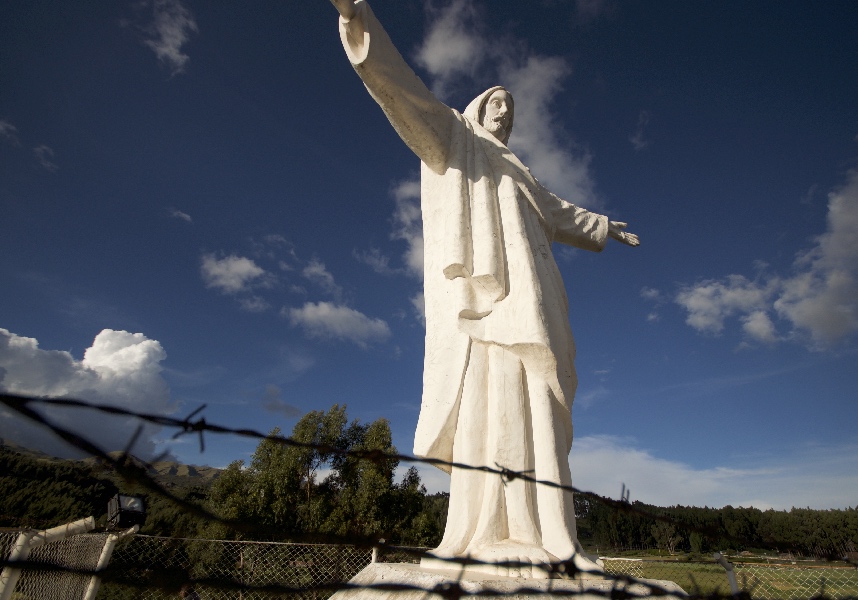
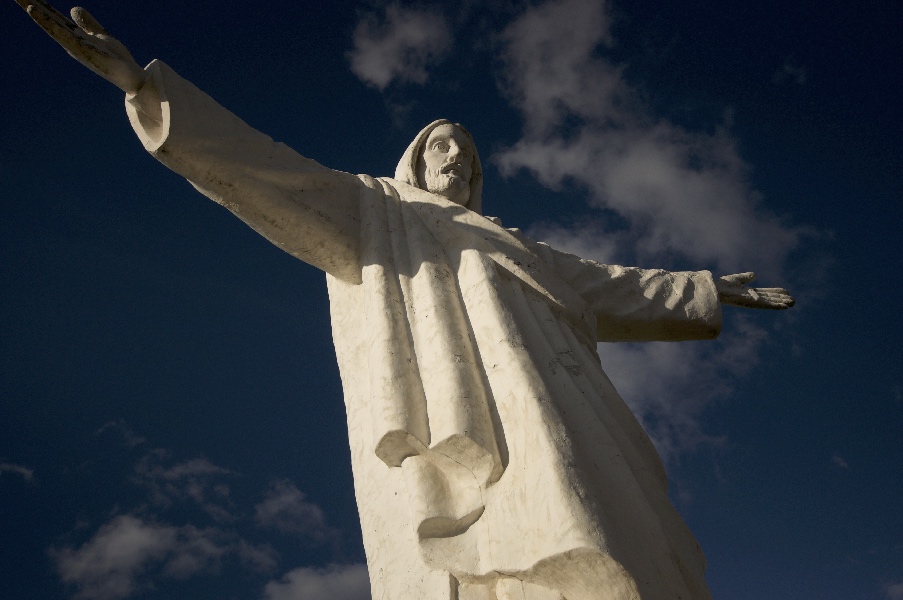
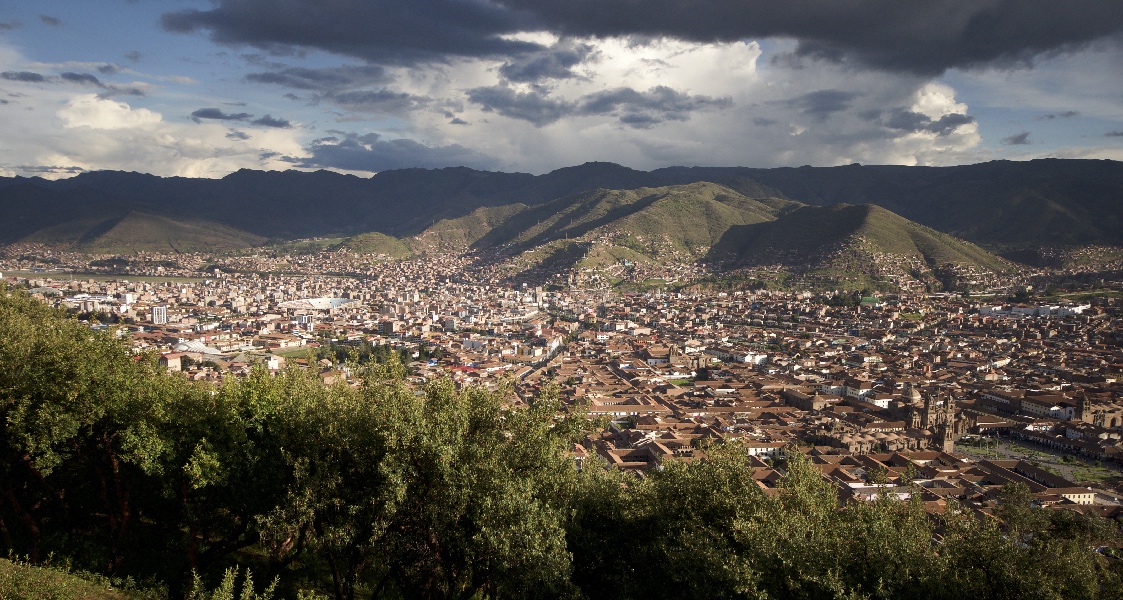
We got back to the hotel in 10 minutes, passing another non-touristic district of the city. Hardly finished to plan the next day and to turn on alarm clock not to miss the first bus to Moray and … we did not exist any more. We got to a deep and sweet sleep.
Moray and Maras
In the morning after good breakfast, we walked to the stop where the buses leave for Moray. Pavitos Bus Station is in a 20-minute walk from our hotel. We passed through Cusco city center, admiring again and again the beauty of this ancient city.

The price for the trip is 7 soles per person. 40 minutes on the road. We got off in the intersection that leads to Moray. There were already greedy taxi drivers waiting for us. They wanted 20 soles for taking us to Maras – the “secret observatory of the Incas”. While bargaining, two girls appeared who were also aimed on Maras. We shared the car and paid 20 soles for the trip. The road is unsurfaced and totally destroyed in some places. We drove for 20-30 minutes. In the city of Moray there is absolutely nothing to do.

The entrance to the territory of the archaeological site of Maras is covered by boleto turistico.
Maras is an interesting and unusual site. A space! It is supposed to have a large agricultural center of the Incas, and maybe even Pre-incas – the most ancient civilization. While mentioning ancient people I would like to add that there is also a theory that unique observatory was working in Maras. The walk took no more than 30 minutes. Too many tourists. We had a small rest in the shade with corn that is called “choklo” and with mate with coca leaves. We always bring thermoses with this wonderful drink!
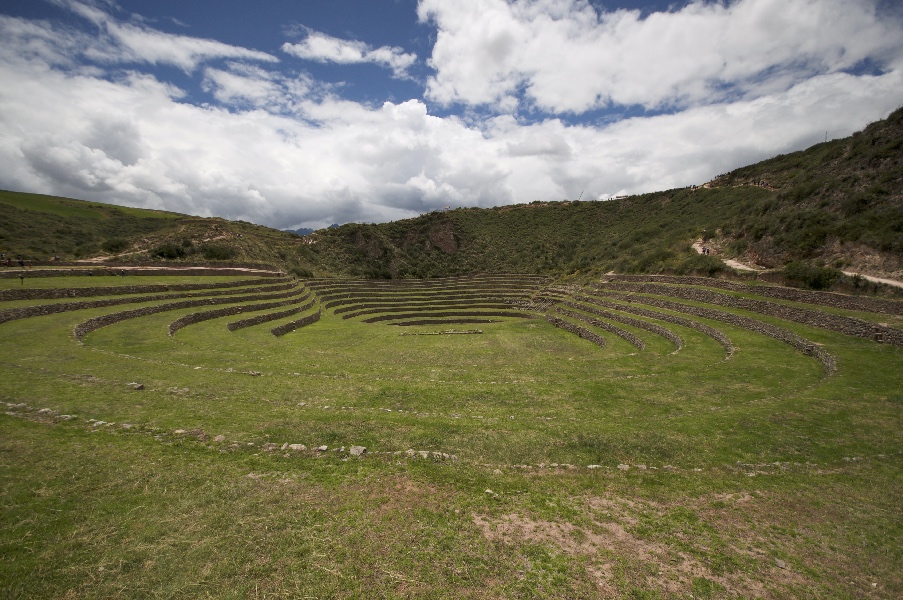
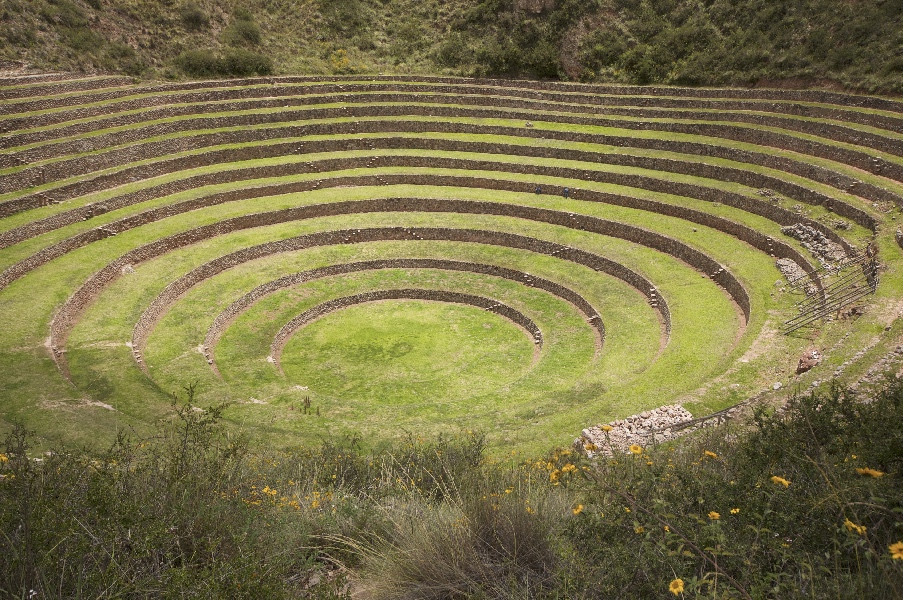
We looked at the map. It turned out that 2 ways are leading to the famous salt mines – Salinas de Maras: backward direction via Moray or in the opposite direction via Pichingoto. Second option seemed more interesting and adventurous so we took the decision and started walking.

Amazing panoramas and landscapes were everywhere around. The camera could not stop shooting. We were surrounded by the mountains on one side and by alpine meadows, hills, valleys and rivers on the other side.
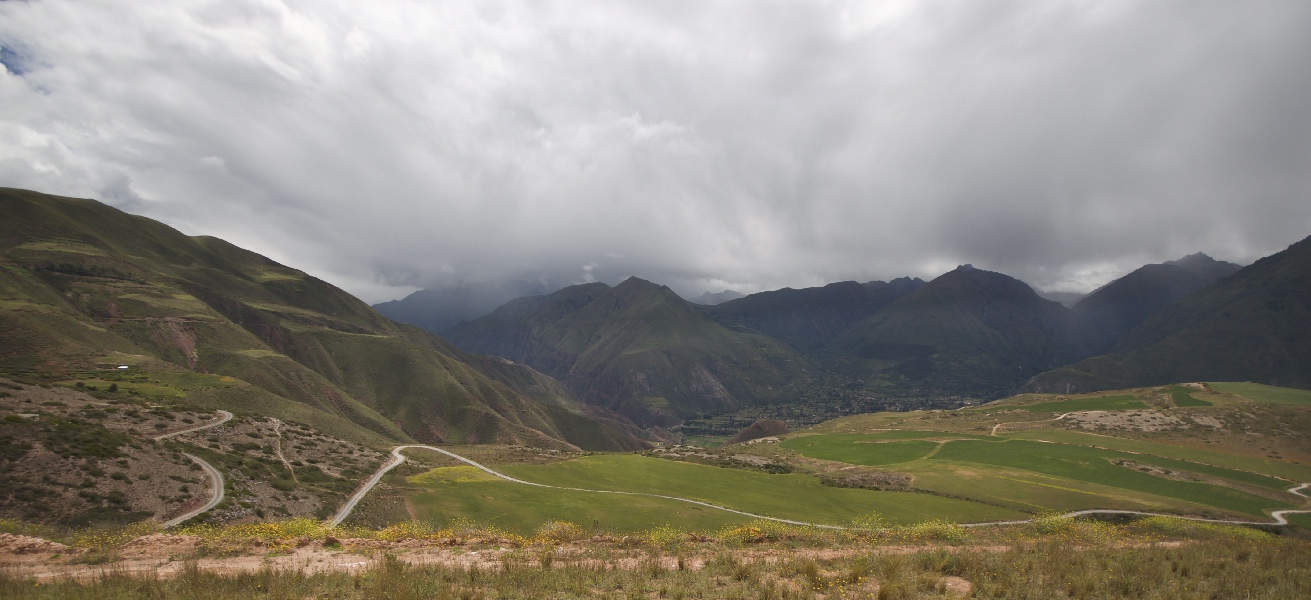
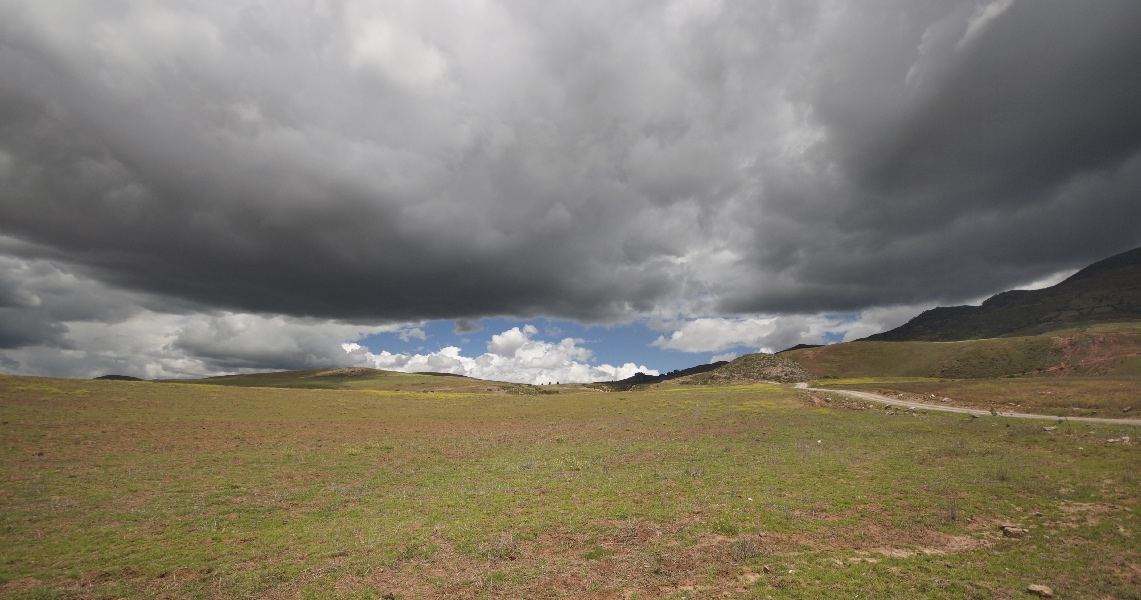
Somewhere far away the wind was moving the heavy clouds, but as soon as you turn the head light clouds on the blue clear background were seen. The sun was burning strongly, the cold wind was also burning but with the cold. We felt hot and cold at the same time.
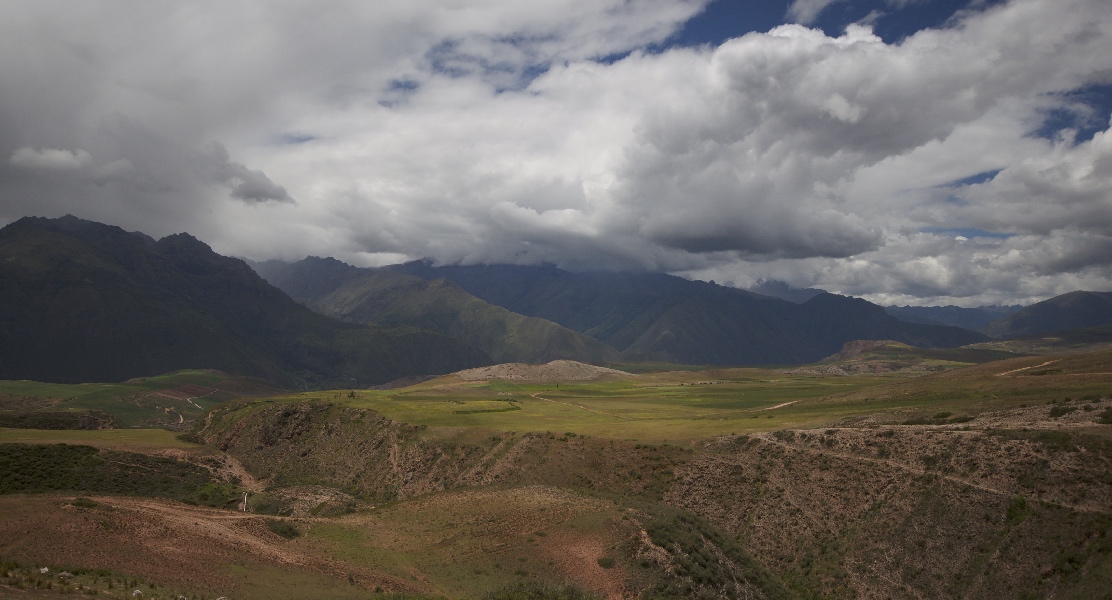
The road is simple. First comes an unsurfaced road (in 3 hours we met just 2 cars, the driver of the second even asked us where this road leads to), and then a simple dusty path, quite wide with fresh prints of the horse-shoes and motorcycle tires. The dirty road took us to the river. There was a hill on the other side. We could see a small ascending path. Here it is – right in the center of my shot.
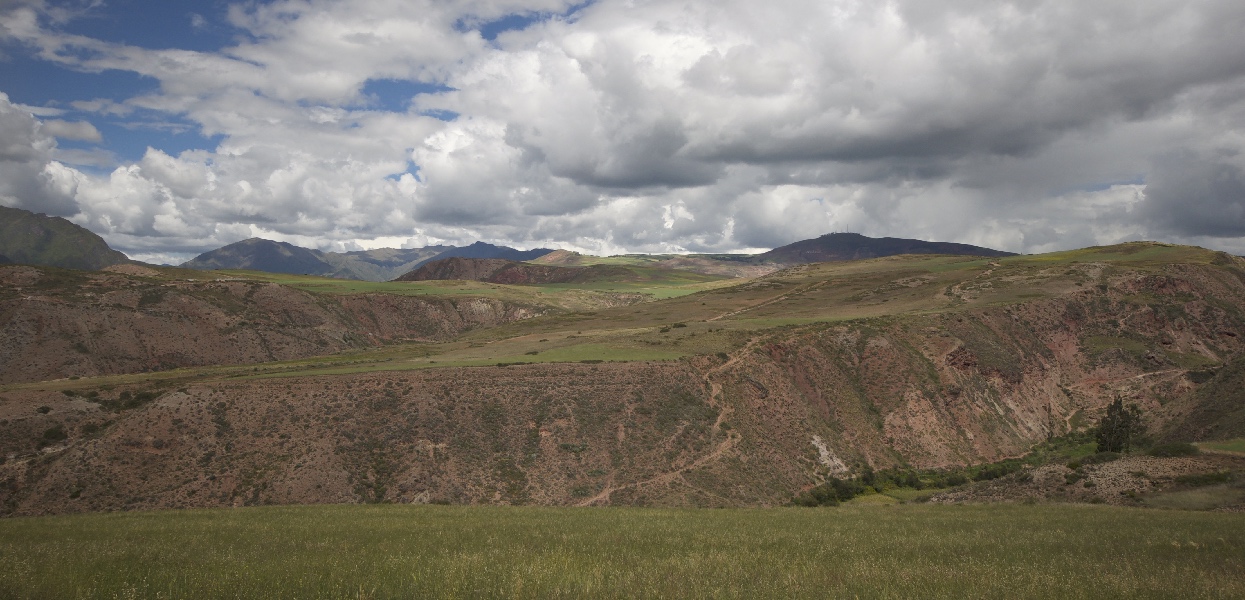
We climbed the hill easily. Almost without any breath problems. Just one hundred meters up. On the plateau we discovered a great view. Absolute emptiness and freedom. Smells of herbs and mint, the rustle of dead wood and wheat. Birds who slept in dense grass or under bushes were unintentionally wakened up by our loud steps and they flew away with a screaming from their hiding places to the blue sky where the wind prevailed, dispersing the clouds or vice versa collecting them into stormy grey cloud.
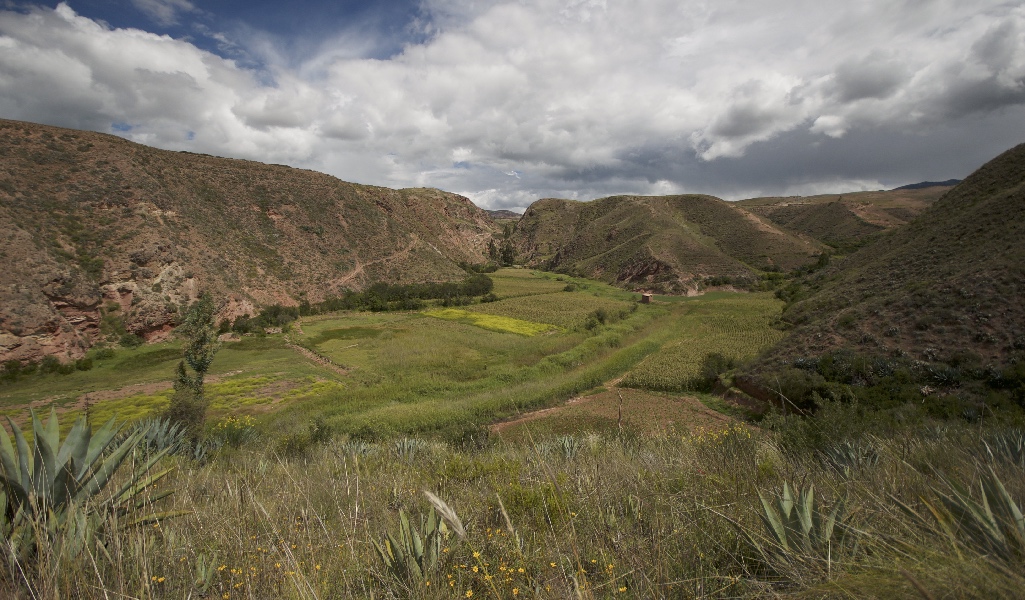
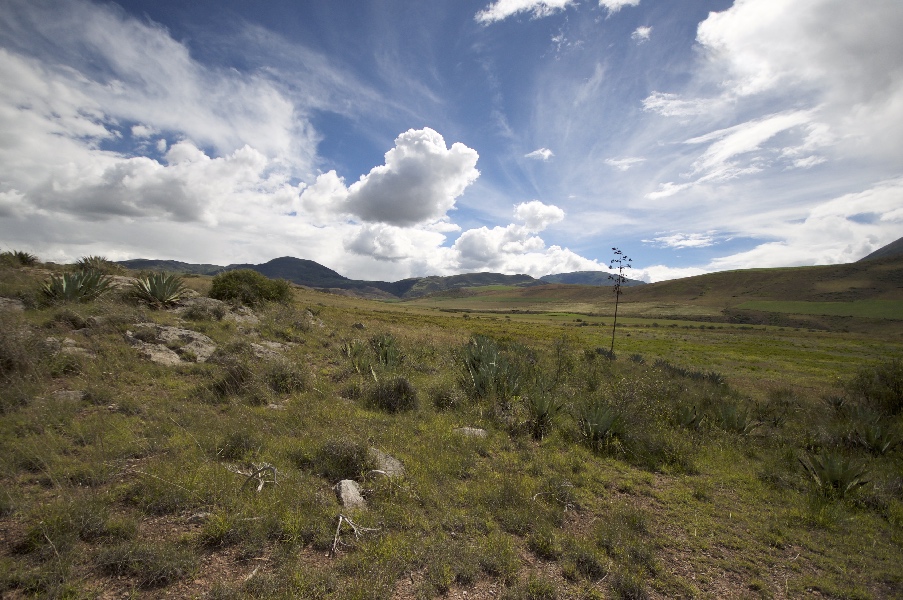
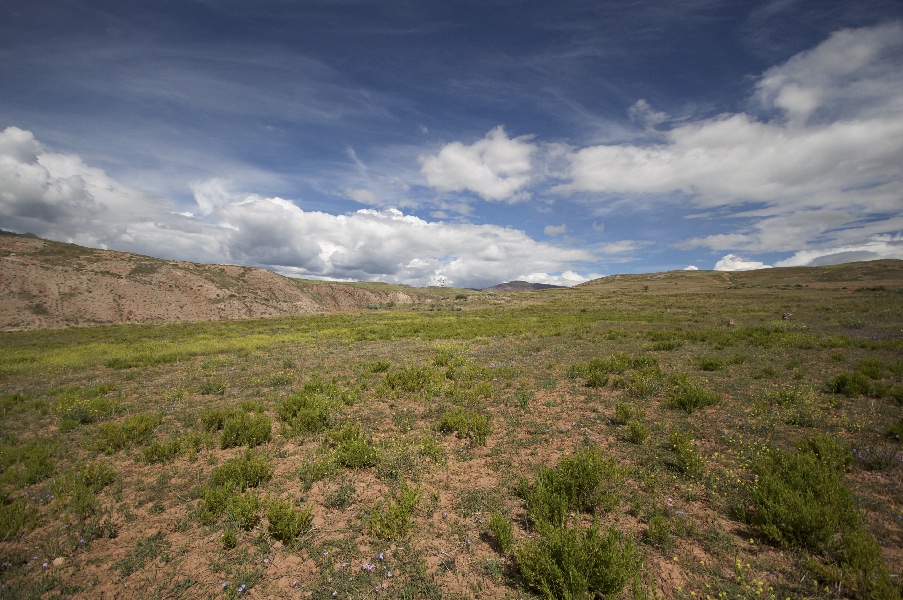
Few more minutes, and we stopped breathless on the edge of the cliff. Below, in a deep gorge of colorful sandstone there was a famous Salinas de Maras stretching like a giant salt river. Starting with large white cascades it was sliding down the steep slopes of the mountains, disappearing among the rocks and tropical vegetation, appearing again and again finishing by terraces and shining with its salt crystals. More than 3,000 salt baths and terraces are located here. The territory is private, sites are distributed among families and transferred from generation to generation.
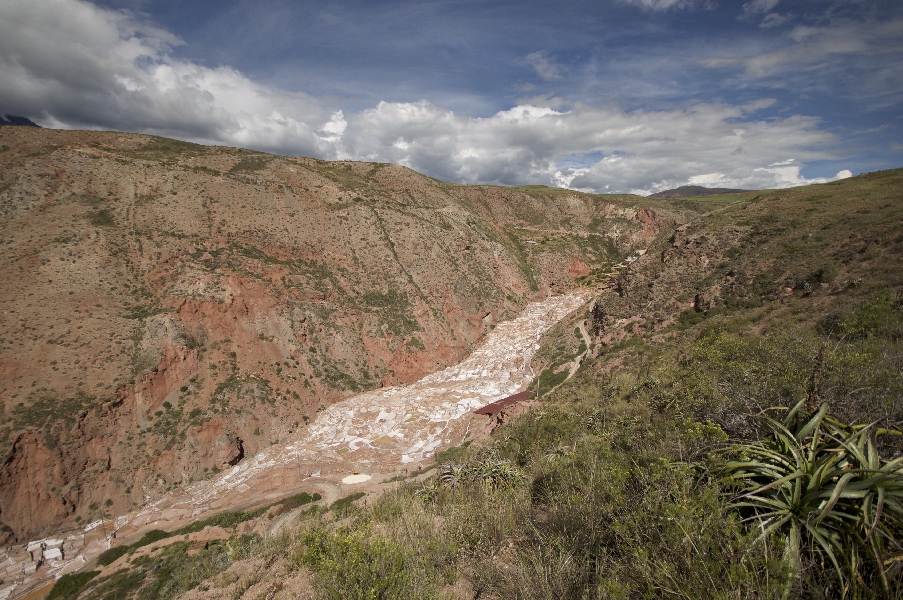
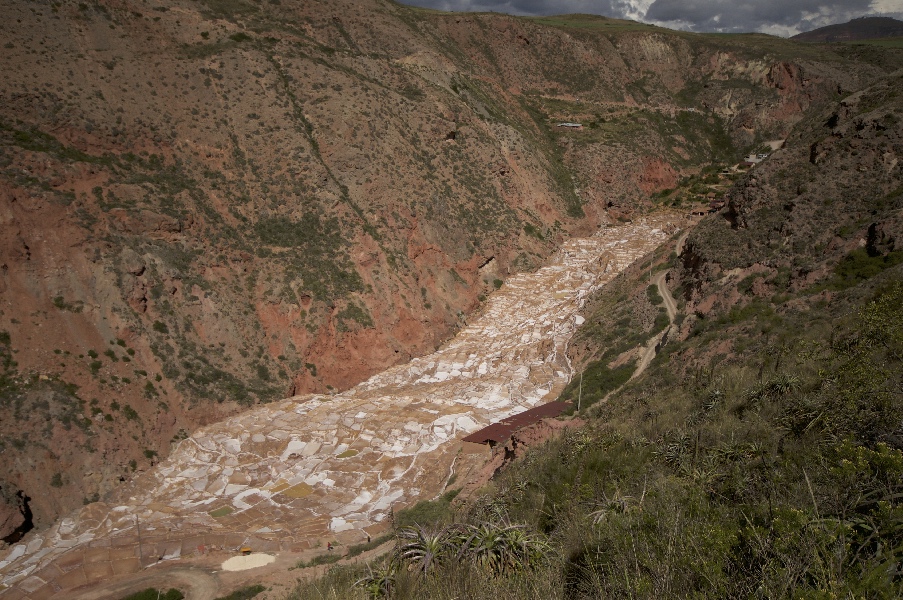
After having a short rest enjoying the view we began to descend to the town of Pichingoto. We crossed the town and passed through the bridge to the highway Ollantaytambo – Pisaq. For 2 soles we reached the bus station Urubamba, where we changed the bus and started our long long way (3 hours or more) to Cusco with multiple stops.
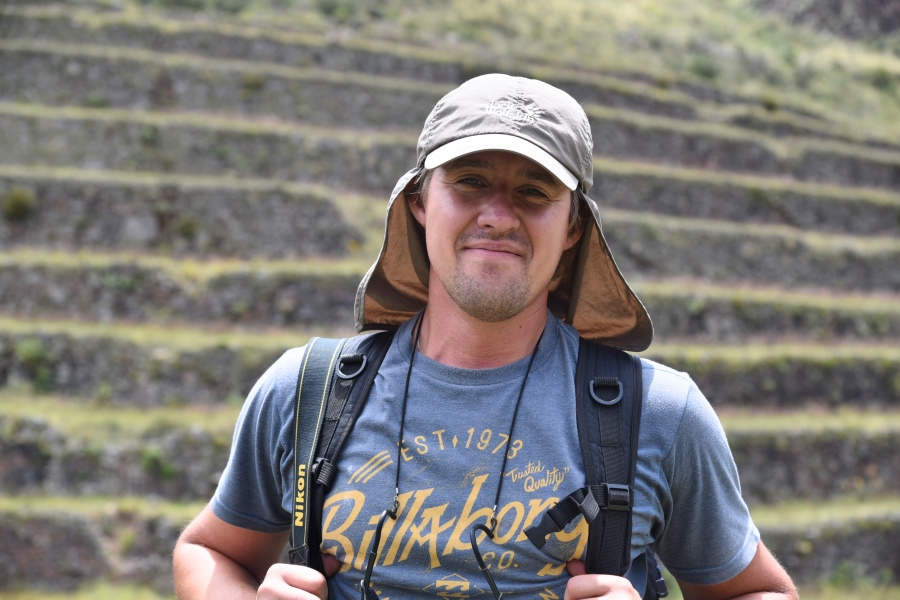
According to my experience I can recommend to take the bus to Pisaq at Urubamba station and then change to a bus to Cusco or walk one more kilometer to the colectivo stop in Cusco direction.
Salkantay
Leaving unnecessary stuff in the hotel’s storage room, we started our adventure. The first steps with heavy backpacks (15 kg each + 2 liters of water) were not easy in Cusco – city that was built in such a way that all the time you have to climb somewhere. Still we are on 3600 meters above the sea level. You have to climb the stairs or just walk on the pavement streets but all the time up. We reached the bus stop to Mollepata village after 1,5 kilometer walking.
The road is totally ordinary. We got to Mollepata in 1 hour and 40 minutes. At the entrance we were stopped by a policeman who asked two white tourists (of course we were these tourists) to pay the entrance fee to the territory of the Salkantai National Park. I asked him what about if we just want to see the village without any trekking and he immediately showed me the ticket with small letters that say “and Mollepata is included”. We paid 10 soles for the restoration of the mosques or whatever for they charge in Mollepata, got nice tickets and got off the car. We have even written our names and passport data in a big book.
So, we, two brave trekkers, stand in the middle of the central Plaza de Armas of this regular village of Mollepata thinking what to do next. There are three options: find a bus to Soraypampa (starting point of all treks), walk 20 kilometers to Soraypampa by a regular not interesting road or….our thoughts were interrupted by a polite taxi driver who offered to take us to the place for just 100 soles. I asked again, because I was really surprised. Yes, these are the things in the village of Mollepata. Anyway it is understandable. After all we do not have choice, there are no buses today, only tomorrow morning. It is impossible to do hitchhiking as we did not meet any counter cars in 1.5 hours of travelling to Soraypampa. As a result, we found a driver who agreed to take us for 80 soles. A colectivo ticket costs 20 soles for one way.
Road to Soraypampa is a disaster with pits, holes and car-sized puddles. The average speed is 15-20 km per hour. The views from the pass are beautiful, especially from those places where the road does not have road safety barriers. We were going in an old wagon through the jungle at a altitude listening to the Latin rhythms. Like in the movies! The only thing that was absent was a jeep pursuit with guns.
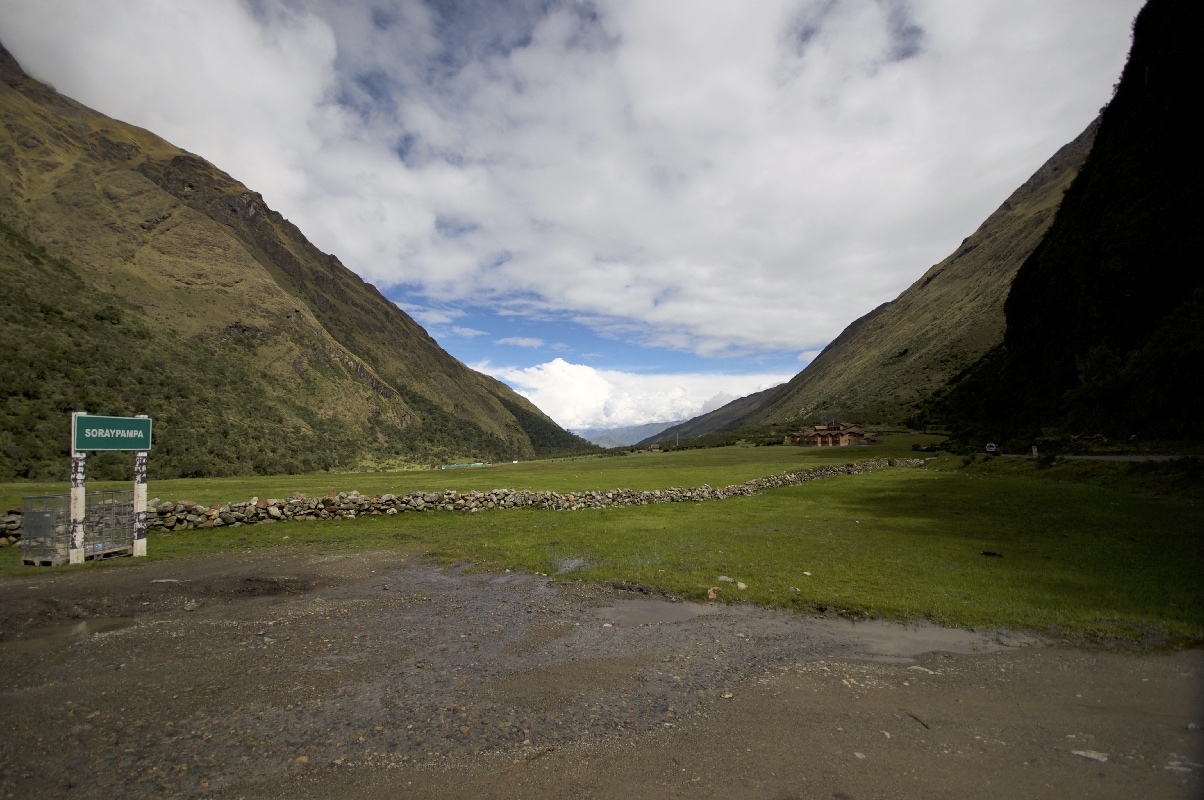
Soraypampa turned out to be a very nice place. Various cafes, camping, horses for rent. We got a small rest with snacks and started our trek. The sun was marking a path and snow-capped peaks of Nevado Salcantay and Tukarway were very pleasant.
They just showed themselves for few minutes, and it looked like an introduction. We greeted each other and in a moment peaks disappeared into the white fog.

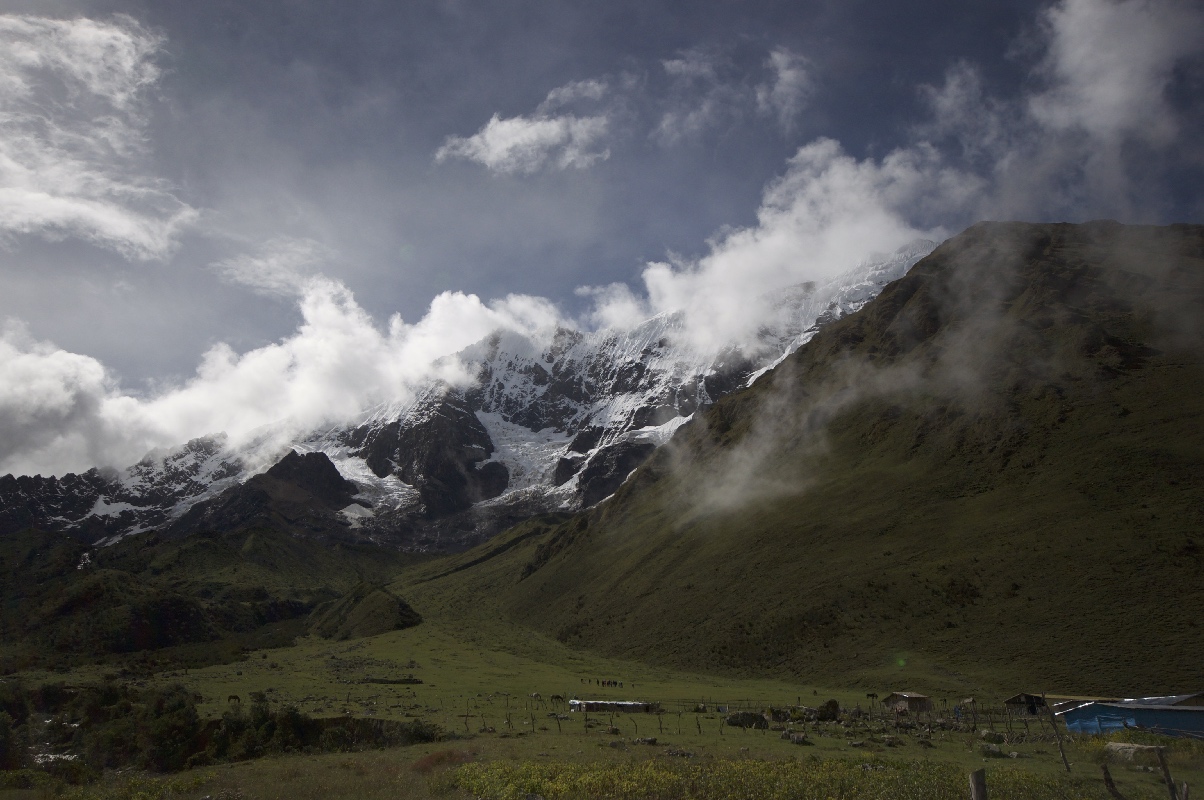
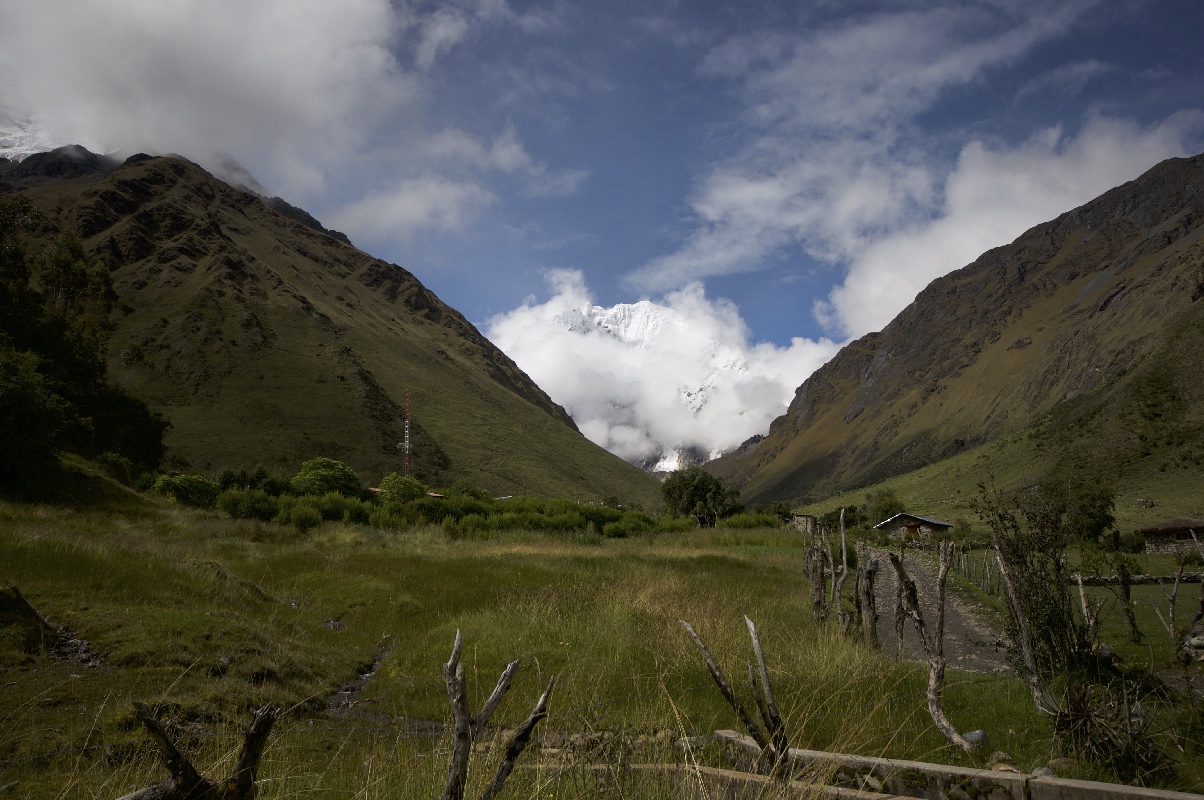
Taking into account that we started the trek very late and it gets dark early in the mountains we decided to spend the night at the nearest camping site, marked on the map as Solkantaypampa (the altitude is 4143 m). The path from Soraypampa towards the Salkantay pass goes on both sides of the river and we followed the intuition and chose the left bank. It was a right decision. After a while we came to Solkantaypampa. It was a small site with a shepherd’s hut and a small cabana with a shed. No traces of camping. We set up a tent and a camp kitchen. It was getting dark.
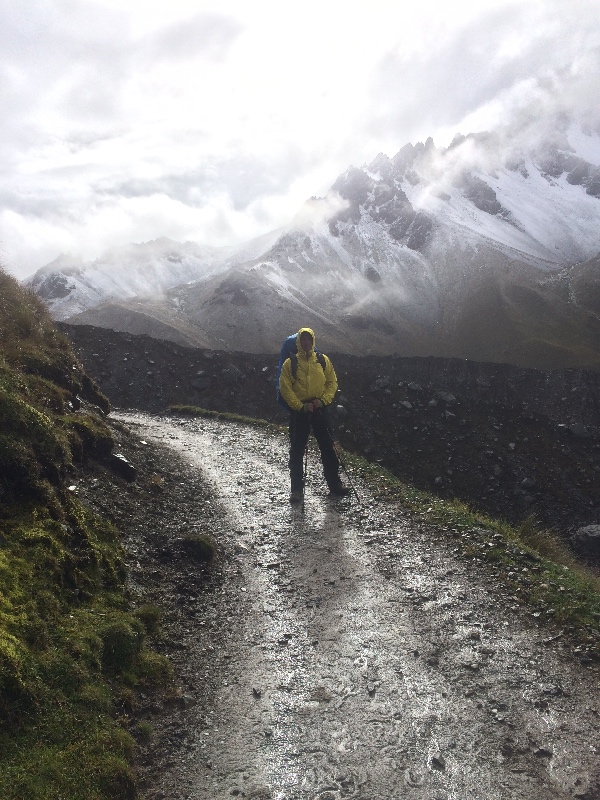
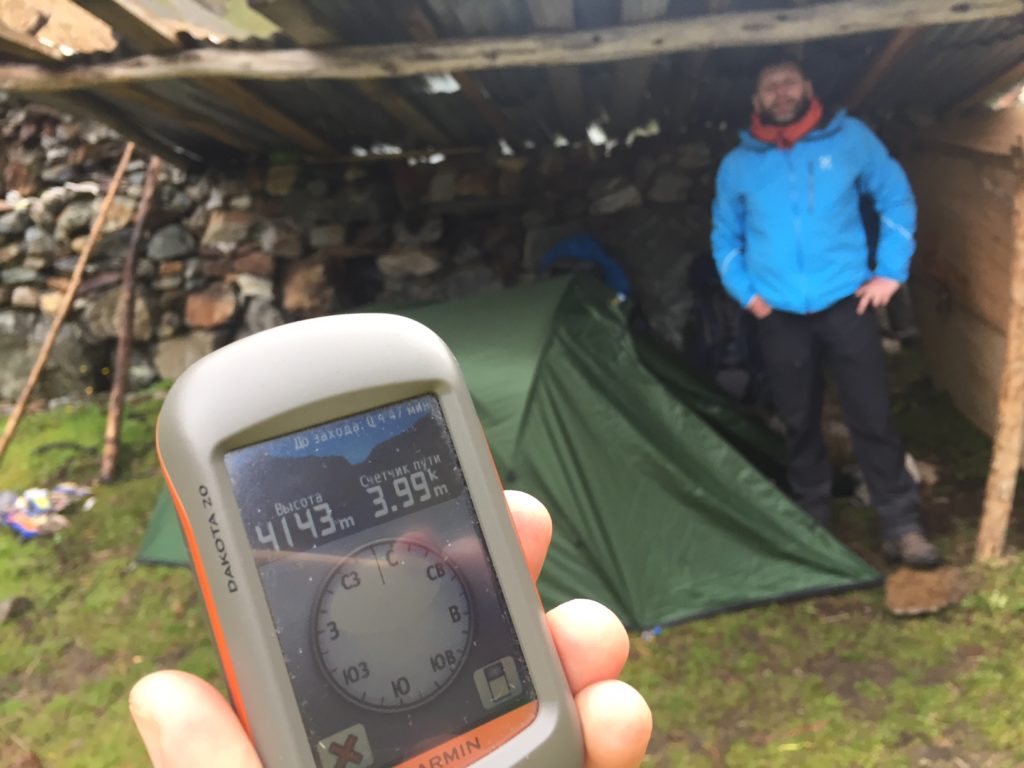
A real camping is in an hour and a half walking distance from Solkantaypampa. There are cabanas and huts for the tents. This Suyroqocha camping is located at 4480 meters high. It snows, rains there, it is cold and the place generally looks terrible.
We have visited it the next day while walking to Abre de Salkantay pass (4629 meters).
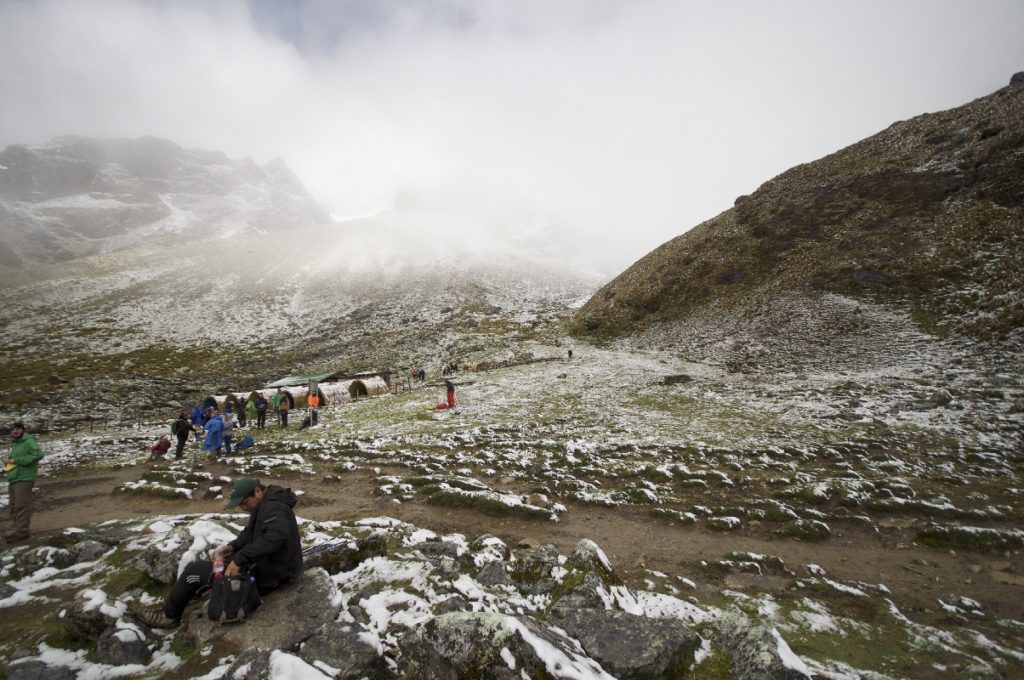
Right after the dinner I got into the sleeping bag and turned myself off. My battery had no more energy. In the mountains the time needed for rest is less than in normal conditions. In less than 2 hours I began to tumble, thinking that the reason is that I have not been sleeping in a tent for a while. Then I started grumbling at my travel buddy who was organizing the equipment and hit me. Finally I realized that I can not sleep any more as I already slept enough!
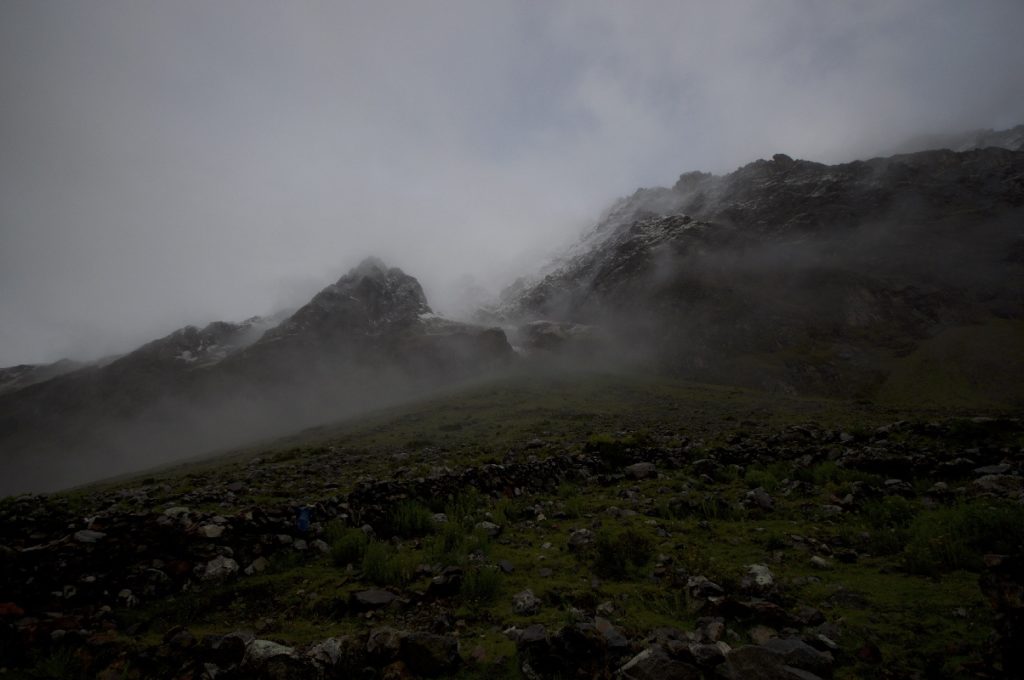
So a long and heavy night has started …
At first, we tried to kill time by talking. The idea was to fall asleep of the monotonous conversation. We talked for about two hours and it was the longest conversation in the whole trip. We should fall asleep! I looked at the watch. We were still in the same day. I could not believe my eyes. Looked like someone made the watch go slower with some intention. Seemed that 2 hours had passed for sure and we should be at least in the next day.
And then it began to rain. The rain was so strong that it seemed that the drops could easily break the roof of the shed above our tent. Mixing with the sounds of a mountain river, the sounds of rain became even worse. I felt trapped in an enamel bucket where water was poured from the watering pot and at the same time someone was hitting it with the tap. What a nightmare! No way to sleep! Anxiety was increasing with the increasing power of the rain. This rain is not calming, it is not a romantic rain to sit in a car in the night with a young lady. This rain wanted to destroy us, to wash us away to squeeze us by the water power.
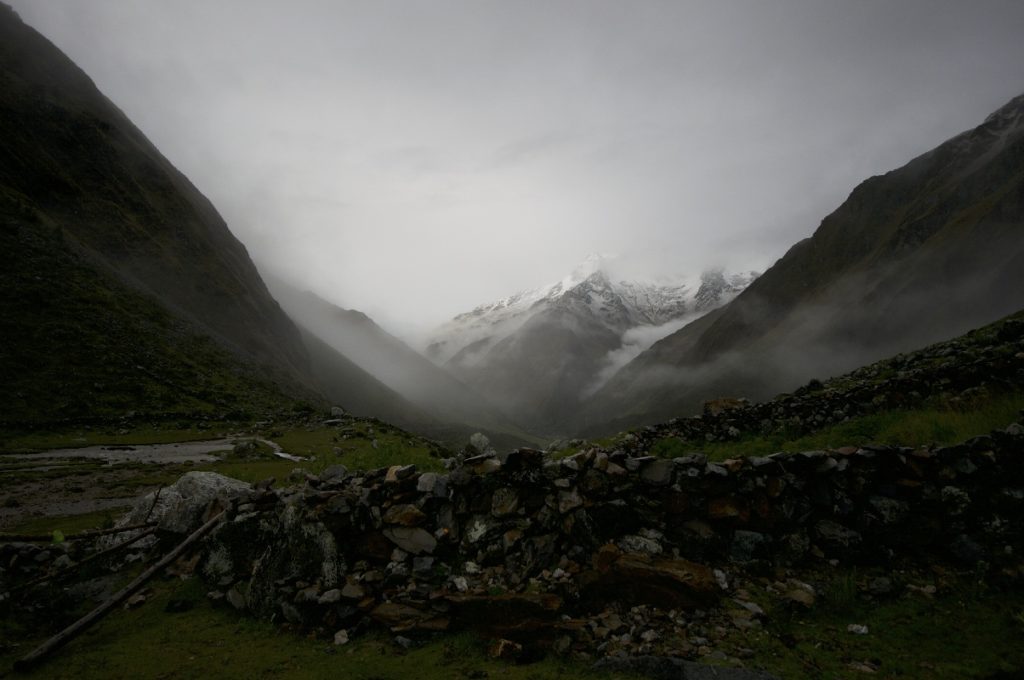
The rain continued. It seemed that we were about to be washed away into the river. The rain could take us away with the tent. I could not stand such a tension and went to look at what was happening. Everything around the tent was dry, as the metal shed perfectly coped with its “duties”. Suddenly there was a rumbling, the stones started to fall down somewhere above my head, an avalanche came down with a typical sound. The roar was so strong that even the rain stopped playing the main role and switched to accompaniment. Nothing could be heard, only the stones rolling around somewhere above and the small gravel were rustling.
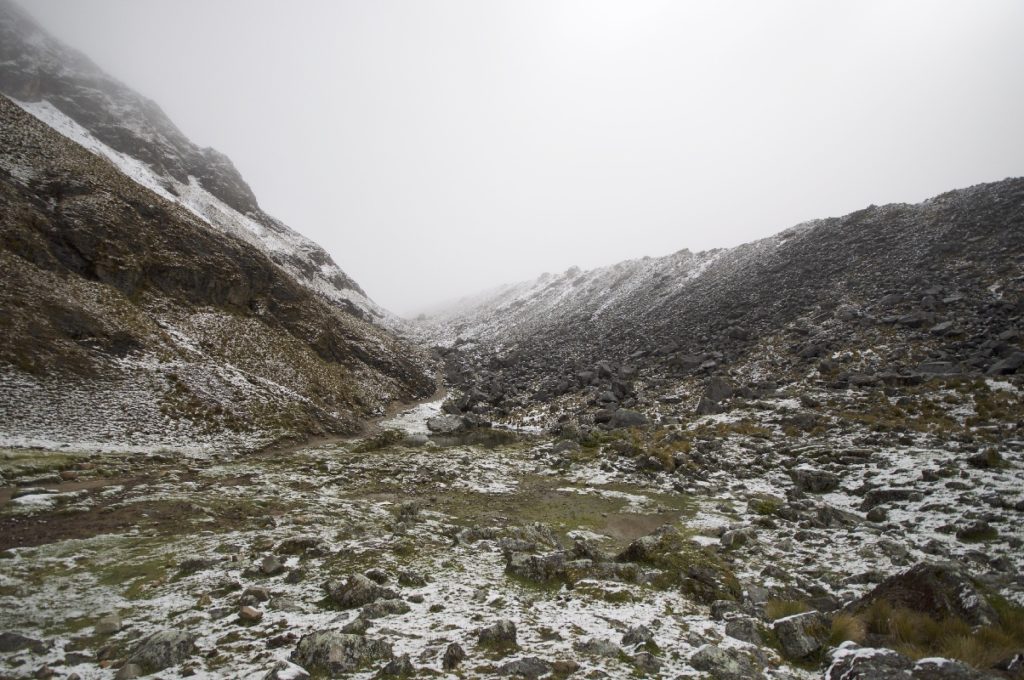
And then the snow started to fall. It became noticeably colder. The temperature in the tent dropped to +10 degrees Celsius. I closed the ventilation window and tried to sleep again. But the weather was having a party. The wind was howling and throwing the wet snow under a shed trying to turn our tent into a small mountain peak. I was not lazy and got out again to put extra load lifters for the upper rainfly. It got really humid and cold, I had to put on warm socks and wrap myself in a sleeping bag. But I still could no sleep…
I was tired of lying, I was tired of sitting, I could not fall asleep. In our survival tent here was not a lot to do. Alexey looked happy. His soft snoring made me feel that he is dreaming about the beautiful mountains. He took some height sickness pills with aspirin and fell asleep. I thought that I also should take some medicine and climbed into the tambour of the tent looking for a thermos and a bag of coca leaves, which we brought from the hotel in Cusco. So the tea worked, the heat spilled all over my body and I quickly got back to my sleeping bag!

We woke up at the same time. This cold night had worn us down. We both did not sleep well. The rain was still here outside the window, but it was not strong any more. We organized the equipment and had a delicious breakfast.
We started walking around 7am. Well, it can be hardly called a trail. In general, 80% of the trails in Salkantay area are just riverbeds. Large, small, deep, wide or narrow – it does not matter. Instead of a normal (let it be wet) path you have to walk on wet rocks and swamplands and marshes. I have never seen such “dirty” trail on the trekking routs before with the only exception of Morocco ascent to Tubkal where I had to jump on the rocks. No flat trails at all.
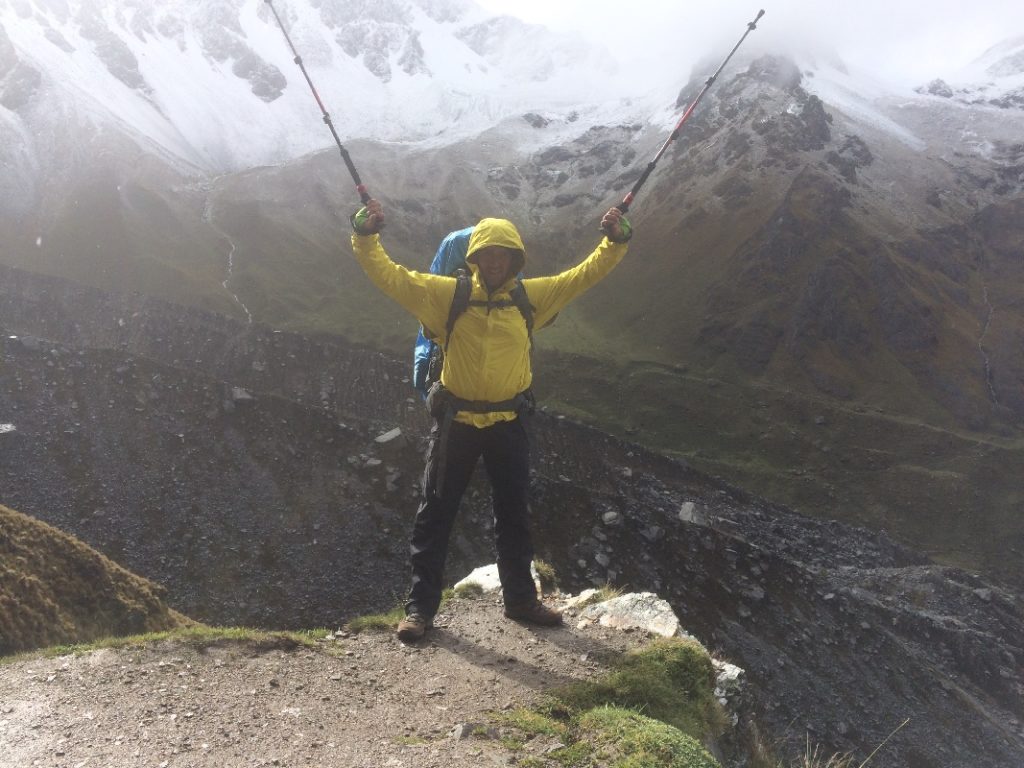
It is extremely difficult to follow such “trails”. You are constantly looking for a spot to jump with less water and with bigger stones. You try not to slip on the small stones. You maneuver between tons of horse and mules excrements. It is strange but on the road we had met more animals than tourists. People stopped wearing their backpacks themselves. They now hire porters, mules and cooks.
We have met lots of tourists who hire porters. It is their own decision, I’m not going to protest or to convince anyone. But herds of animals turn the trail that is already awful into a mash of sand and clay. Well, and, of course, they do not only leave the hooves prints. Fertilizers there will be enough for decades. At first I tried to bypass the “mines” somehow, but then, I realized that it was useless. Shit was everywhere! Even at the pass, among the snow and ice.

By the way, a small remark. Since we are talking about the shit. I’d like to write in a vile language, but I would not do it. People, hey, wake up! What the hell are you doing?! Do you throw the shit on the floor at home? Do you keep the garbage in your bed? So why do you treat the nature like this? I was really shocked by the tons of garbage lying on the sites for tents. Not in organized campsites, but in the places where tents can be easily pitched. One likes the place, sets up the camp, pitches the tent – OK, but why not clean the area after yourself? Wraps, plastic bottles, packages from sublimates, etc. Of course we could not gather all the garbage left by others, but we picked up a lot of things and then took them back to the city.

From the place where we slept there are 2 ways to the pass. One is marked with green flags, the second is on the opposite side of the river going up the hill. We can say that there are right and left trails on the left and right sides of the river. The left path is a hard and long 400 meter ascent, then descent to 300 meters. It offers stunning views of the valley, the gorge and snowy peaks of the mountains. Unfortunately, the weather conditions were not favorable, so the photos could not be taken. It took us an hour to climb the left trail. Tourist groups climbed the right path, it is easier and much more comfortable, although it is also full of many streams, stone obstacles and mud.

As a result, both trails meet near Suyroqocha and then a new trail goes to the pass. It took us an hour and a half to climb to 4629 meters. A climb of 500 meters, a steep ascent but we did it. However, the absence of a normal path has the negative influence. It makes the distance much harder. Melted snow under the feet is a dirty mix of animal excrements and mud whipped by mules. And all of it is multiplied by the cold, the snow with rain and altitude. But we managed!

After the pass a long descent to the valley begins. The way still goes along the riverbeds. Legs slip as the stones are slippery, water pours into the shoes. I would not even count how many streams and rivers we crossed / jumped / flew over. I started to count but after 50 I was totally lost.
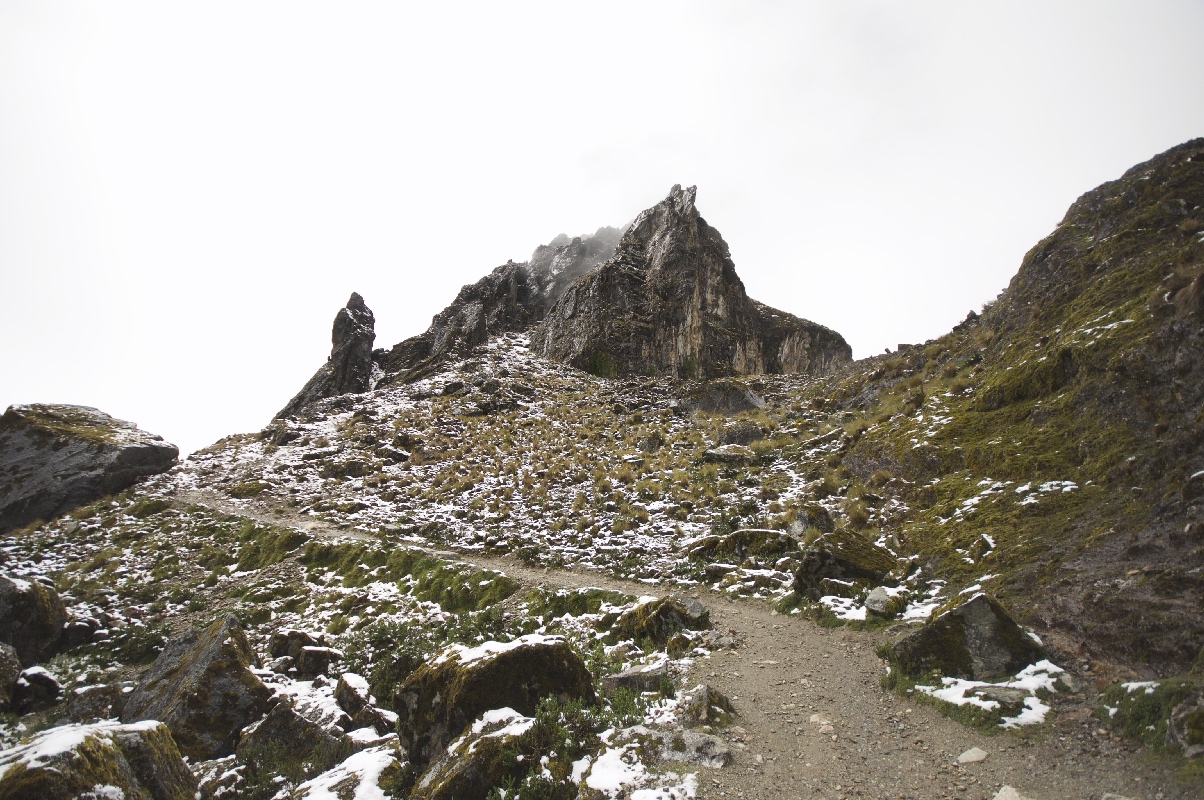
The valley itself is a huge swamp whipped by the animal hooves. A big dirty swamp impossible to pass. The direction should be worked out in the moment of walking, we often did hooks or got back. For a long time you are balancing on small “islands” of more or less dry stones and grass, you jump, you get wet, you get dirty. Imagine what would happen to a city lawn or a park if during a downpour a horse polo game starts.
The trail like this goes to Collipapampa: mud, mashes, water, stones and herds of horses and mules.
We decided to have a “daystay”, had a snack, prepared the freeze-dried soup. Relaxed on the sun and finally went to Collipapampa. There we planned to camp and rest before tomorrow’s trip towards Machu Picchu.
There are lot of campsites and even lodges on the way to Collipapampa (almost every 2 kilometers), so we had different options of the accommodation. We wanted to stay at the Wayramachai, but it’s not recommended to go down 1700 meters of altitude at once. So despite of being really cozy, new and its perfect location in a very beautiful place we still continued our trip.
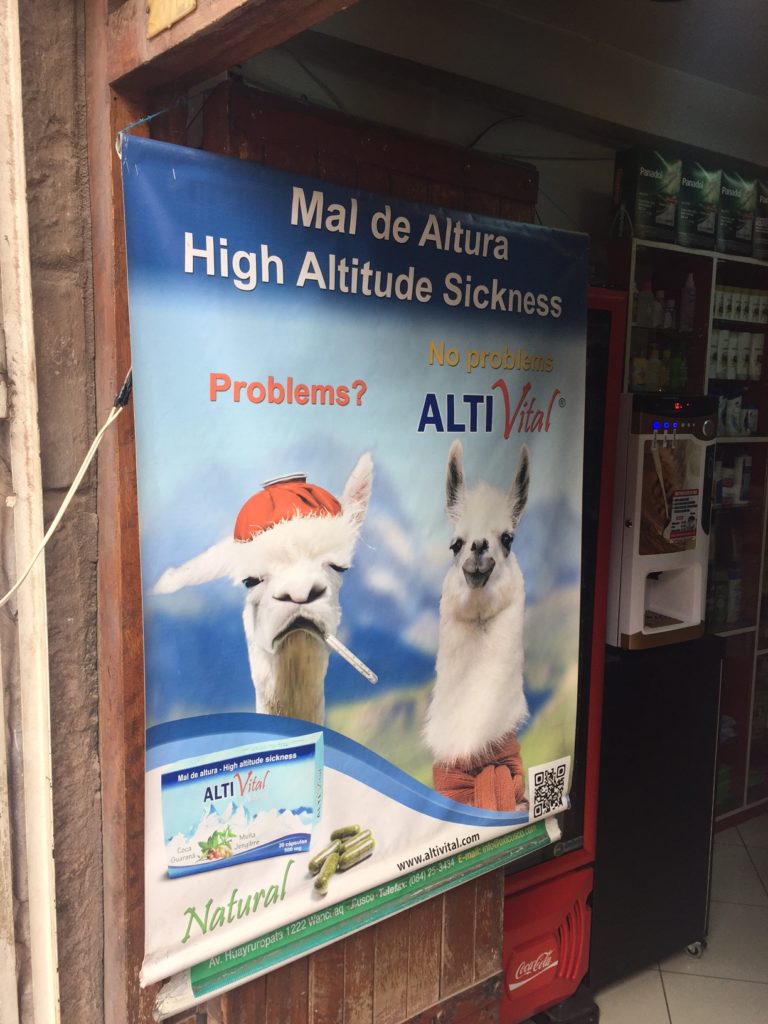
Great views are here. If we can call this road, made by mudflows, a part of Salkantai track, then these few kilometers to Collipapampa were the most beautiful part of our trek.
The whole route goes above the gorge. Below the river rumbles, and it is so far away that it is impossible to see it, and only by loud bass one can guess that there is a powerful river. The real jungle is around. The rain has just finished and unknown plants and flowers shine in the sun with small droplets of water. Small funny hummingbirds accompany us, flying from flower to flower, eating pollen. The smells here are totally impressive! Tropical fruits, vanilla, mint, meadow flowers. The smells are especially strong after the rain. All this harmony is here on the backdrop of giant inaccessible rocks stretching like a long green wall and forming the river bed. Trees and plants cover the rocks so tightly that it looks like the carpet. The thin but powerful streams of the waterfalls fall down somewhere above my head.
From the very top of the rocks the choppy water is crashing against the trees, throwing the water drops all around. Add to this the fog over the top of the rocks that hides their true size and get an absolutely magical world, the beauty of which can be easily the scenery for “Jurassic Park” or “Avatar” movies.
Another 12 kilometers are left behind. The village of Chaullay is next to Collipapampa. We stayed in an expensive hotel – Salcantay lodge. 60 soles per room with holes in the walls with a diameter of a finger. I was thinking was it a part of design or people just do not know how to use a carpenter’s tools? Cold, humid, but we have real beds, 2 alpaca skins, hot showers on the first floor and delicious food.
20 km per day + pass 4629 m. = Tracking was successful!
We have already reached the goal …
We got up with roosters. Alex criticized me for this phrase saying that the readers will not understand, as all the cocks are different. So I specify – we got up at 6 am. We had a wonderful breakfast, then organized the backpacks and started walking. Only 2 days separated us from Machu Picchu. It is almost 50 km distance, and a small pass of 3000 meters.
The village of Chaulay, where we spent this night, has a good location close to the road that leads directly to the Ccapan Nac camping site where the path towards the famous Hydroelectric and Machu Picchu starts.
Having decided that the road is meant to drive a car and not to walk, we found a local taxi driver who after some bargaining agreed to our price estimation and drove us for just 40 soles. By the way, I must admit that this road “between the precipice and rocks” can be called a road by stretching a point. Unsurfaced road, landslides, flood flows of the mountain rivers and waterfalls. We had to overpass lots of obstacles on the way. When we have almost arrived to the village of Playa, we saw a terrible picture. A powerful landslide washed away the bridge and part of the road. And it happened just an hour ago. It’s good that the road was bad and we drove slowly.
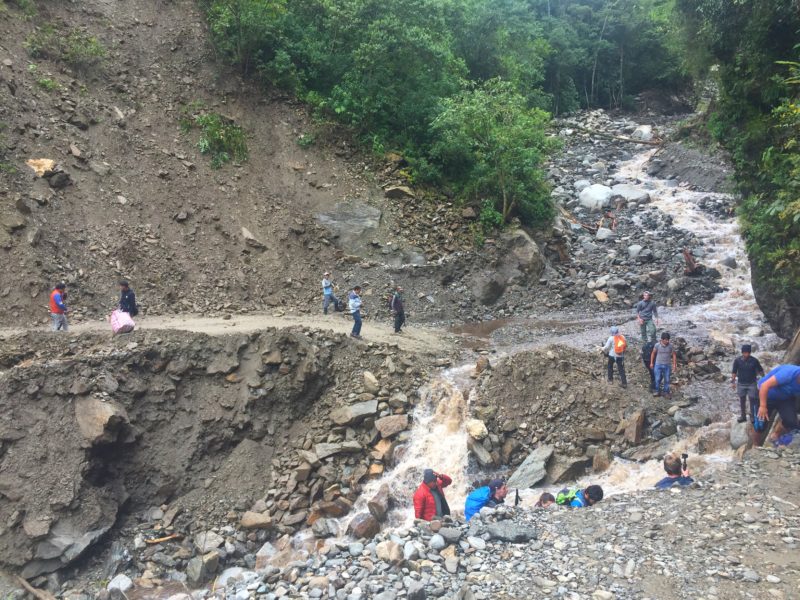
Workers were already working with an awful hole. Drivers were helping passengers to get to the other side. There were lots of passengers who were stuck. This route is popular, many people want to reach Machu Picchu without using the touristic train. After 3 kilometers, we found the sign “Camping Ccapan Nac”. The beginning of the trail was a bit difficult, very steep ascent by the stone steps, but we coped with it!

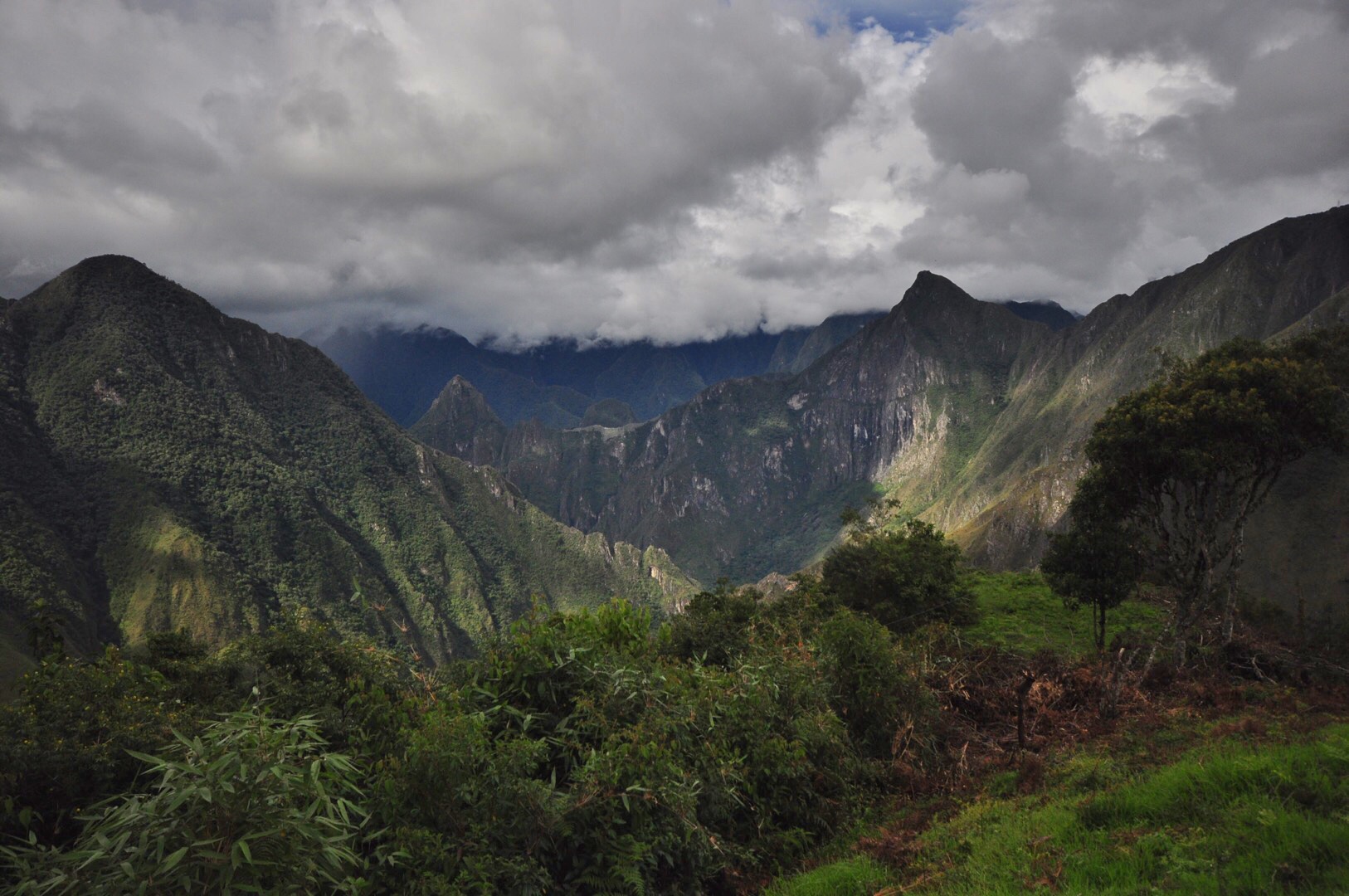
The path was interesting, and what is most important – beautiful. In hiking routes the world around you is very important and, of course, the weather. If the sun shines, and you are surrounded by the real jungle, then walking such a trail is a pleasure. It was hot, even stuffy. The trail was ascending slowly. We had to ascent to 700 meters, and then to have a slightly smaller descent. The total distance to Hydroelectric was 12 km. The route was beautiful. The path was convenient! Perfect, relaxed ascent. We could see the coffee plantations stretched around, groves of limes and oranges (could not resist to have some for the lunch), beds with courgettes and bushes of wild strawberries were on our way.
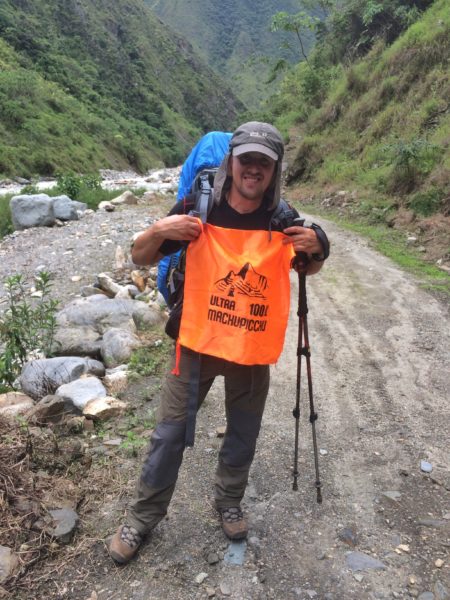
Gathering the berries while walking we moved along the green tunnel of the jungle with rare people, passing by lodges and camping grounds. When we passed a third part of the way, we found ourselves on the observation deck from where the views were so exciting that we decided to make a small stop. We drank freshly squeezed orange juice, offered for a small fee by local children, who seems not to feel shame to reduce the yield of local orange plantations.

We have made several stops on the way. Some of them are extremely memorable. At an altitude of 3000 meters, almost at the top of the Llactapata pass we found a strange structure made of stone dating back to Inca times. The lawn was full of sun light. The grass turned into a soft straw carpet. It smelled straw and summer. Wonderful place. We have arranged a halt, and someone even had time to work.
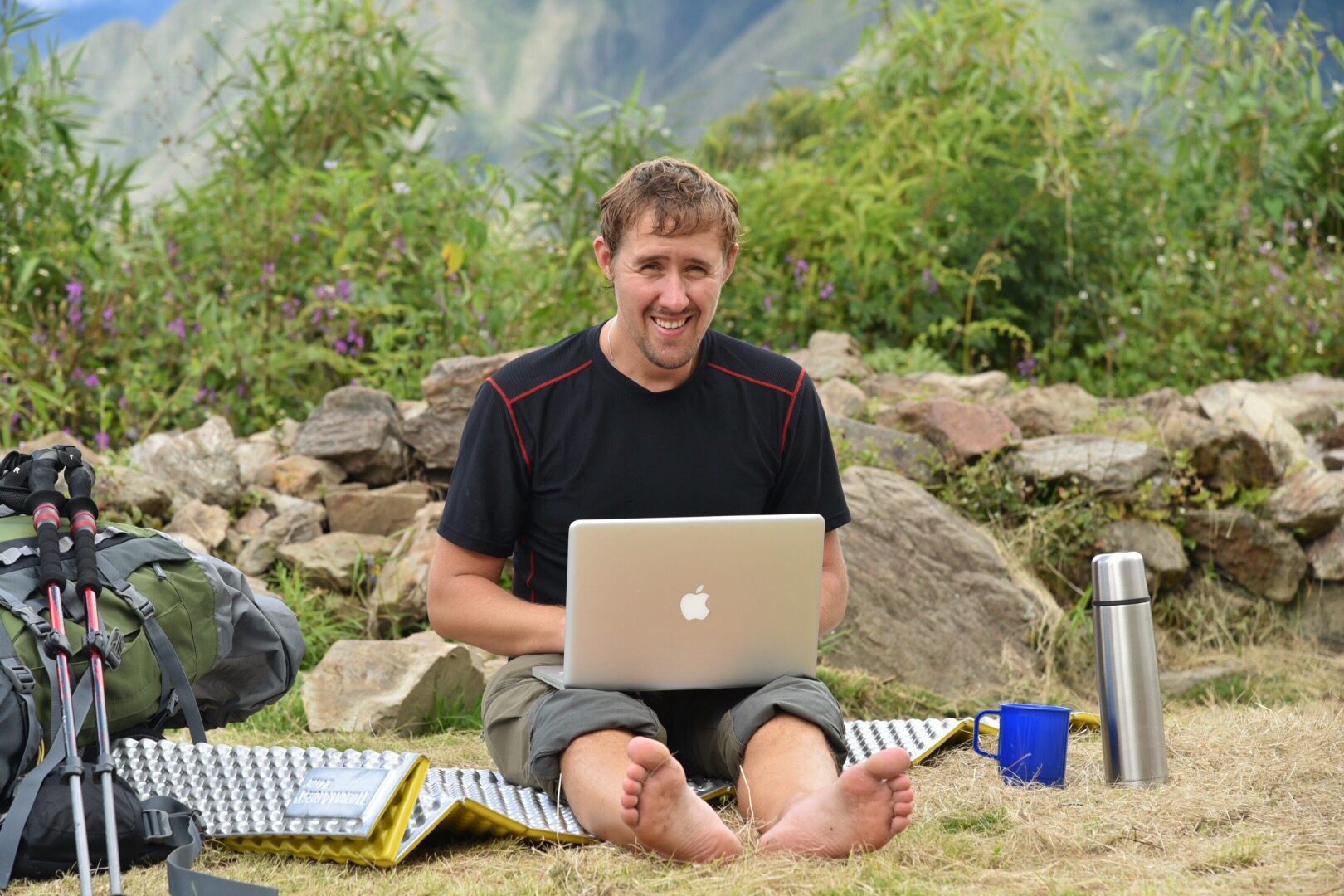
The descent to the Ahovamba River was an endless mess of clay, rocks and tree roots. Slippery. Very slippery. Our speed was too slow now. From the constant stress, the arms began to get tired, but the sticks saved us in this dirty swamp.
Everything changed during the ascent. Tropical forests, fruit trees. Butterflies are all around. Some brave insects even sat down on our bright backpacks, believing it to be a flower and traveled with us for a while. What flavors were here! They were just resonating with our steps. You seem to swim in a flow of smells, changing the rainforest for the flower meadows. The rain drizzles slightly every 20-30 minutes. But it is not noticeable at all and does not interfere with this idyllic atmosphere. Rain just gives more shine to plants and flowers and cools our hot heads. The temperature is about 25 degrees in the sun.
Keeping in mind the promise to swim in the river, and in order to help the rain to cool our fire we arranged another halt on the bank of a mountain river. The water was scorchingly good. We swam with pleasure and were almost tempted to stay there and spend the night, but nevertheless we continued our trip, although it was getting dark quickly and it was already a time to take care of the overnight stay.
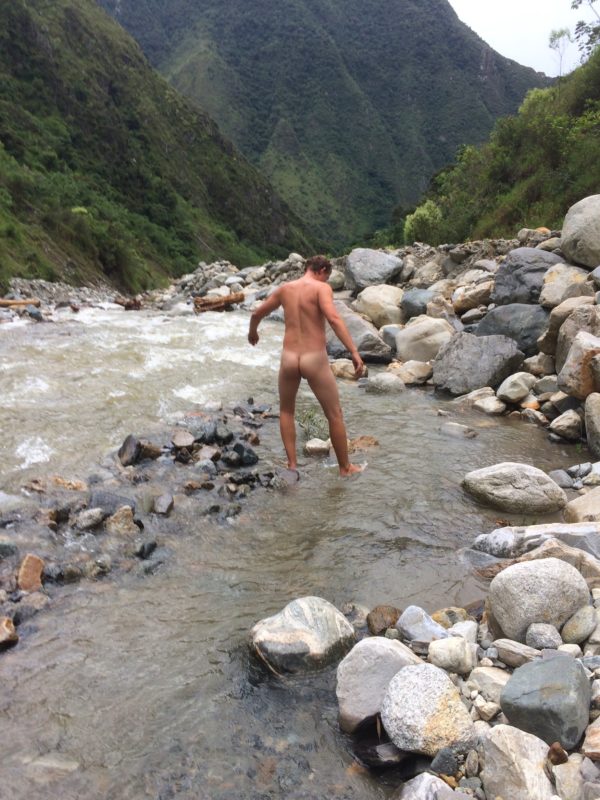
Under the heavy rain we reached the railway station Hydroelectric. The chief of the station suggested to move several rows of chairs together to give space for our tent. “Only 10 soles, amigos,” said the fat man with moustache in the uniform. The idea of meeting trains with tourists at the station looking out of the tent window pleased us, but we said a polite NO. The floor was made of concrete, and the nights were cold.
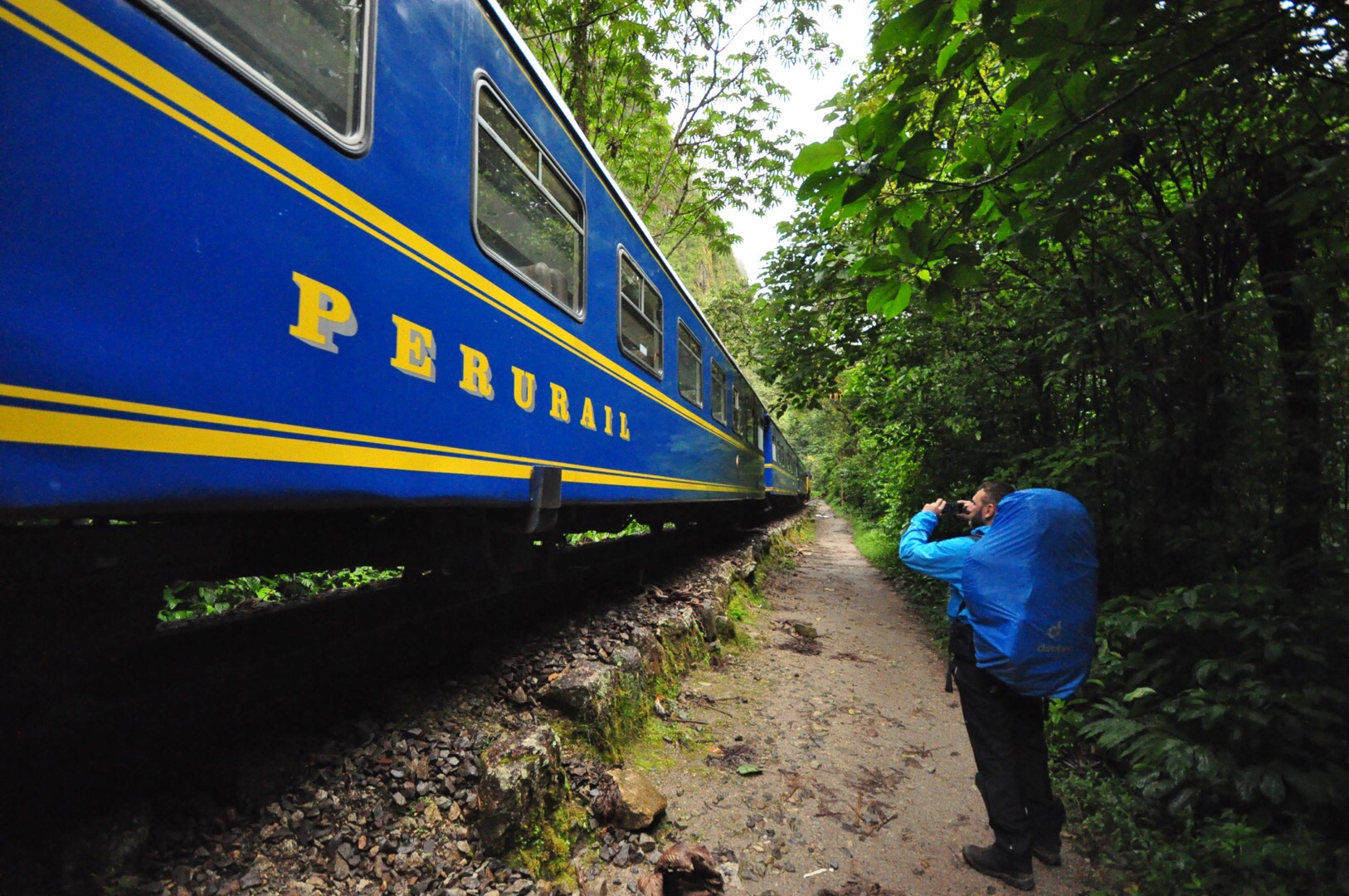
The rumors about two brave travelers who were looking for accommodation spread around the station. The owners of local restaurants came with the invitations. There are few customers in the restaurants, so the tables can be moved and you would have a place along with dinner and breakfast. How many nights are you going to stay here? We were also offered some other great ideas of where to pitch a tent: the guard booth of the pointsman and the porch of the local church. Everywhere the price did not exceed 10 soles.
Having hardly escaped from the proposals to spend the night, we took the risk to reach the campsite, which was located in 2 km from the station and was called Cabana de Gabriel.
The trail goes along the railway. Not just a trail, but a beautiful concreted path. We accelerated the speed as in 30 minutes it was going to be completely dark. “We will reach that place in 20 minutes,” Alexei said, moving fast his tracking sticks and increasing the speed. We were quite surprised when the path ended in front of a mountain. The ascent was steep, around 35 degrees. The altitude was around 50 meters. It was almost dark, we turned on the flashlights and climbed up. Then again the railway and again we try to speed up. We crossed a beautiful railway bridge across the river in a complete darkness. After 300 meters we finally saw the place of our supposed overnight stay.
Hooray! We made it. We were accommodated in the patio of the campsite.
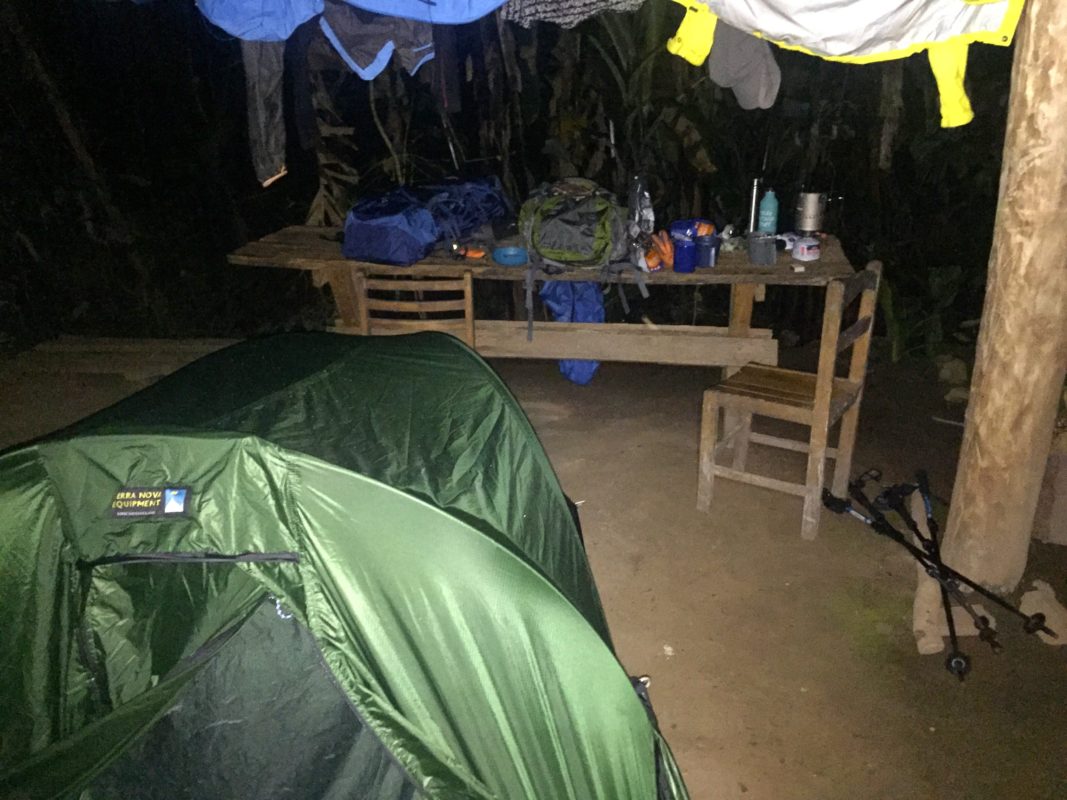
22 kilometers per day were noticeable now. We cooked our delicious freeze-dried foods, drank tea, talked about today’s adventures and finally went to bed.
We slept like dogs. Nothing neither scared us nor annoyed. Neither the heavy rain, nor the constant rock falls, nor the rumble of the mountain river damping the sound of the rain and smashing the fallen stones in the whirlpools of the whitewater. The tent was warm and dry inside. Still it is more convenient to sleep at 2000 meters than at 4200.
Pueblo de Machu Picchu
Cabana de Gabriel was even more beautiful in the morning than in the night. The owner did not charge us for “parking” the tent so we had good impressions of the place and can recommend this place for overnight stay.
The morning was rainy. We waited for one hour, but the rain did not stop. We put on the raincoats and went to conquer the last frontier: 9 km to the town of Aguas Calientes, from where the road to the entrance to the archaeological museum of Machu Picchu starts.
It is possible to get there by train, as the stop of the Peru Rail train is just a few steps away from the place of our overnight stay. The stop of the San Miguel train. But we preferred to walk…
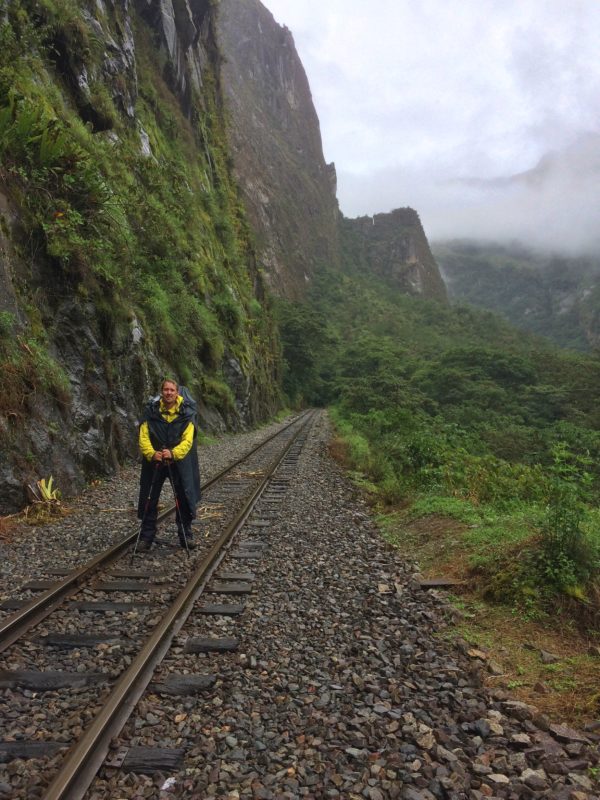
Honestly I would not recommend walking. There is nothing interesting in the railway tracks. For sure the views of the gorge, the mountain river with rifts are stunning. But the rifts are so steep that you understand why rafting is not the part of the tourist attractions in Aguas Calientes. The nature is very beautiful, magical, fabulous. But the same views can be seen right outside the city. Thus it is easier to get here by train. Still as an experiment, we walked this way by foot, showing a good result of an average speed of 5 km per hour.

Drowned like a rat we checked in the Macchupicchu Packer hotel and arranged siesta. Hotel is simple and cheap but clean, it has fast internet and hot water. Location is good. I can recommend it as a budget option for one or two days. You can even dry clothes in a separate room.
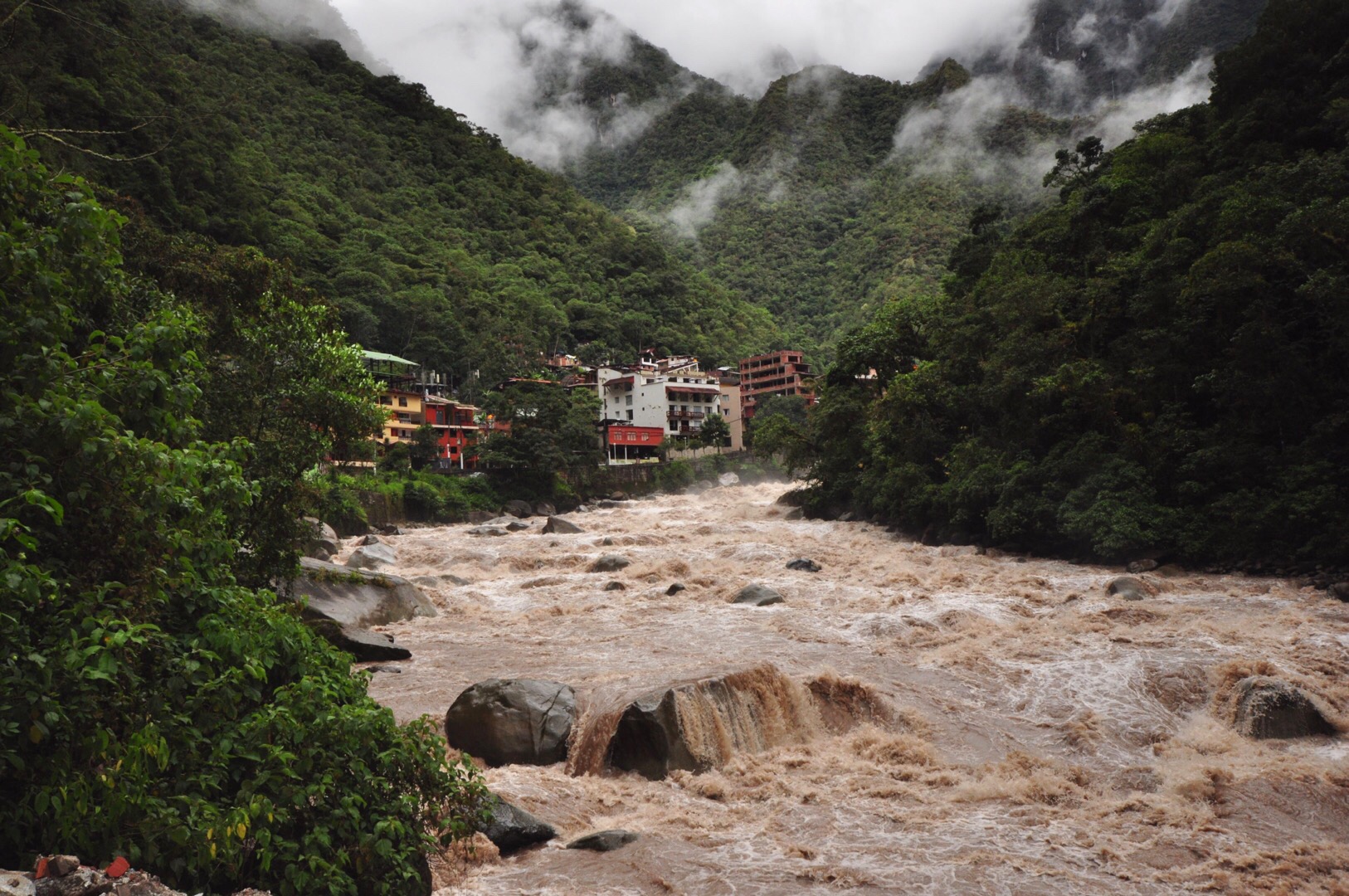
The town of Aguas Calientes is absolutely touristic. It is expensive and absurd. There is no special atmosphere or spirit. The idea is to sell Machu Picchu to tourists as expensive as possible. Would you like a bus to the entrance? No problem! 24 US dollars and you do not have to climb 3.5 km up the hill. Do you want a train ticket to Ollantaytambo? Pay $114 for a one way ticket and this is in the “low season” price. Just the entrance to Machu Picchu costs from $50, depending on what would you do (museum, climbing to the observation deck of the neighboring peak, etc.). What can we say about the prices in restaurants and the cost of living? Everything is several times more expensive than in Cusco.



I did not like the town. It does not have a charm that can be felt in small towns that protects the comfort and peace of their guests. Too noisy, too gray, too much disorder, very dirty. All the time I got the emerging associations with provincial “holes” of Southeast Asia. I did not feel here the spirit of Latin America. Not everything is so bad, of course. There are small streets, cozy alleys that turn into colorful magical places in the evening. There are many tourists here, they are offered delicious food and strong drinks. Walking couples everywhere, fun and love are in the air. It’s warm here and you smile to the town. Massage salons slightly offended my eyes. Still they are quite compatible with the needs of tourists in the “Latin Asia” town style. Moreover, how else one can sell sex services legally in the center of the city? Policemen are everywhere: always ready to help, to suggest, even in English.
We tried kebab made of alpaca and pizza. Everything is great here with meat as in Cusco, but the Italian trail, apparently, was lost somewhere at the border leaving Naples. Lunch for two cost us 200 soles. We have never paid so much for the food during our trip to Peru. To talk about the alcohol in bill… 18 soles only. There are lots of restaurants here, not on every street corner, but whole streets are restaurants. All have the same menu, with rare exceptions and the prices are similar. Strange, but Mexican cuisine is extremely popular here. As well as the buffet. Tomorrow we will continue experiments with our wallet and stomach. But today I just want to stare at TV and rest.
In addition, we were totally eaten by midge. Every cell of the body was itching. We decided to get treated, mostly by taking alcohol inside. 😉
Machu Picchu
The body had its rest and asked for some mountain activity urgently. We walked through the tourist part of Machu Picchu, frankly speaking we were running through the tourist crowd between the ruins to find an isolated corner for quiet observation of this mysterious site. Finally we went to Inti Punku. Only 760 meters up to the hill, an easy climb, a total ascent of 150 meters.

It is difficult to imagine a better view, however, compared to Wayne it loses, as Machu Picchu is too far away. But the panoramic view is definitely stunning. In the early morning travelers begin their descent through the Inca Trail. They get to the viewpoint and say their first “wow!” after seeing the ancient city of the Incas in the lights of the morning sun. The sun always gives light to the city. There are lots of clouds around, it can rain, but the capital of the Inca state is always illuminated by the sun. City of the Sun, people of the Sun.
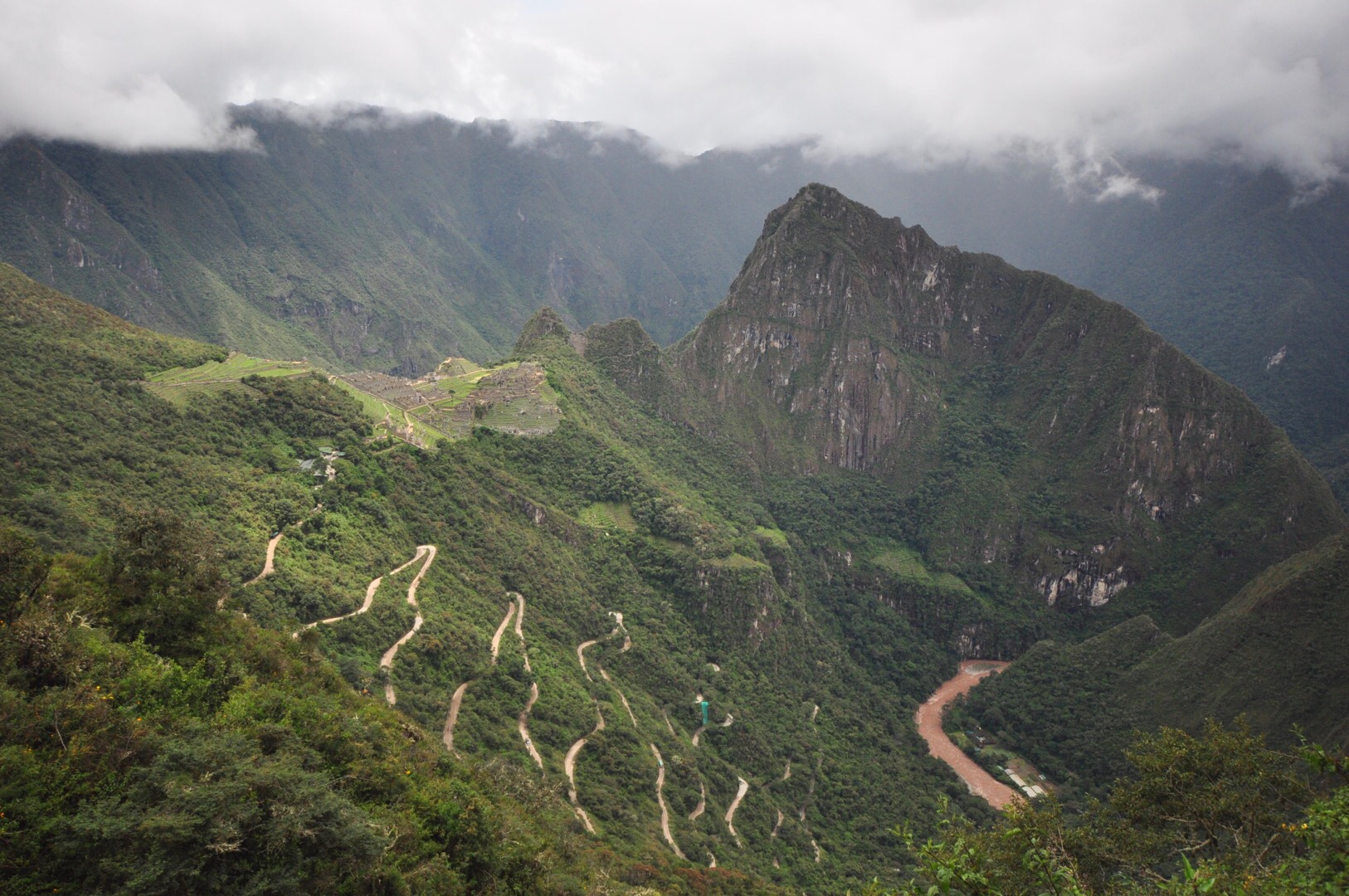
A place is truly magic. However questions still remained after the visit. We should admit the fact that these questions are still discussed by scientists and historians from all over the world. If you look at the stone masonry of Machu Picchu and compare it to the buildings of Pisaq you will see that they were built by completely different civilizations, although in some constructions the similarity is obvious. Let’s take Sacsayhuaman as an example. Stone blocks are organized in such a unique, phenomenal, fantastic “mosaic” that can be also found in Machu Picchu, but in the latter it is rather an exception that strikes the eye, and in Sacsayhuaman it is a general concept of a site. I agree with the version of Tour Heyerdahl about more powerful pre-Incas civilization.

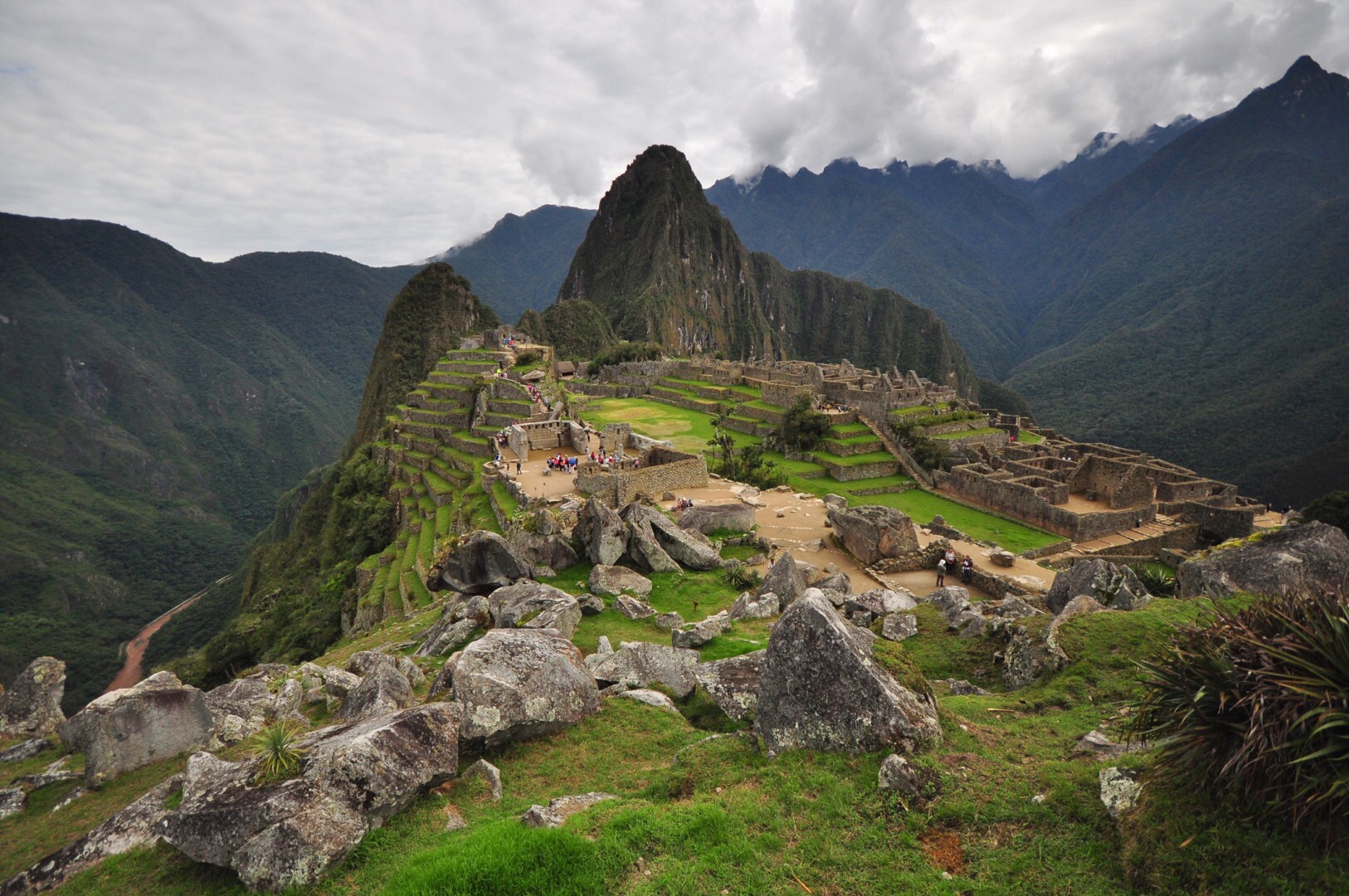

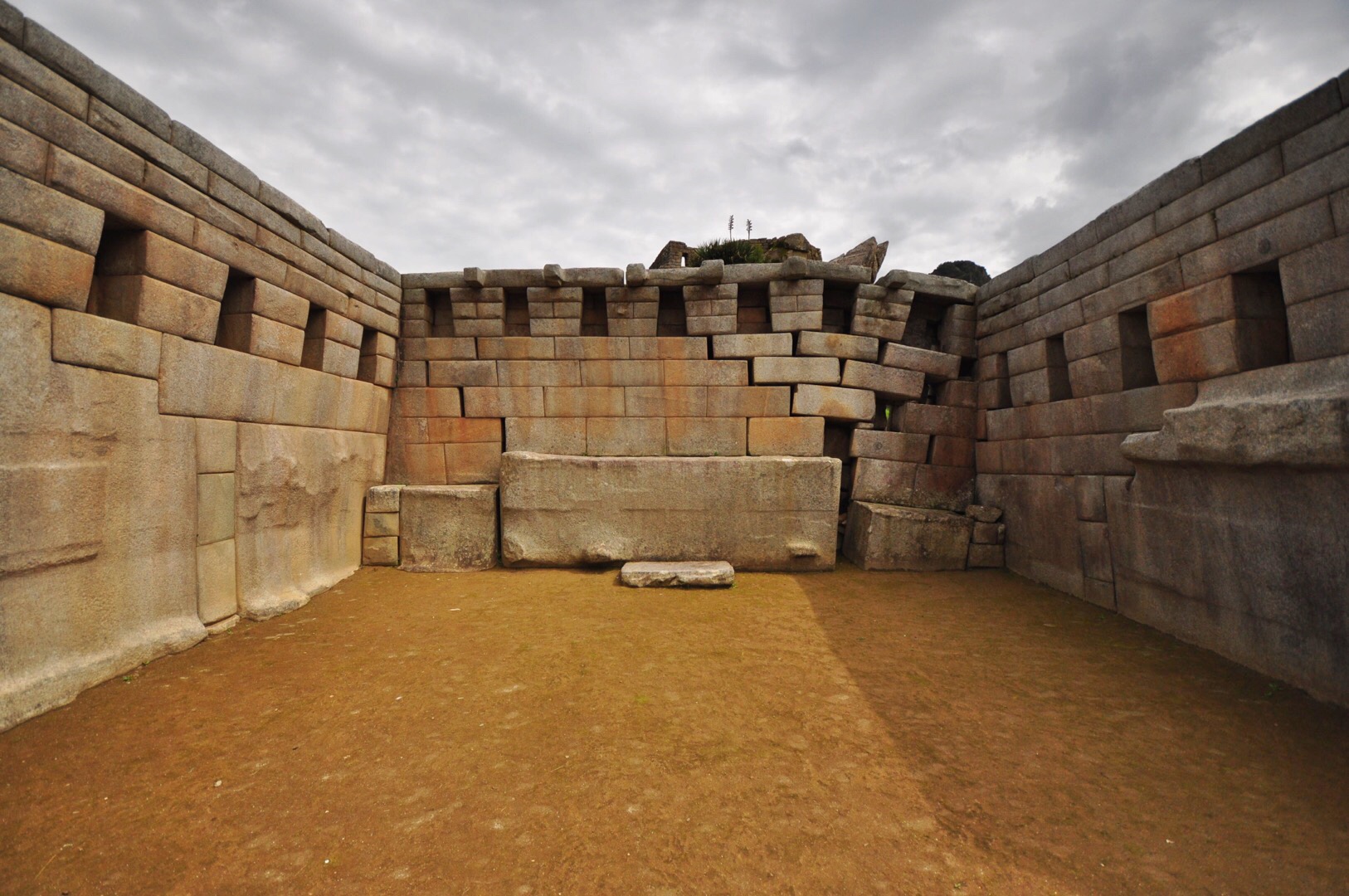
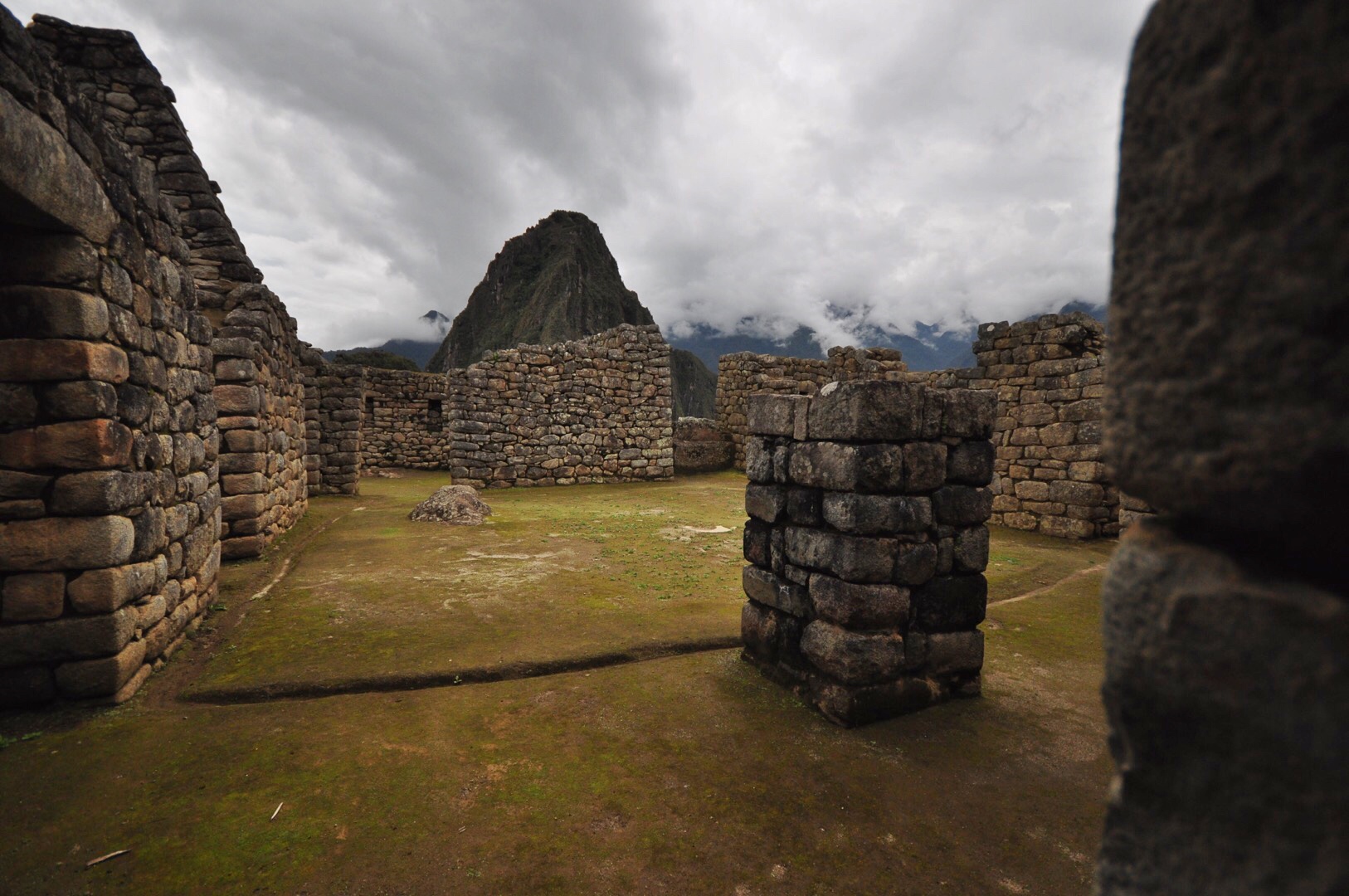
I noticed two weak points: lots of tourists and very expensive prices. However, one treats a large number of tourists even in the low season like something absolutely normal. We spent so much time in the mountains, and usually we did not meet anyone on the trail. So now, 10 people in front of us waiting for the bus looks like a lot. As for the price point, Peru is quite an expensive country in terms of the cost of the entrance tickets. Only the United States and Japan can be compared.
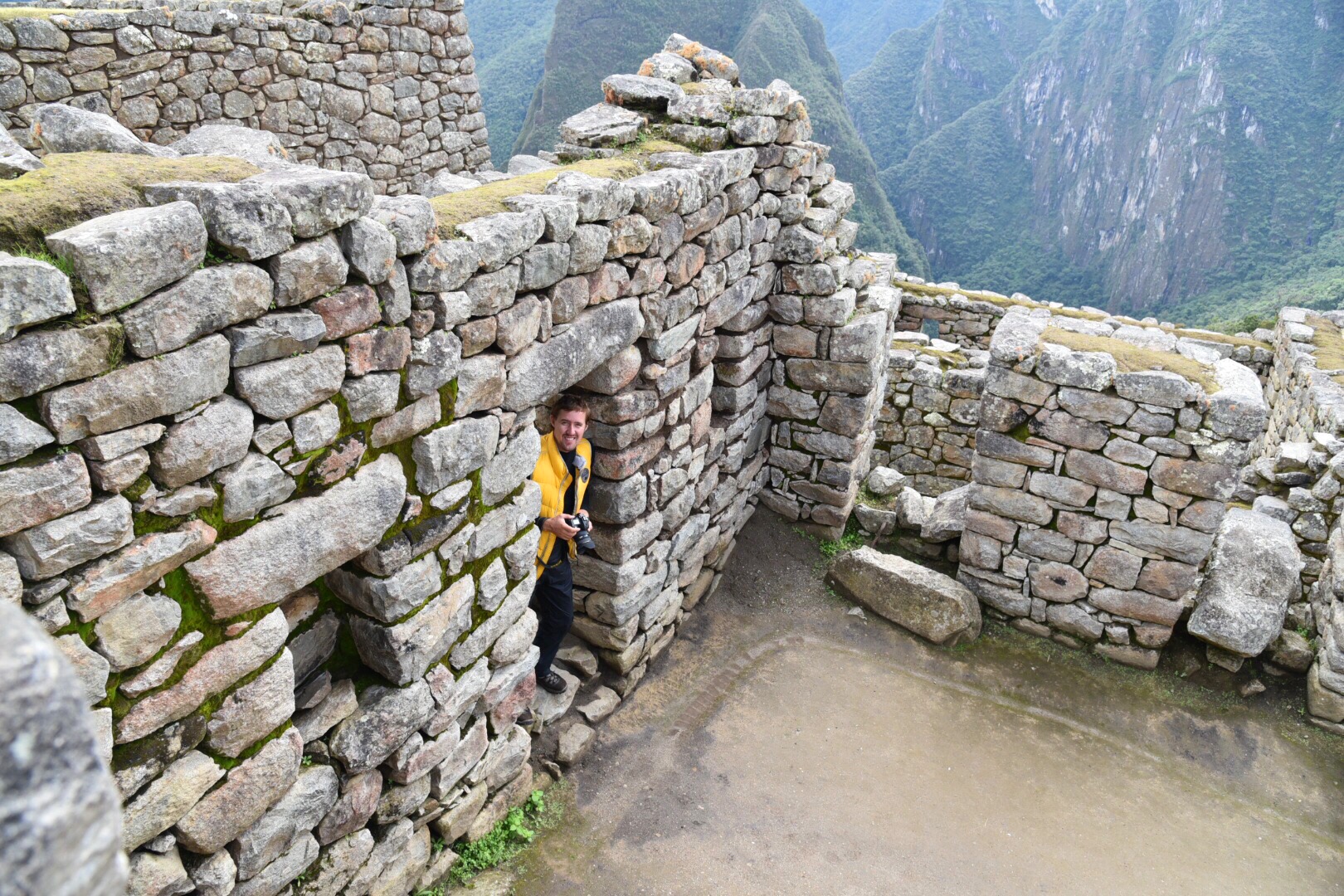
Everyone decides for himself. To pay or not to pay. To visit or to ignore. I can say that while planning the trip I had doubts until the last moment whether or not to visit Machu Picchu. I was even ready to ignore it, but Alex said: we walked for 3 days, we passed the snow, the mountains, the rain, we walked many kilometers, we can not surrender now. And we went …

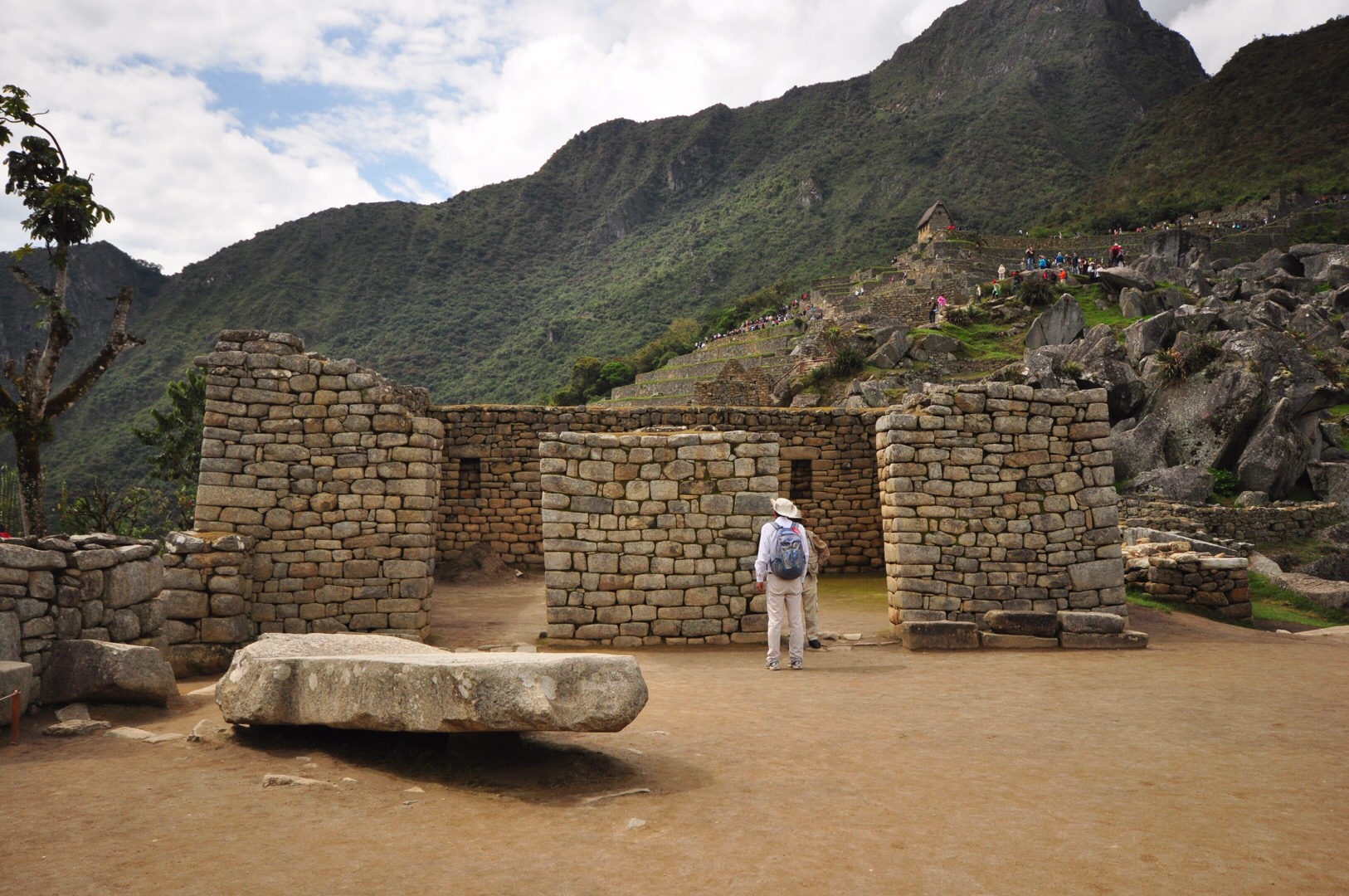
I almost forgot one tip. Be sure to take your passport or other identification document – it will be checked at the entrance to the Machu Picchu.
We spent evening in a wonderful restaurant Incontri on the square named after the famous Manca Ccapac. We drank 50 ml of local Coca Sour. Cheers for his health! Who knows where the souls of mysterious civilizations are. Let them be healthy in any case!
Ollantaytambo
The return journey to Cusco took longer than we expected. The trip to Ollantaytambo in train lasted for 2.5 hours. And it’s only 30 km from Aguas Calientes. The guards had always the same answer “We give a pass to the counter train”. The same answer during 2,5 hours.
Finally we arrived. it was already dark In Ollantaytambo, there were crowds of people at the station, infernal traffic jams made of cars, buses, tuk-tuks and there was a brave traffic trying to put traffic in some order somehow. Useless. The taxi said the trip to the hotel lasts about 1 hour! We better go by foot. It is only 1.5 km and we can see the town meanwhile.
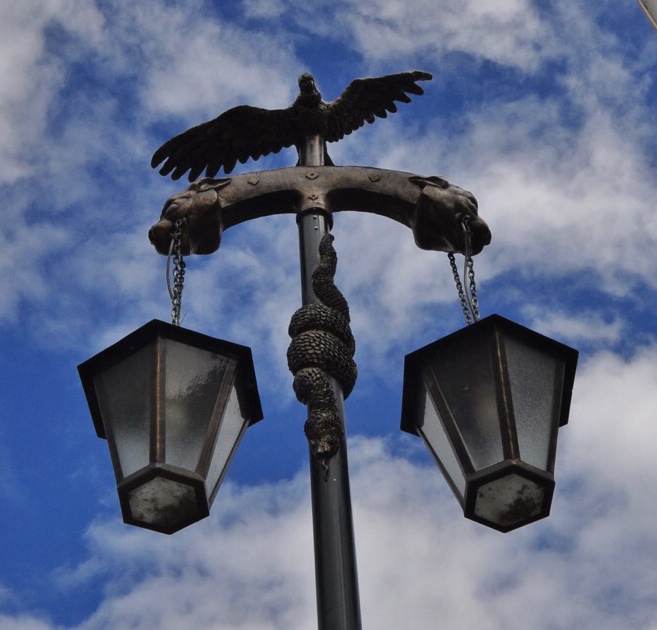
I immediately fall in love with Ollantaytambo. As soon as the train doors were opened and I jumped to the platform I felt the right atmosphere and positive vibrations.
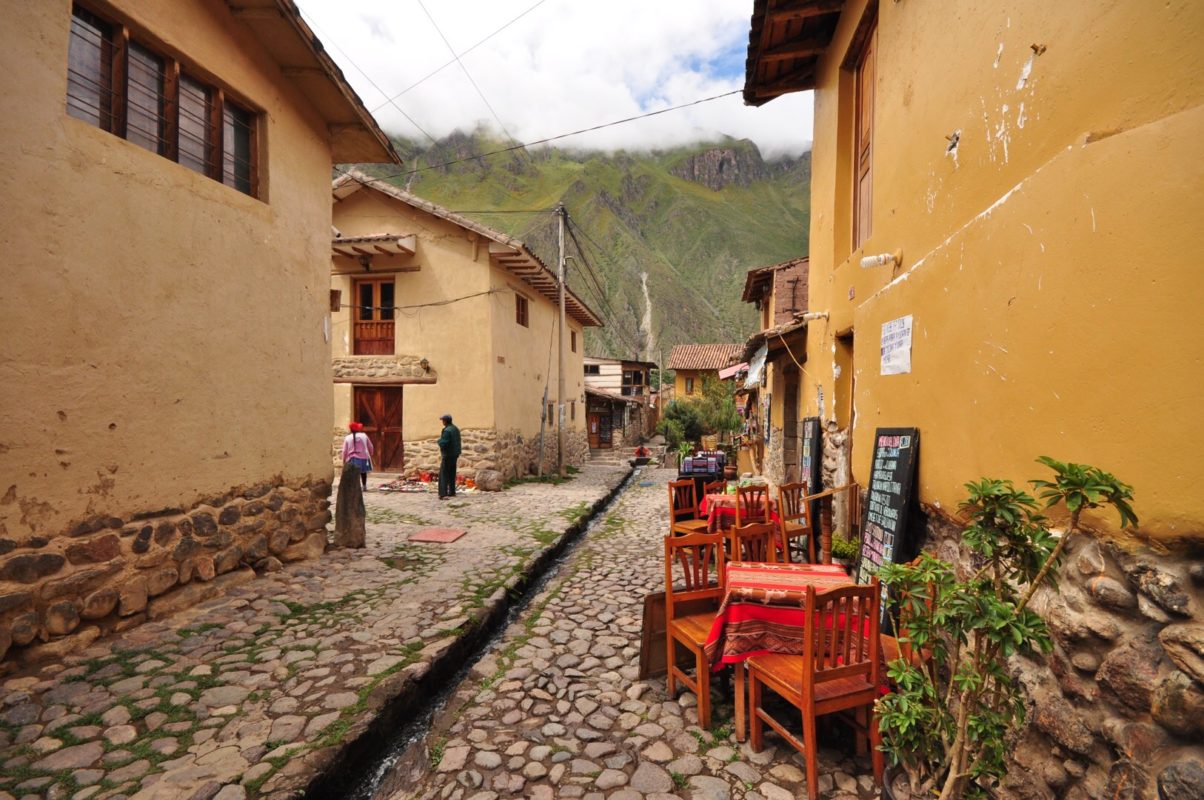
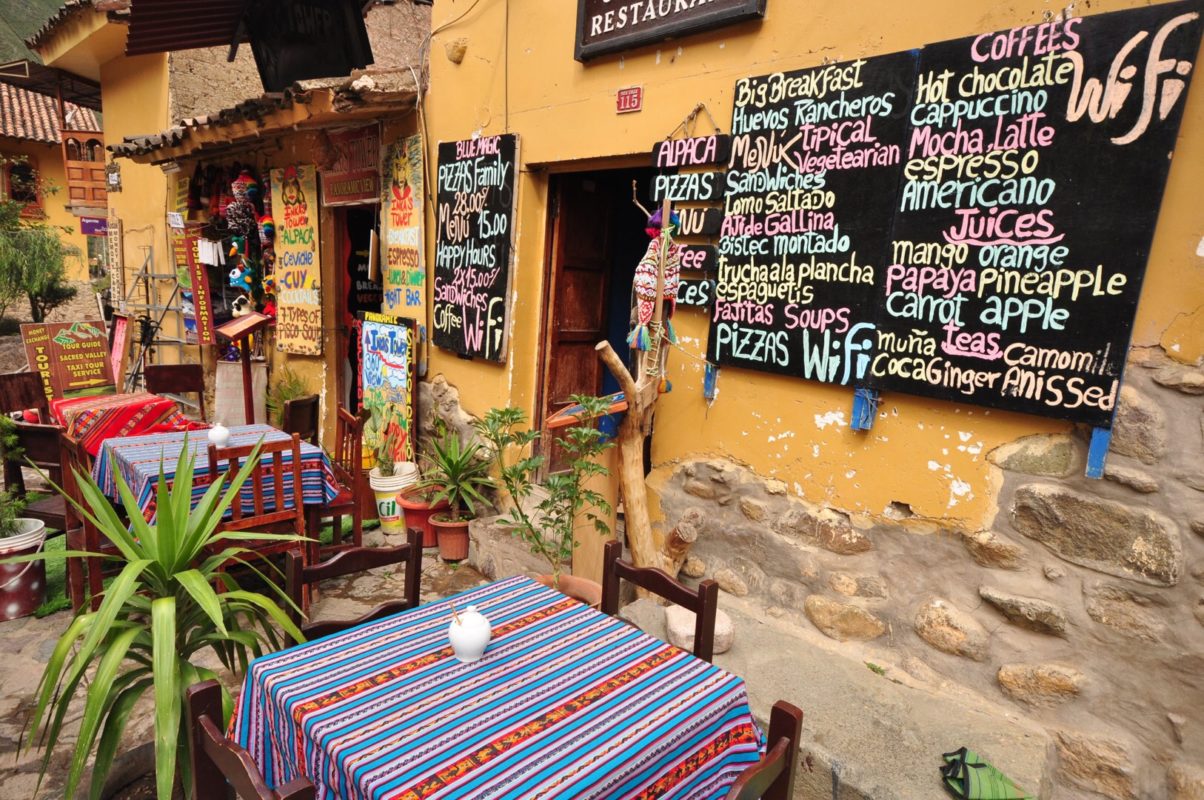
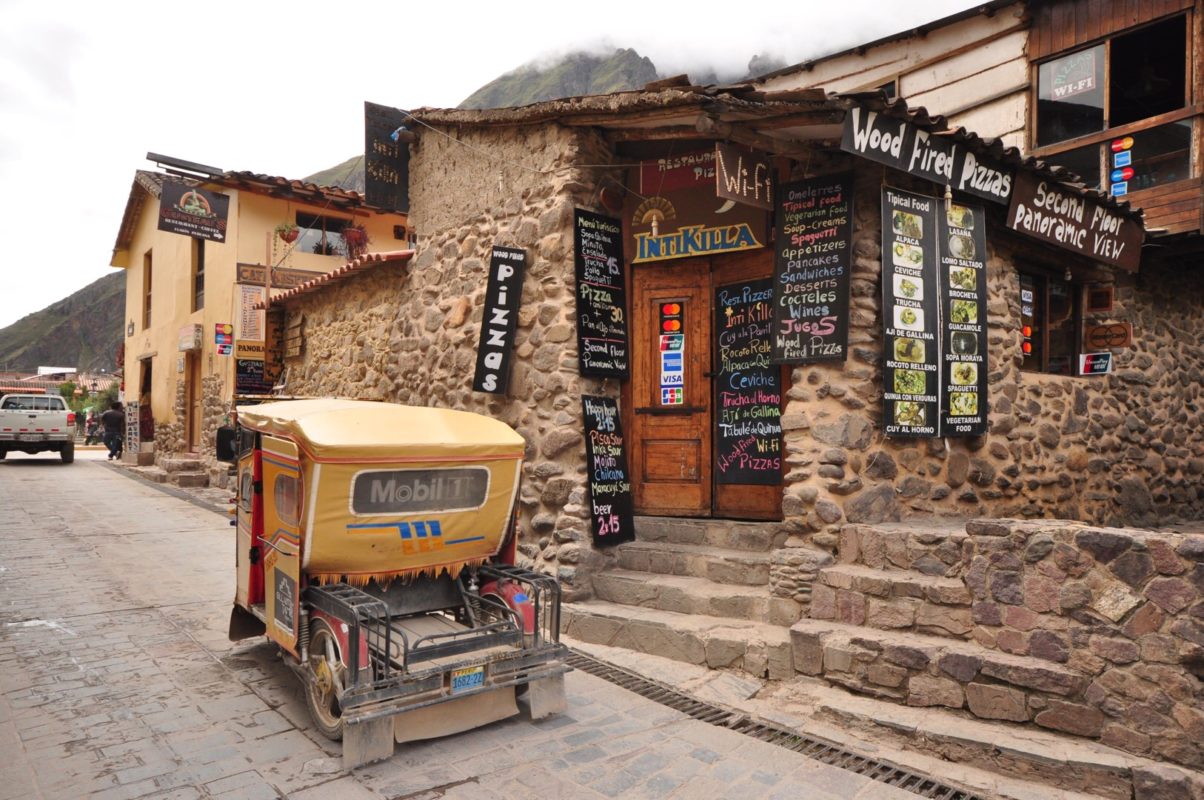
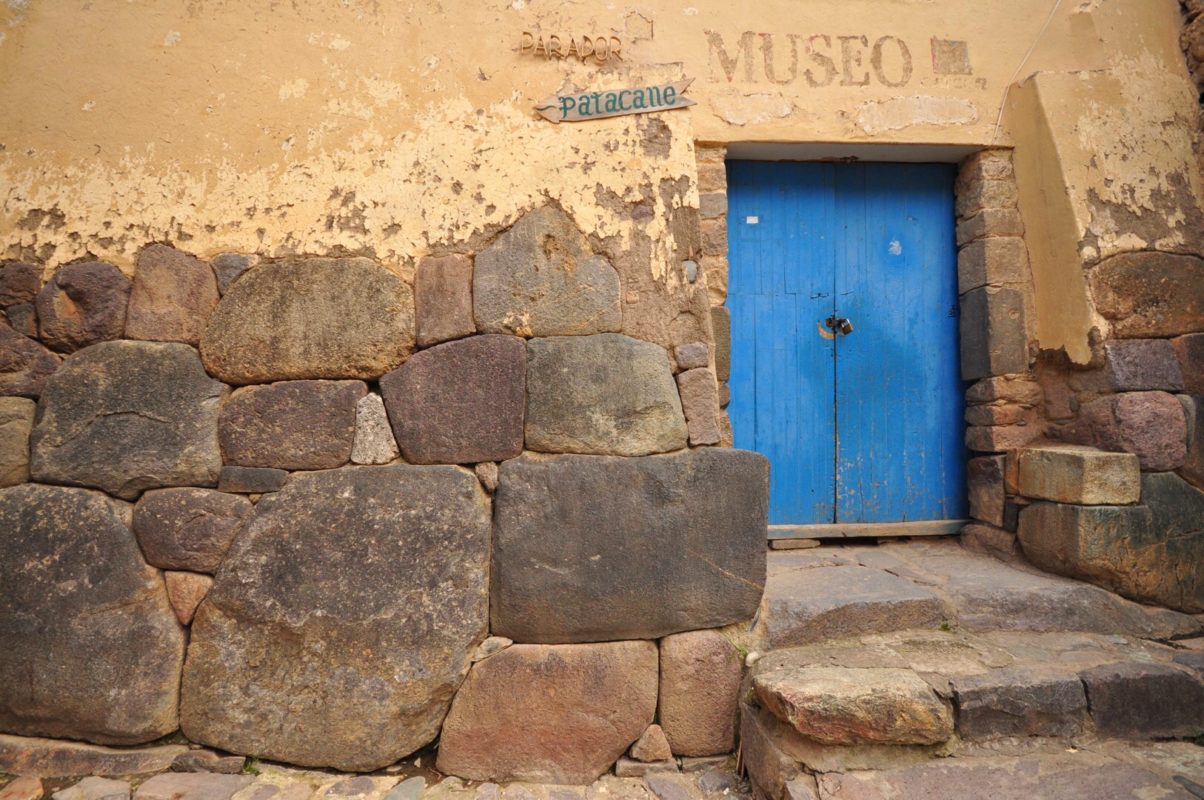
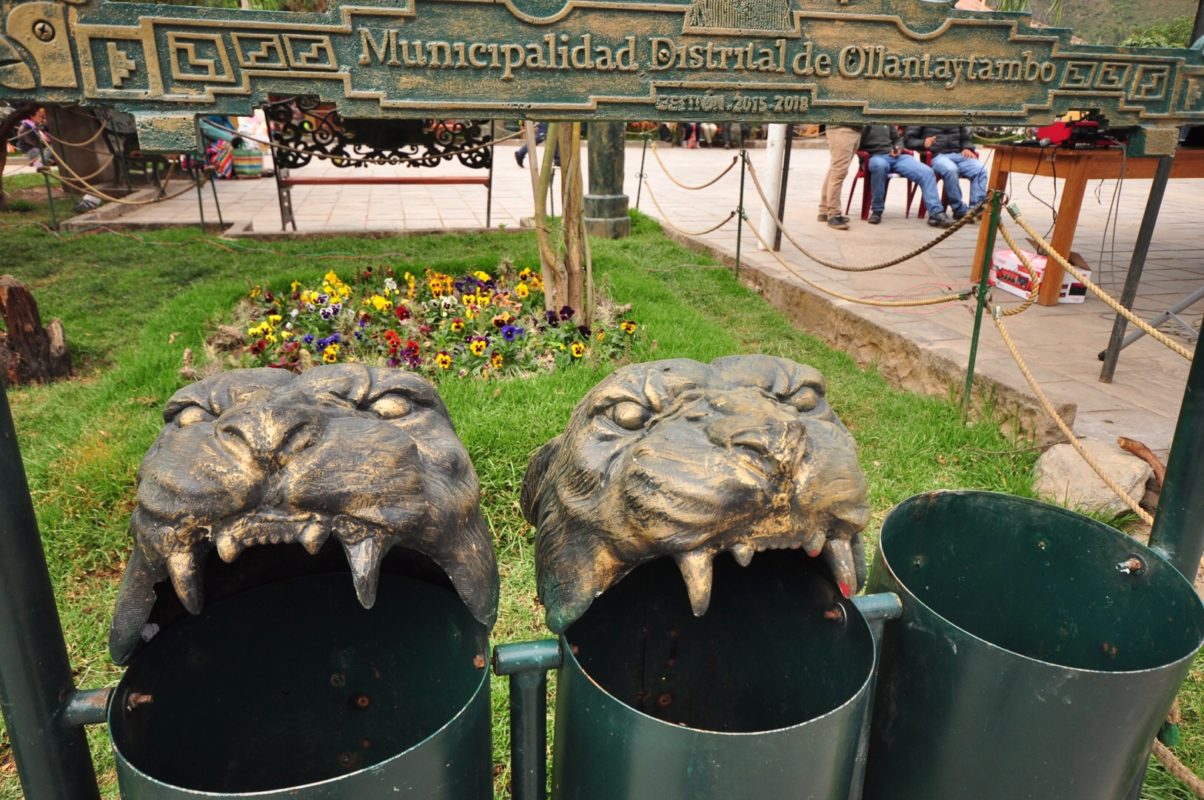
It’s even good that we arrived in the evening. In the light of the yellow lanterns, narrow cobblestone streets of the old city, closed from stranger’s eyes by the high stone fences looked like labyrinths of an ancient fortress or like eastern Medina – mysterious and authentic.
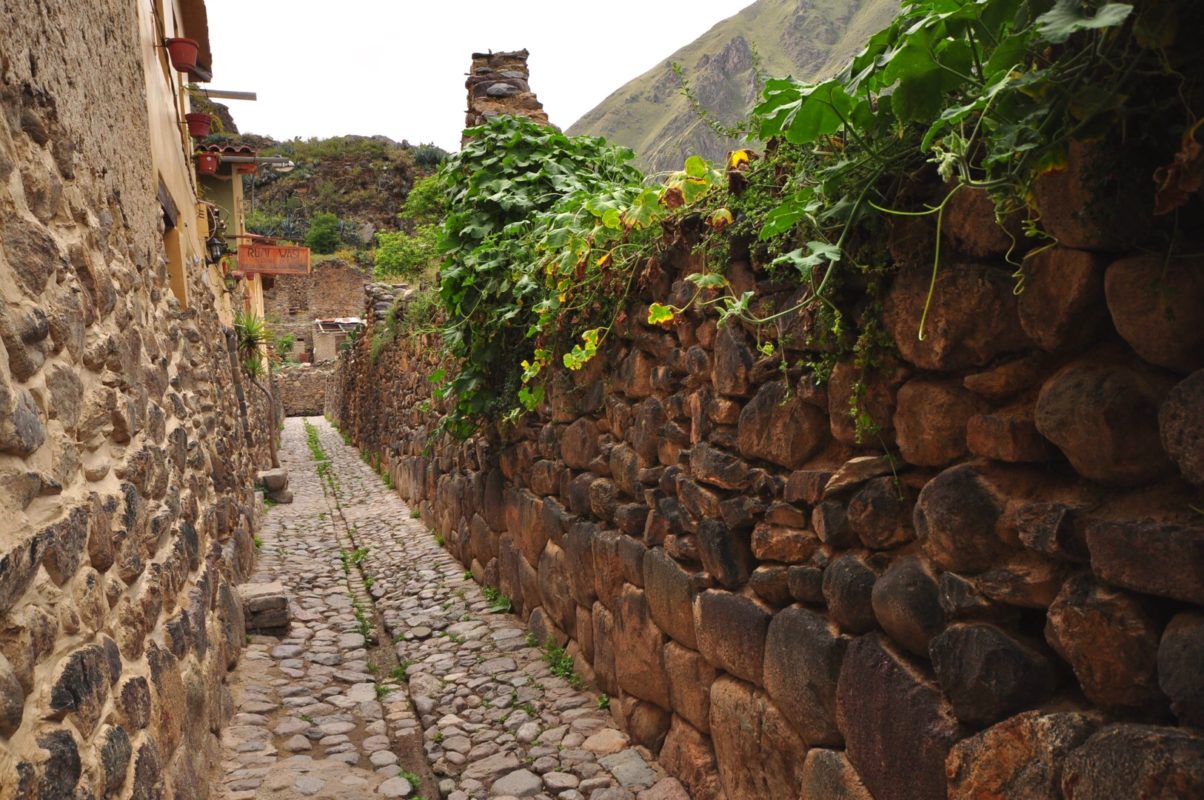
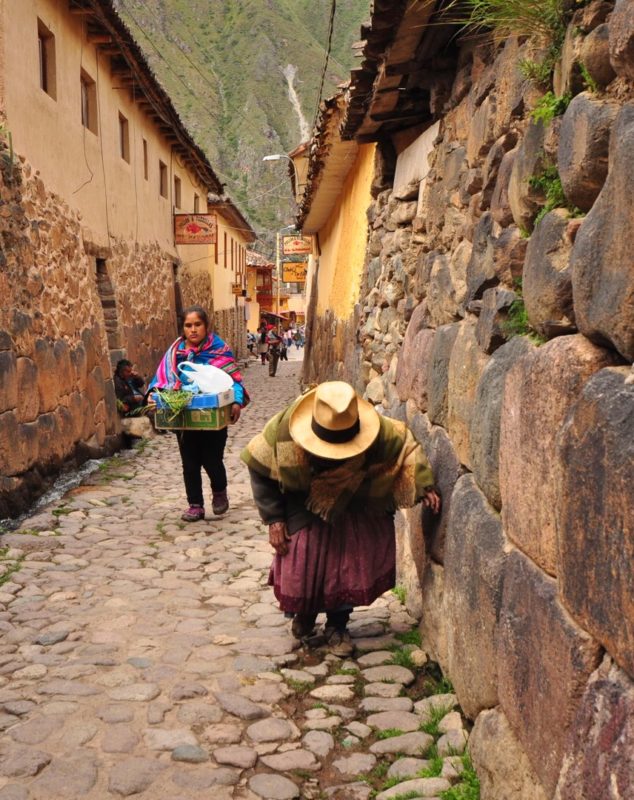
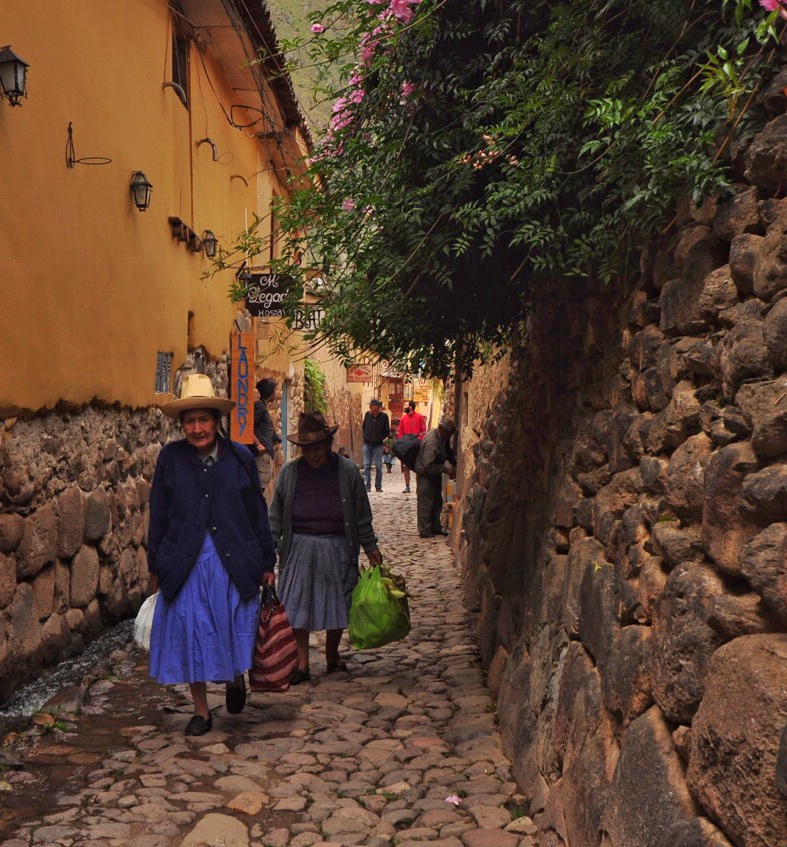
The stone corridors, strictly divided into the stone intersections, went away into the darkness of the night with every echo of my steps. A narrow irrigation ditch with a strong waterflow sloping over created such a noise in these streets that we had to scream to hear each other.
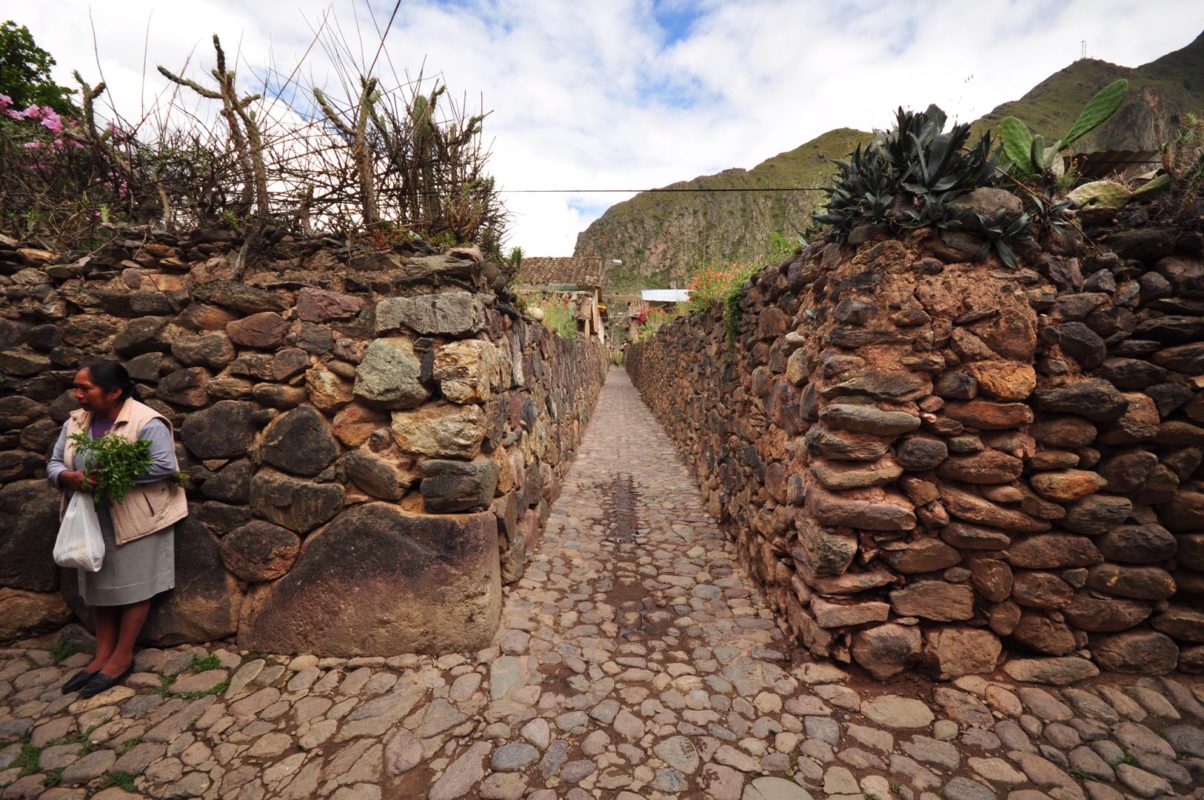
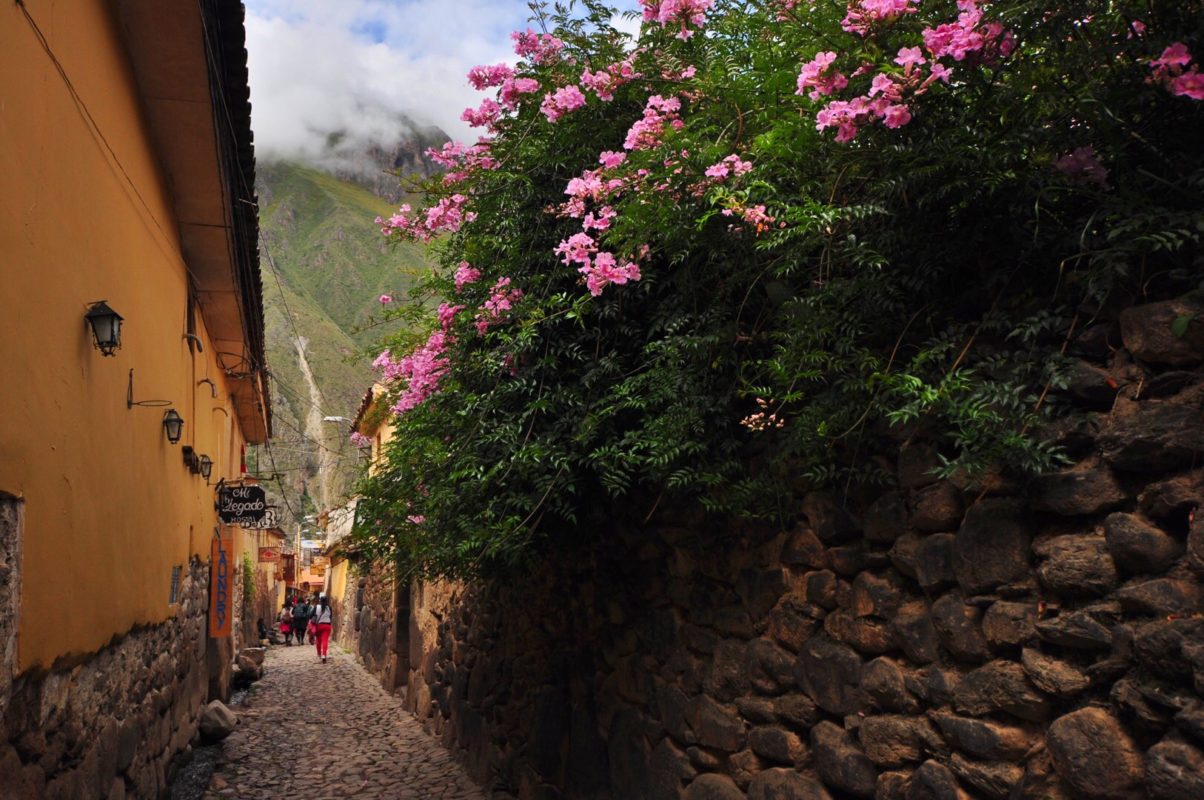
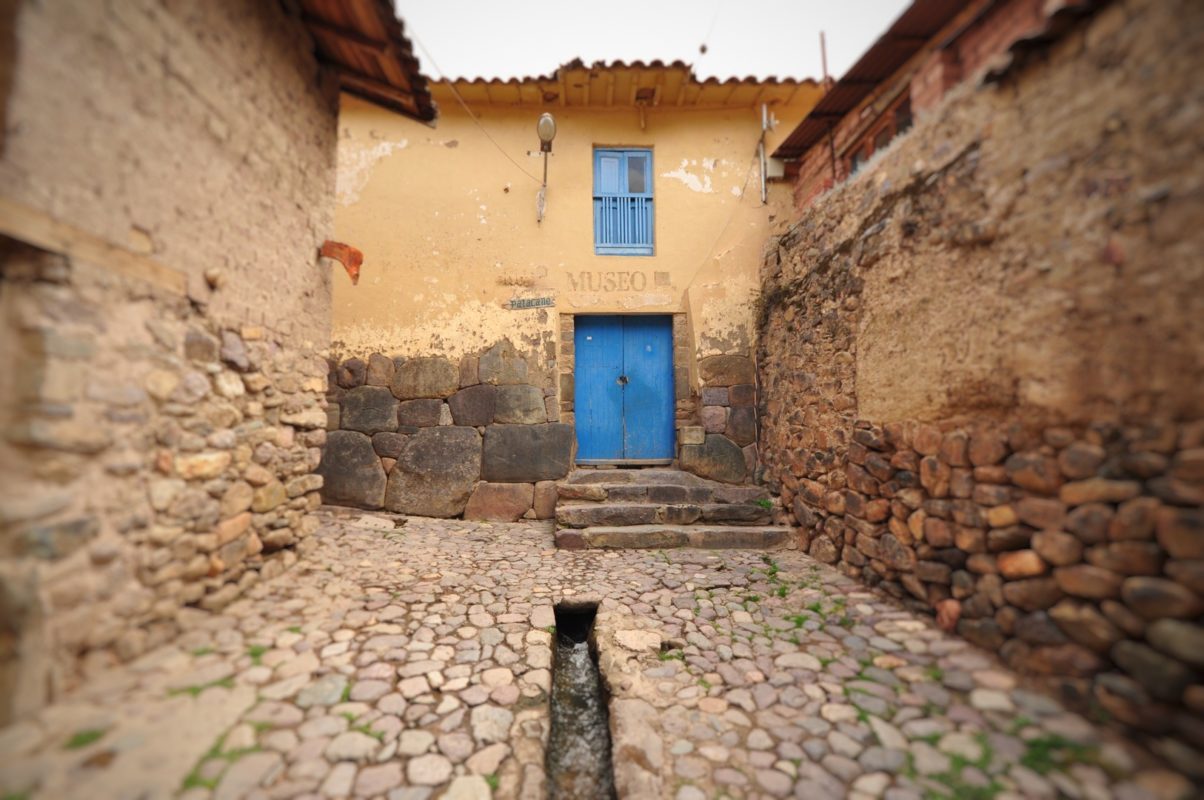
In the morning, after visiting the fortress and the temple of Ollantaytambo that by the way finally convinced me that the Incas were not the first civilization in this area and for sure Quechua Indians were not the ones who built all these grandiose structures … so, after visiting the half-destroyed archeological site of Ollantaytambo, I realized that most of the houses, walls and other buildings of the town were made of the same stones. So the site itself looks quite miserable. But the city is filled with atmosphere and ancient spirit.
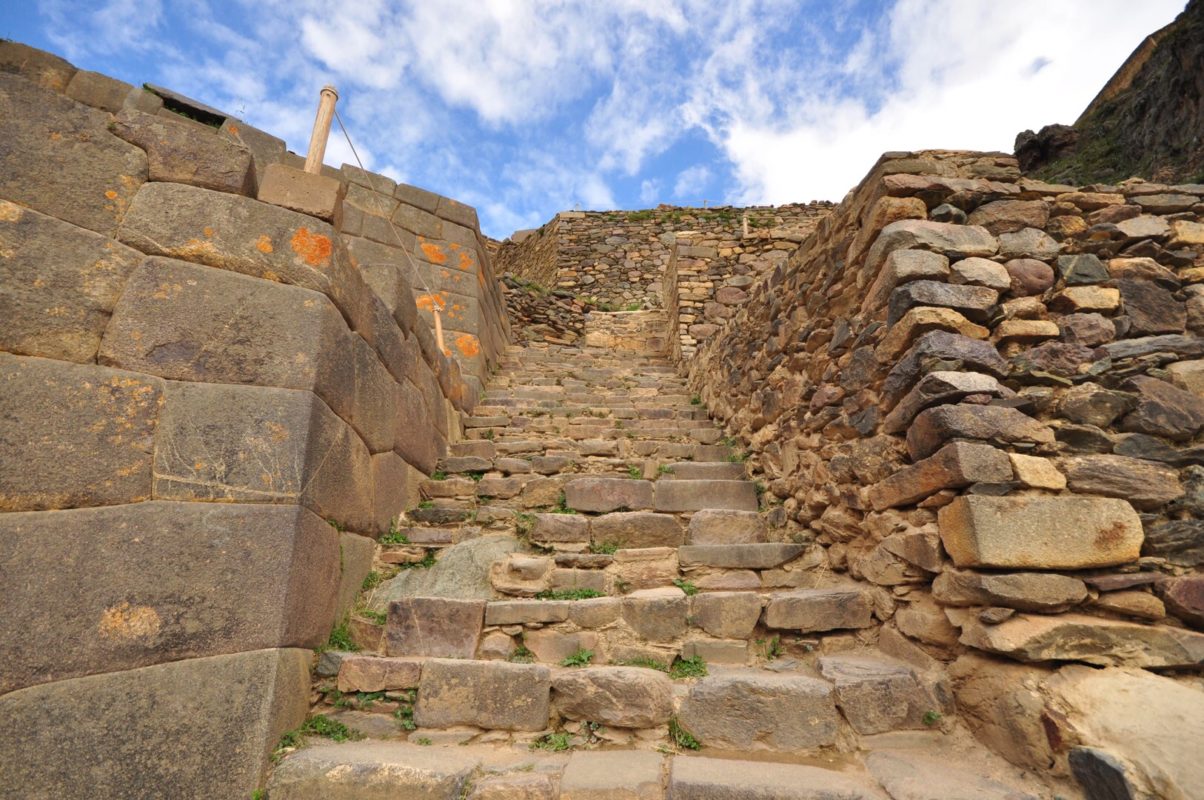
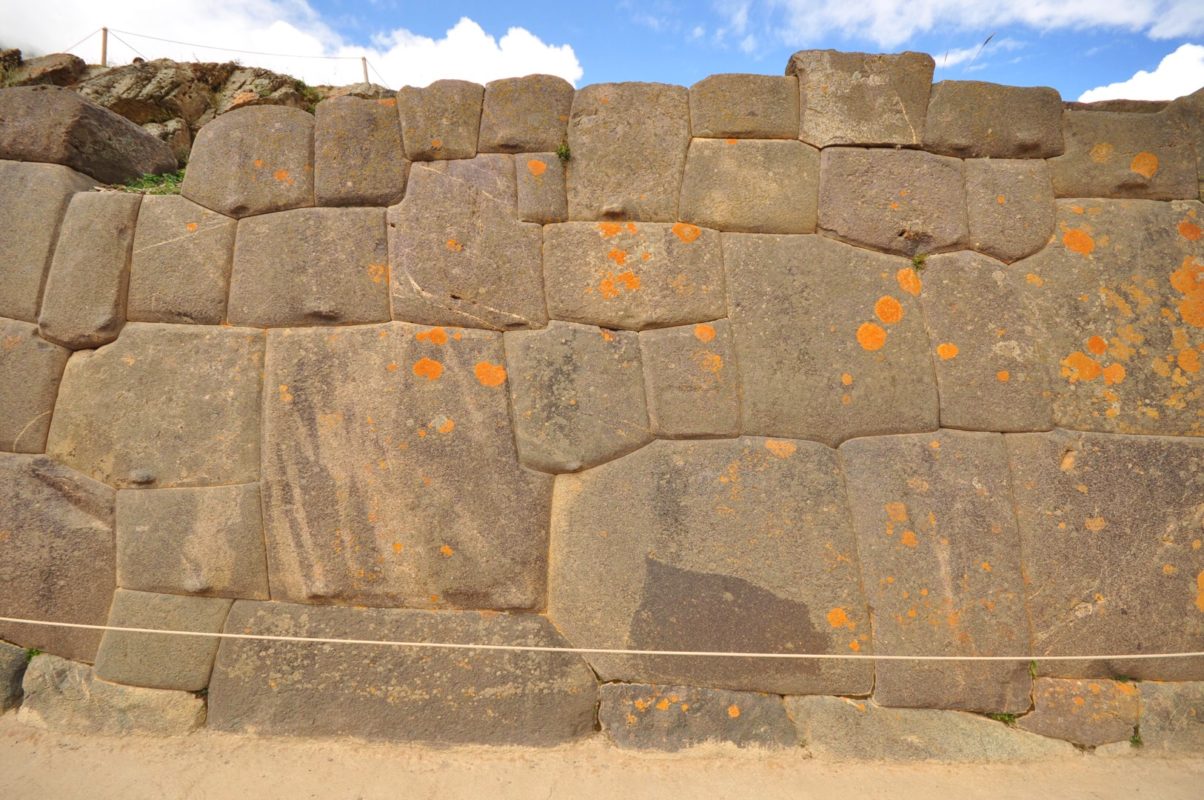
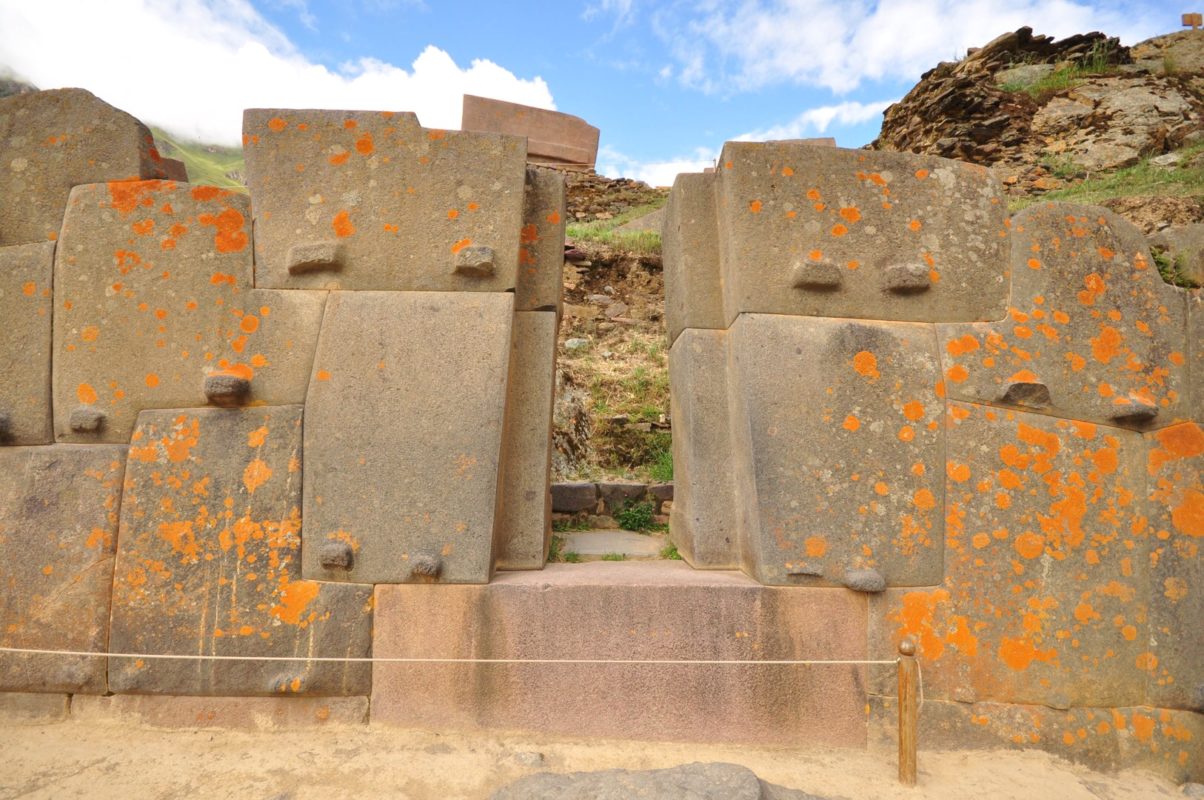
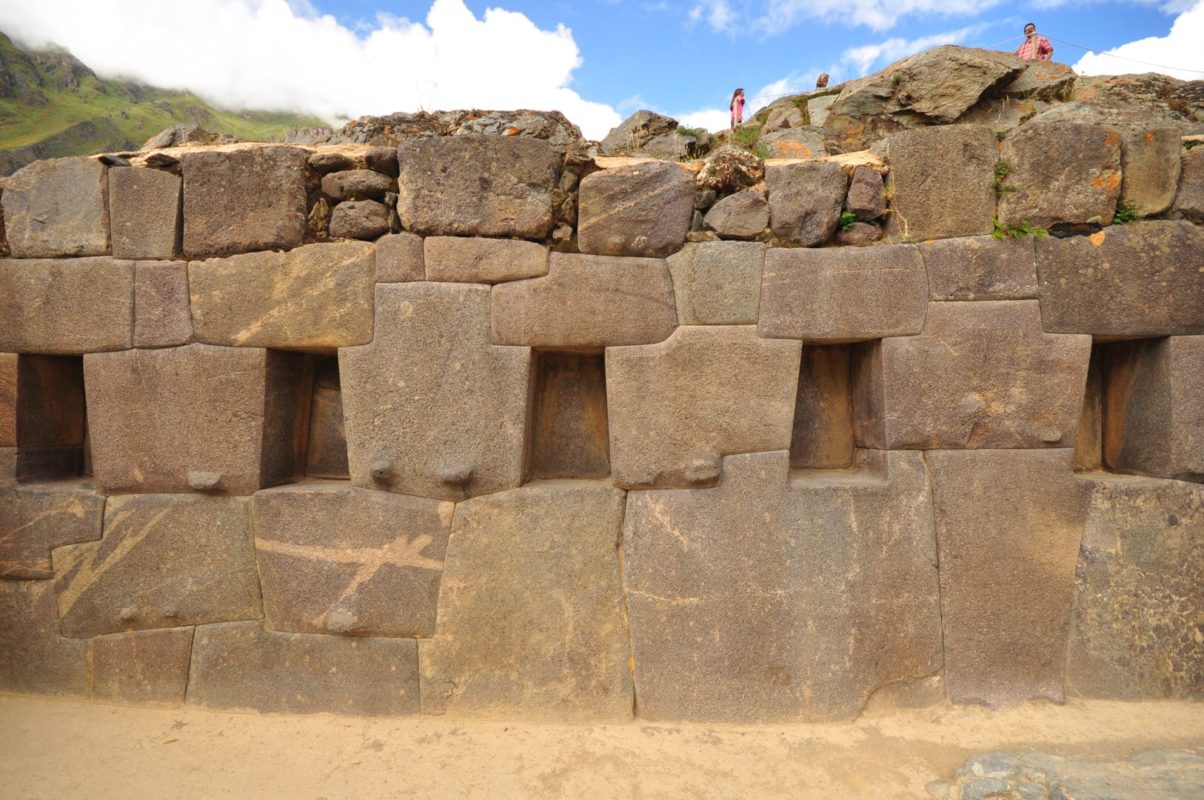
Part of the exhibition completely changed my ideas about the reality of what is happening. Even a simple fantasy is not enough to imagine how THIS could be built.
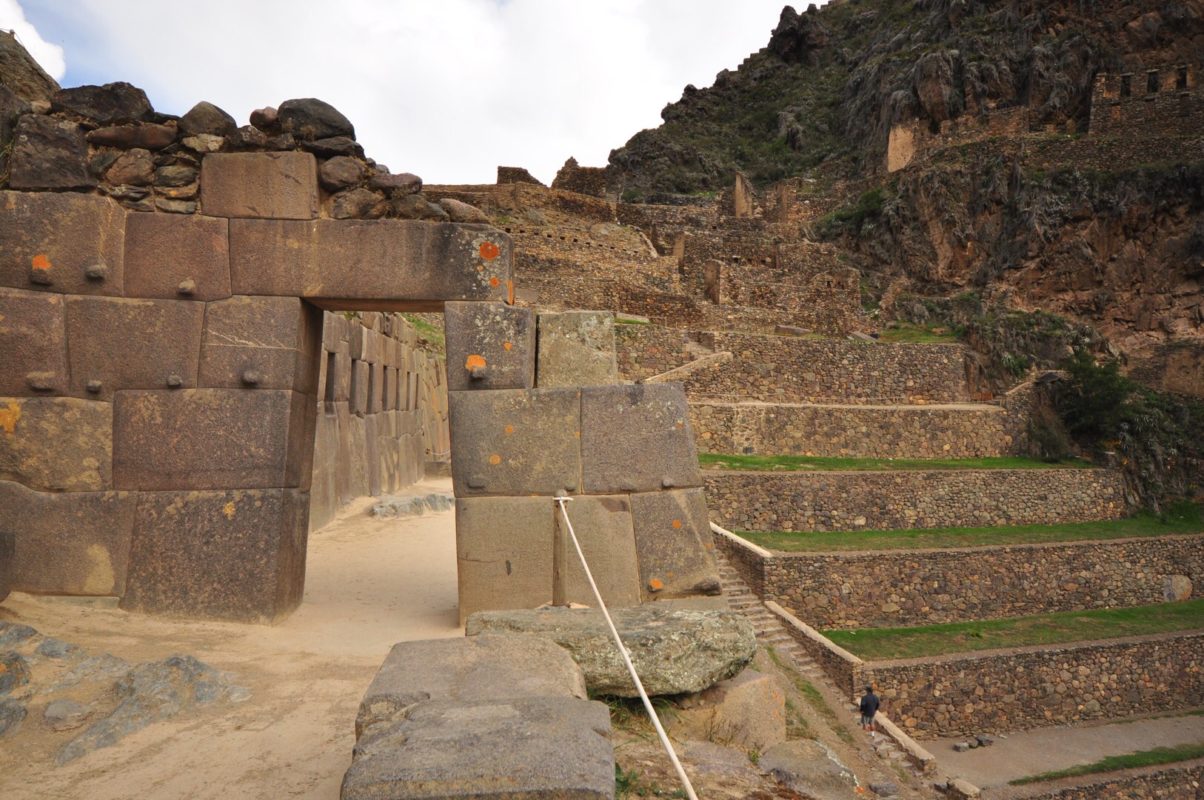

And the most interesting is that there is still a working water supply system. The aqueduct is completely hidden among buildings, steps, terraces. It finishes with the pool of the Temple of Water.
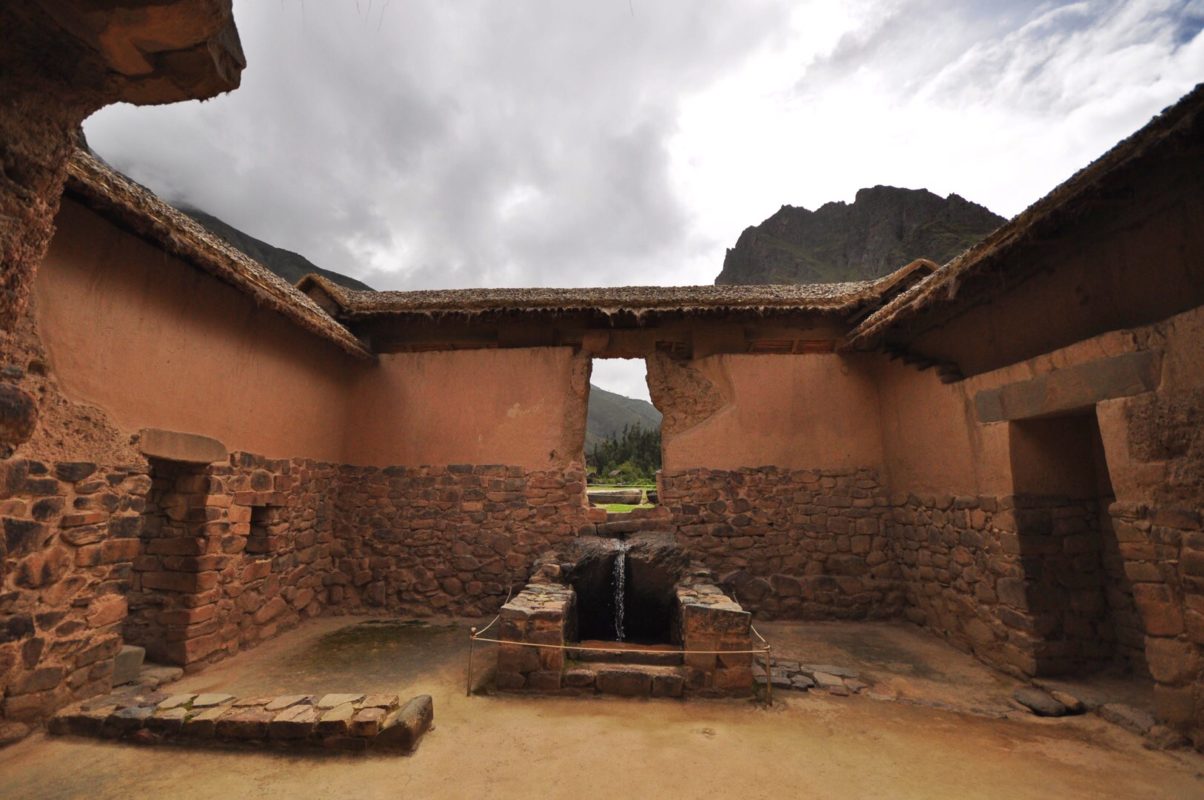
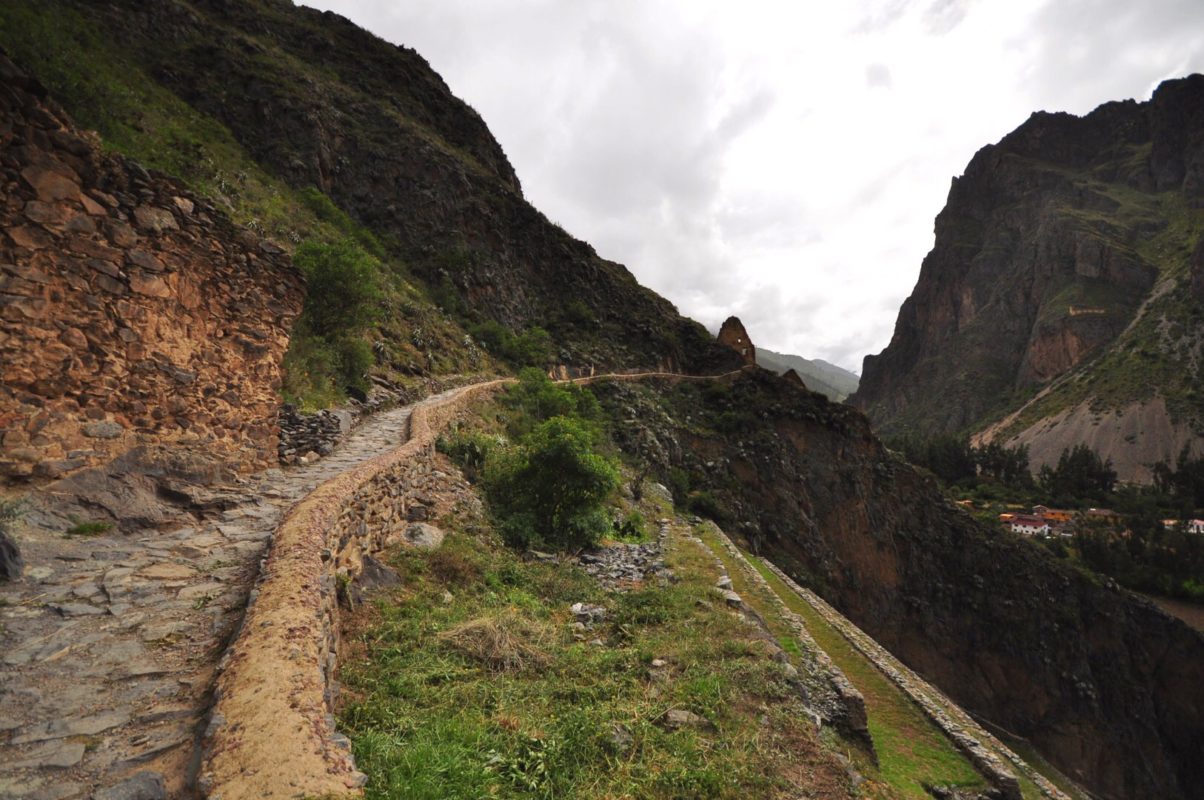
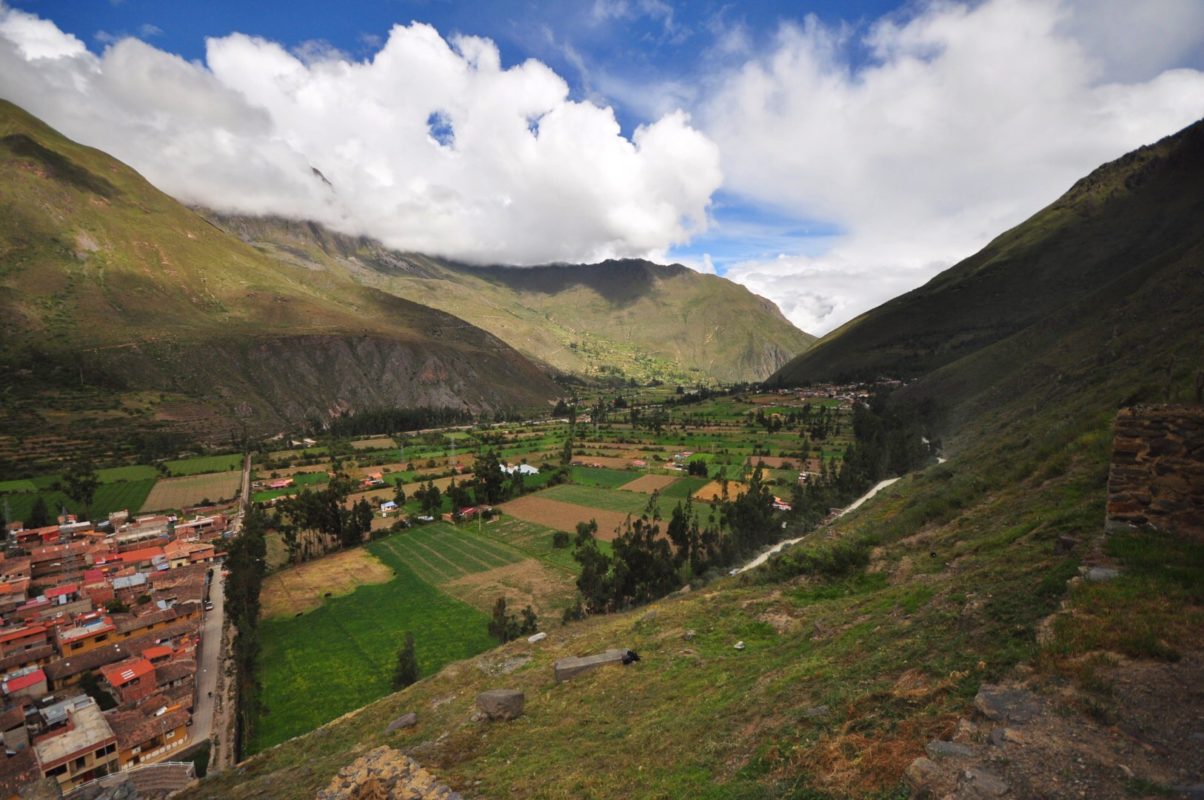
Especially interesting is the fact that the foundations of the fortress are similar to the unique masonry of Sacsayhuamán. Then comes a layer of stone built like in most part of Machu Picchu and everything is completed with a totally classic style that we can easily find in Europe, for example. Three completely different civilizations participated in the construction of the Ollantaytambo site. Or two or even one. After all, it is possible that the Incas copied the technology, maybe they were able to repeat some of the details but not copy it totally. That is why there are so much different “versions” and “architectural styles” that one can see in the Sacred Valley.
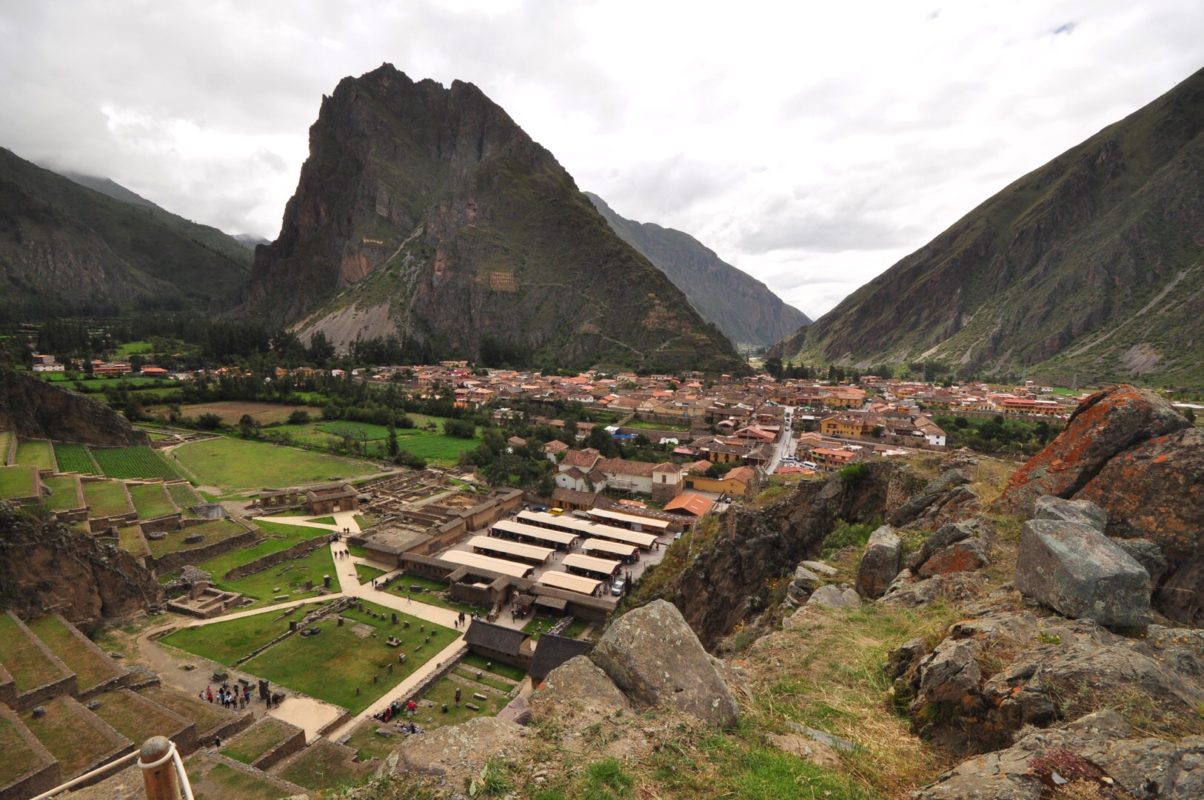
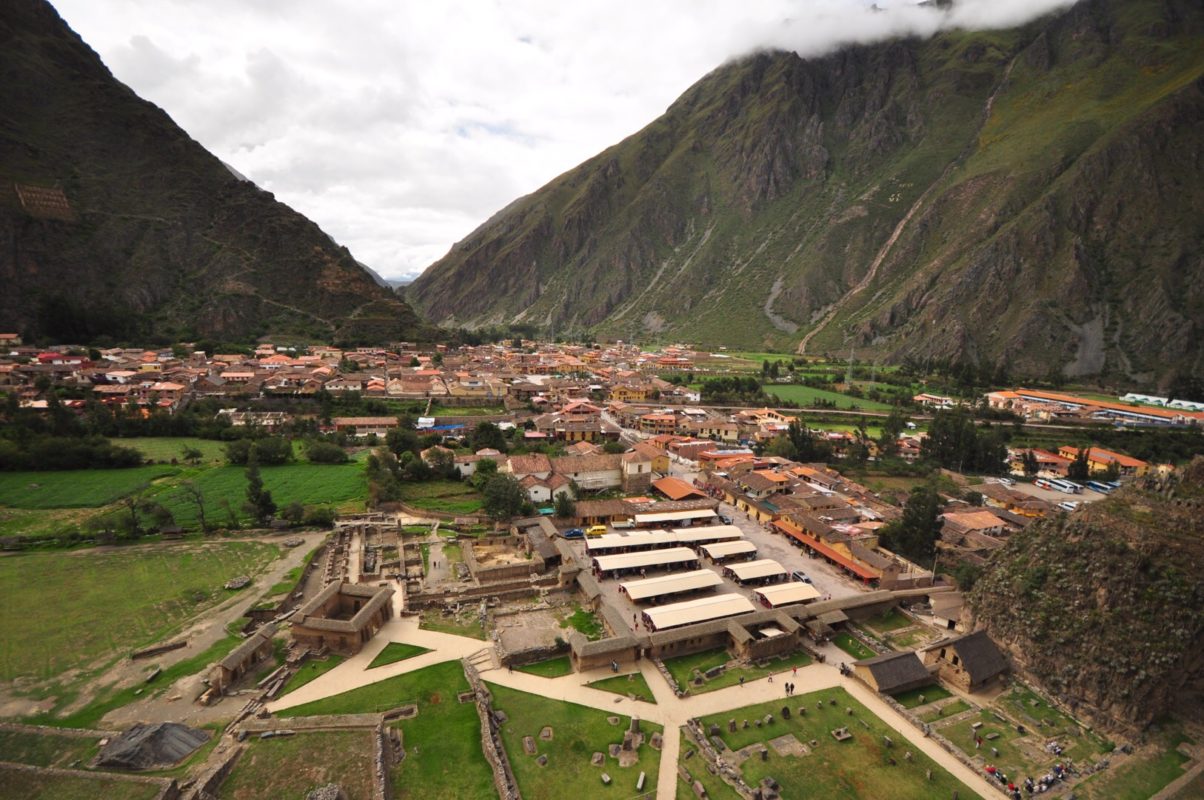
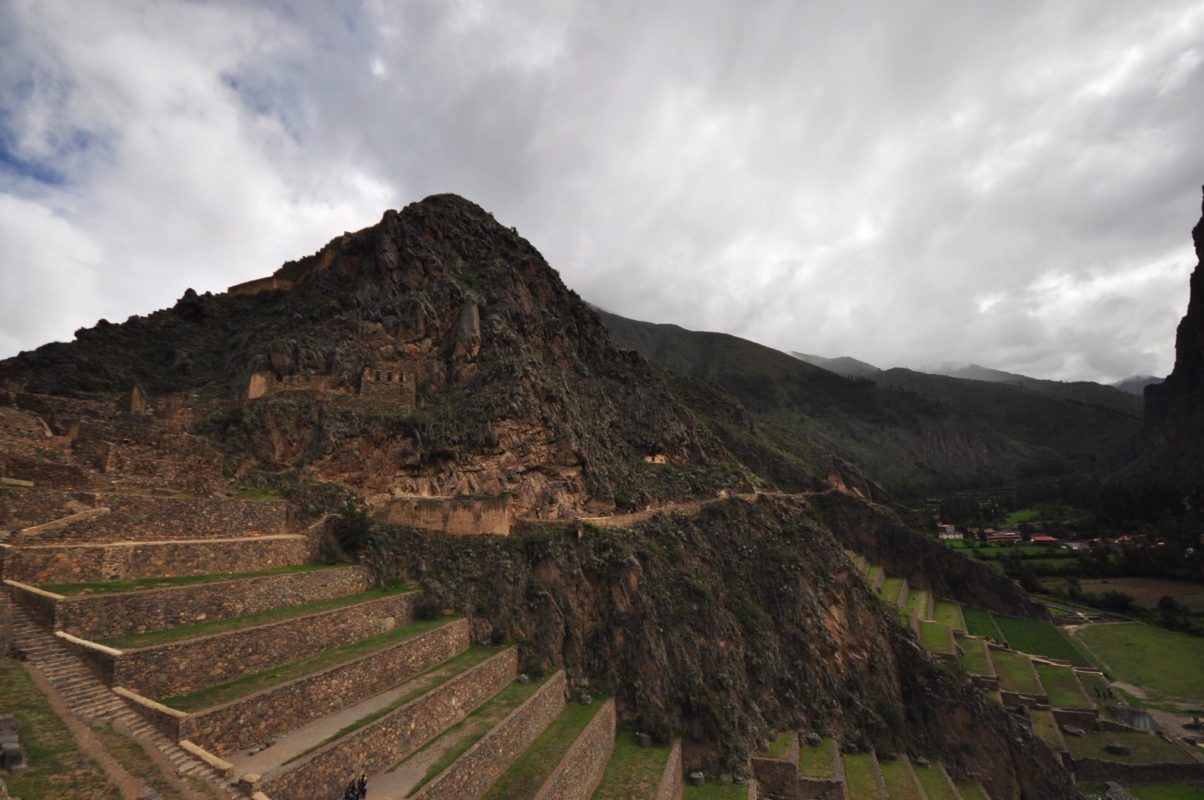
For a more down-to-earth time spending in the town of Ollantaytambo there are lots of cozy restaurants, cafes, bars, discos. The city is cozy, warm and very small. Walking around the city will not take even an hour. And the night walk with eating and drinking in such towns as Ollantaytambo is a real must. Tasty, funny, warm and cozy. A nice market is working in the morning.
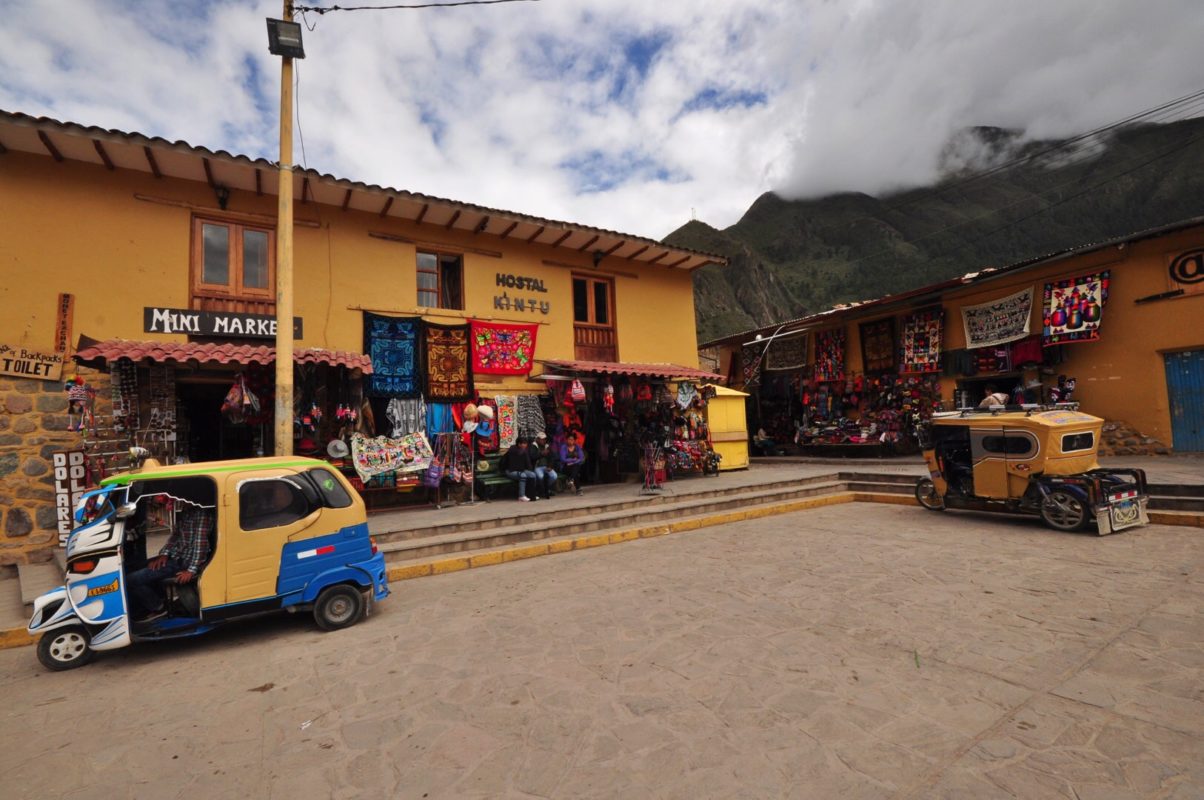
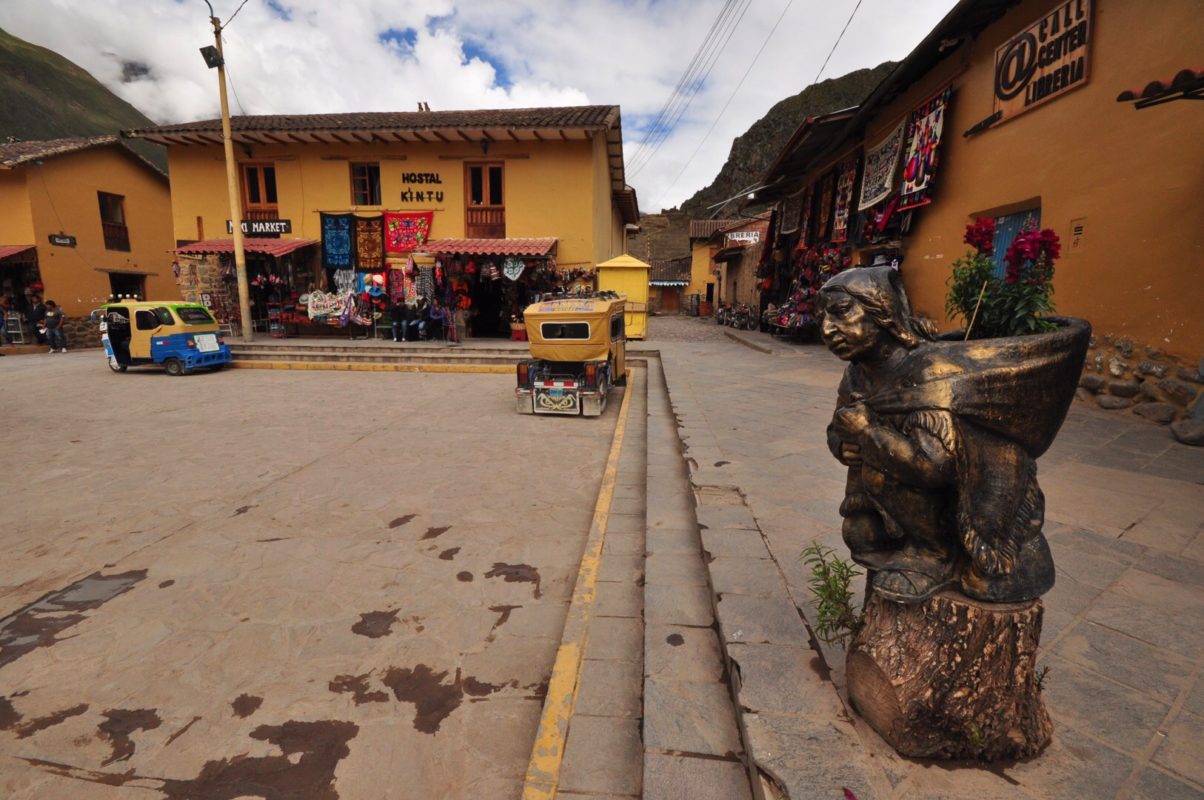
Minibuses run to Cusco charging 15 soles per person, but we bargained with a taxi driver and got a car for 50 soles per car. Directly to the Cusco hotel.

I would return to Ollantaytambo with pleasure, it is a convenient base for trips to Morai and Maras.
In the afternoon we just wandered around Cusco, arranged a laundry, bought wine and fruits for the dessert. I bought a melon and a black corn for breakfast. Stuff looked suspiciously at me as I was cooking the corn in the kitchen of the hotel. I fed the local dog with sausage 😉 and now she responds to name Laima and does not go to her owners when they call her. We just relaxed, relaxed and walked. Several days had passed …
Adios, Cusco
We woke up late, had a slow breakfasted and went to improve our educational level.
We have visited a number of museums in Cusco, as well as cathedrals. The entrance to the cathedrals and churches should be paid separately, by purchasing a Circuito Religioso Integral ticket for 30 soles. I really liked the attractions that can be visited with this ticket, especially the main Cathedral. Photo and video are not permitted, so I just took one secret shot in the Archbishop’s Museum. By the way museum is worth visiting.

The cathedral consists of three different structures united under one roof. The cathedral was being restored for 5 years and now it is a beautiful, new and working religious center.
The cathedral is cool and quiet inside. Lights are flickering as candles are only allowed on special occasions or holidays. The air is fresh, one can feel the fragrance of orchids and gladioli. Silence and peace. A lot of wood, besides, wood carvings make the visit much more pleasant. The works are amazing. The main iconostasis is covered with silver, in my opinion it is too much, because it looks too metallic, like a foil. Many icons, paintings are taken away and replaced with mirrors or metal plates. Looks not so good. In general, the skill of local artists who painted icons and paintings are weaker than the skills of our Russian masters. But the images of lamas and alpacas in the Catholic themes are nice and even funny. Very beautiful choirs made of solid oak, with magnificent carvings and settings of stone and glass. Amazing work! Could not stop admiring it!
As for the museums, in my opinion they can be easily missed. I would not even describe these small provincial exhibitions. Do not waste time, the most beautiful museums are located on the open air around Cusco. Still, the museums that are not included in the boleto turistico on the contrary worth visiting. But our attention during the last day was totally dedicated to the restaurants.
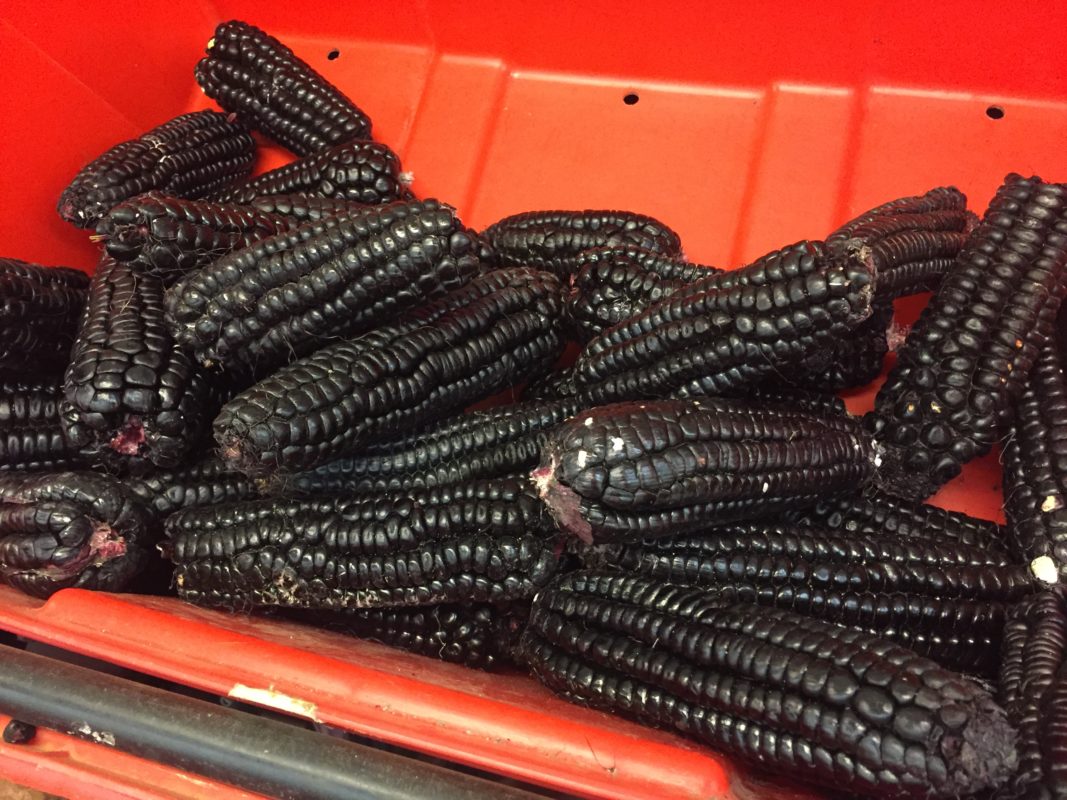
One of the Cusco museums is a must. It does not require a ticket and it can be visited several times depending on your health and time. I am talking about Pisco Museum.
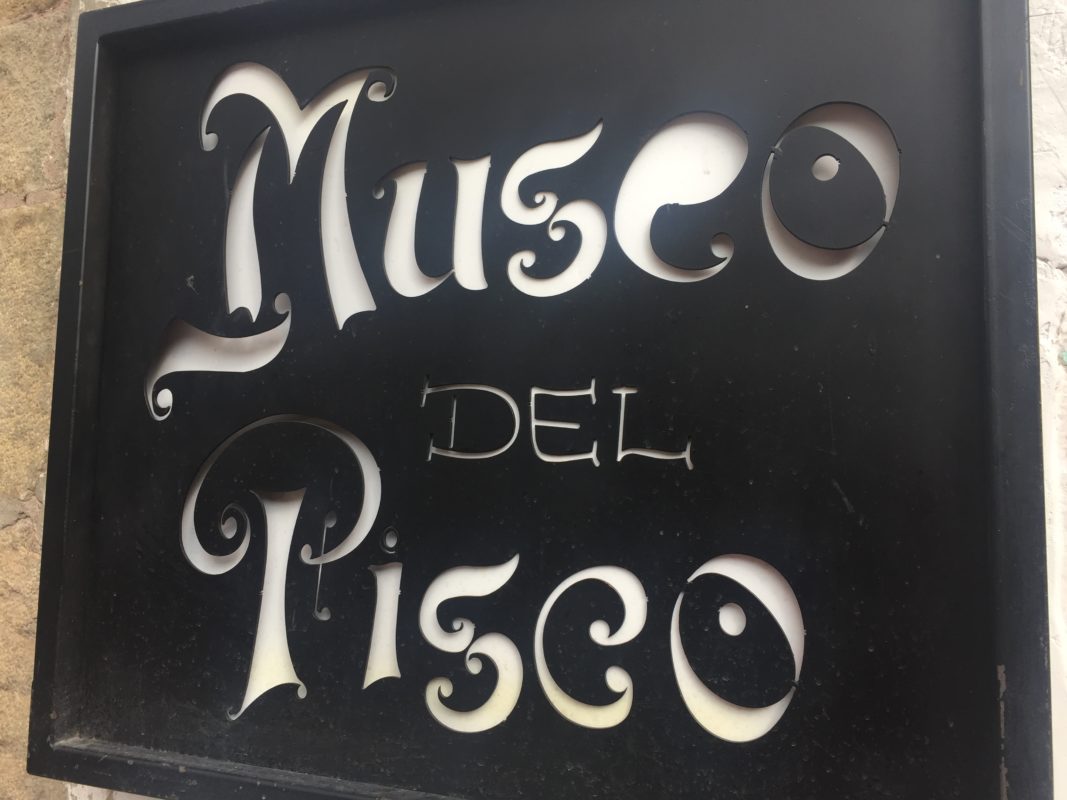
In the night we took a bus to Arequipa. Cruz del Sur company. The ticket costs $37 per passenger. The price is given in Internet on the company’s website. The agencies do not charge any commission. If you pay by credit card a 10% commission will be charged.
Arequipa
6 a.m. International Terminal of Arequipa. We get the luggage quickly just as quickly as we find a taxi. The hotel is just 5 km away, the cost of a taxi ride is 10 soles. At the last moment, a European tourist offers to share the taxi. As a result, the taxi costs only 5 soles.

The city is still sleeping at such an early hour, but number of cars and buses is raising with every minute of a new day. I’m still sleeping because despite of the rather comfortable bus seat, my night was restless and nervous. The company Cruz del Sur offers seats that can be inclined to 160 degrees. The whole design of the “bed” is made at an acute angle: you can easily stretch out, but your feet swell. Besides it is so cold here that tons of condensate appear on the windows. Air conditioning turns the bus into a fridge.
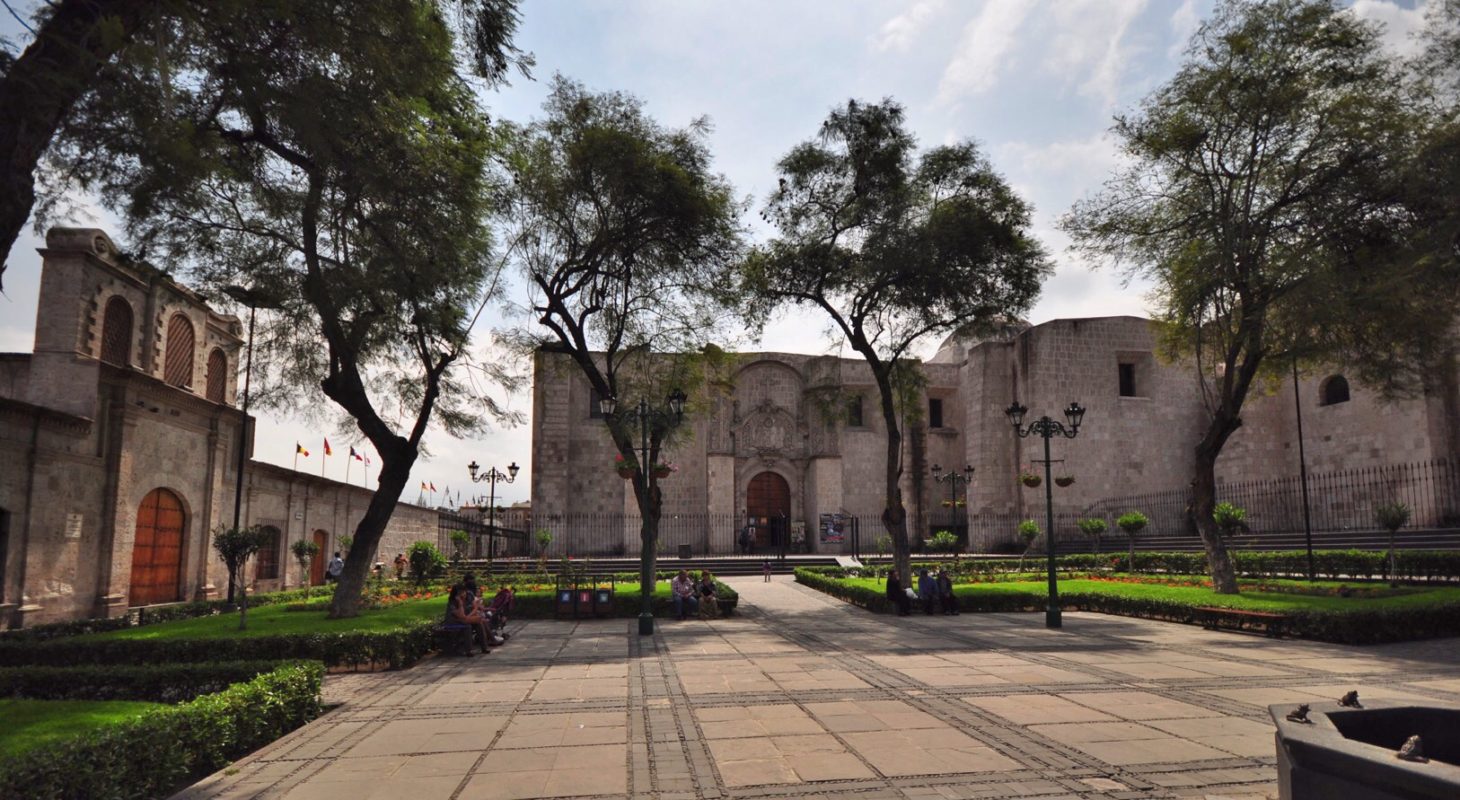
Arequipa met us with sun and heat. How nice it is to get rid of humidity of Cusco and of the whole area around. Rain and humidity in the mountain route is OK, it is like an additional difficulty for the challenge, but in the cities I really hate the rain. Especially when it’s raining and it’s cold. There is no way to take off your shoes and jump in the bathing suit through the puddles to the nearest bar 😉 Now, in Arequipa, we finally dried all the things, dried the backpacks and sleeping bags. A nice area for drying clothes was discovered on the roof of the hotel.
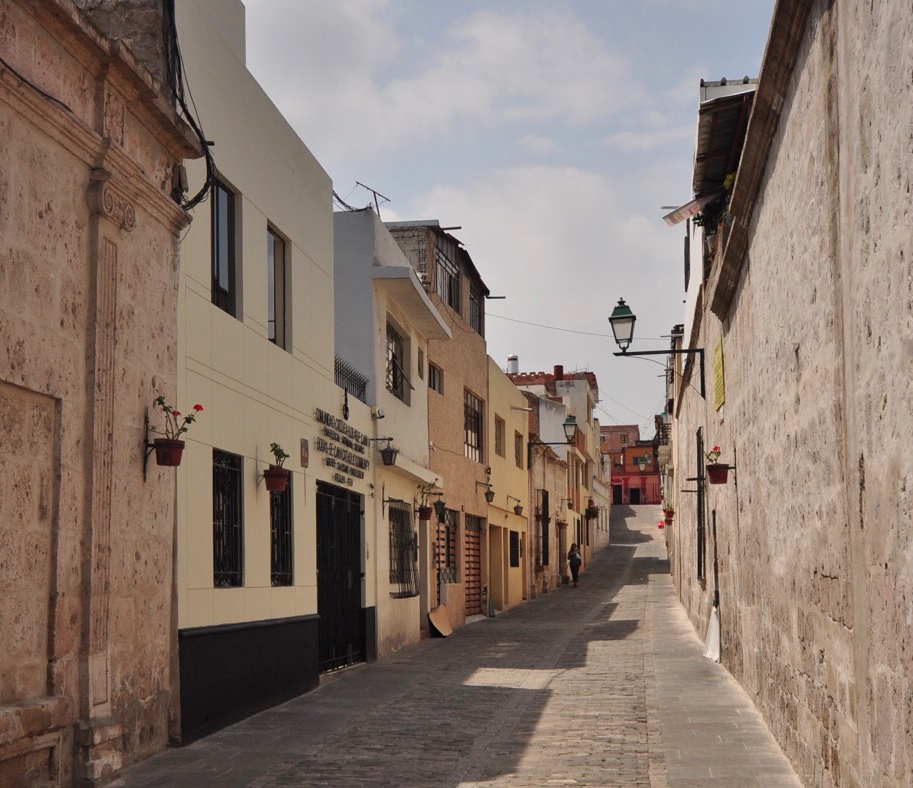
By the way hotel El Portal De San Lázaro is highly recommended. It is clean, comfortable, has early check-in option. Great location, good Wi-Fi. The hotel area consists of cozy patios, gazebos and recreation zones.

I must admit the territory of the hotel resembles the city planning of Arequipa. The city is big, has more than a million population and after provincial Cusco its scale is felt in every detail. The people are dressed better. There are less Indians, more Europeans. Almost nobody is trying to sell you endless souvenirs and tours, just rare black skin brothers promote glasses and mobile phones in a calm, invisible manner: buy it, would not you?

On the central square a group of children asked me to practice interviews with them in English. They were filming while asking questions, trying not to read it from the paper. If they did not understand something I helped them in Spanish. They smiled but asked not to do it as they would listen to the record later and it was their homework as part of the project “Get in touch with a foreign tourist”. One of the questions was strange and I made mistake and had even to give another answer for the video. They asked about my favorite drink, and I started talking about wine, whiskey and pisco sour. The guys laughed, but they were confused, they said, well, amigo, it is for the college interview, what whiskey are you talking about?
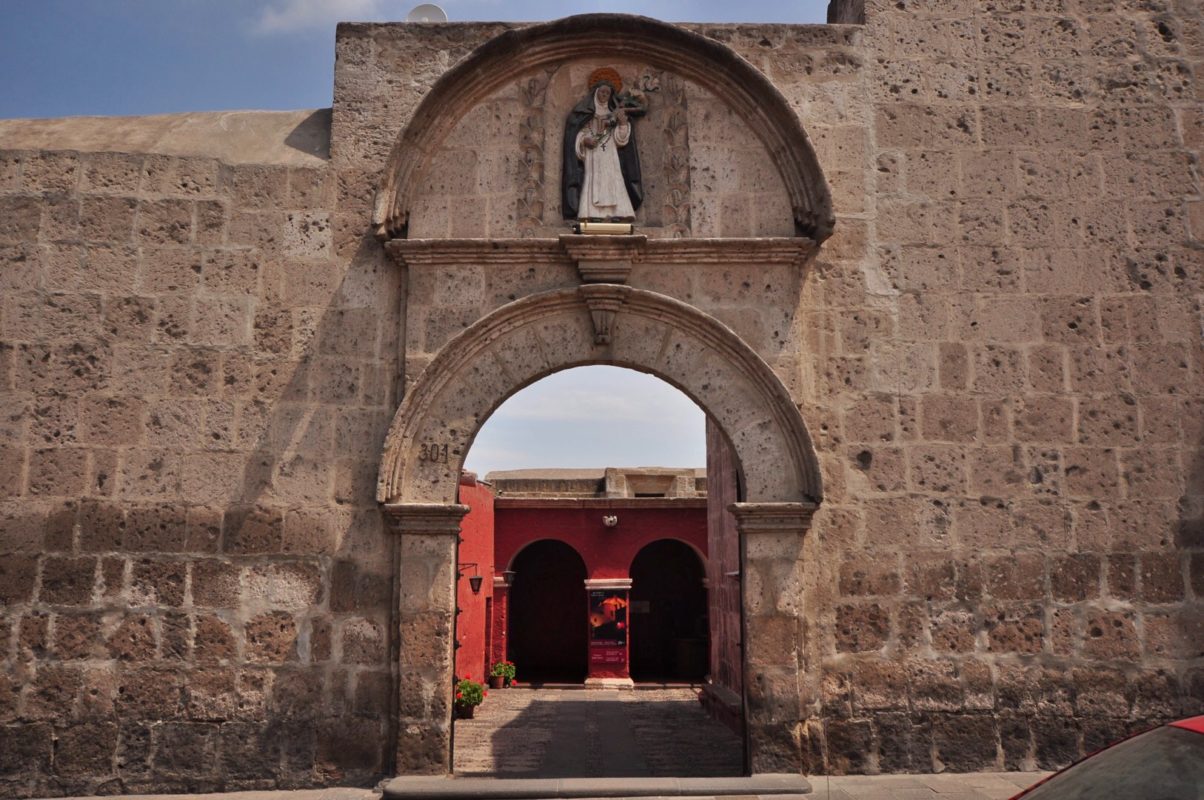
The children told me about their city and about themselves. We were sitting on the Plaza de Armas on a wooden bench with black cast-iron sides among the greenery and palm trees. In spite of the midday heat it was comfortably and chilly. The central square of the city is totally beautiful. A true square. This is how I imagined the ideal city square in colonial times. Lots of greenery of tropical plants, sprawling palm trees surrounded by arched buildings made of gray shell and white stone and, of course, dominating Cathedral – Basílica Catedral de Arequipa.
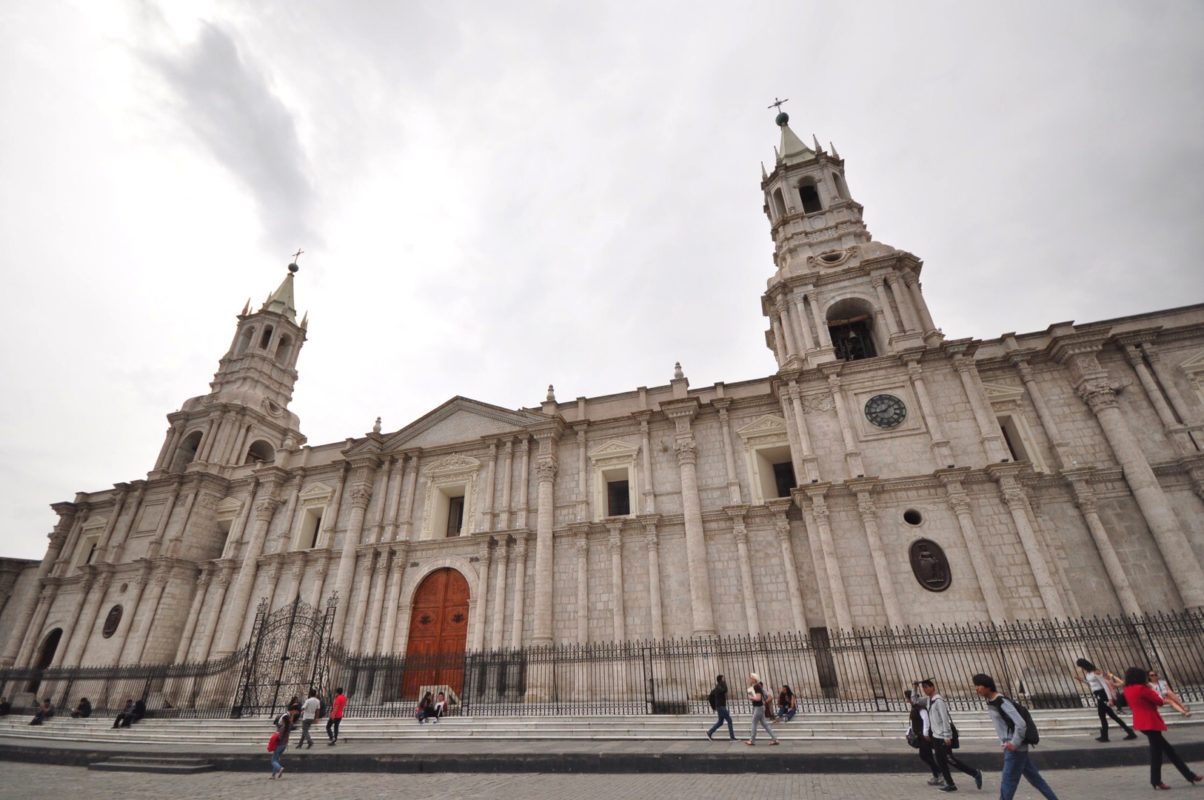
Many pedestrian streets begin from the square. One of the main streets is Calle Mercaderes. As the name suggests, shops and sellers are a part of a street routine. But everything is not so dramatic, neither shops nor sellers are noticeable here, as well as on other pedestrian streets. Instead the beautiful architecture, the restaurants of European level, small patios with 1-2 tables, interesting souvenir or antique shops can be found in abundance. Almost everywhere, restoration works were done, every place has its own design and its own style. The most important is that they use natural materials: stone, wood, glass, tile, metal, clay. No plastics, no glass, no ceramics, no rubber and other substitutes of the natural materials. Everything is real, massive and durable.
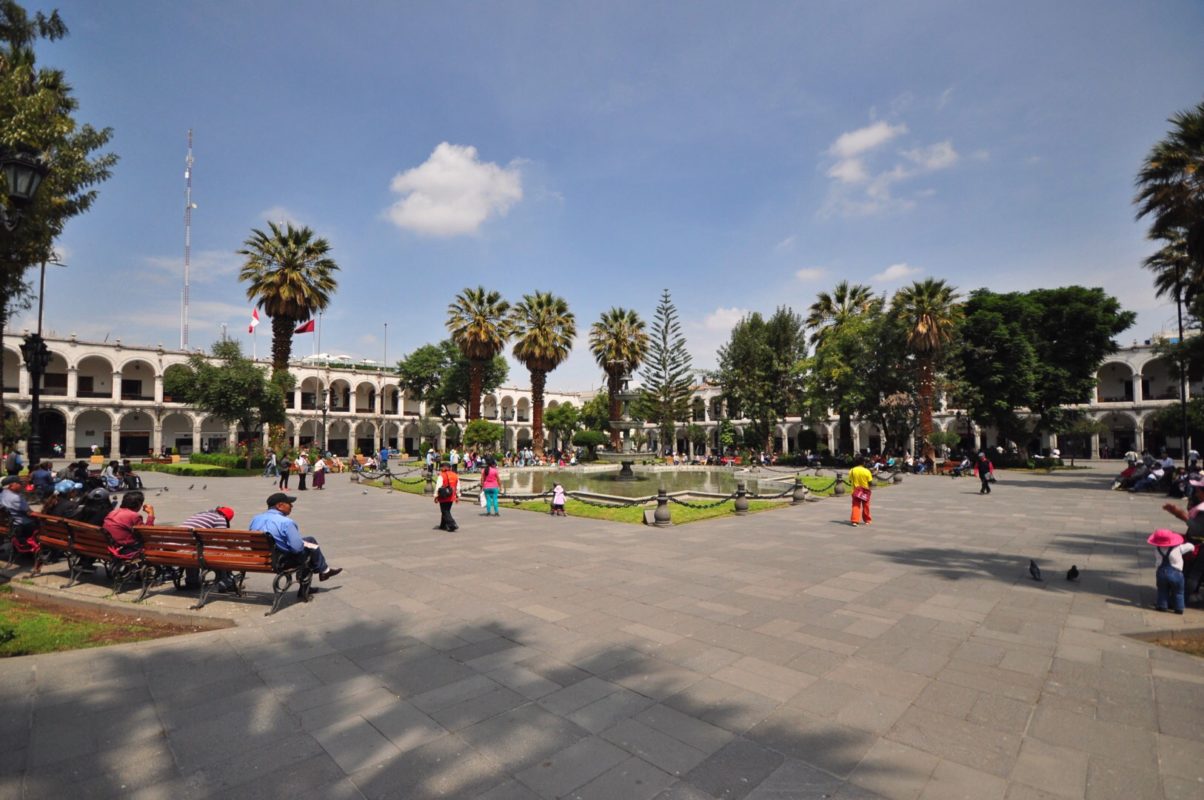
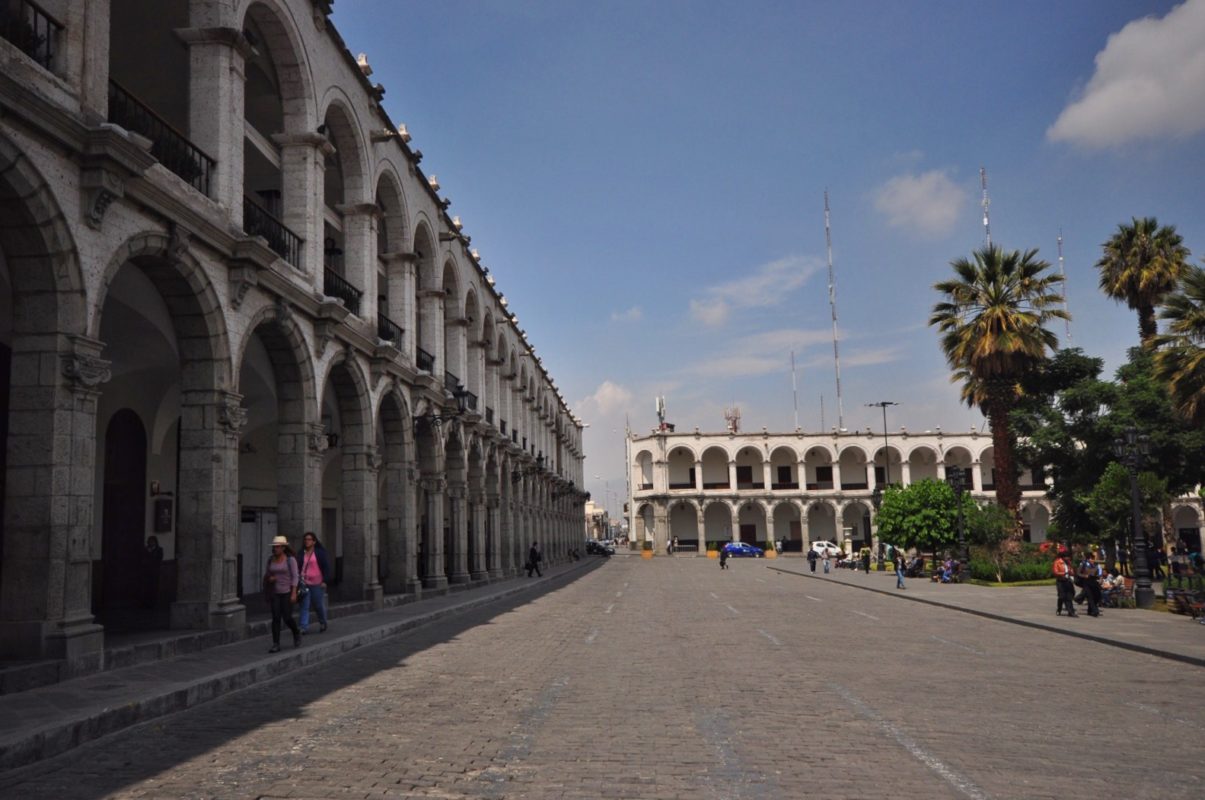
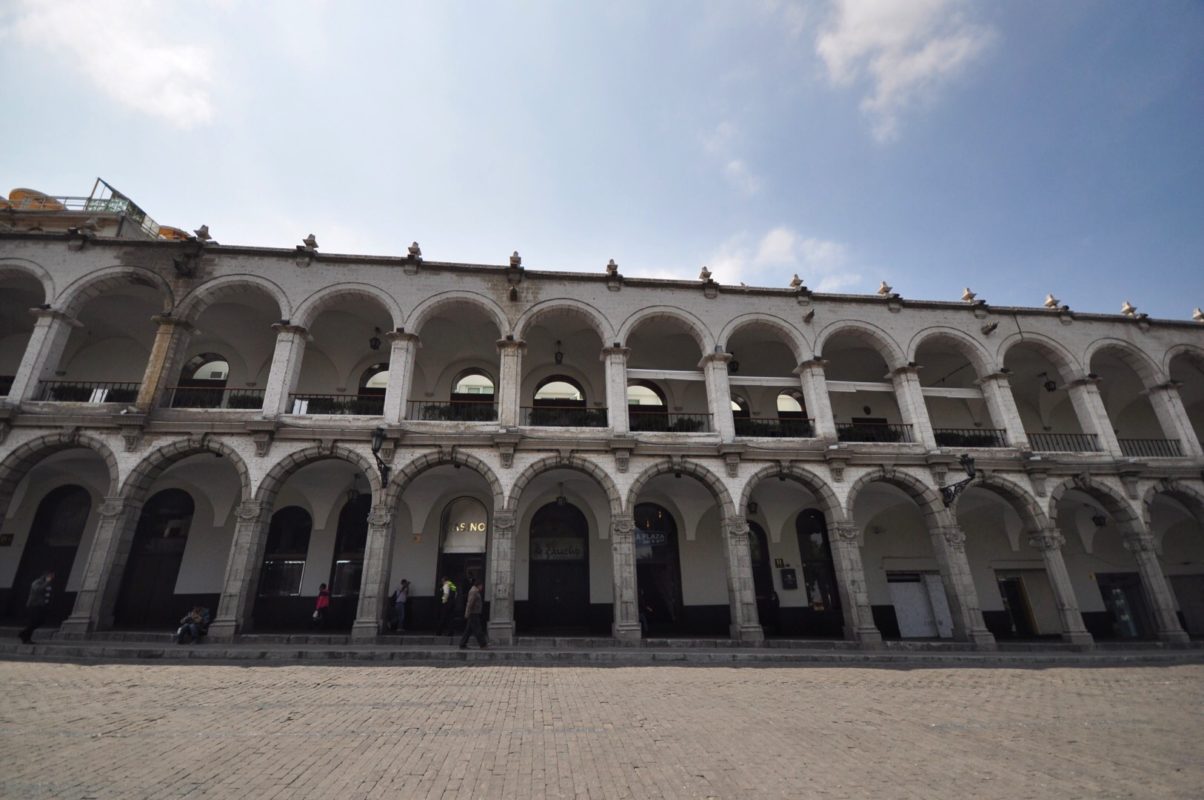
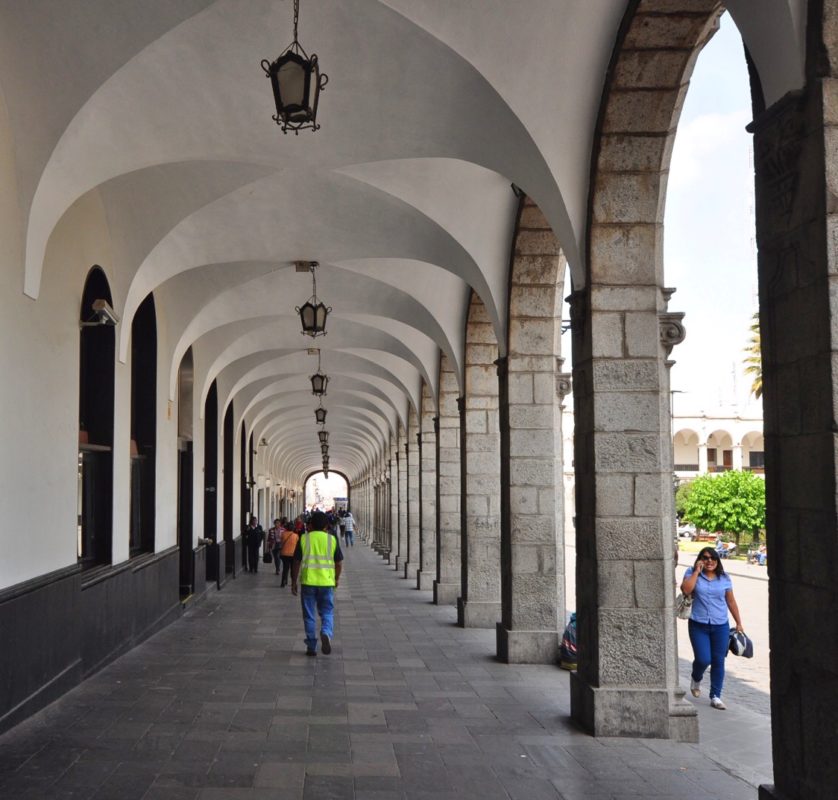
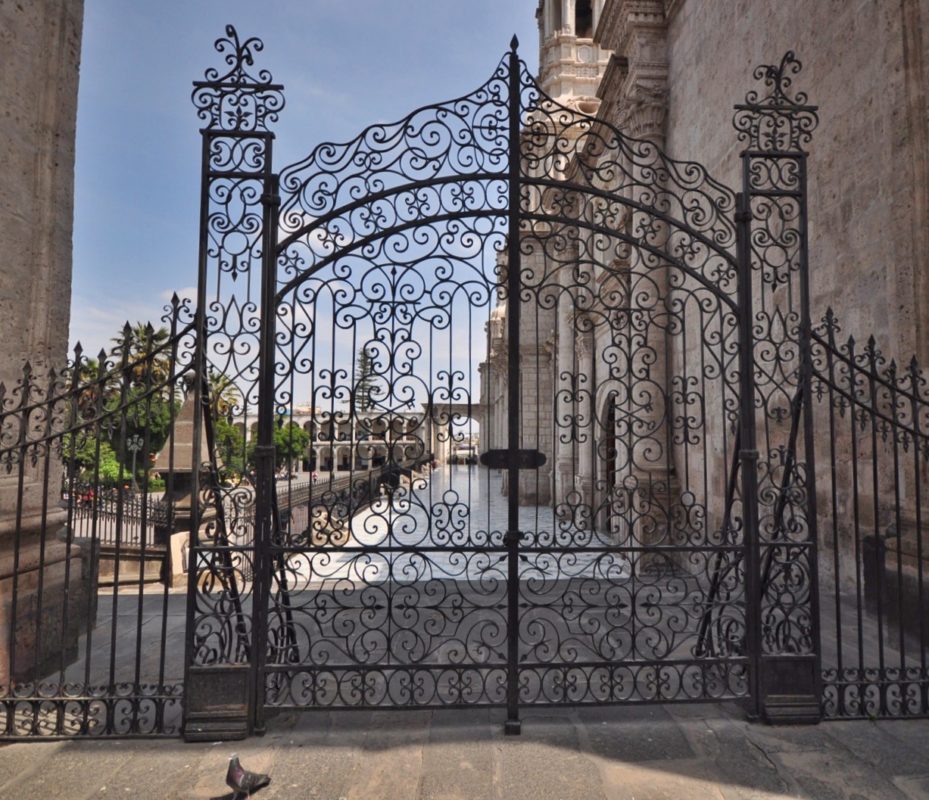
Even outside the pedestrian zone Arequipa still amazes with its beauty and authenticity. It reminded me Cuban Trinidad but the difference is in amount of traffic and the wideness of Arequipa’s streets. Most of the cars on the streets are taxis. It is a very popular mode of transport even for locals. This “anthill” made of small multicolored taxis is a portable copy of New York, but without skyscrapers and traffic lights at every corner. Even the traffic is organized in one-way model with large “avenues” with a contra-flow traffic system.
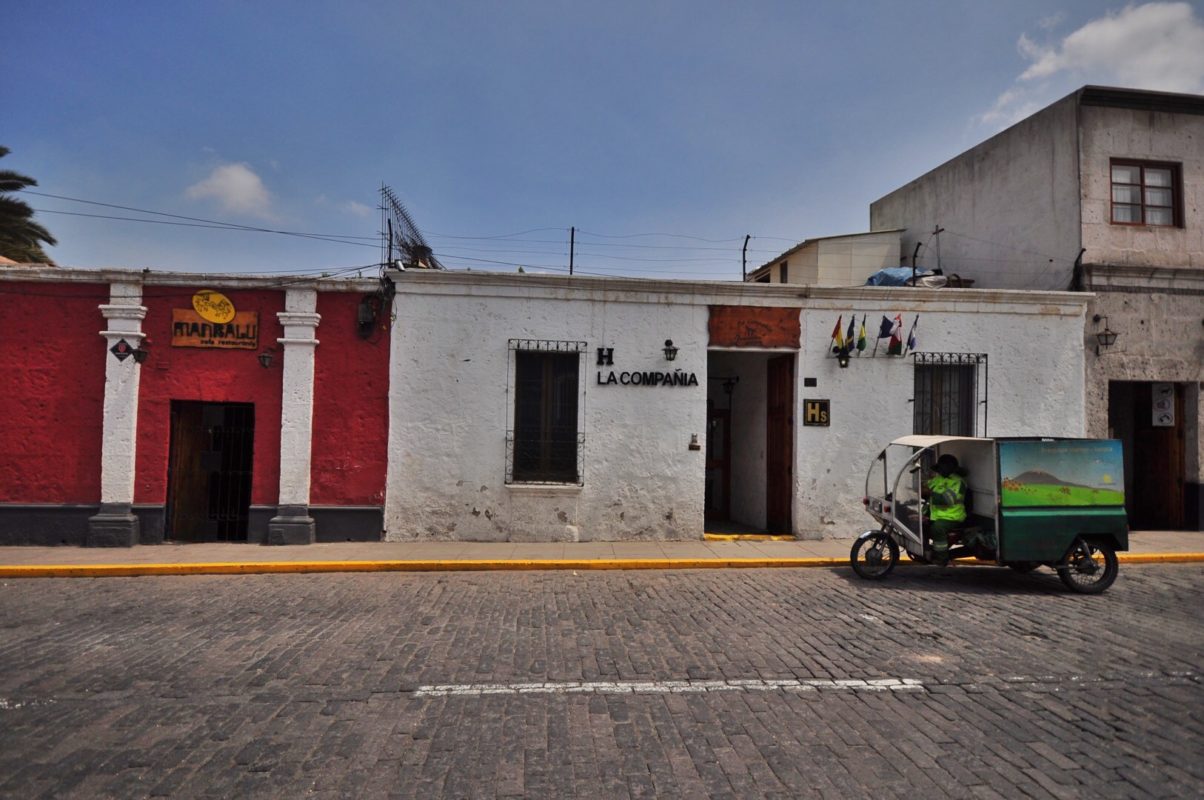
But Arequipa does not need skyscrapers of New York. The charm of the city is in its architecture and low houses. These amazing small houses that stand wall to wall form an endless line along the paved streets and sidewalks. Multicolored houses with moldings, wooden or metallic decorations. Huge windows with massive cast-iron fences. Many buildings are made of sandstone, many are made of other stones, some are covered with thick layers of plaster, which flies away in some places, revealing the true age of the house. Like cutting a tree to find out its true age.
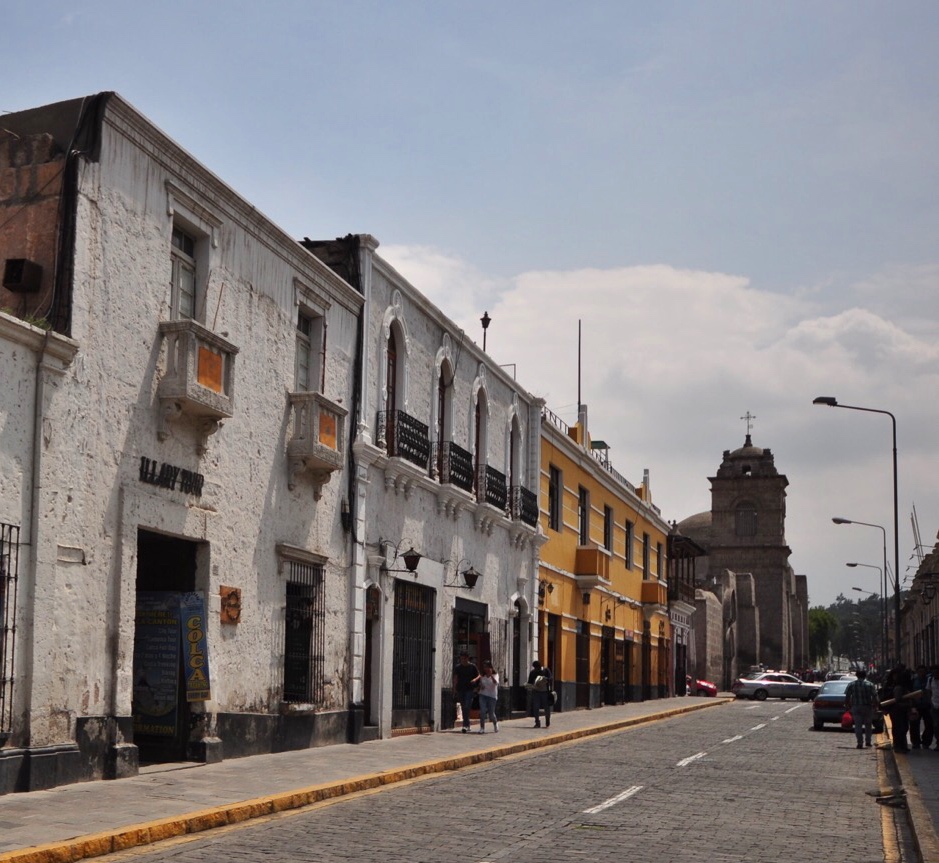
The smell of history is here on every step. The city is extremely colorful. I wish to enter every door, to climb every floor, to look into every patio. There are so many interesting houses in Arequipa. After all, inside, behind the multicolored ancient facades there is a whole world with endless labyrinths of patios, dusty marble staircases with massive cast iron details, oak handles, arches and cozy green patios. Houses here were built towards inside, not upwards.
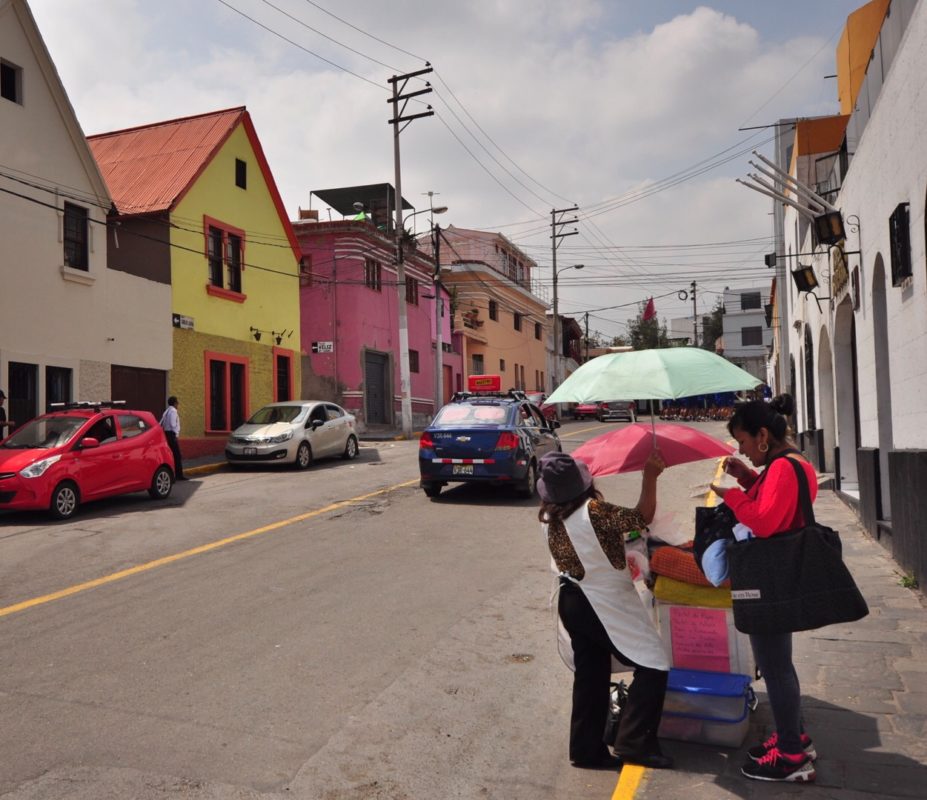
I fell in love with the city from my first steps there. I tried to get lost, sometimes I even closed my eyes and took a random direction. I opened my eyes on the new street, smiled and was happy to see and feel every detail, every color, every stone on the pavement. Of course, doing this in Arequipa is very dangerous. Pedestrians are not given the way while crossing the street, and the amount of policemen in the tourist area of the city reminds stupid tourists about the criminal level of Arequipa. But I did not care. I liked Arequipa, and I think she liked me too. Anyway during 2 days that we spent here many pleasant things happened. It can be easily referred to a good adventure.
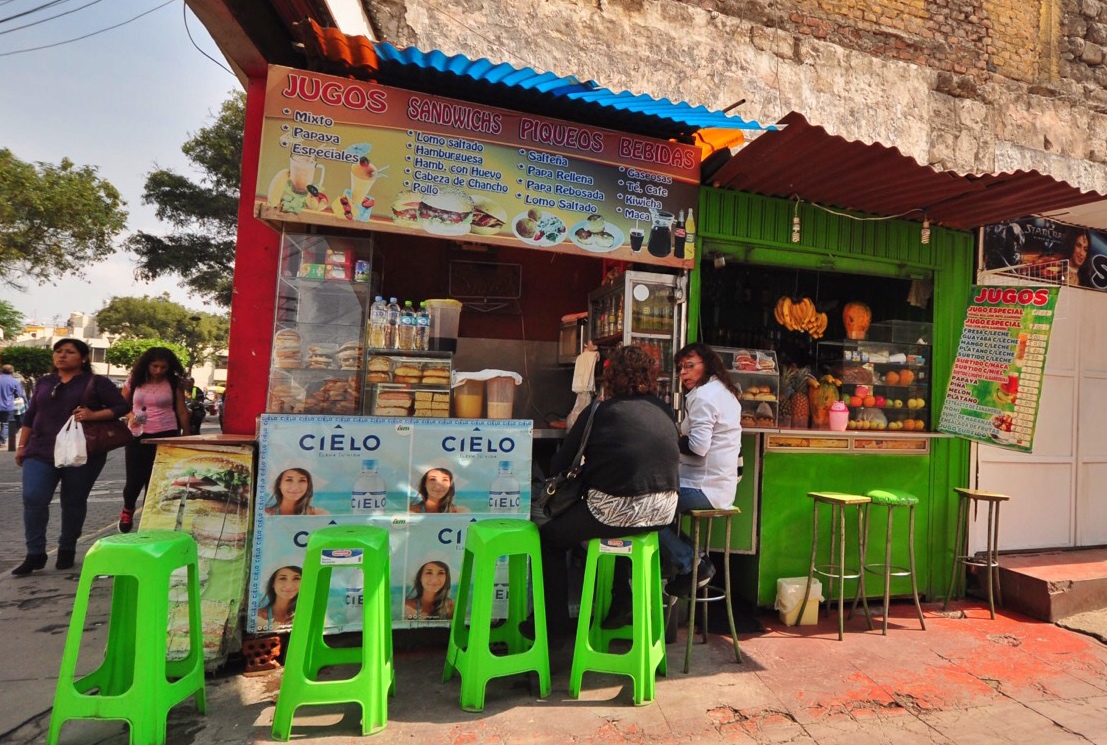
The weather was sunny, the mood was somewhere between “excellent” and “super”. I said goodbye to the students, taking them to the book fair (can you imagine it!) and went … to have breakfast. Pancake Crepisimo occupies an ancient 3-storeyed mansion with a very long history. It is quite scary to think about its age. Outside there are European-style tables with umbrellas. On the second floor there is a zone of “chill out” with comfortable sofas, low tables and table top games. The menu has 5 pages of pancakes and they are all different. Portions are large, the prices are high. The sweet pancake was stuffed with tropical fruits and covered with a large amount of pisco and then burnt in front of me. While it was burning, I kept thinking they put so much pisco, that half of it would be enough and another half I could easily drink. Excellent cocktails, good coffee, fast service. I strongly recommend it!
As I started to talk about food I would notice that the owner of the Crepisimo pancake runs another restaurant close – Zig Zag. The interior looks like an expensive restaurant, and it is true. Great choice of meat. The serving is quite unusual – the food is served on a hot stone. In order not to get dirty with food funny bibs are put on the visitors. Damn good. For a long time I have not been praising the chef. I would rate it as “Excellent +++”. The table should be booked in advance as it is almost impossible to get a table for the dinner. Alexei and me were very lucky to get in between “the guests just left” and “the next will come in 2 hours”. This time was available so we got a lovely table by the window on the second floor overlooking San Francisco Square with temple and two museums.

Visit to the temple of San Francisco can be called a very successful coincidence of circumstances, that we usually call LUCK. We entered late, when the temple was already closing. The entrance ticket cost 5 soles. We just started to look around when the guard came close and informed us that an excursion was about to start in the next room and he would take us there. We were happy to listen and also to see the “backstage” of the church. The guide was from the “administration” of the San Francisco monastery and had a large bunch of keys from all the premises, including the library of the temple, the dressing room and the dining room. She took us to the inner patio, where the walls of the temple met the walls of the monastery. The excursion was very interesting, we saw a lot and asked questions. The guide refused to take money, referring to God’s providence and saying that it is not for business, but for education. She told us about other holy places of Arequipa. I read that the town is called a white-stone town of churches but I could not expect that there were so many of them.
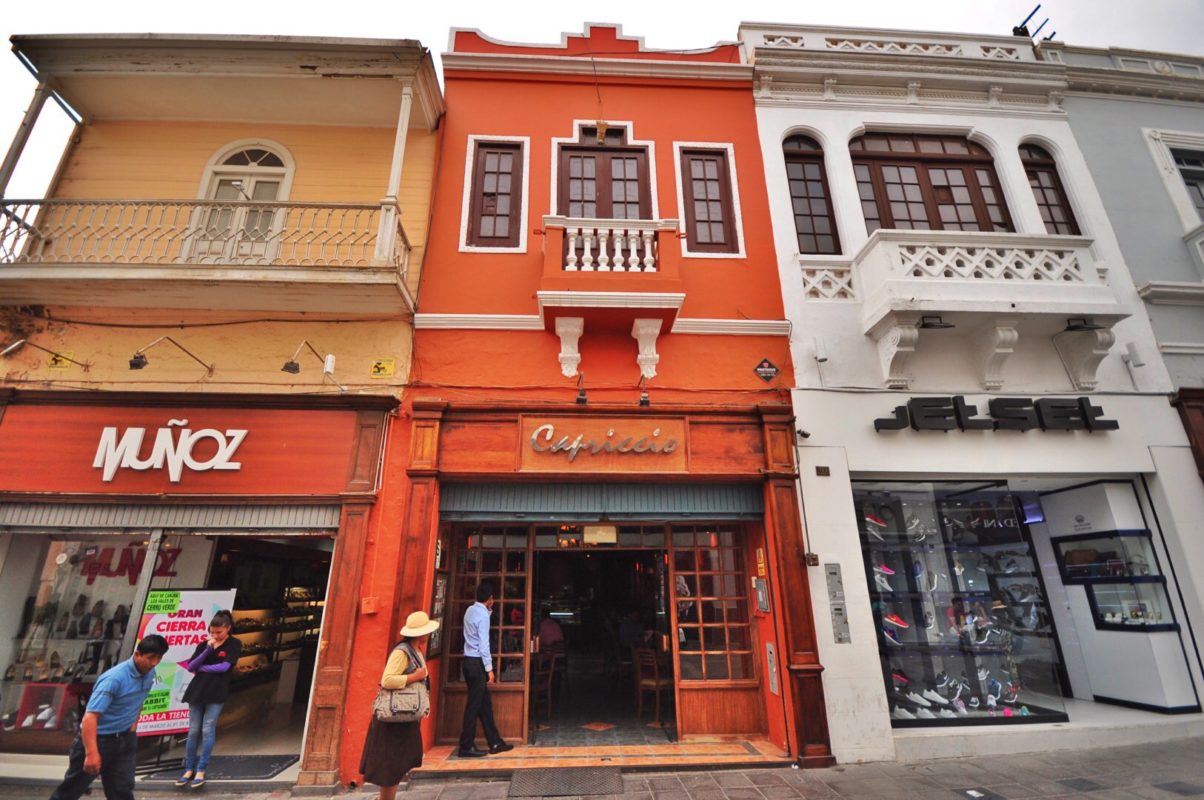
As I did not expect Arequipa to have so many churches ,I was surprised to see so many shopping malls in the city. In my opinion they are completely stupid. It is still not clear why there are so many of them and the most important question is why the choice of goods is like it is. We went to visit some of the shopping malls. There are 7 floors or even more. Elevators, stairs, corridors. People are walking and even are buying things. If you try to describe a typical shopping mall as a simple arithmetic formula then for the shopping malls of Arequipa it looks like this: 80% are wedding products (dresses, cakes, catering) + 10% are tattoos and piercings, hairdressers and manicure salons + 5% are fancy dresses + 5% is regular Chinese stuff. And this formula works everywhere! Totally, everywhere! There are a couple of electronics and home appliances stores, there is a car dealer and even a music store, but the shopping malls are totally filled with exclusively wedding products with rare sound of tattoo kit or customer small-talks on their manicure session.

Besides the countless shopping centers, Arequipa streets are full of casinos, exchange offices, mobile operators and pharmacies. Imagine that wherever you look, one or two of these objects of commerce and entertainment appear. And there is nothing else, well there is but one has to look for it for a long time or better ask. It turned out that in Arequipa streets are divided between business segments. For example, there is a street with optical shops. Just imagine 5-6 blocks of pure glasses and related products! How such competition can survive – I do not understand. There is also an entire block of radio and electronic goods.
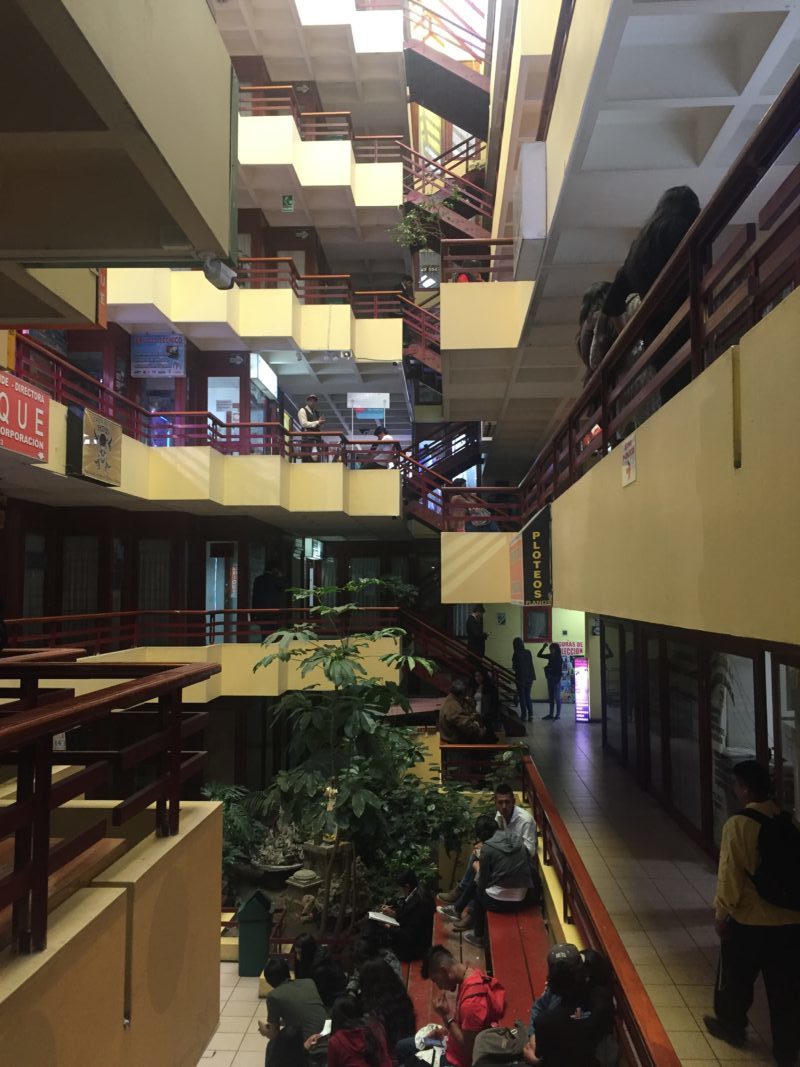
In the endless “computer jungle” of the Arequipa radio market, you can easily get lost and be never back, because some robots will take you into pieces. I came here looking for someone to fix my MacBook, and I even found a master, but his uncertain answers and my weak technical Spanish (I mean almost no technical Spanish at all) did not permit me to leave my beloved device for a couple of hours for diagnostics and repair. Anyway, half of the market came to see the Russian keyboard on my Mac. They really have nothing to do. I can hardly imagine how this cyber galaxy can be at least 10% full of buyers.
A similar situation is with the service area. There are streets of lawyers and tax workers. A whole block around the Court building is solving the problems of taxes, fines and alimony. And there is a textile street, a street of printshops, a street of paints etc. Among them the sellers of street food, fruits and juices are cruising around. I took a papaya milkshake and went on walking.
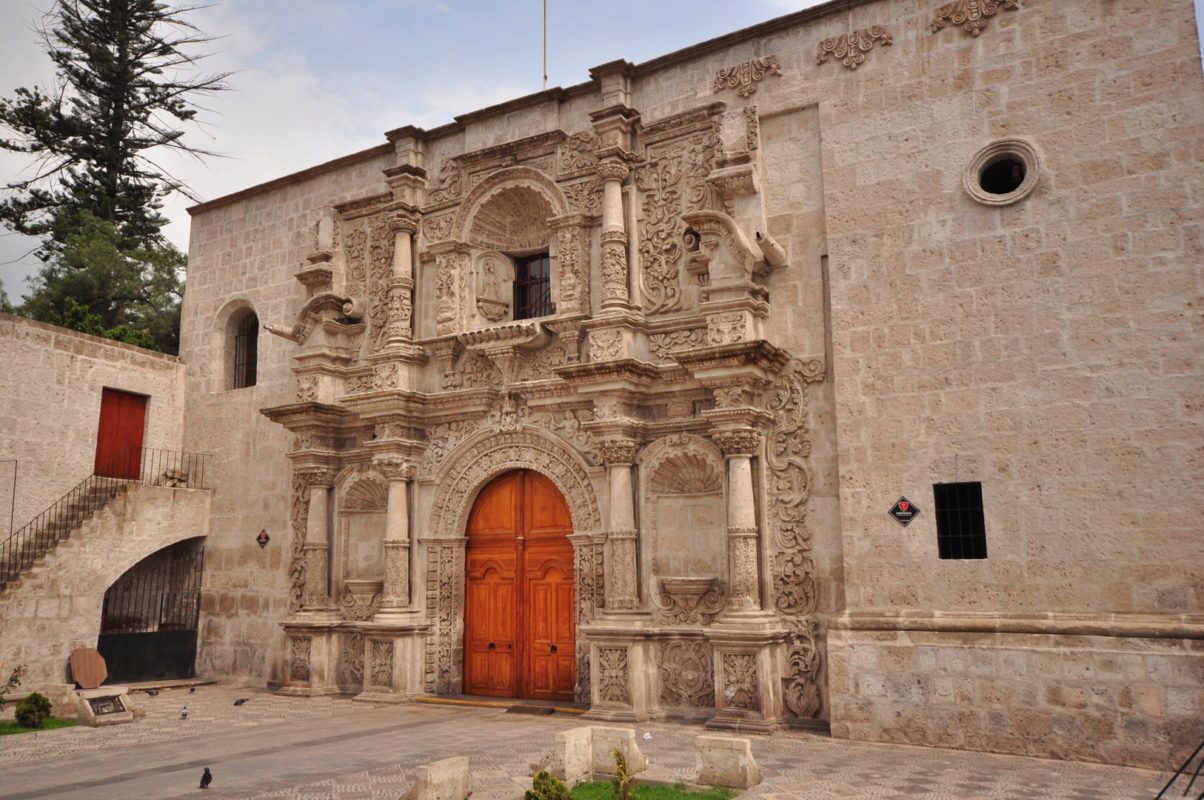
I went through institutes and colleges. Arequipa can be definitely called the most educational city of Peru. I have not seen such a large number of educational institutions of different levels and specializations in similar towns of Latin America. Okay, let the children learn, but I can not understand why there are so many banks and financial offices in the city. Is Arequipa a financial enclave of Peru? Do crowds come here to open a deposit or to get a loan. By the way, there are 3 Registration Chambers in Arequipa and all of them have long queues.
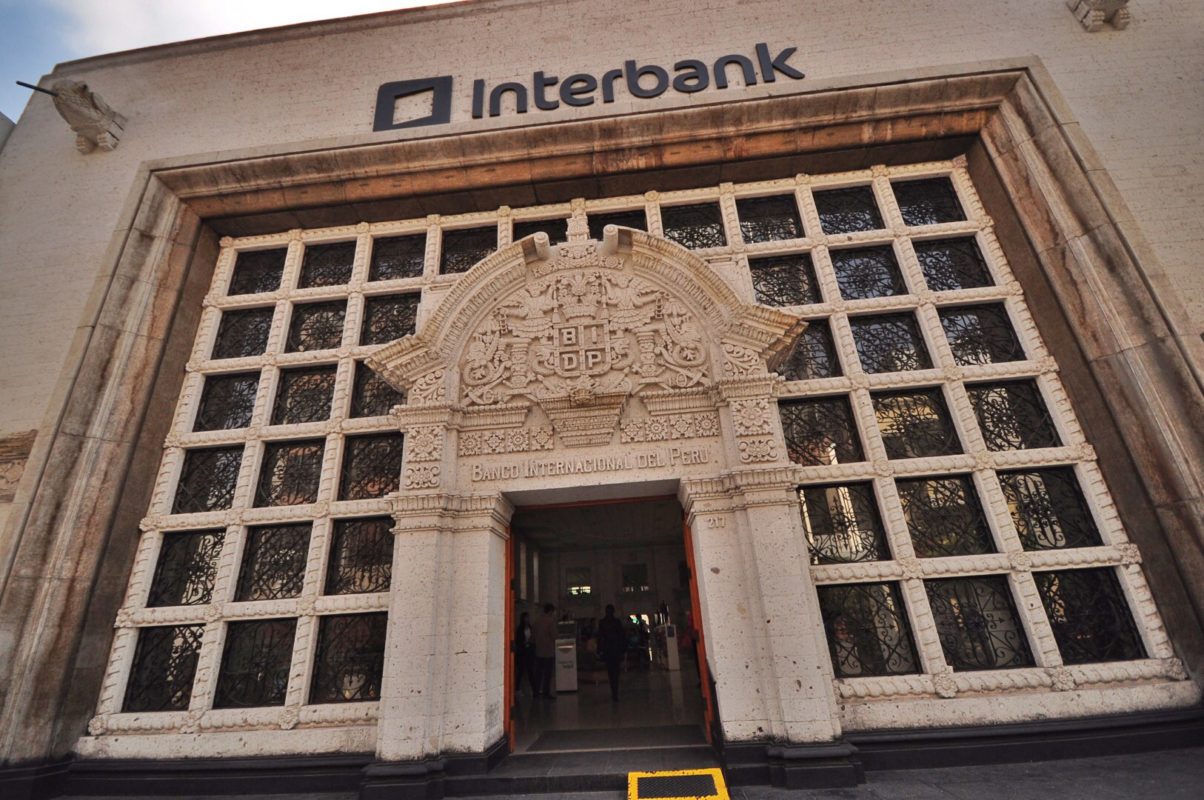
However, banks very often act as sponsors or “patrons” of various museum’s exhibits. One of the most interesting places in my opinion is Casa de Moral. I would not describe it in details as there is enough information in Internet. I would only say that little ancient coffers are left where one can still feel the spirit of the colonial era, its energy and even smell. You just close your eyes and you can hear leather boots creaking on the parquet floor, the spurs ring and the clatter heels. Pissarro emissary arrived to Arequipa …
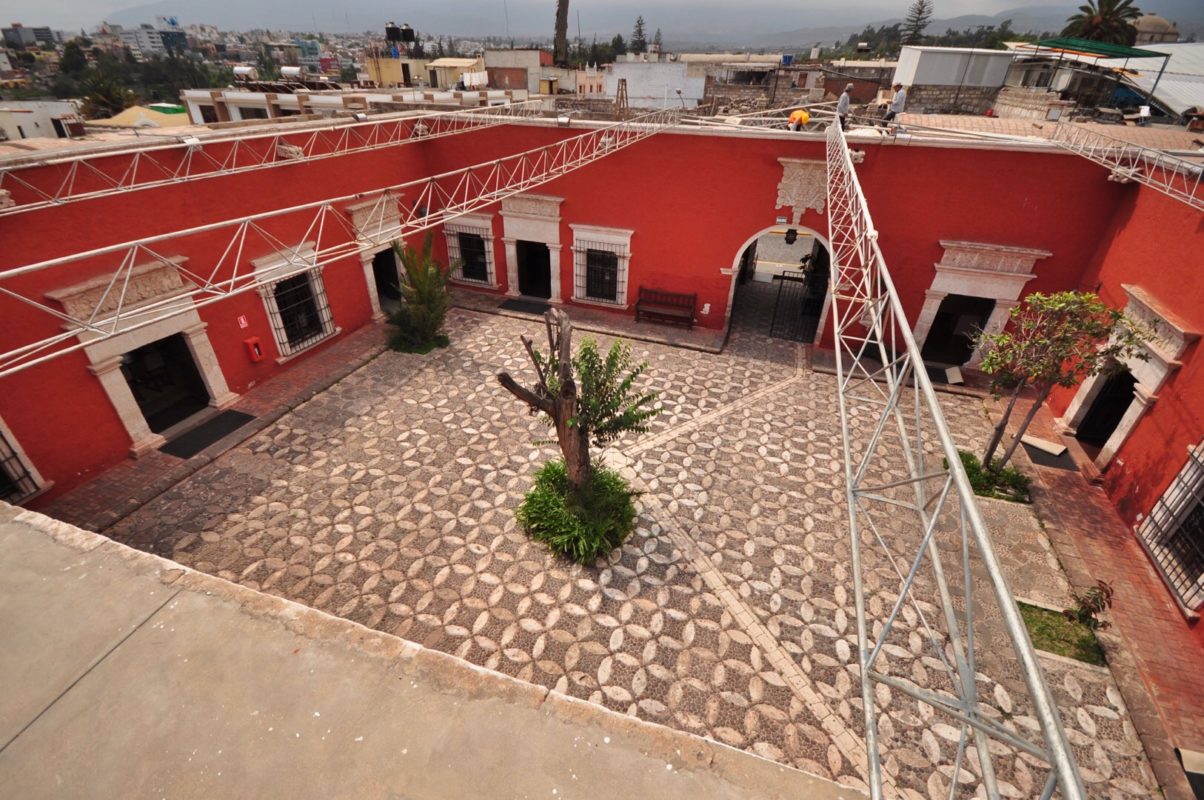
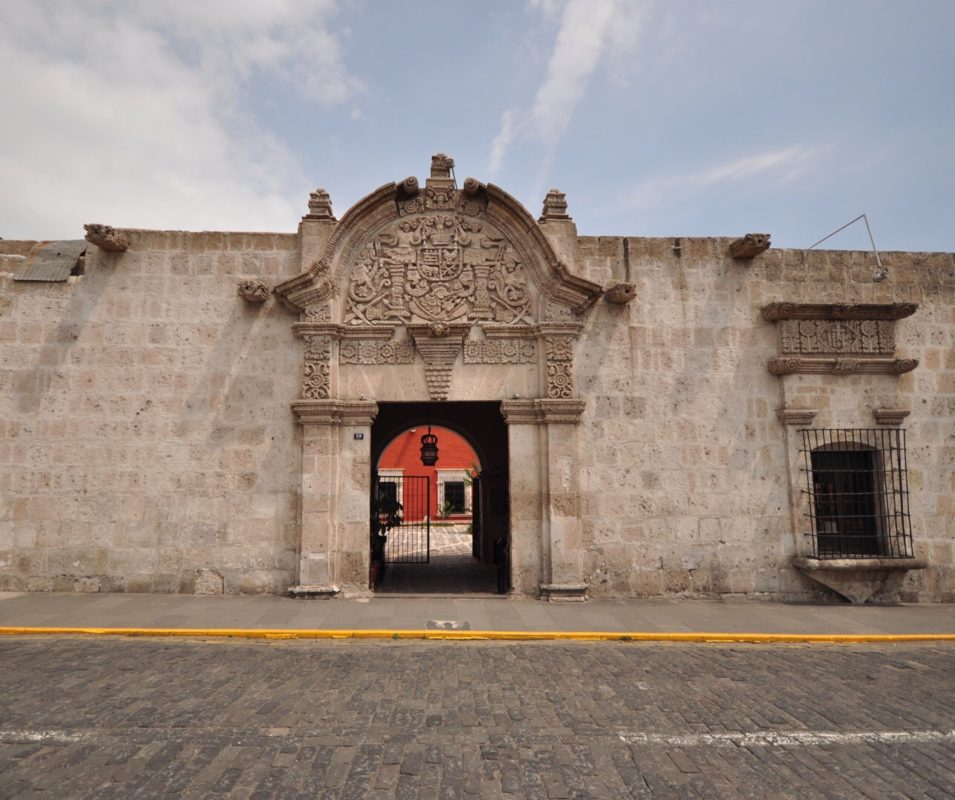
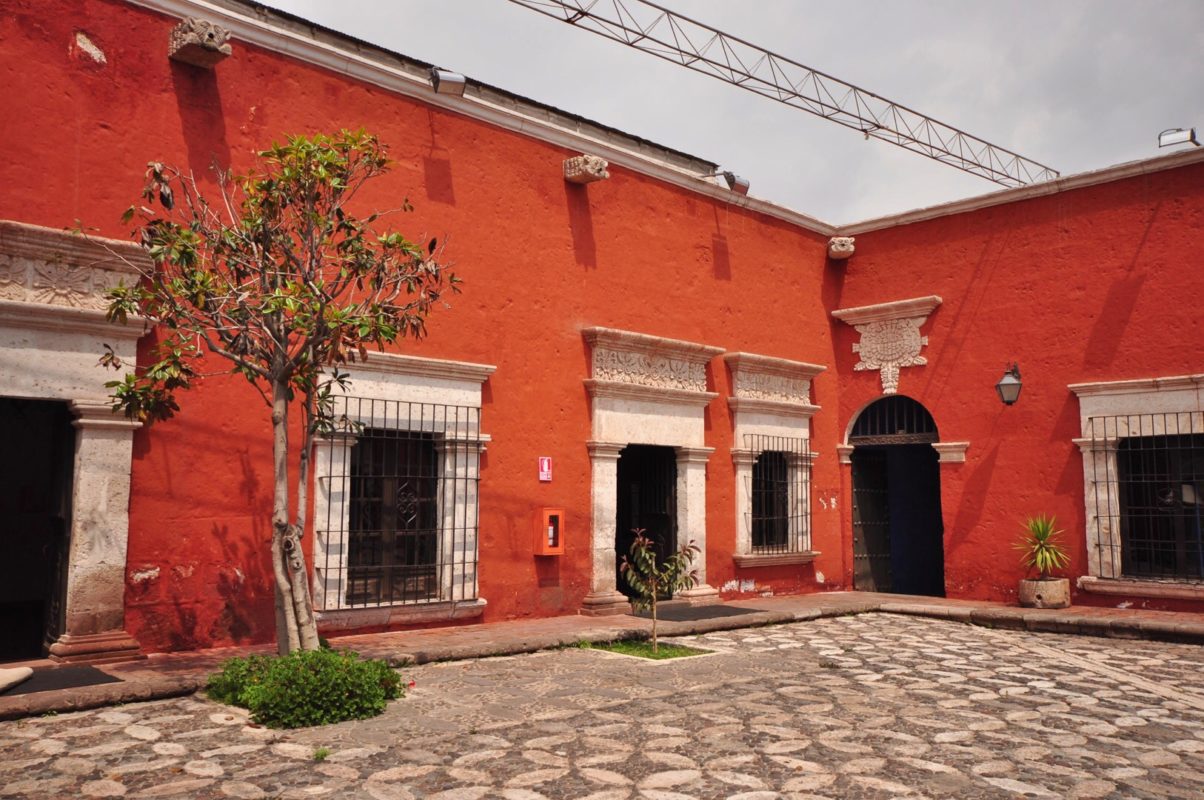
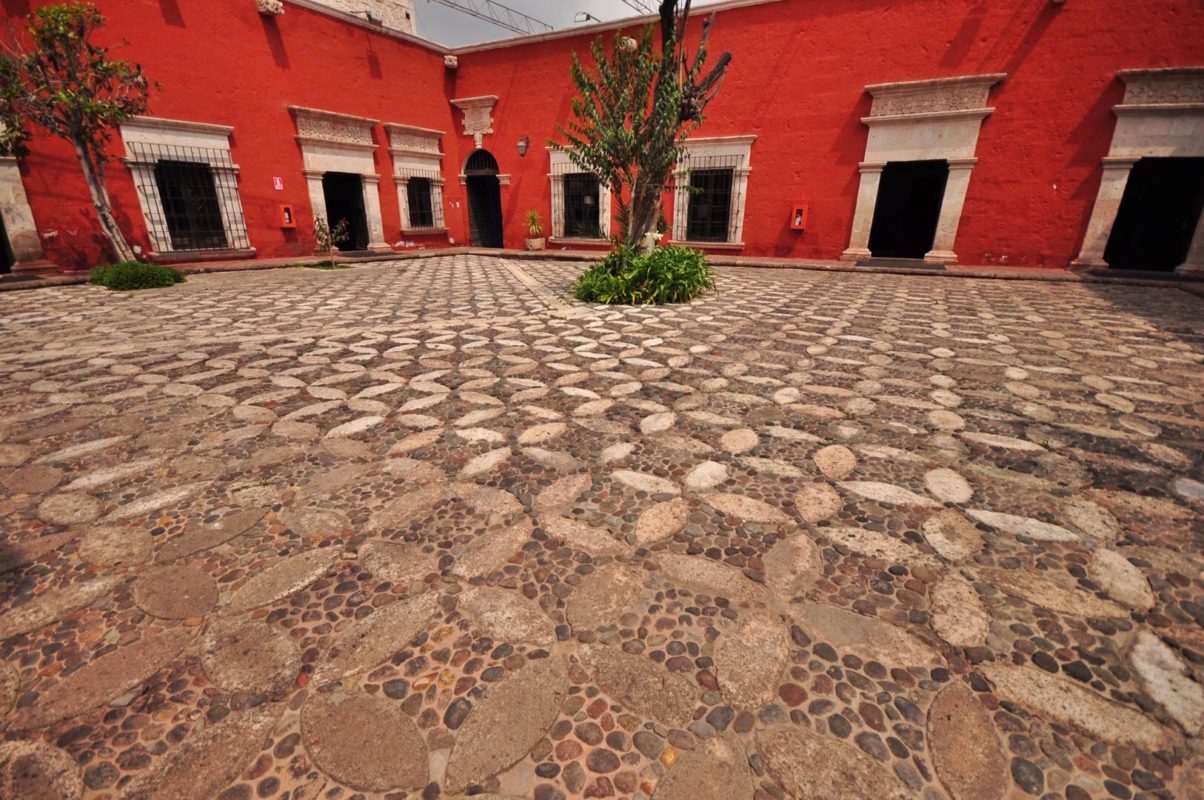
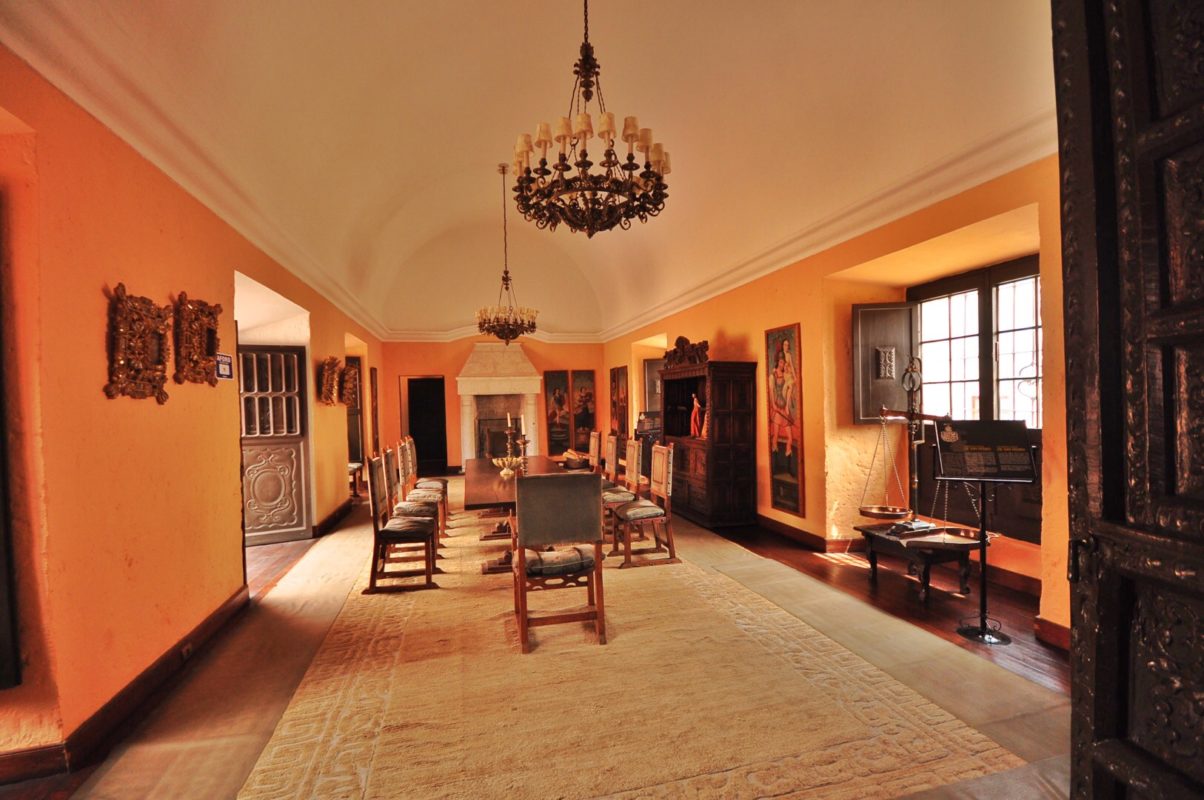
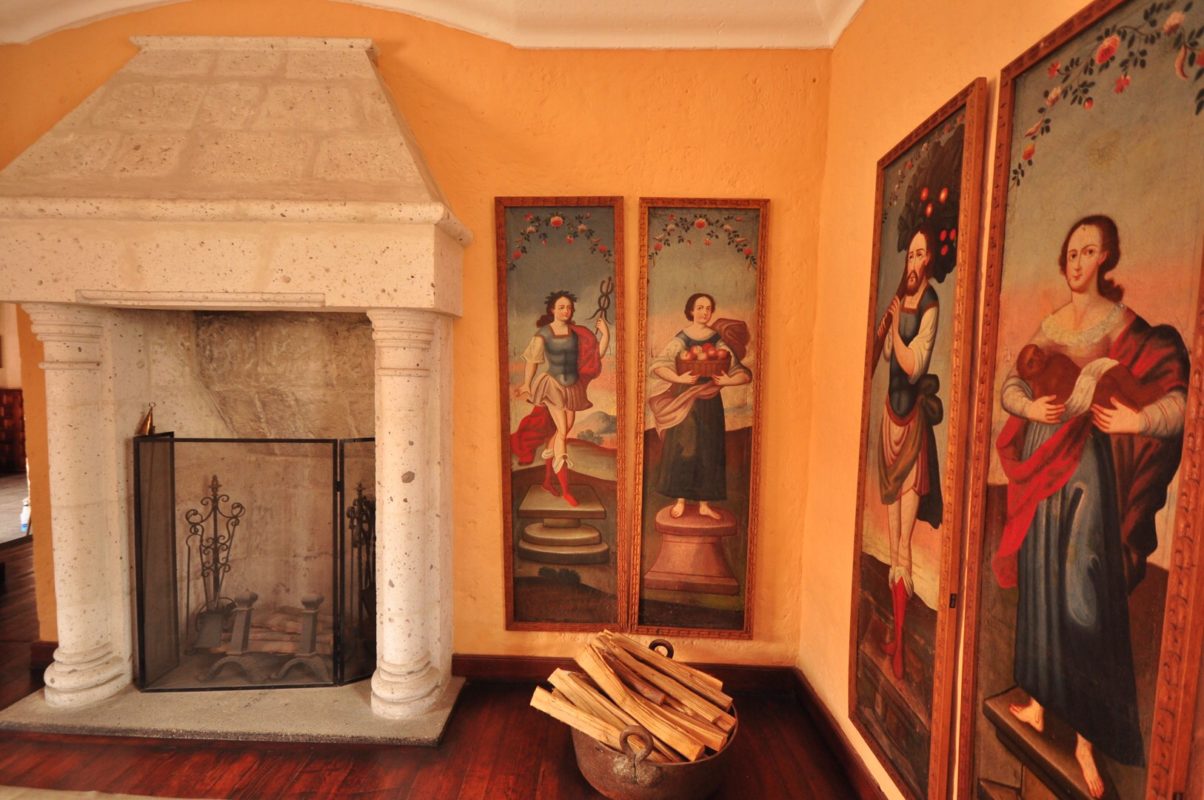
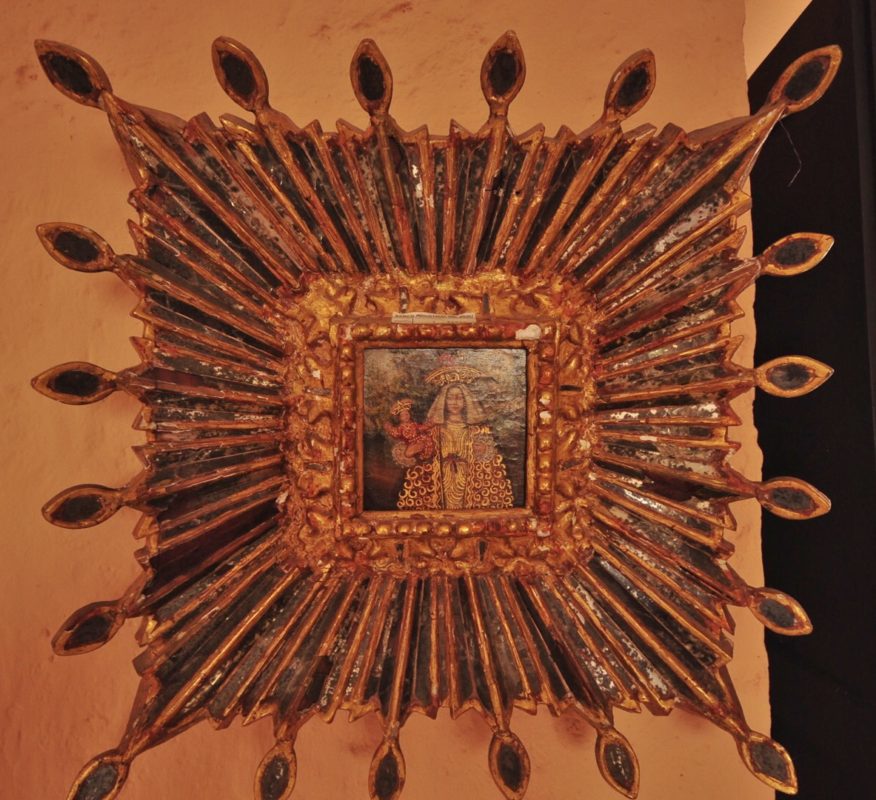
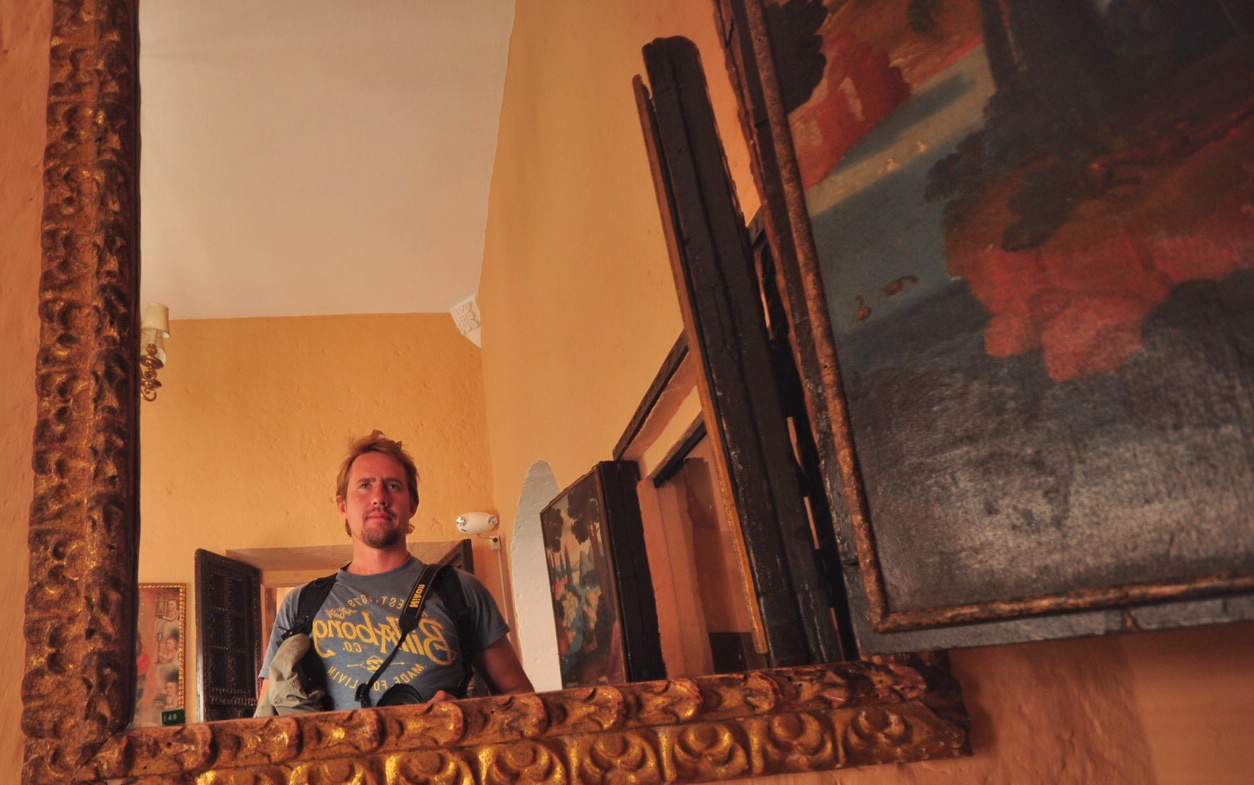
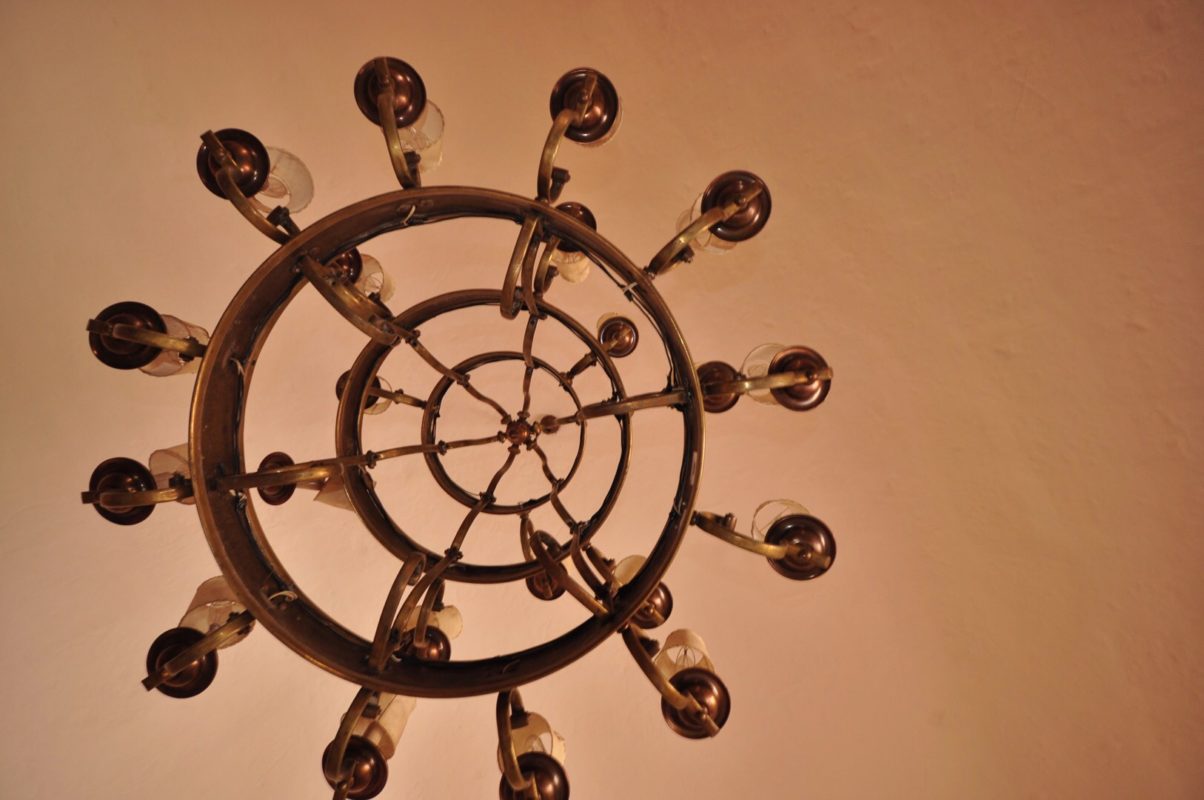


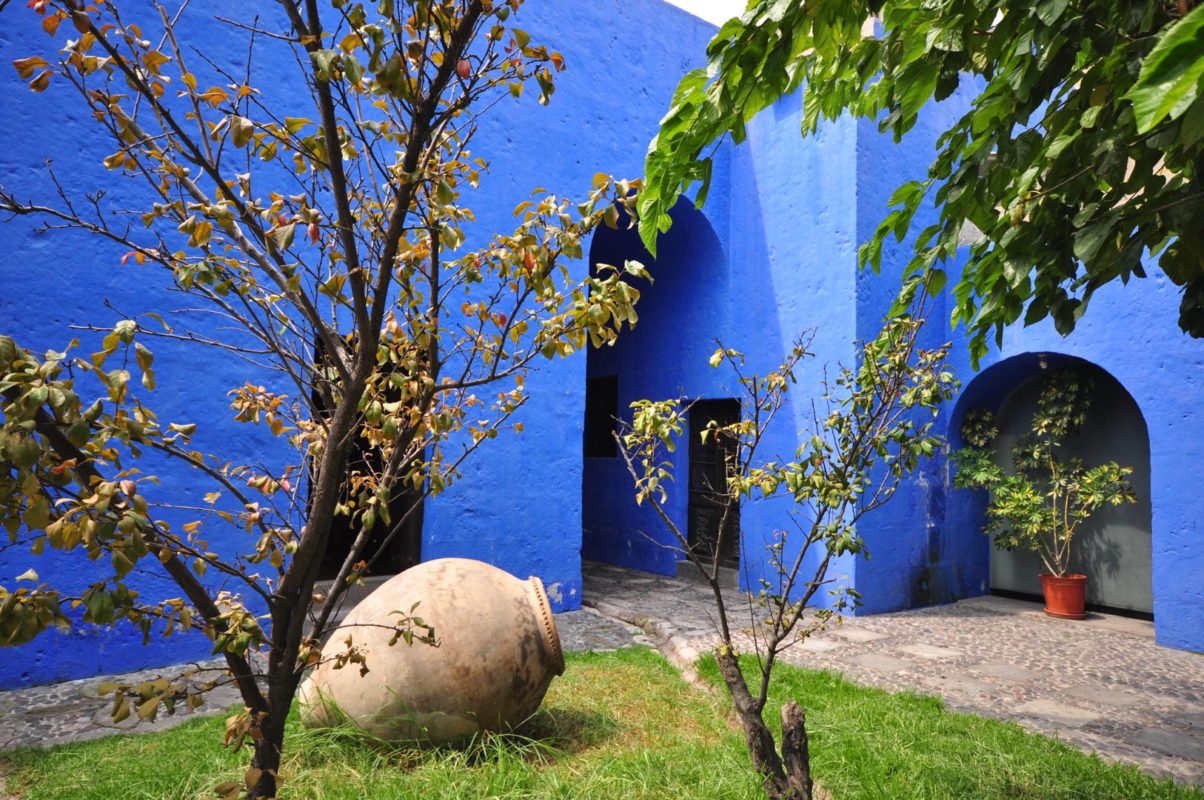
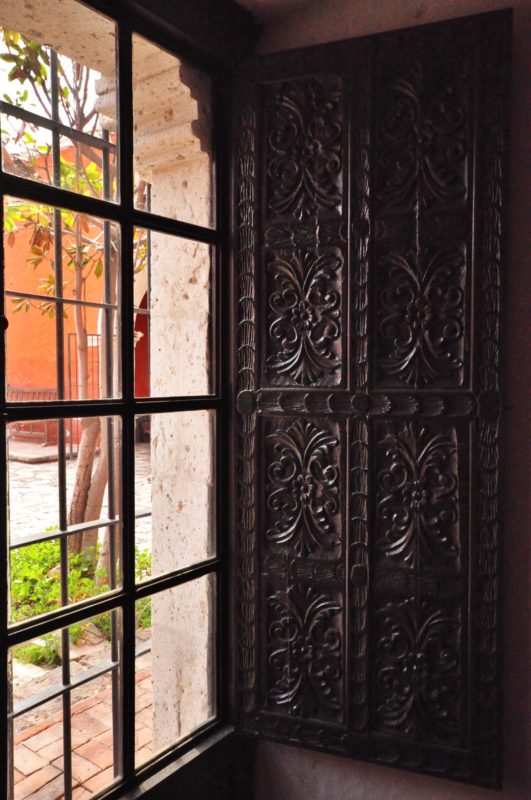
A monastery of Santa Catalina deserve a special paragraph. If you only have one day in Arequipa, then spend it in Santa Catalina Monastery (entrance ticket costs 40 soles and it works until 18-00).
We spent about 3 hours in the monastery and did not get the feeling of “enough”. Actually we were full of excitement and admiration but even 3 hours were not enough.
We wanted more and more, walking through the narrow stone corridors, admiring the inner courtyards, wandering along the red or blue streets on the huge monastery area. We were resting on the bench in the park with the beautiful rosary and other exotic plants.
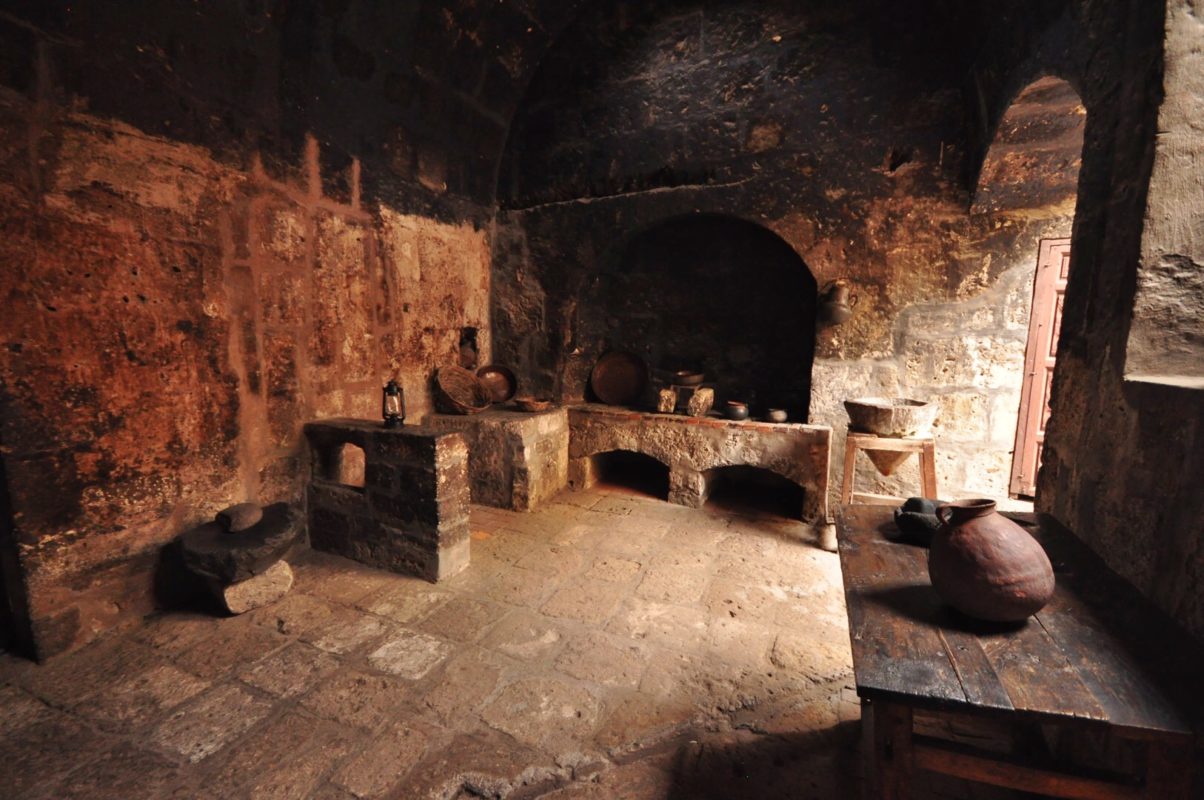
We wanted to continue sitting in a gloomy cell, inhaling the incense aroma and smell of the fire that was penetrating from the neighboring kitchen.
Or to lock ourselves in a tiny cell of “disobedience,” without light and possibility to move, alone with our inner world.
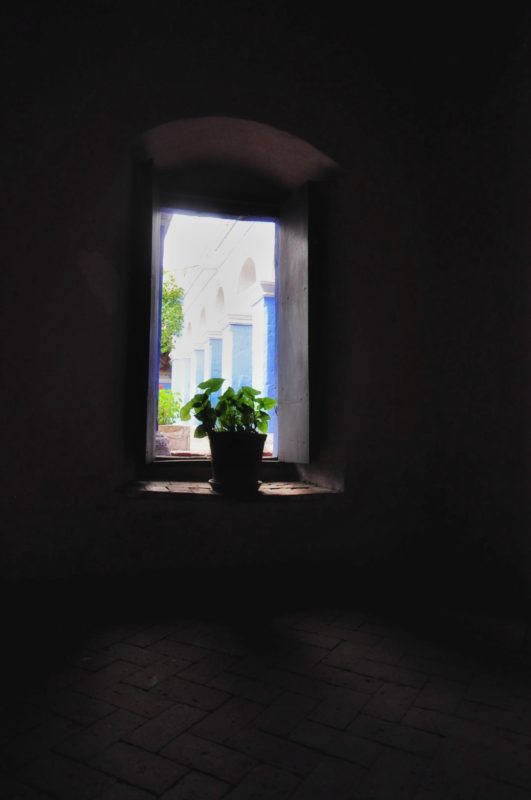
And then go out, breathing with a full chest a slightly raw air and then almost run into the catacombs of rooms, closets and dead ends. They are like nested dolls, like the worlds of conscious and subconscious.
To walk through rooms passing halls and cells. The monastery is not just houses and buildings, there is definitely something else. Portals of consciousness, the energy of doorways, sometimes emptiness and loneliness, fear and death. But always the salvation …
We were lucky enough not to meet almost anyone during our visit to the monastery. The territory is huge, it is actually not difficult but still there were not more than 10 visitors at the moment.
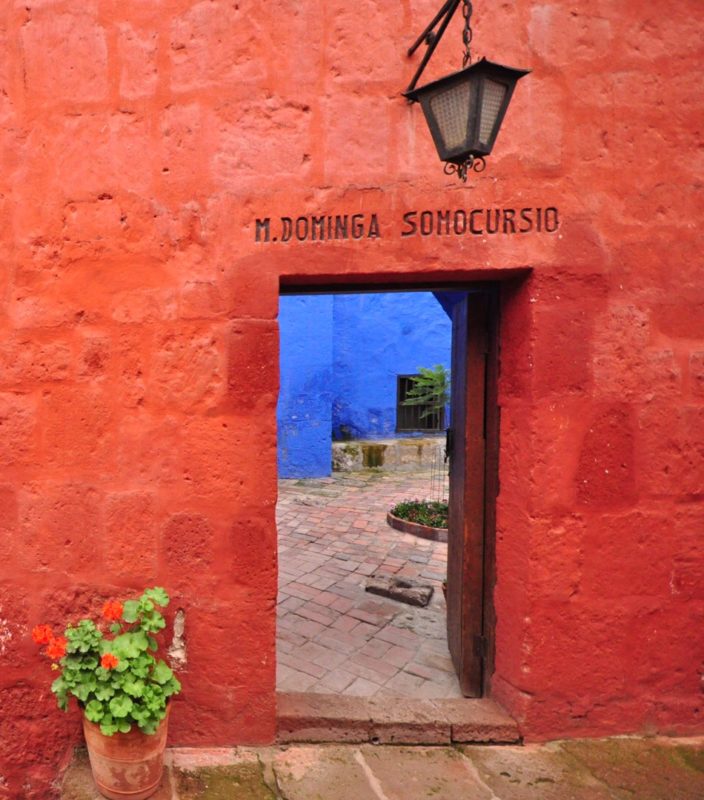
In the morning, it turned out that El Niño decided to follow us. The rain was so strong that we wanted to go back…to the mountains. At least there is snow, not rain. Let’s go to Chile, to the south, to the ocean. It is hot and there are mountains. Unfortunately we can not conquer Ausangate in this trip due to the weather forecast and climate conditions that are too complicated: a lot of rain and a lot of snow. So we bought tickets to Iquique, it’s in Chile. I love to change directions! Glory to free and independent travelers! See you in Chile!
TAGS: Peru, LAN, Lima, Cusco, Samai Wasi Hostel, Qenco, Sacsayhuaman, Mirador de San Blas, Cristo Blanco, Plaza de Armas, Cathedral of Cusco, Manco Capak, Quechua, Inca, Rest El Messon, Mercado de San Blas, Pisaq, Puputi street, Tambochay, Machu Picchu, Qantus Raqay, Mullu, Moray, Pavitos Bus Station, Maras, Pichingoto, Salinas de Maras, Mollepata, Salkantai, Salkantay, Soraypampa, Salcantay, Tukarway, Solkantaypampa, Abre de Salkantay, Suyroqocha, Collipapampa, Wayramachai, Chaullay, Ccapan Nac, Playa, Llactapata, Ahovamba River, Cabana de Gabriel, Aguas Calientes, San Miguel, Peru Rail, Macchupicchu Packer, Ollantaytambo, Inti Punku, Wayne, pre-Incas, Temple of Water, Arequipa, Cruz del Sur, Pisco, El Portal De San Lázaro, Zig Zag, Crepisimo, Santa Catalina Monastery
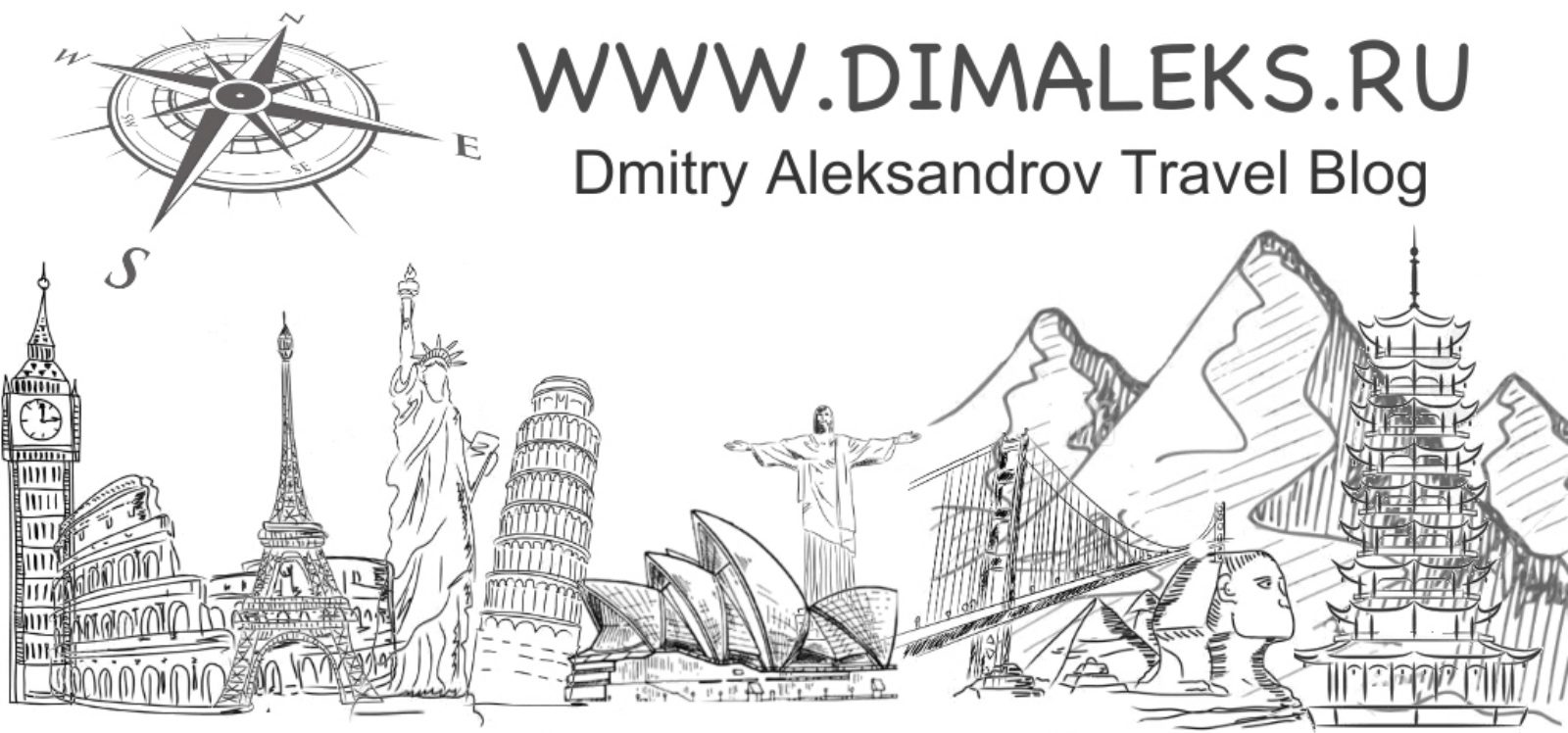
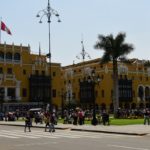
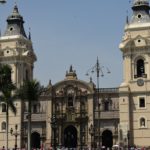
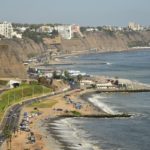

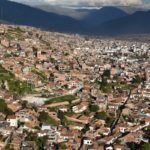

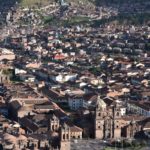
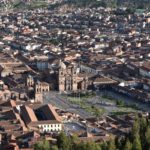
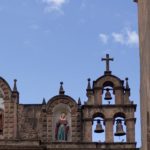
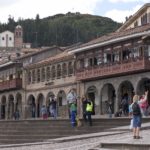
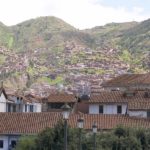

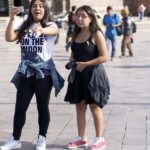
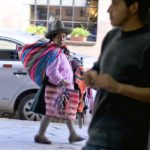
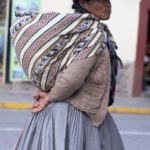
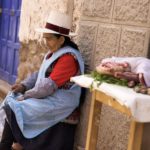
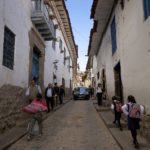
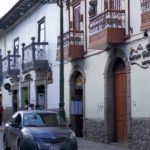
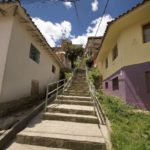


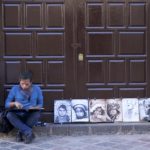
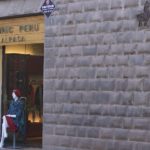

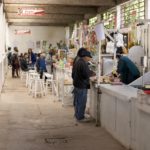
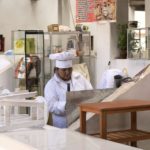
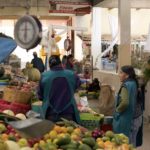
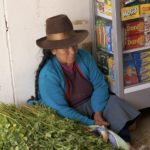

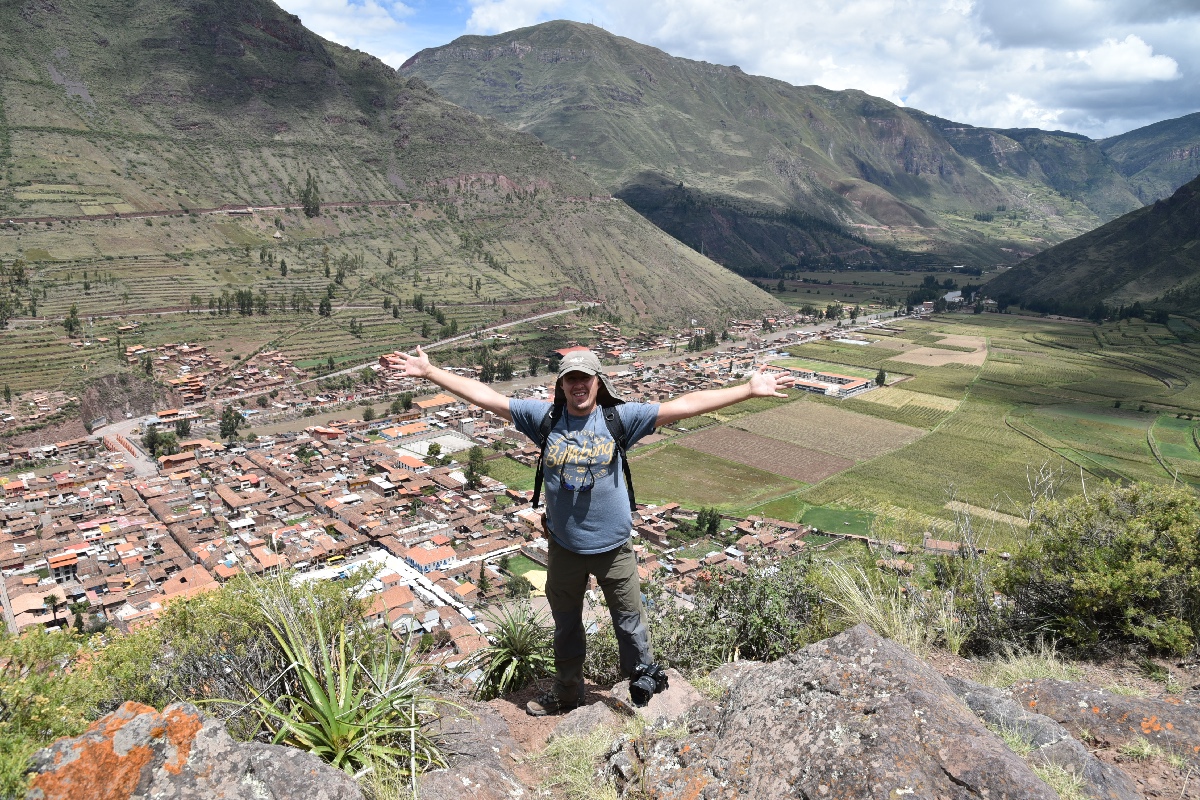

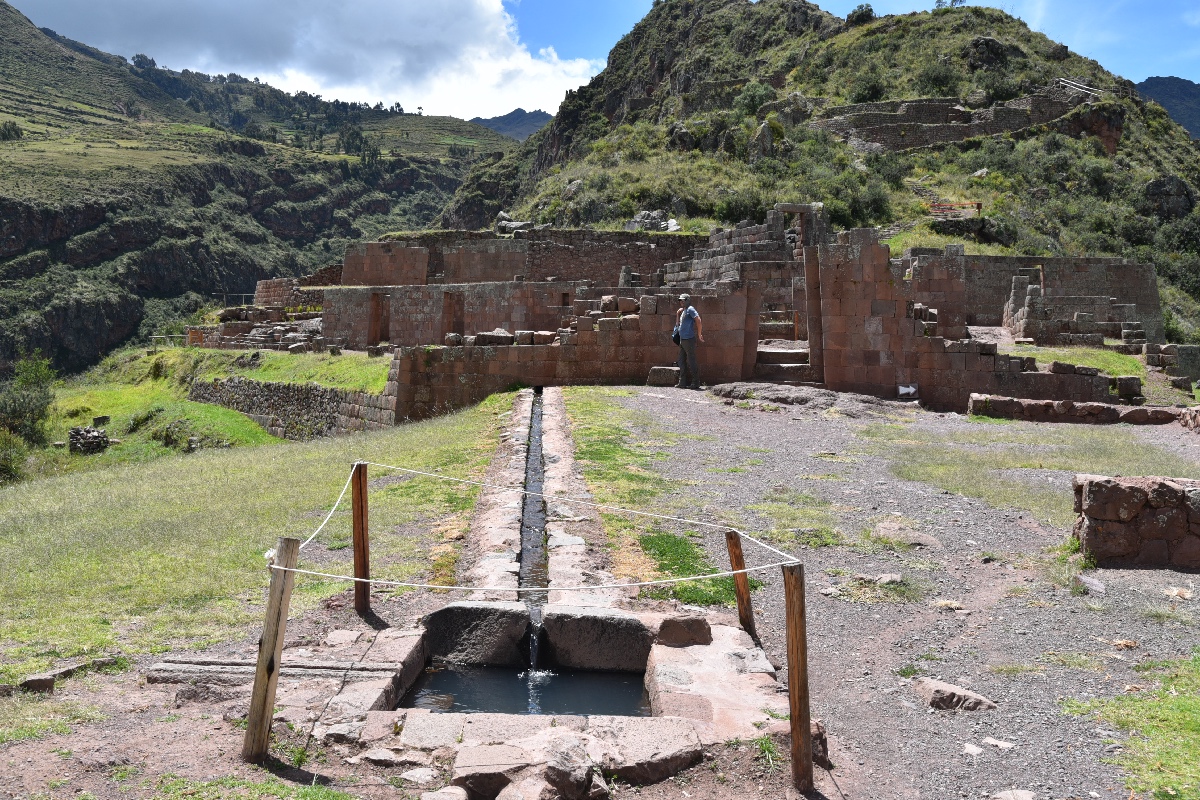

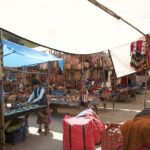
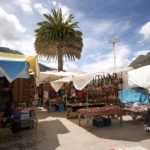
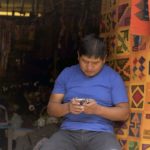
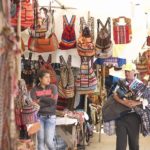
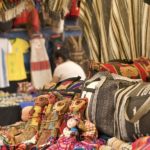
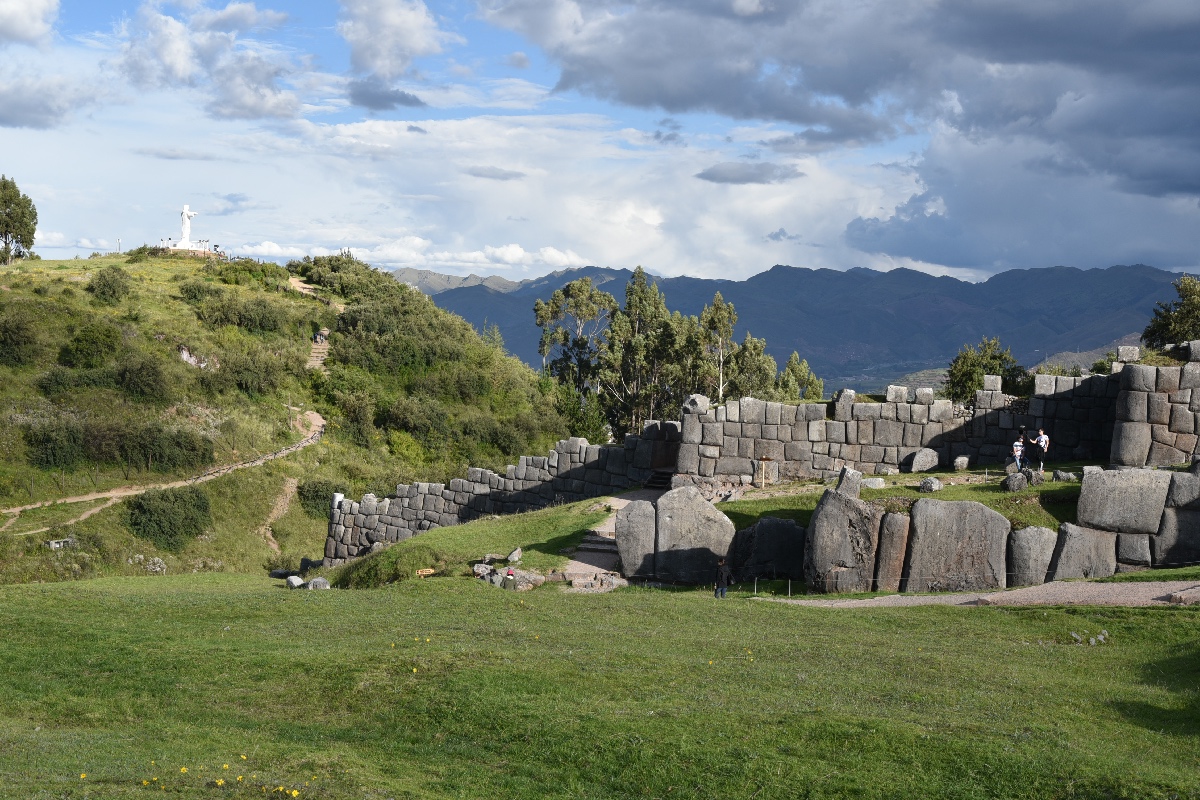
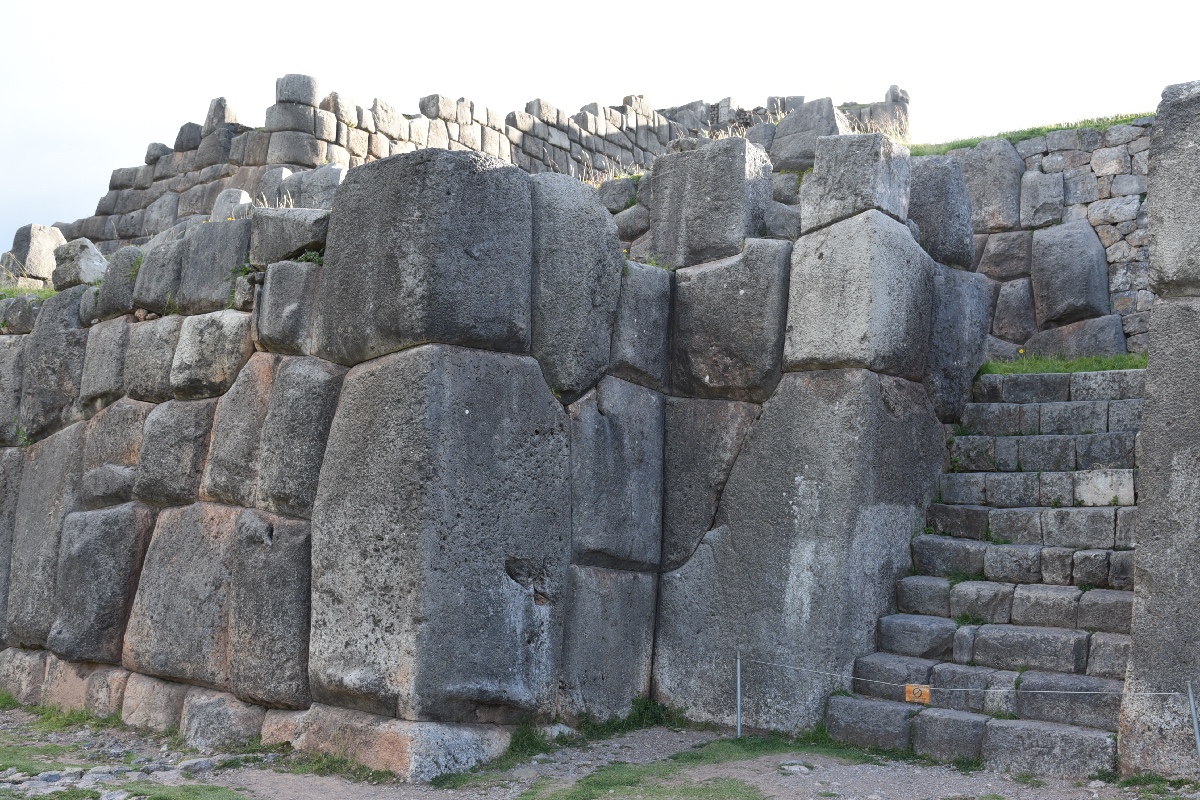
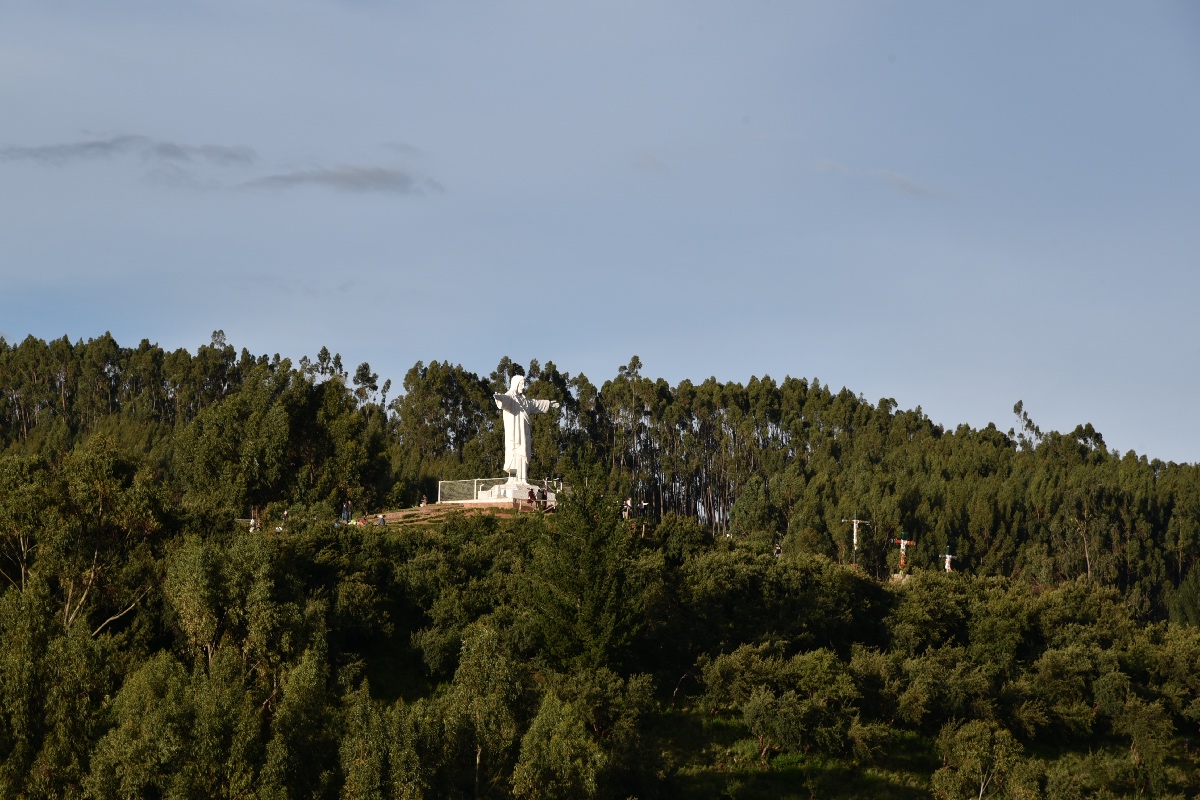

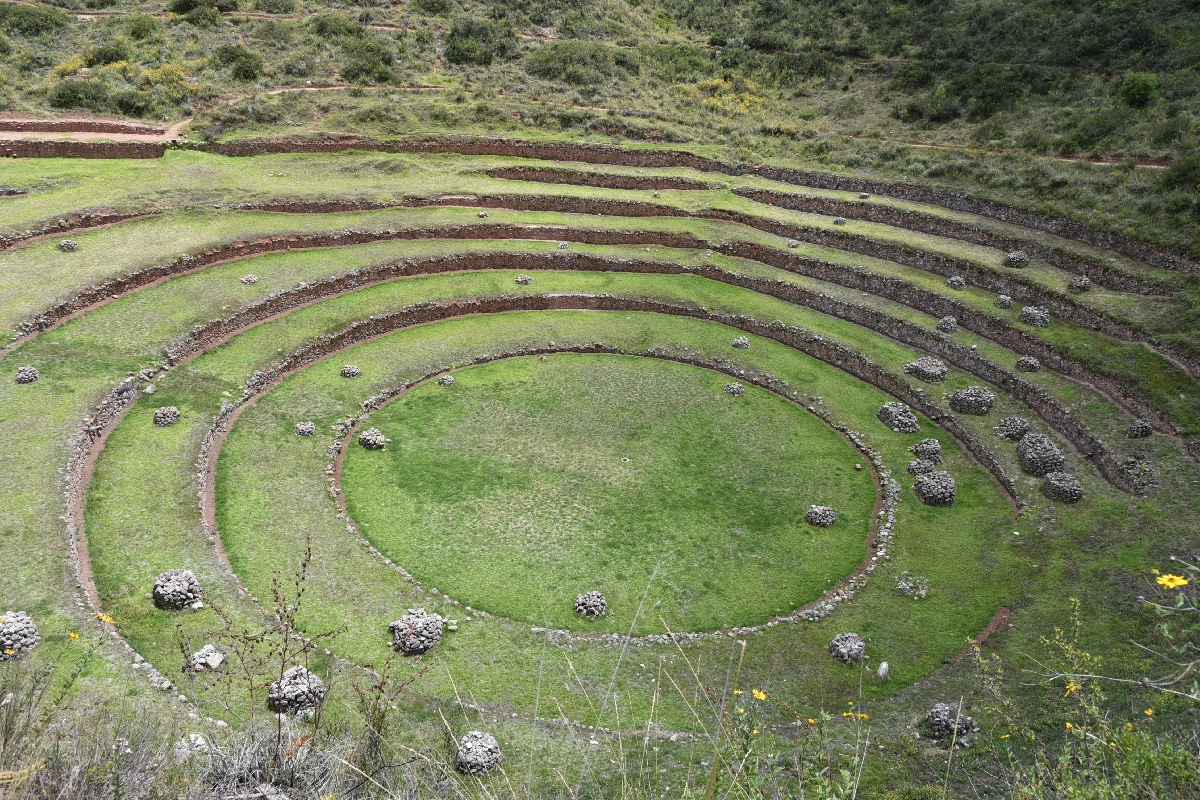
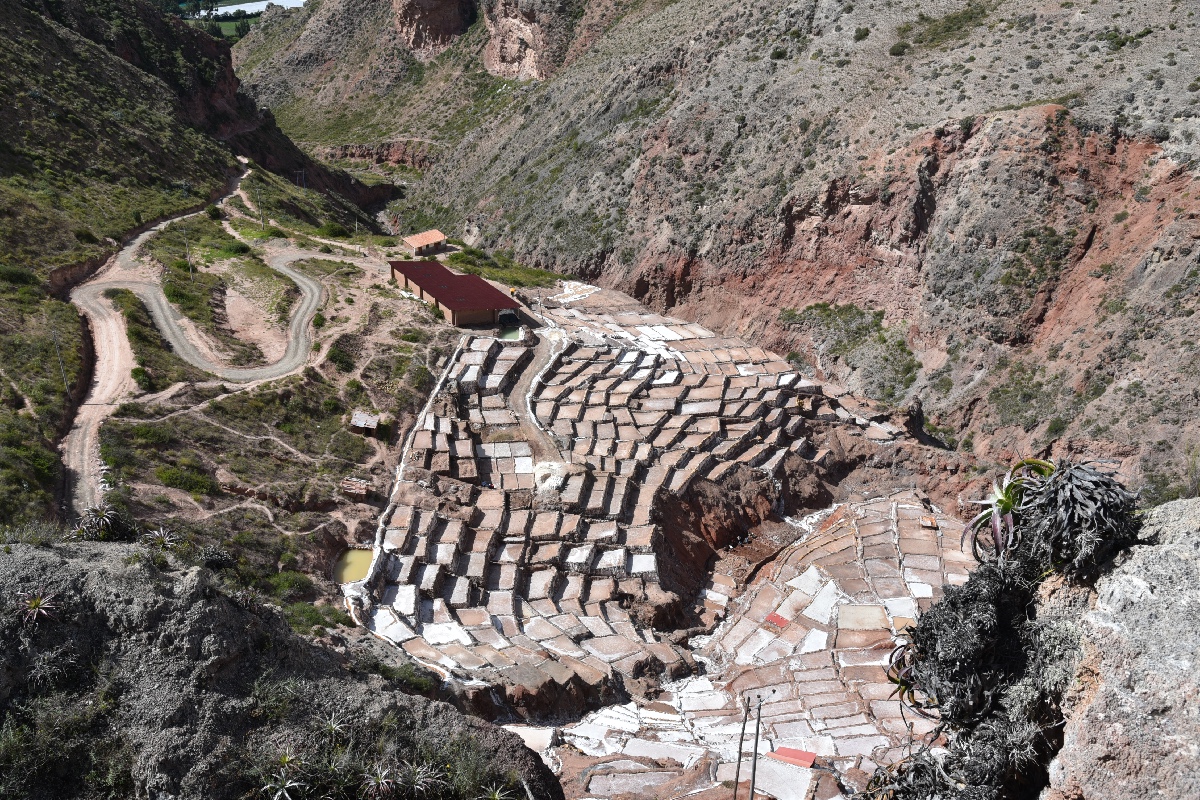


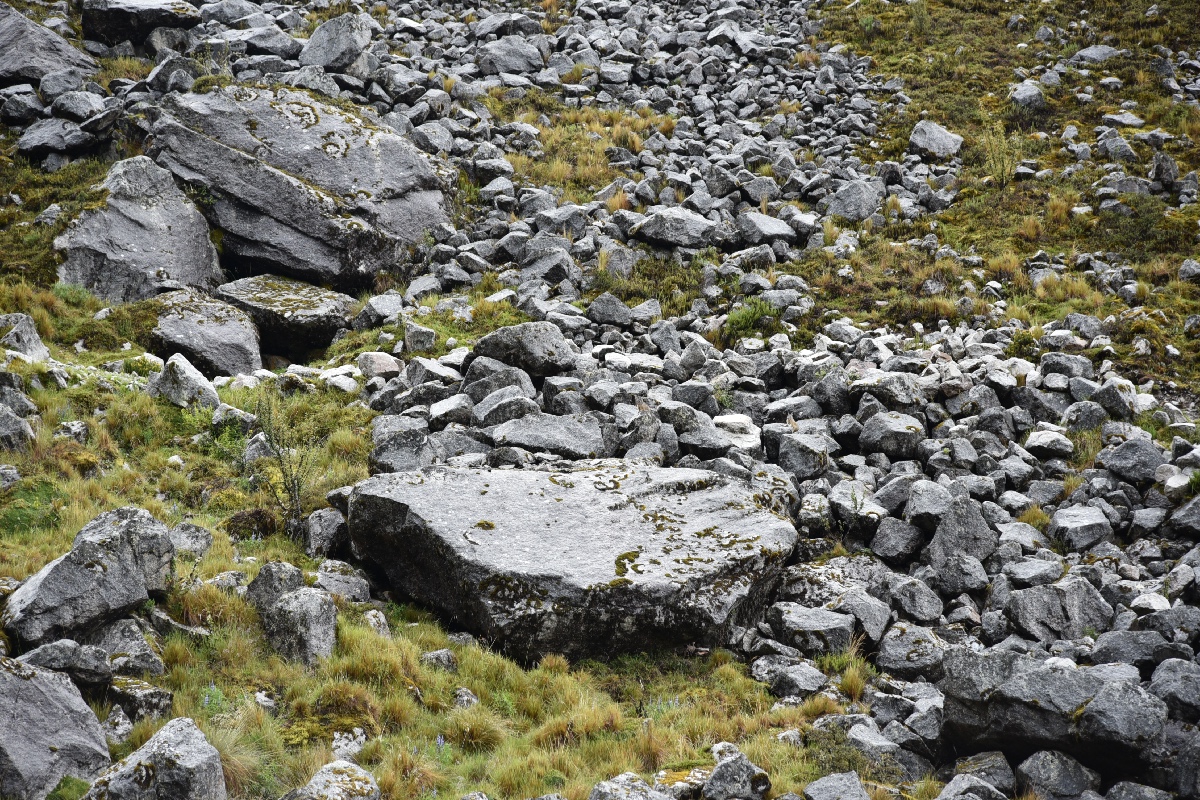
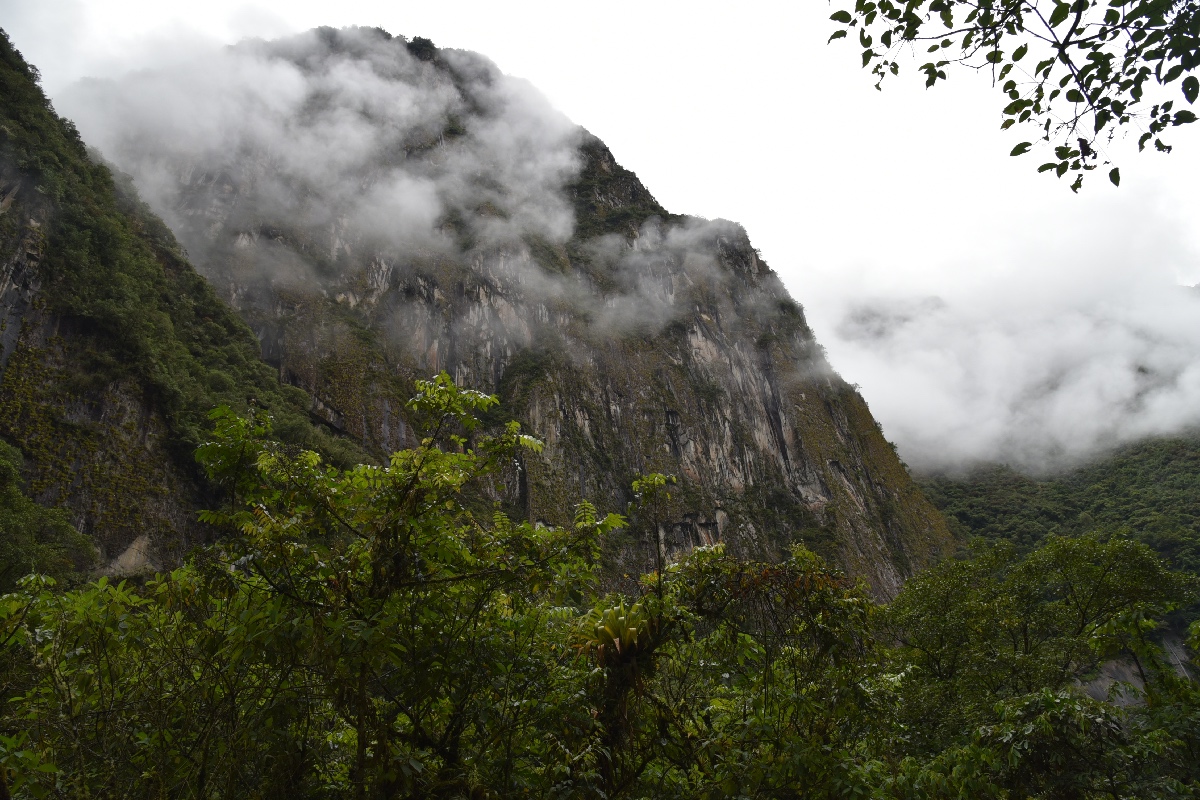
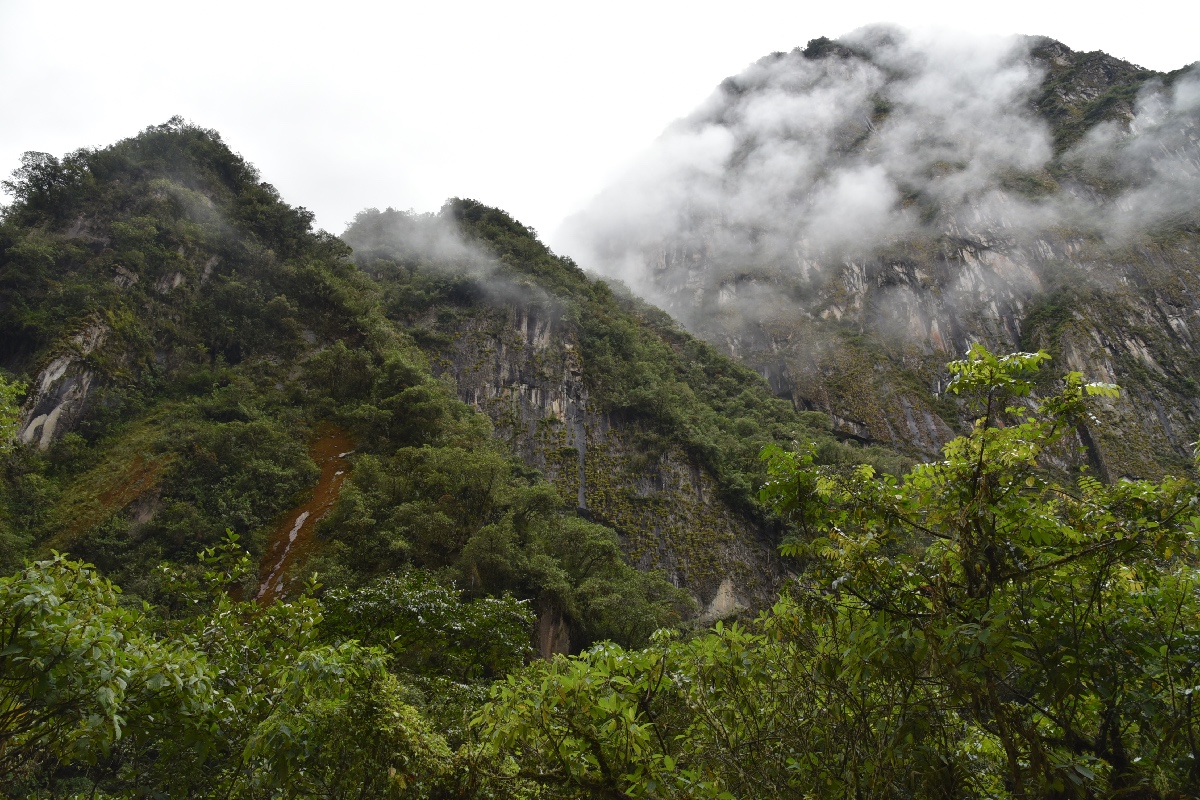
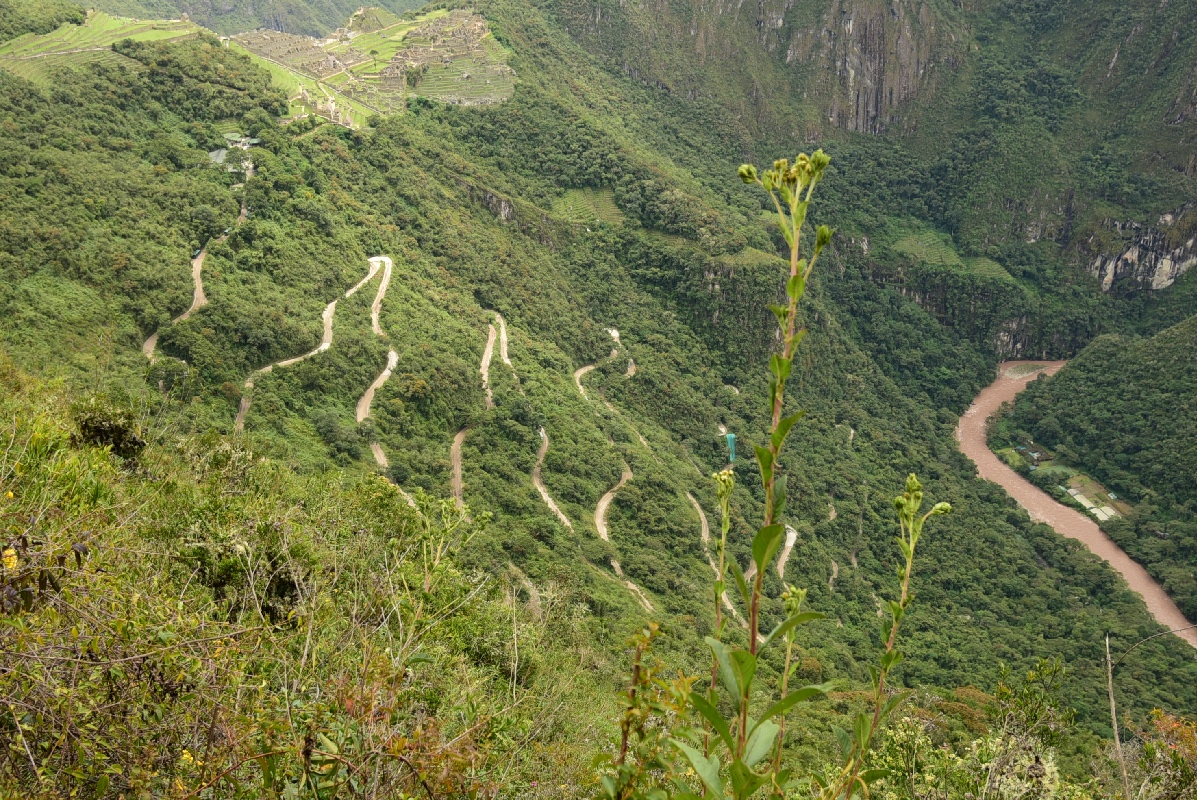

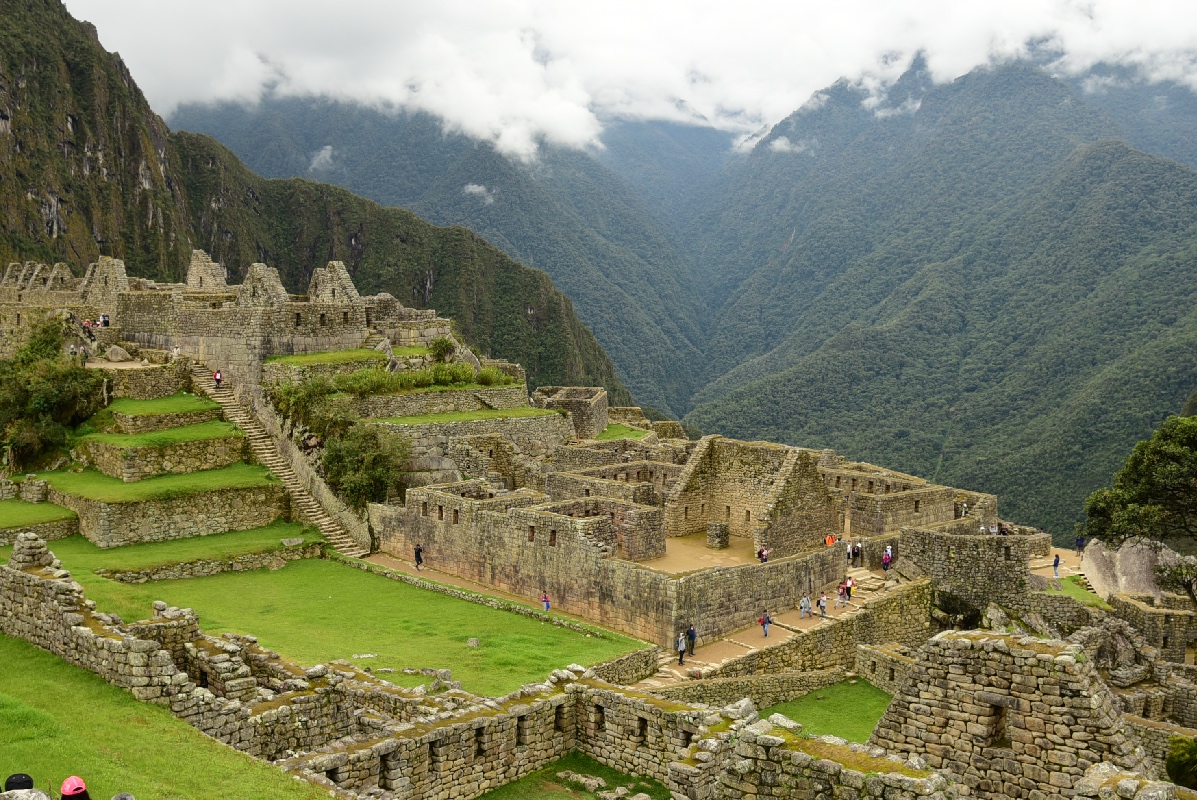
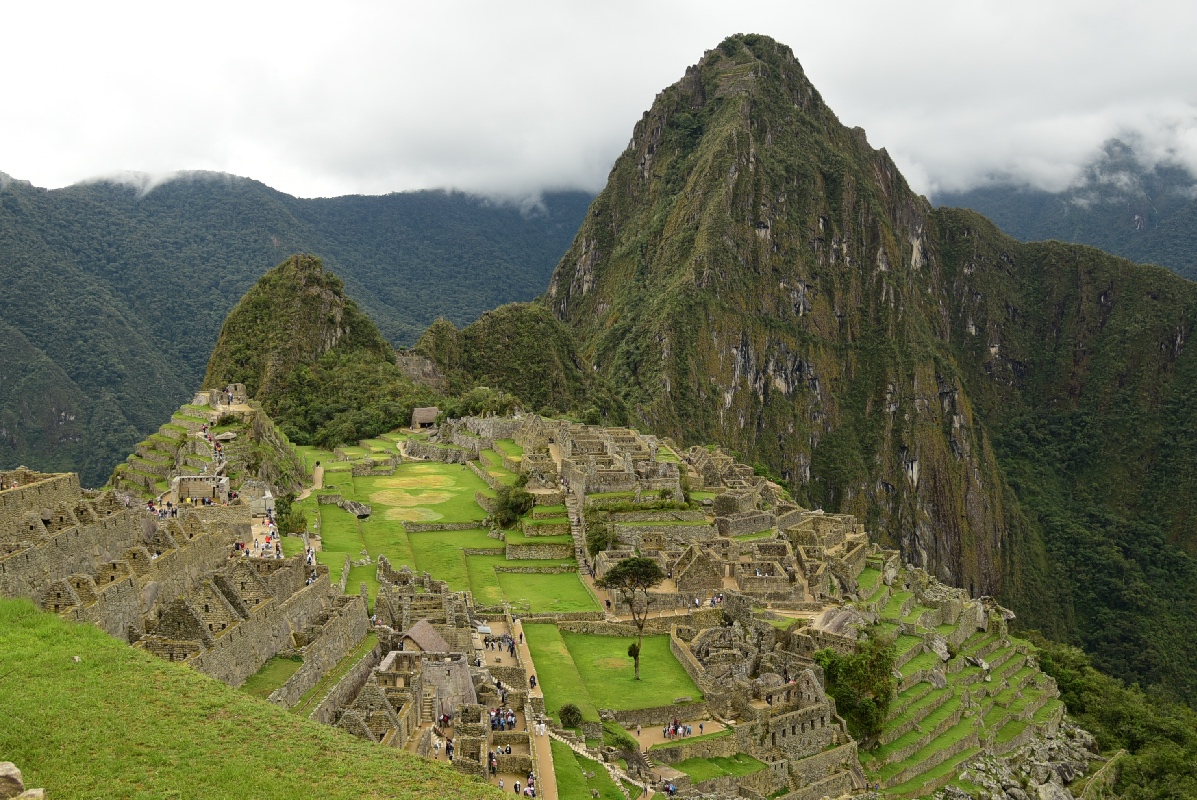
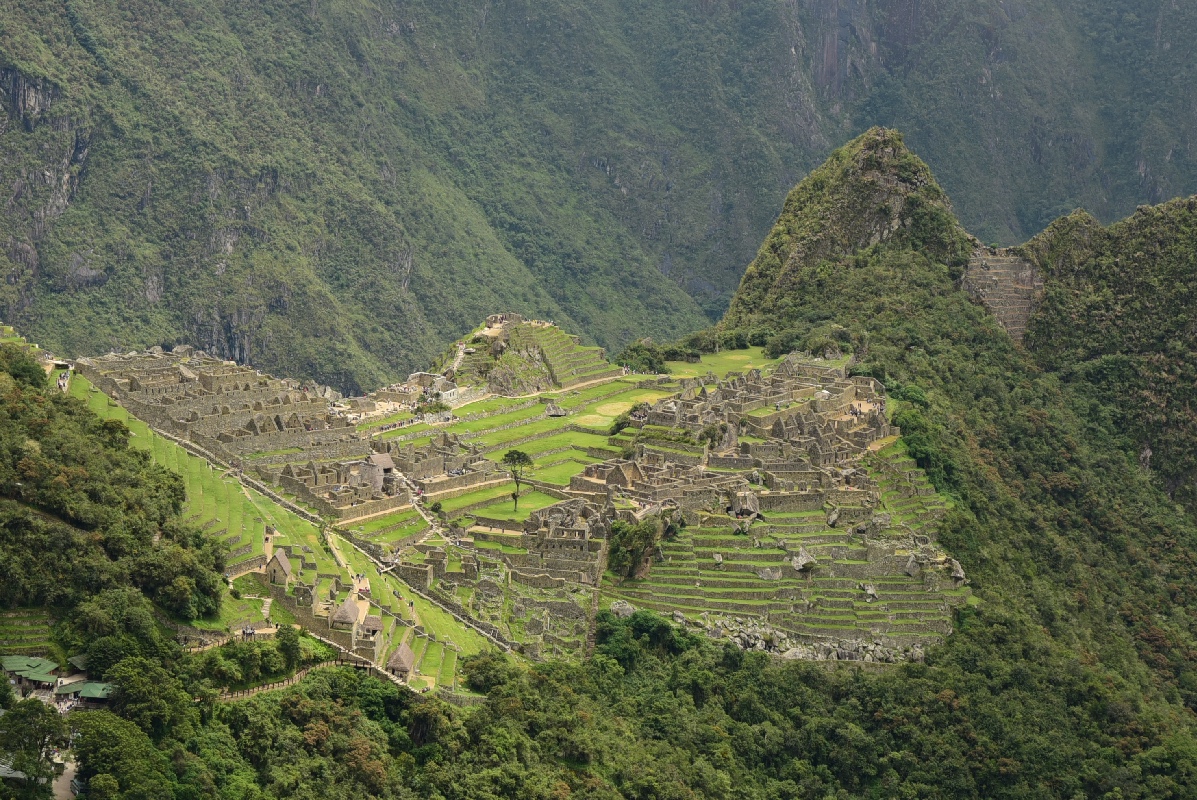

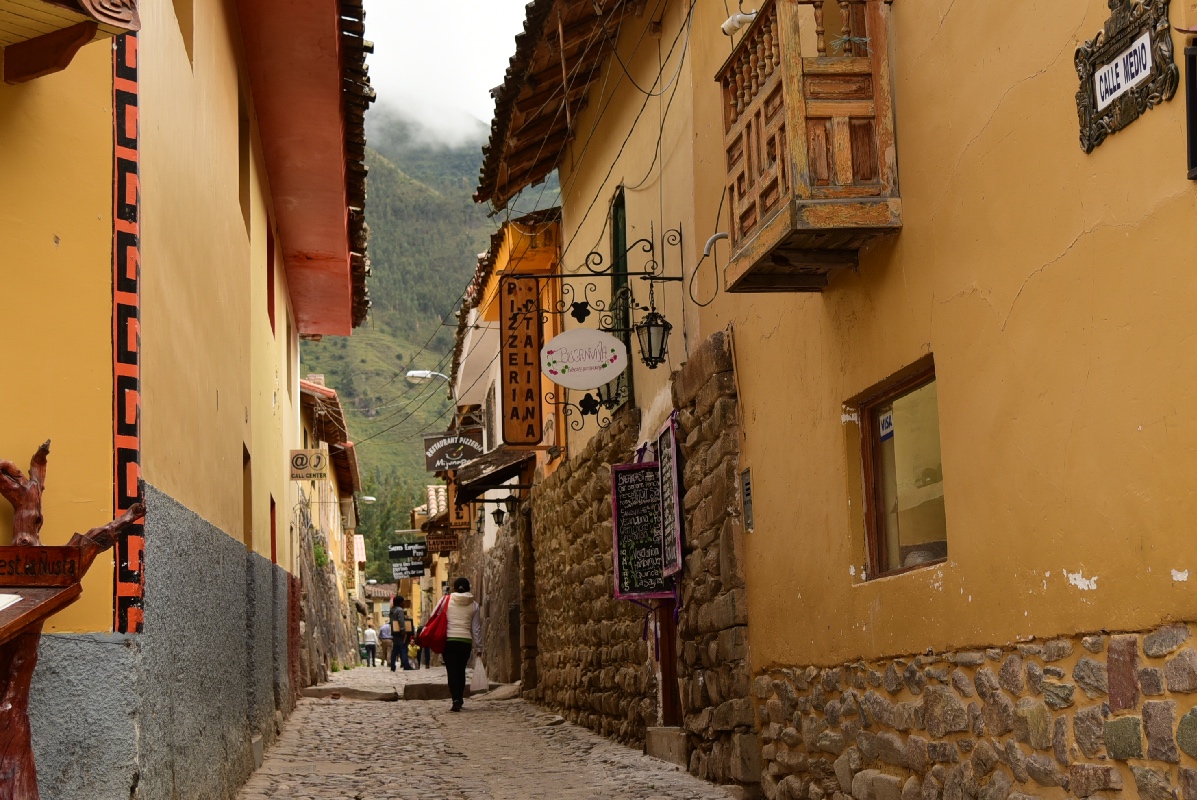
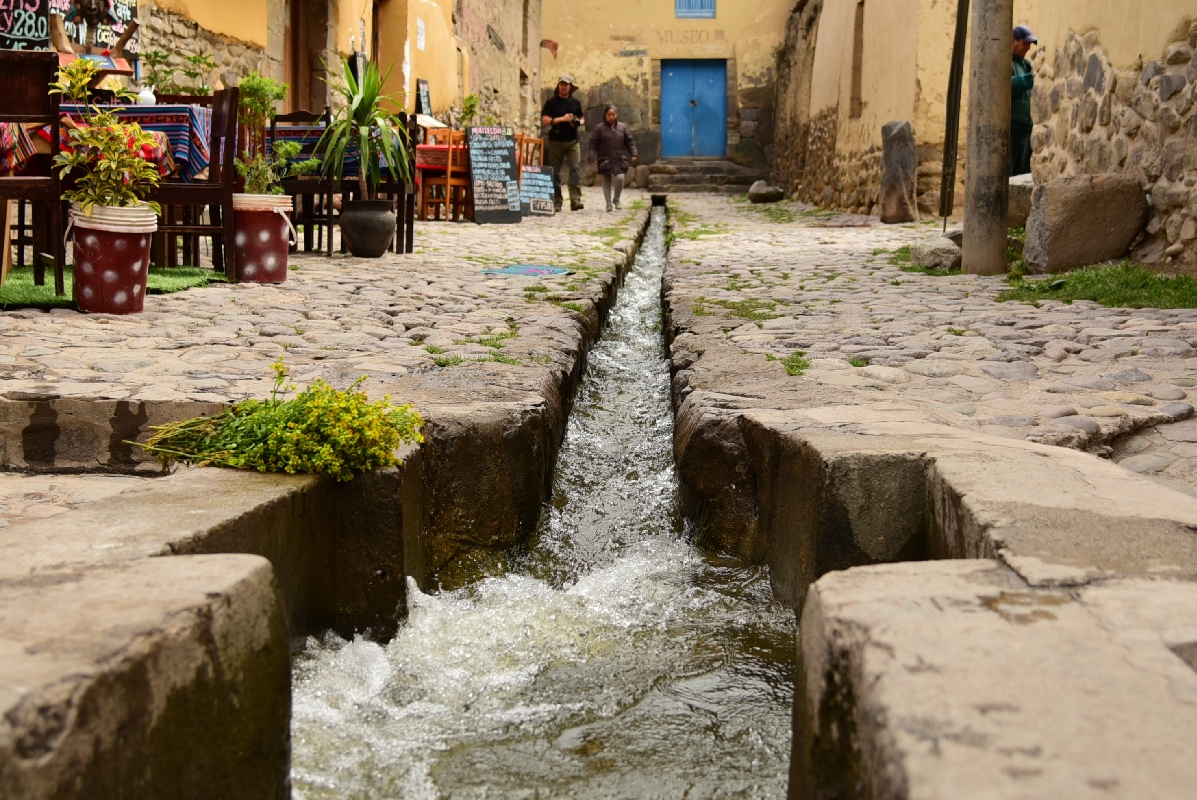
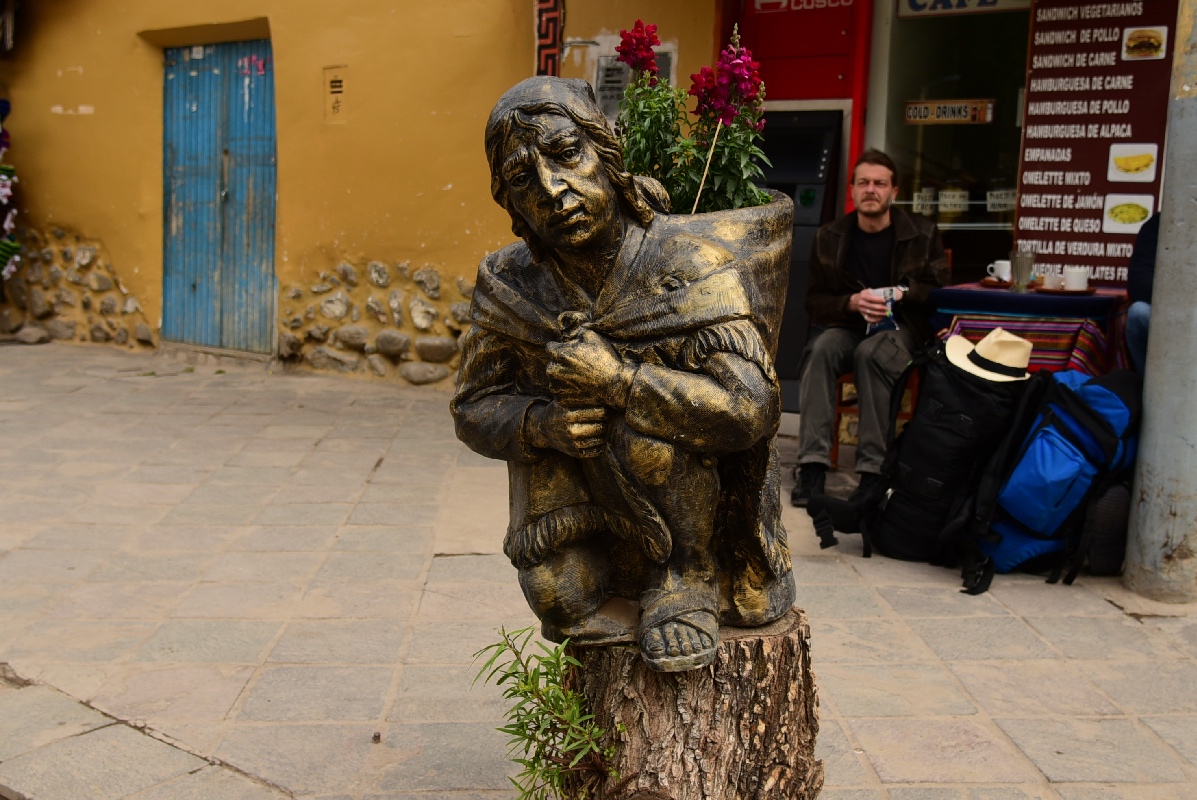
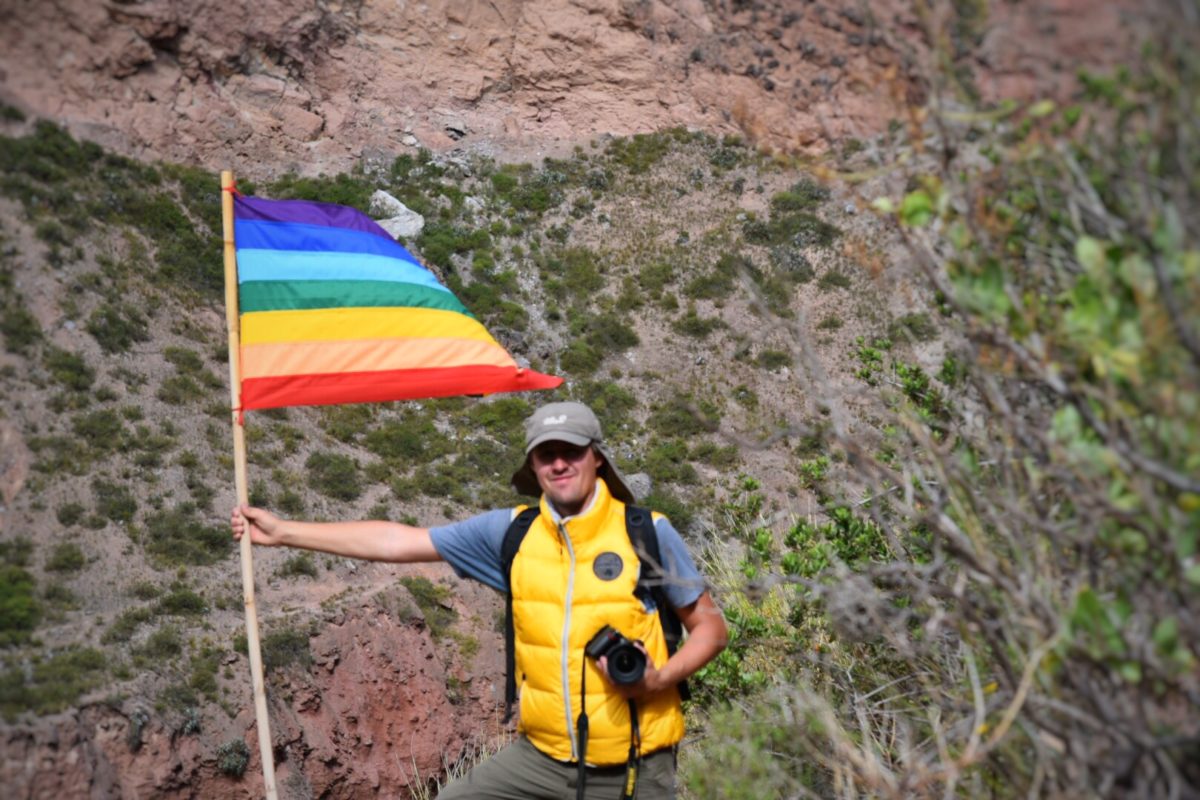
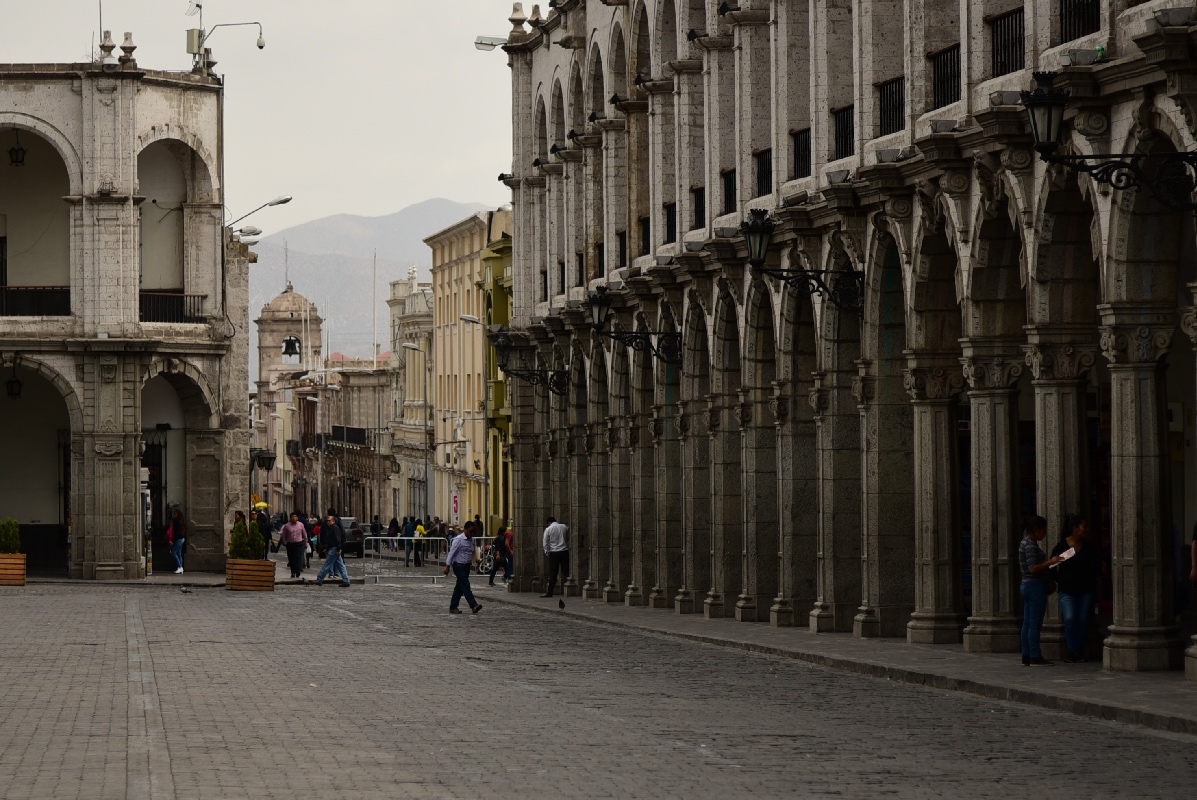

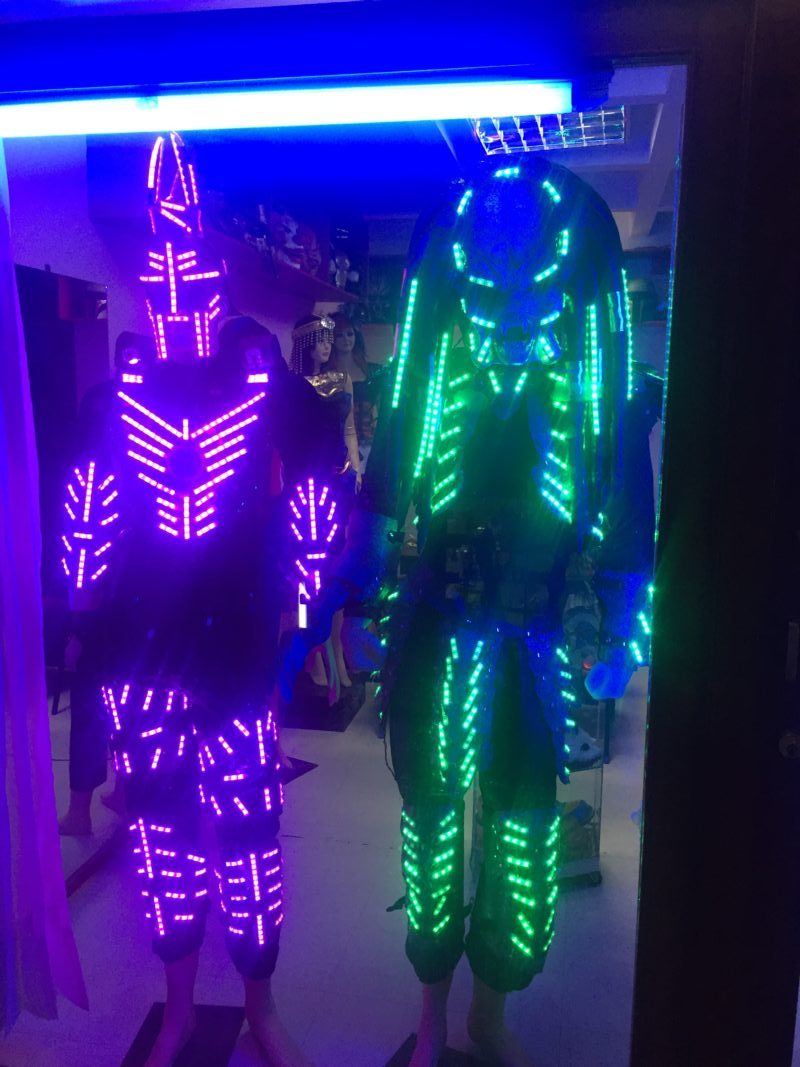
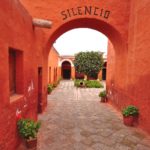
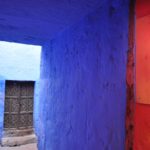
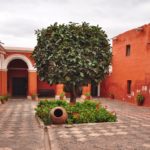
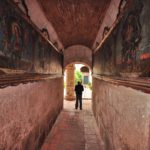
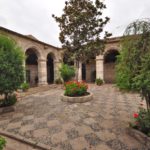
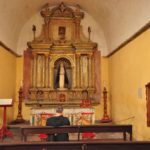


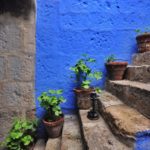
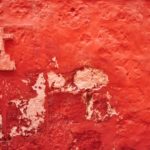
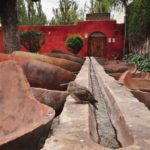
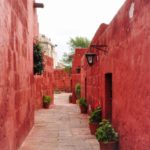

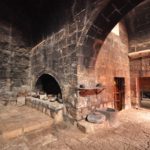

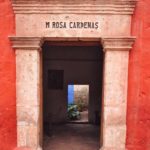
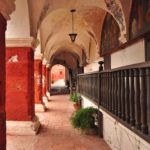
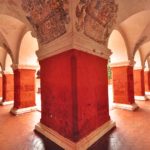

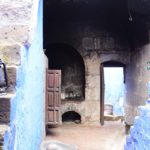
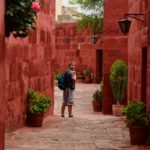
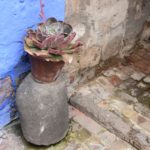

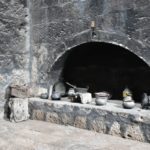
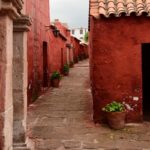
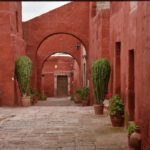
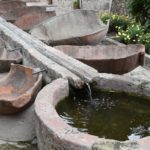

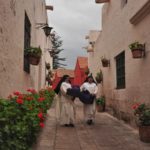
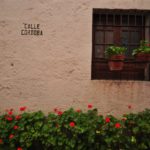
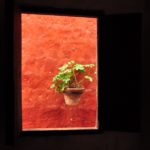

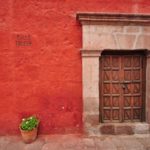
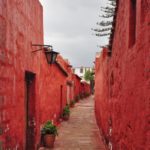
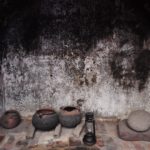
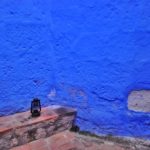
Leave a Reply